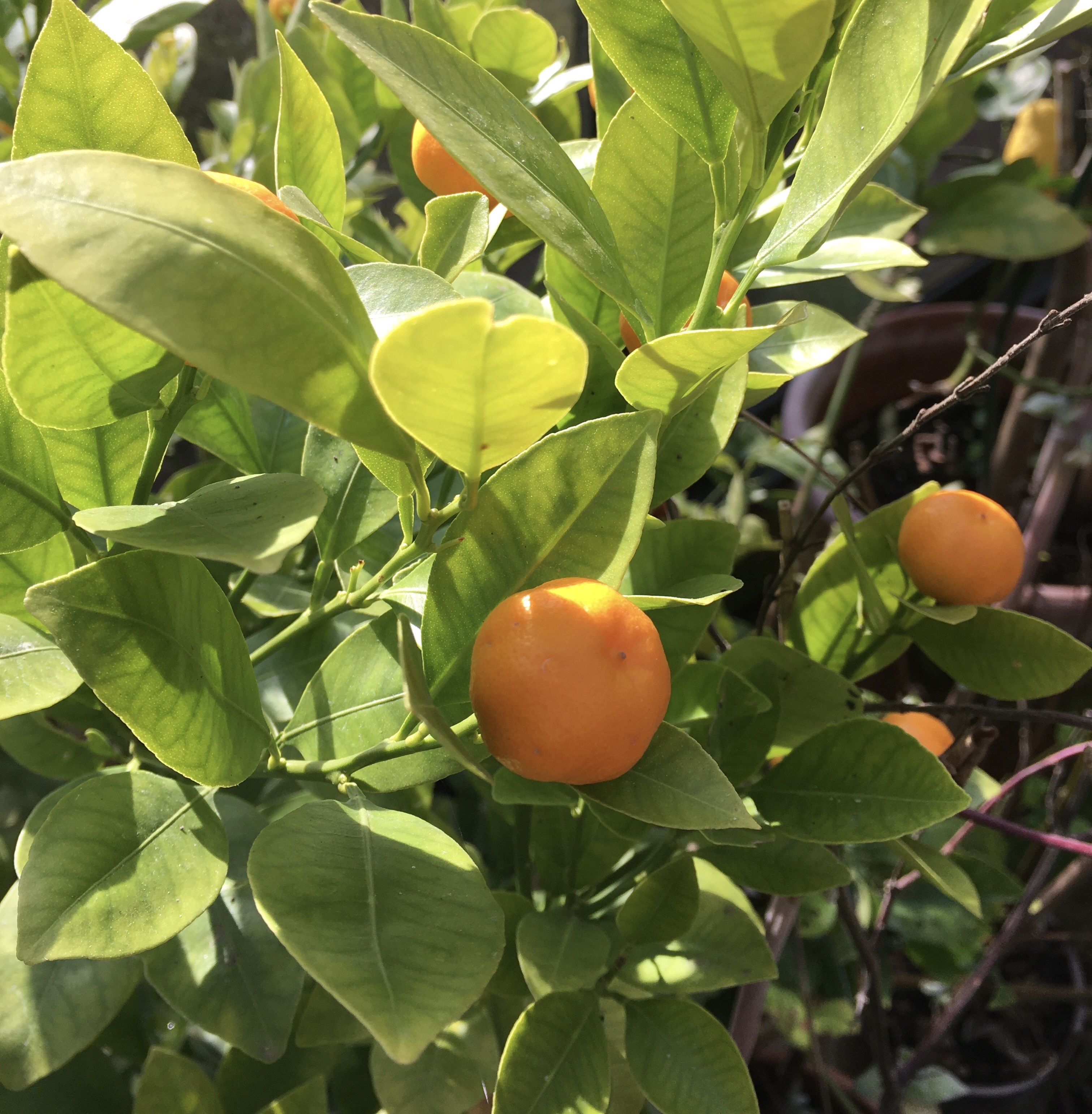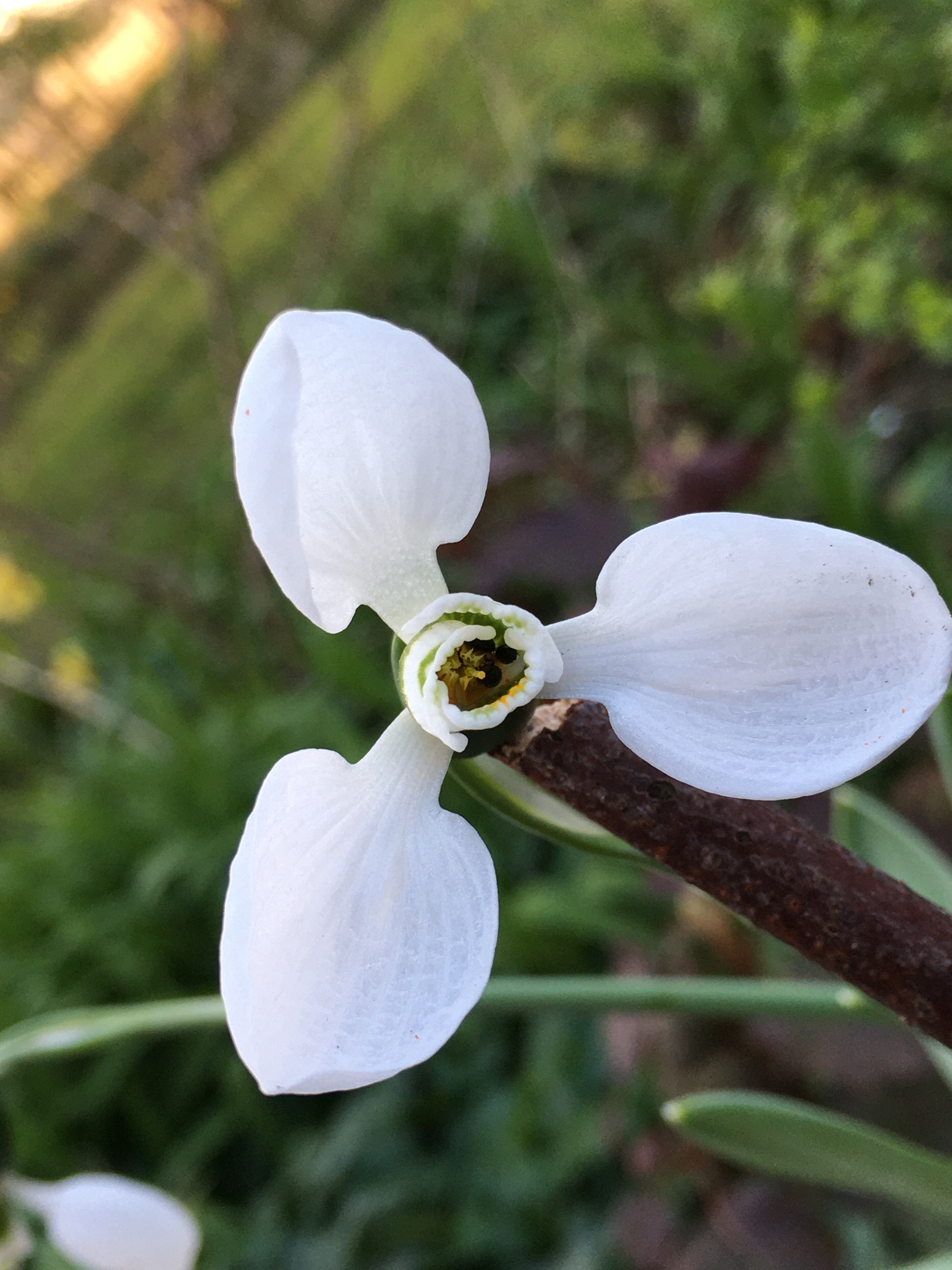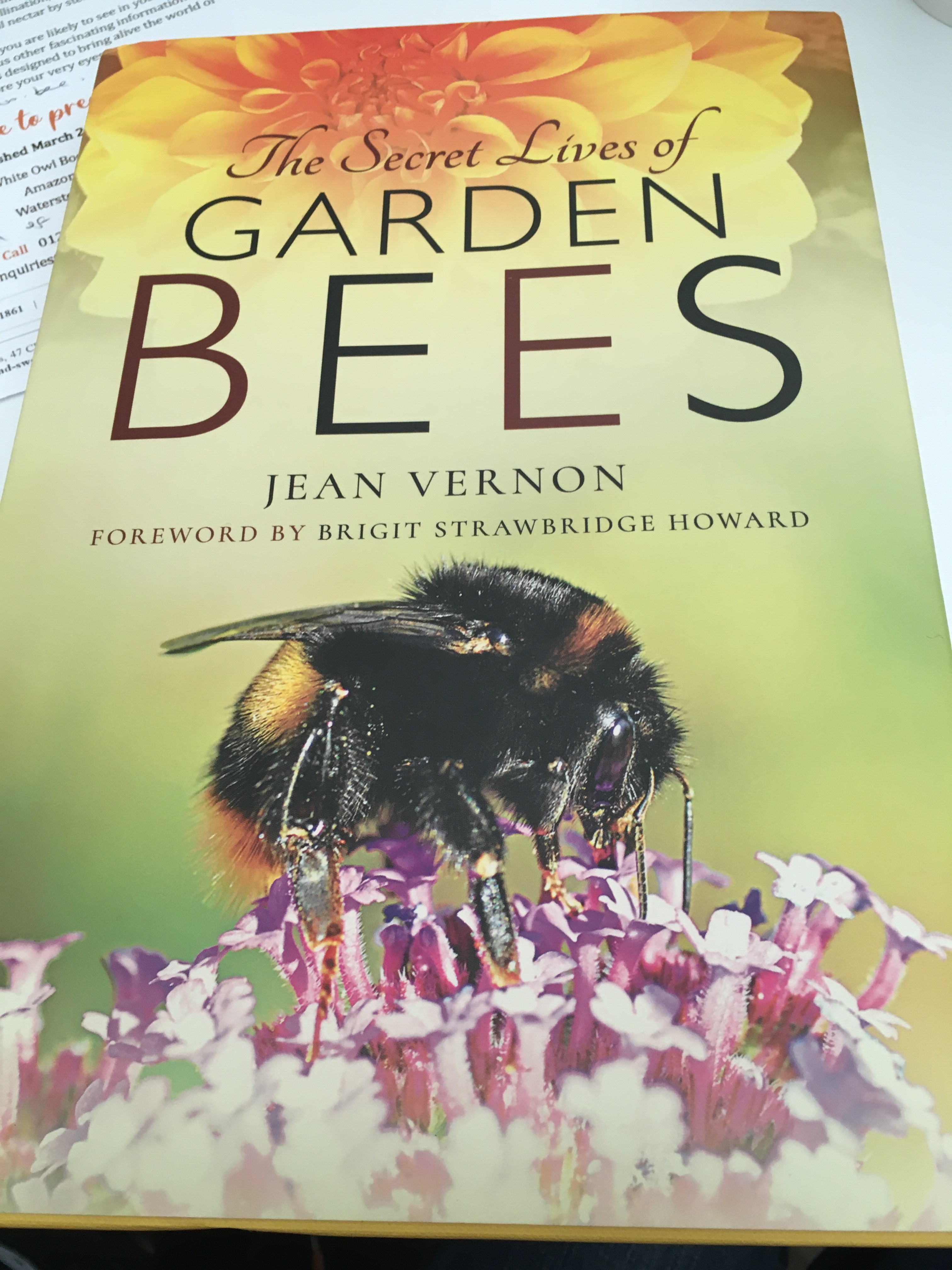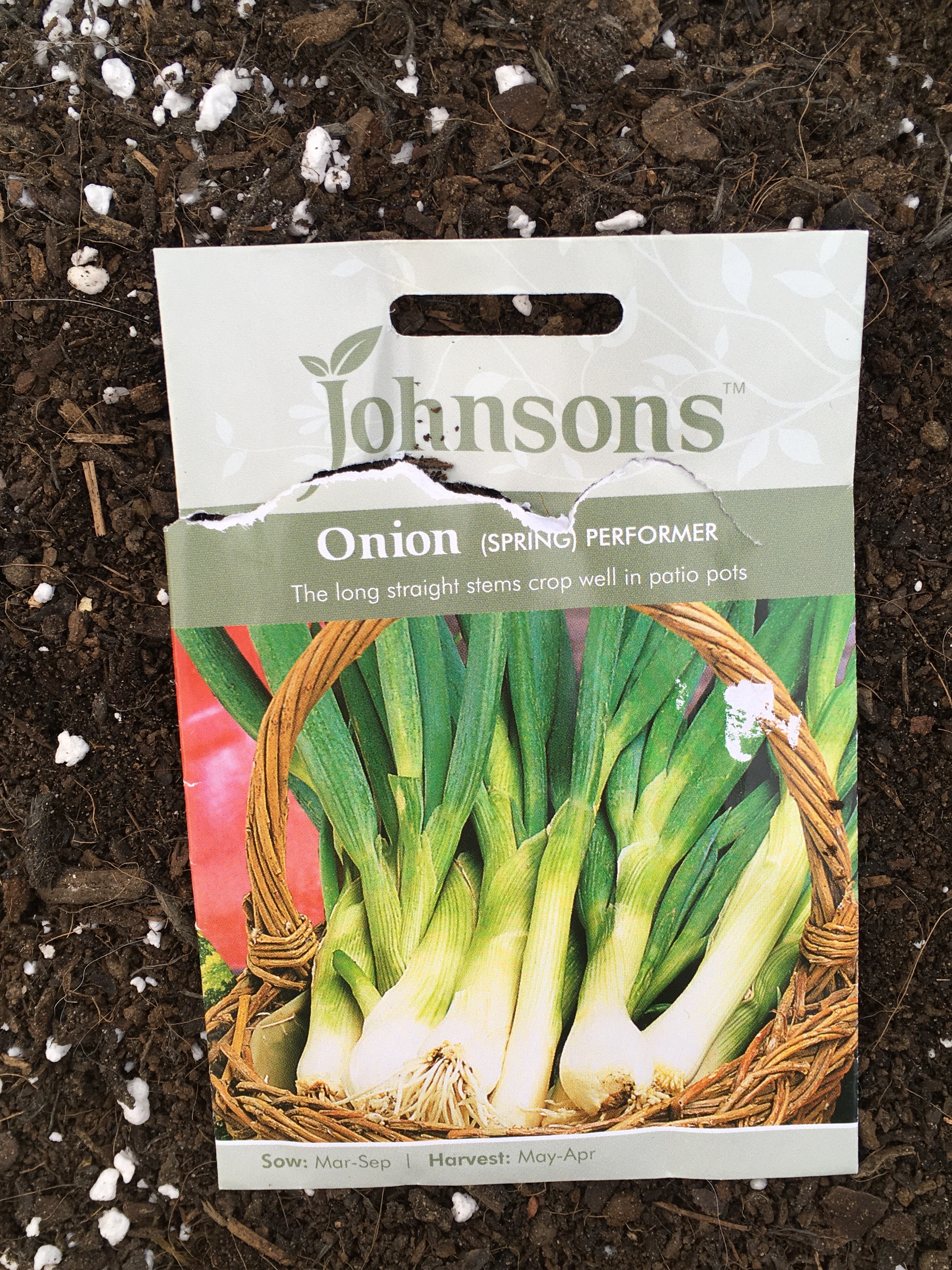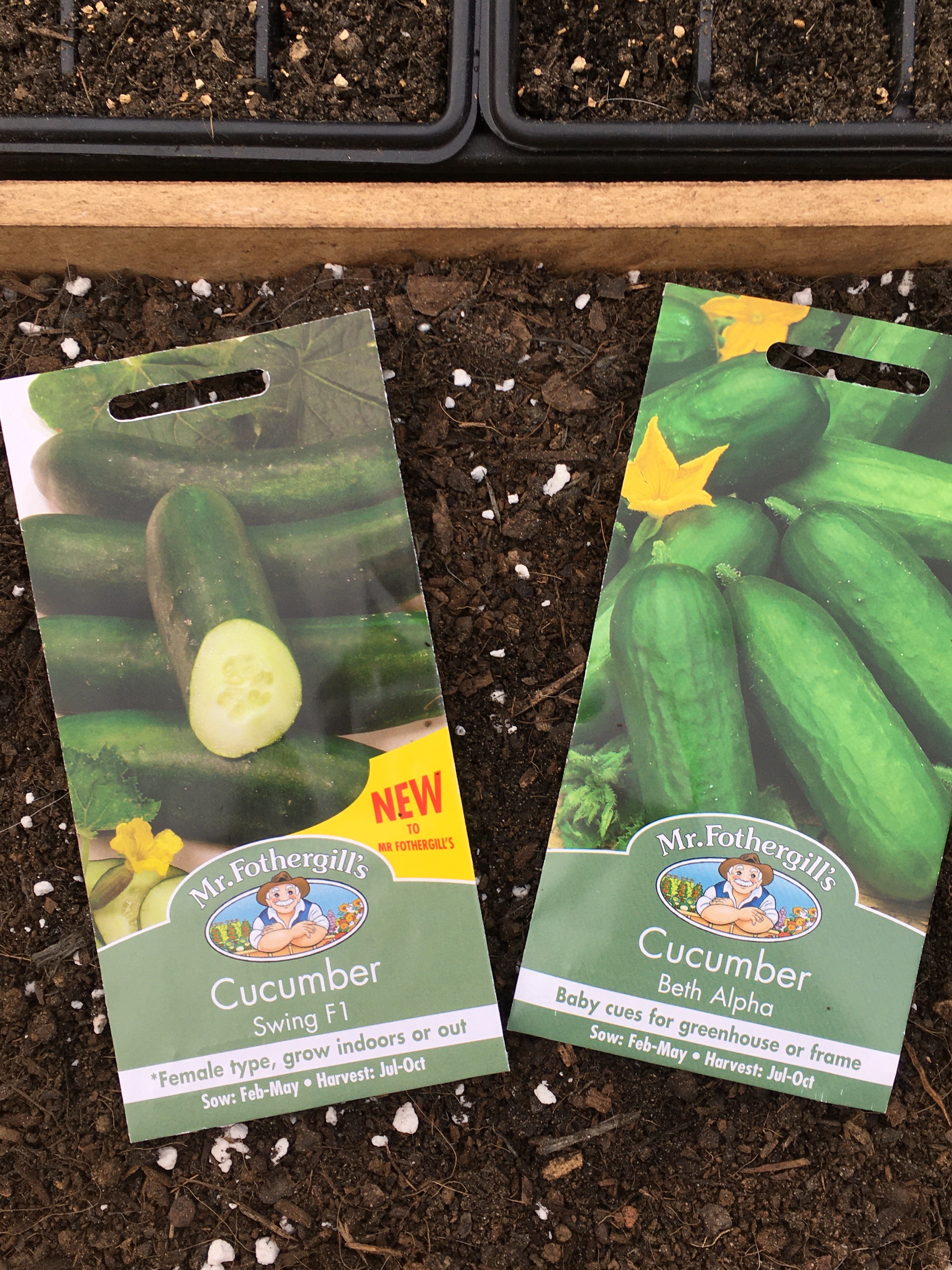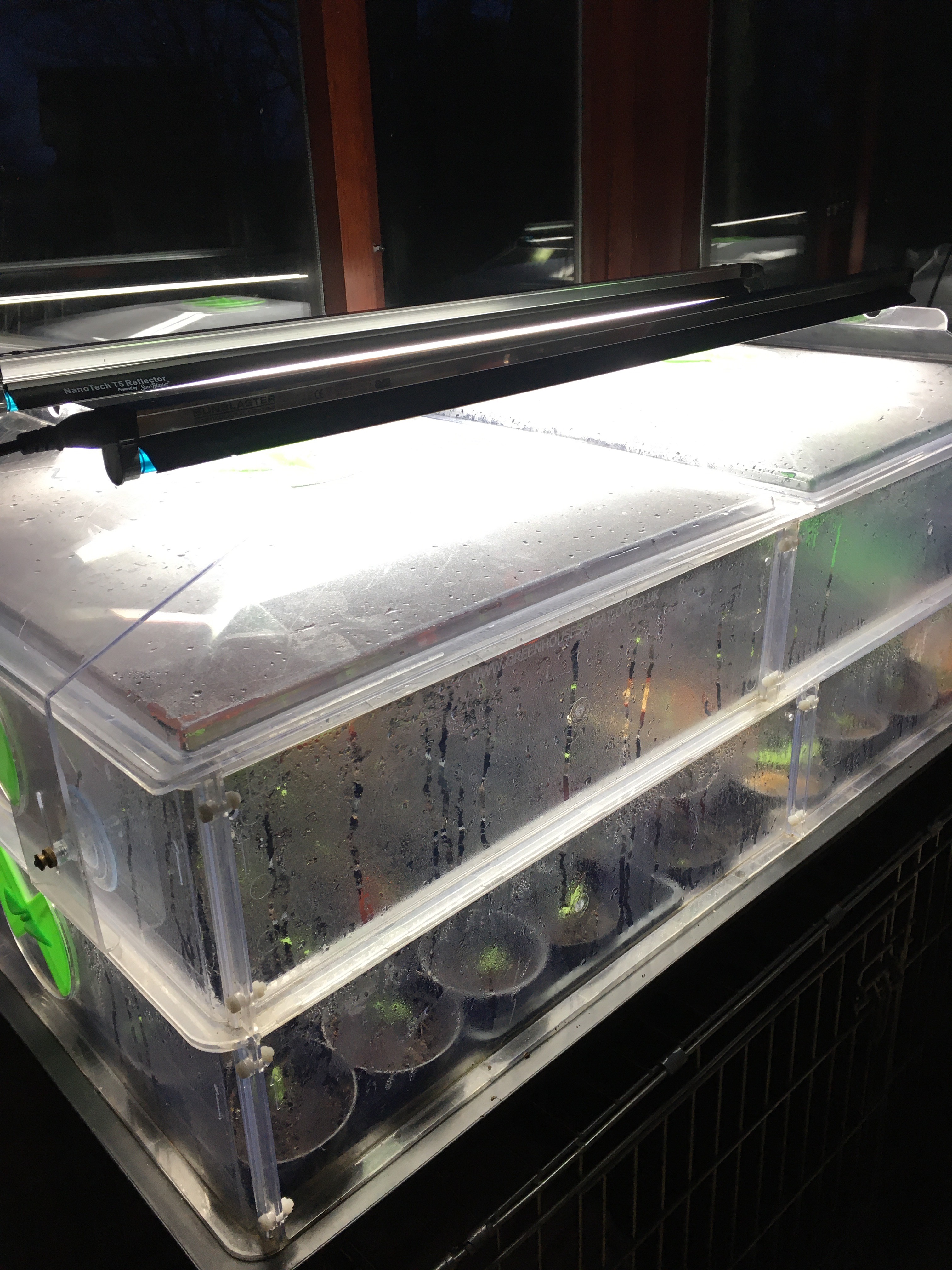
I love helping the next generation get into gardening, so I was pleased to be asked to host the children’s planting sessions at Belvoir Castle’s May Garden Show.

Nearly 400 children selected out bedding plants and potted them up into small pots to take home. What surprised me most was the children knew what the plants were. They recognised snapdragons, petunias, marigolds and verbena. Many of them had done some gardening before and were not at all tentative about getting their hands dirty and handling compost. They were straight into it! And they were careful with the little plants which had been growing in multi-cell trays. I didn’t have to say to a single child that the plants were delicate. They treated them kindly!

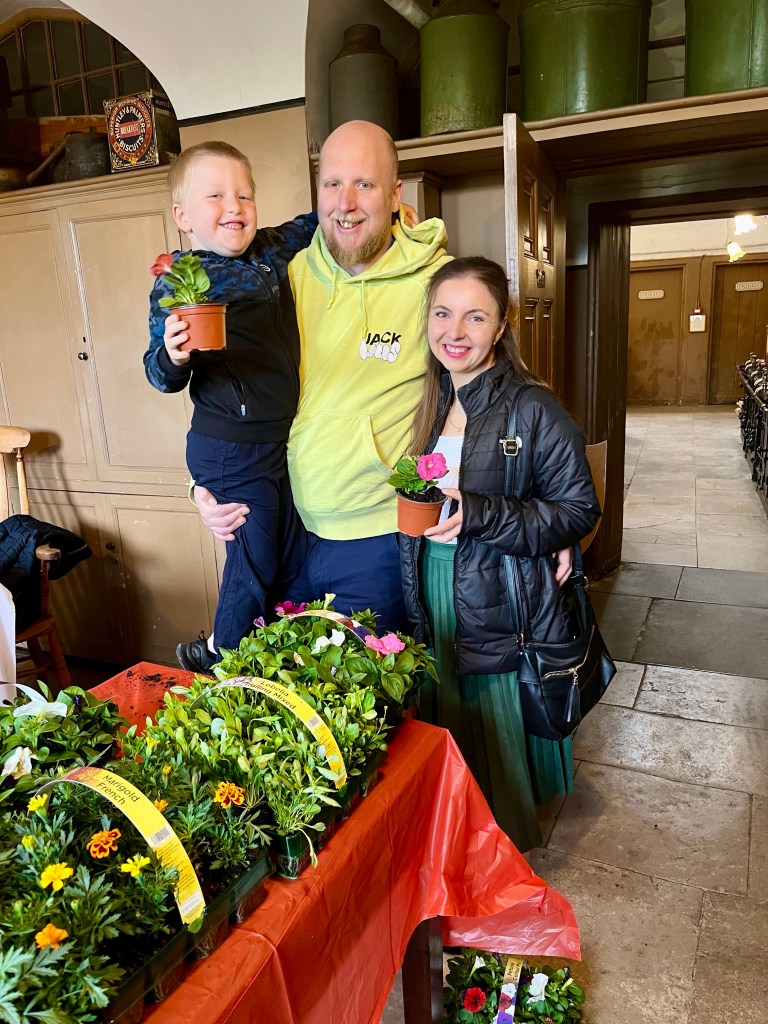
We started the sessions in the old kitchens as it was raining on day one. But by day two it was a lovely sunny day and we moved outdoors to a marquee on the castle front lawn. You really couldn’t get a better setting for a garden show, with the castle in the background.


Children were also given the chance to select some seeds to take home to plant. These were flower, salad and vegetable seeds. Again, I was astounded at how knowledgeable the children were. One boy aged 8 was delighted to find a packet of seeds to grow cucamelons. “I love cucamelons!” he said. The sunflowers were popular. Children sifted through the seeds to find their favourites. Cucumber was a top choice, but also peas, cabbage and beetroot. One little boy took Italian globe artichoke seeds, and then told me the flowers are good for bees. One couldn’t decide between mangetout or climbing beans. I let him take both. Children listened really carefully to my instructions on looking after the plants and planting them out into bigger containers or the garden. Plants were carefully watered and labels written.

Between the planting sessions I ran mini-talks on getting children into gardening and helping pollinators and wildlife.
I was so pleased the planting sessions proved popular. But I also learned something too. Children are a lot more knowledgable about gardening and the environment than I thought. There seems to be just bad news on the television and in newspapers all the time. I’ve got bogged down and worried by it all. Many things I cannot change weigh heavily on my mind. But those children I met at the show were full of joy, positivity and confidence. They care about plants and nature and they are our future. After spending a few days with them, I feel buoyed up by their enthusiasm too. I’ll carry with me their smiles and their happy chatter for some time to come, and I’ll remember how happy I felt helping them to garden and chatting to them about our shared love of growing plants and helping wildlife.

The children’s planting sessions were sponsored by Dobbies Garden Centres. Here’s manager Paul Coley from Mountsorrel garden centre who fully supported the children’s planting event and helped select plants and products. All the plants, compost, seeds, labels and watering cans were donated by Dobbies. They also donated bug hotels and mini-planting kits as props for my talks and advice-desk sessions. Many thanks to them for their generous sponsorship and support.
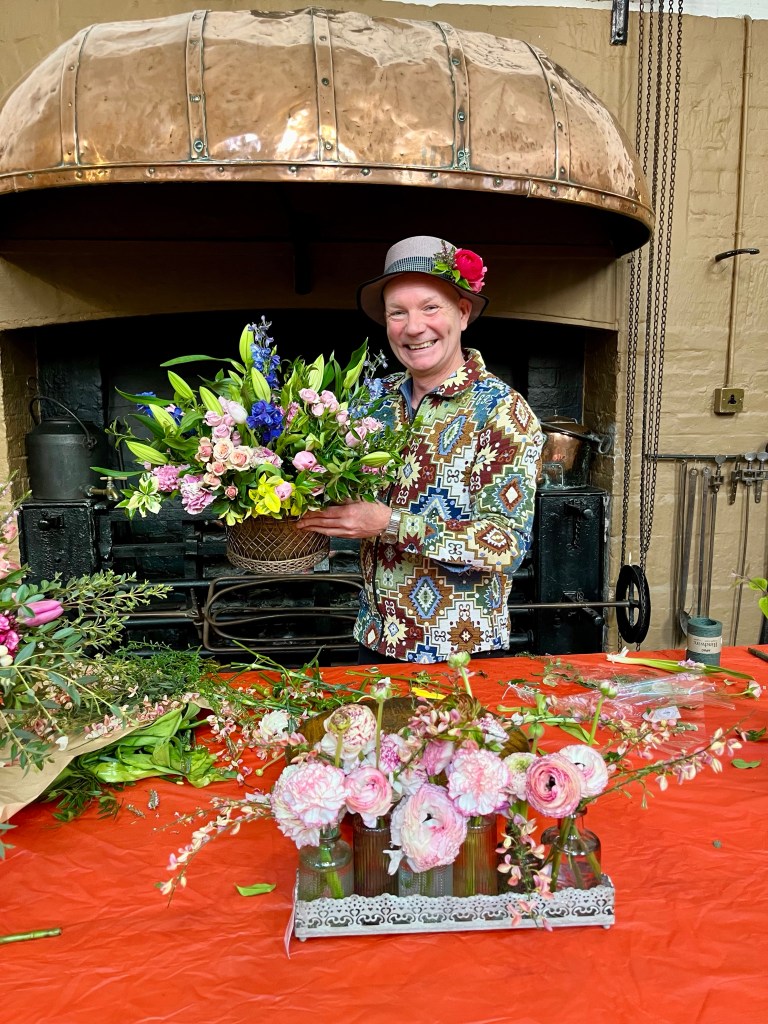
Celebrity speaker at the show was international florist Jonathan Moseley who gave me lots of hints and tips on giving talks to an audience. It’s thanks to him that I’m zooming around the garden club and u3a club circuit in the midlands giving talks on garden design and horticulture. Jonathan is a super-talented florist, but also a very kind and generous person. I’m very grateful for his help and encouragement. It’s amazing isn’t it how a few kind words and some genuine advice can propel you in a direction you never thought of!

Thank you for reading my blog. You are amongst 1,200 readers a week! I’m grateful for your continued loyalty and support. Have any of you visited Belvoir Castle? Do you garden with your children or grandchildren? Please leave a comment in the box below. Have a great gardening weekend everyone!
I wrote about creating a show garden at Belvoir Castle here:
https://bramblegarden.com/2018/07/22/we-made-a-garden-for-rainbows-hospice-belvoir-show-2018/



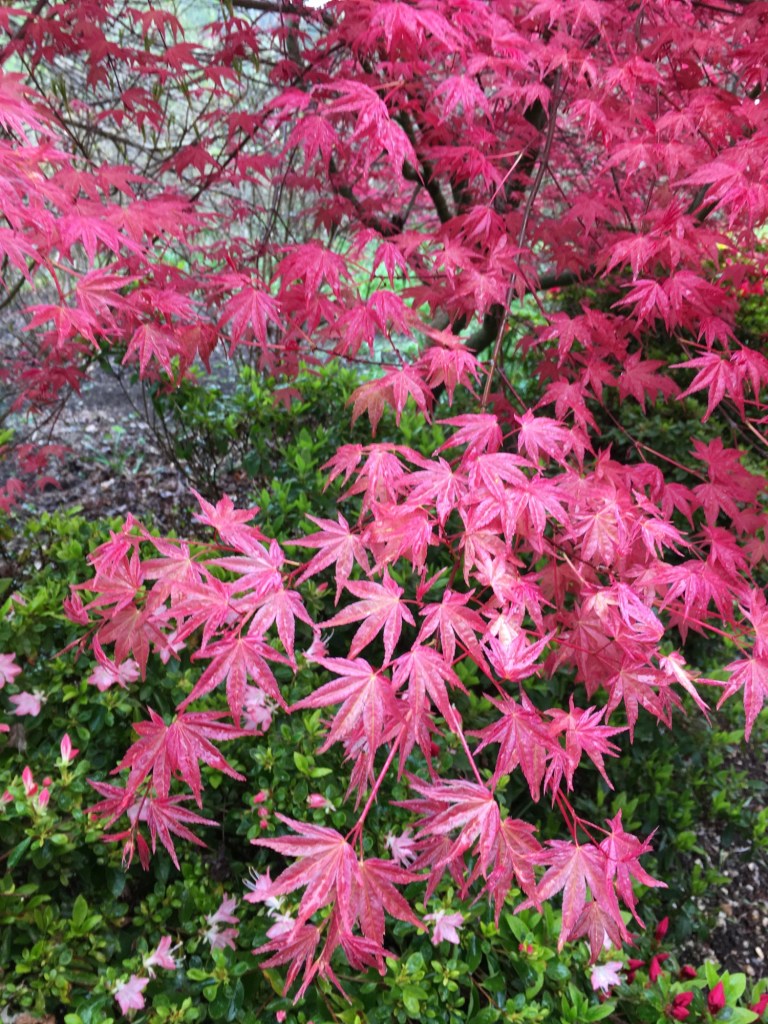











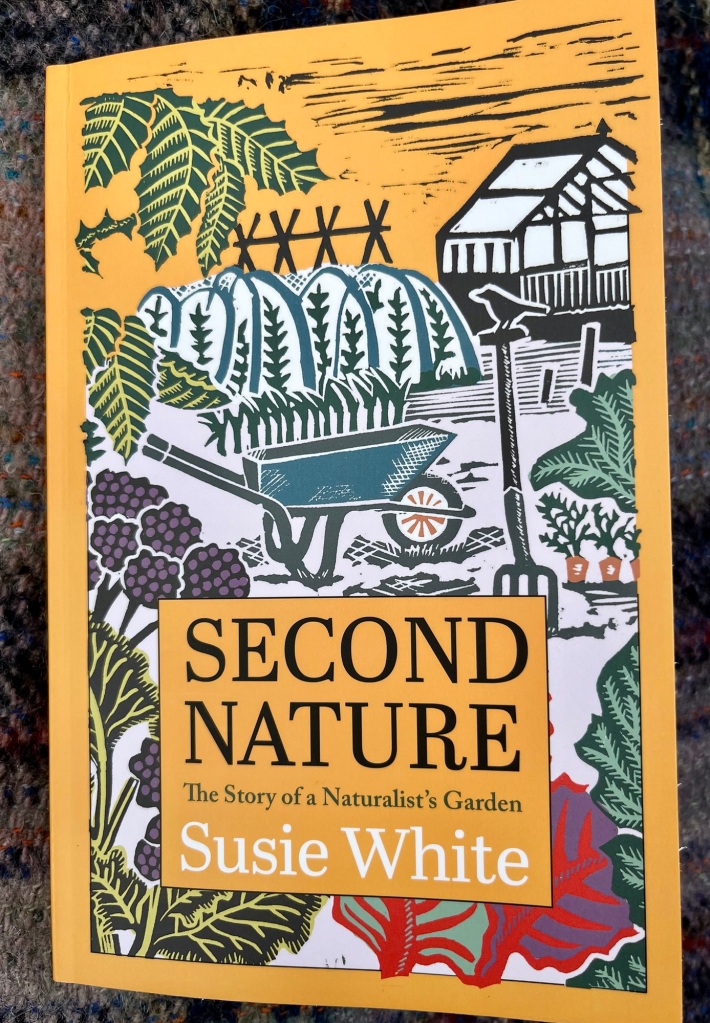






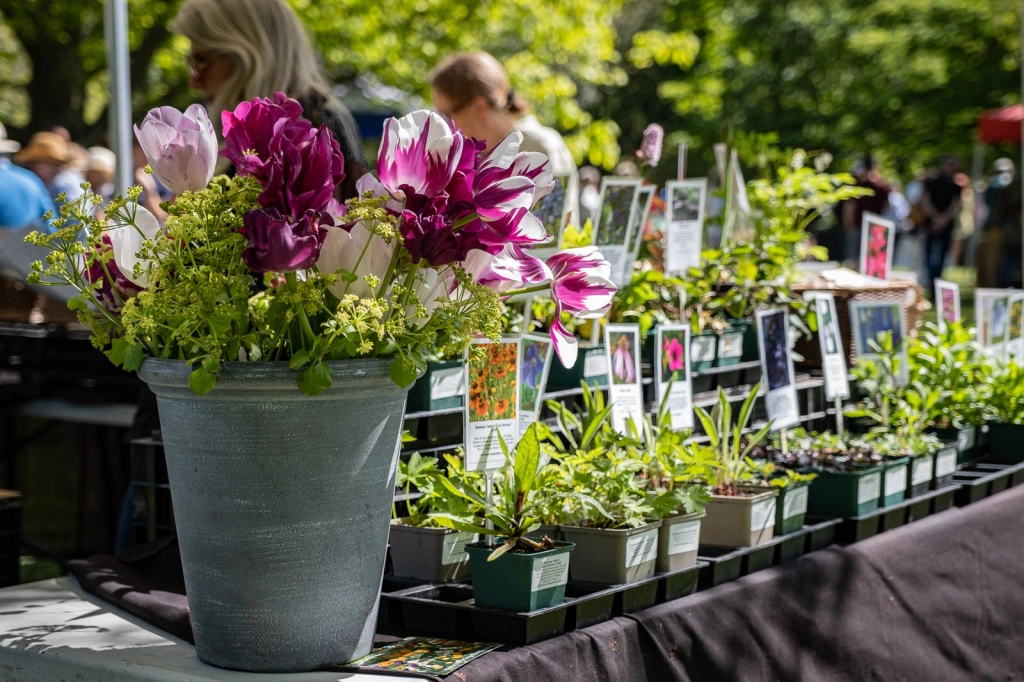








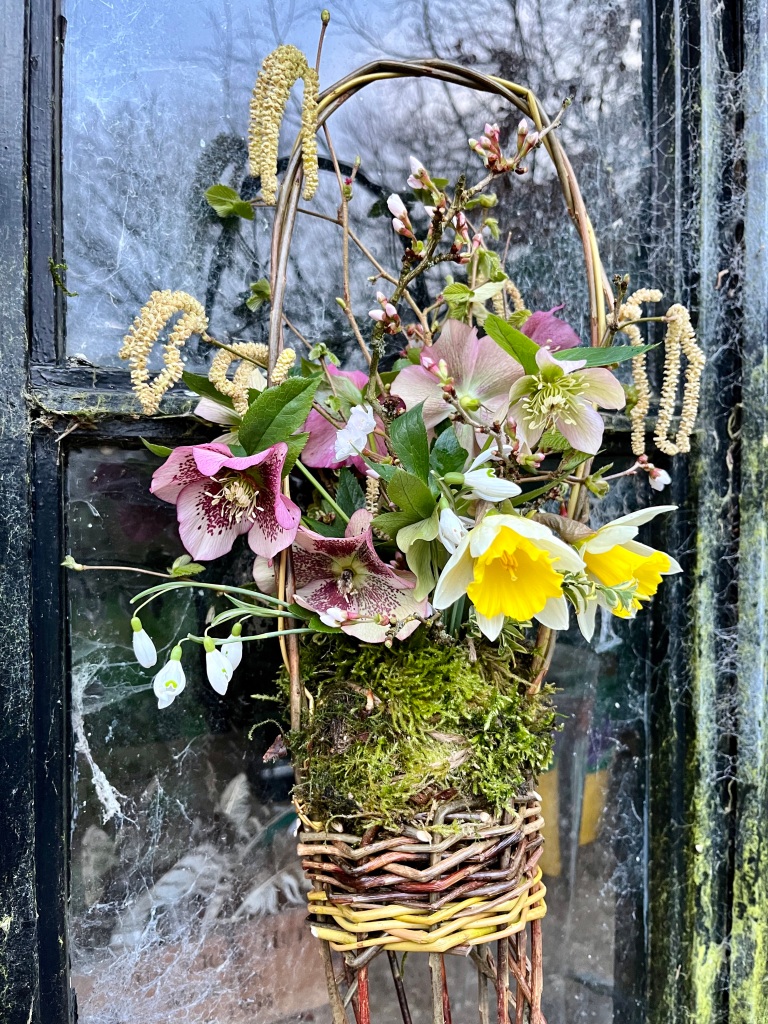

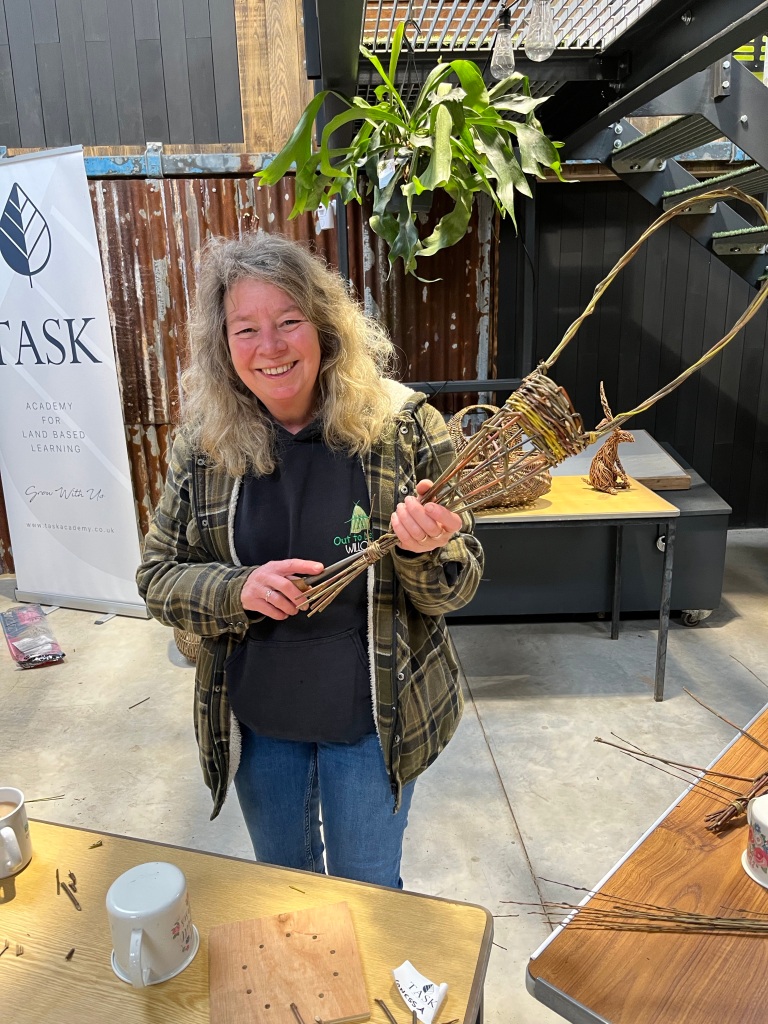





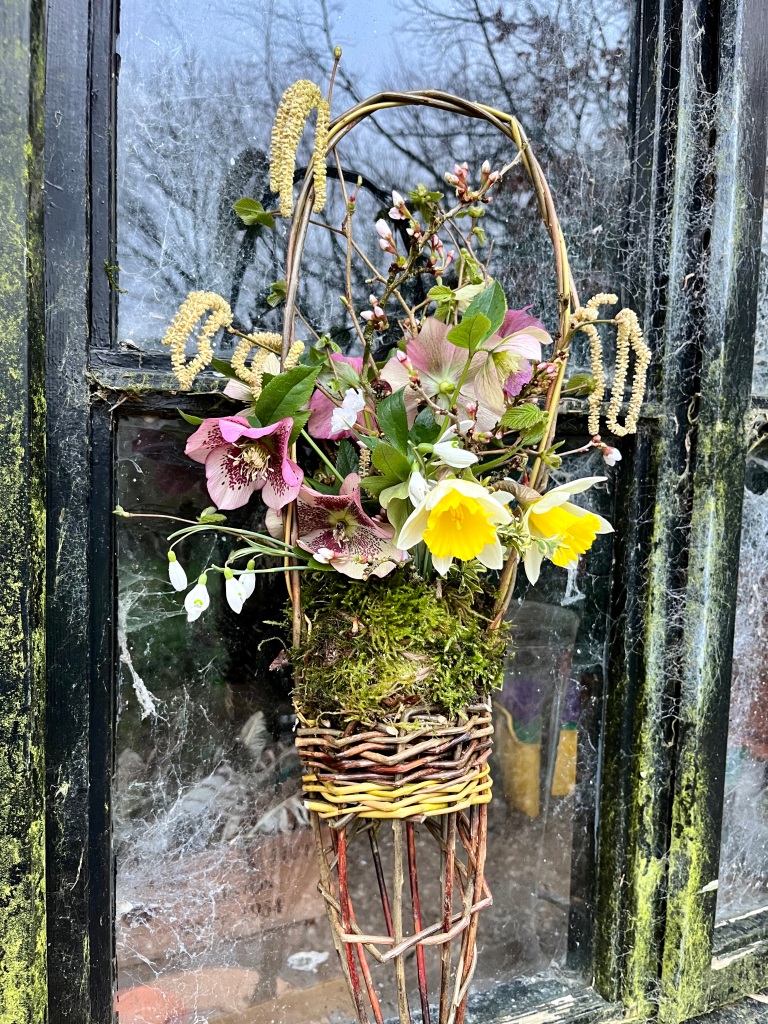















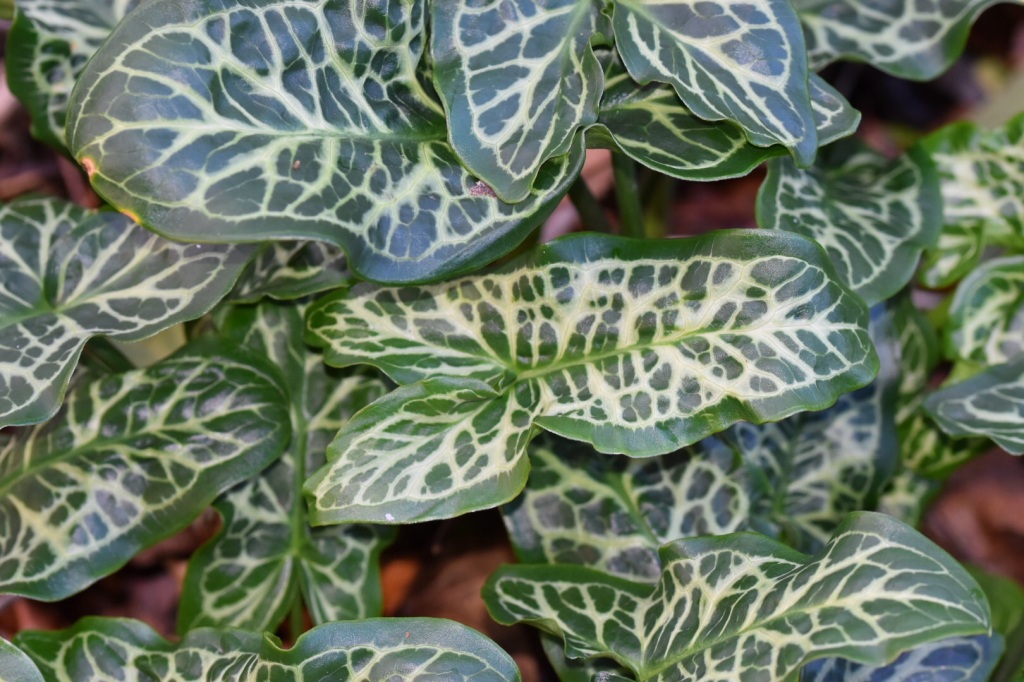






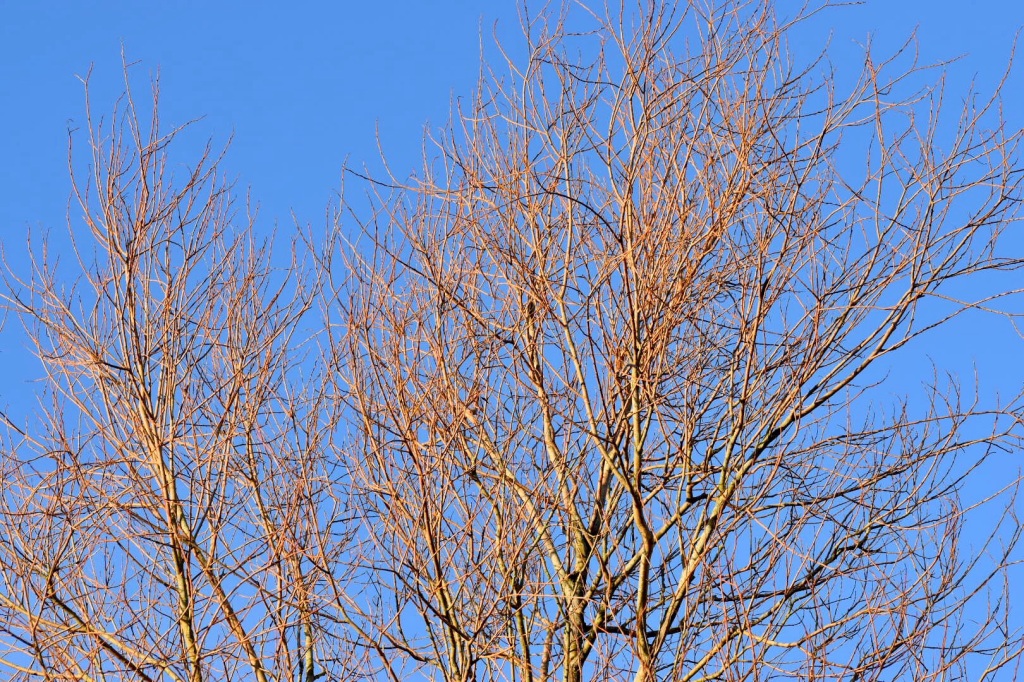
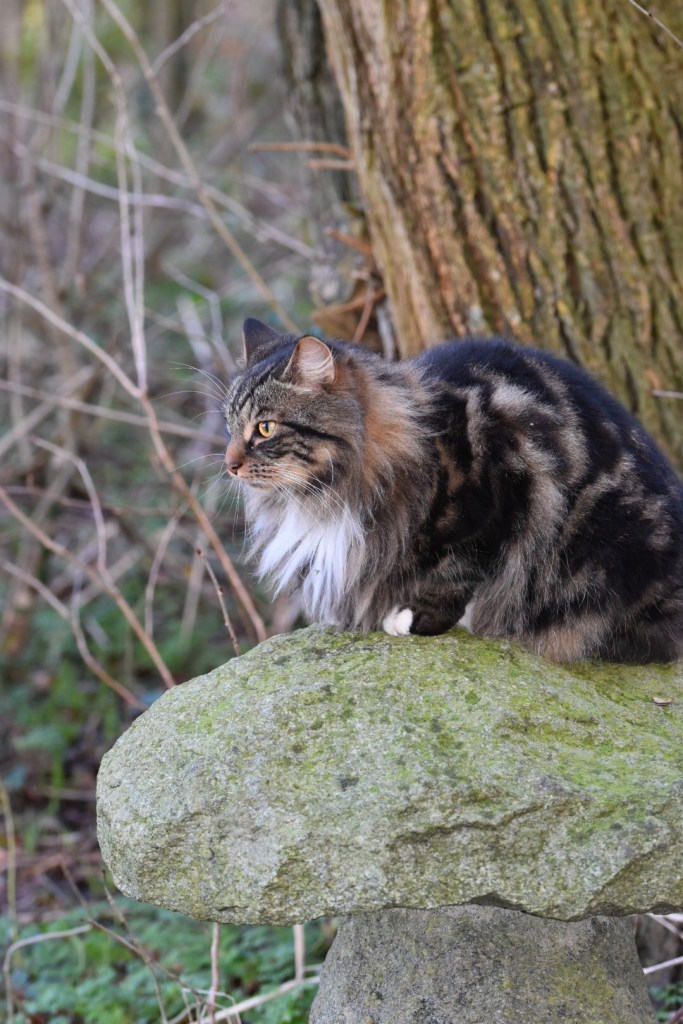

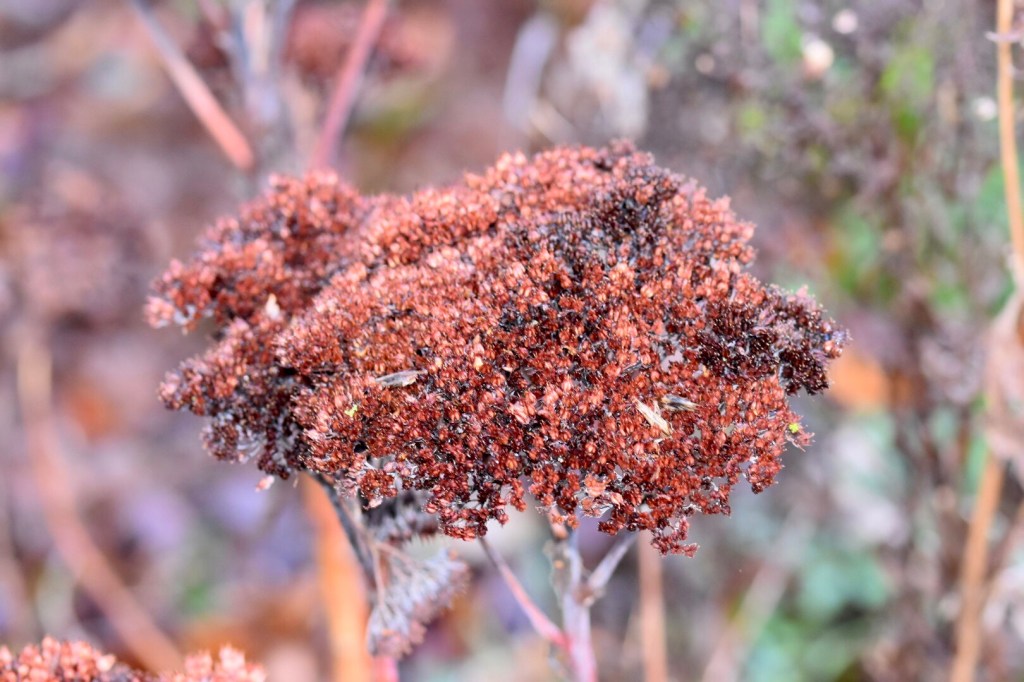


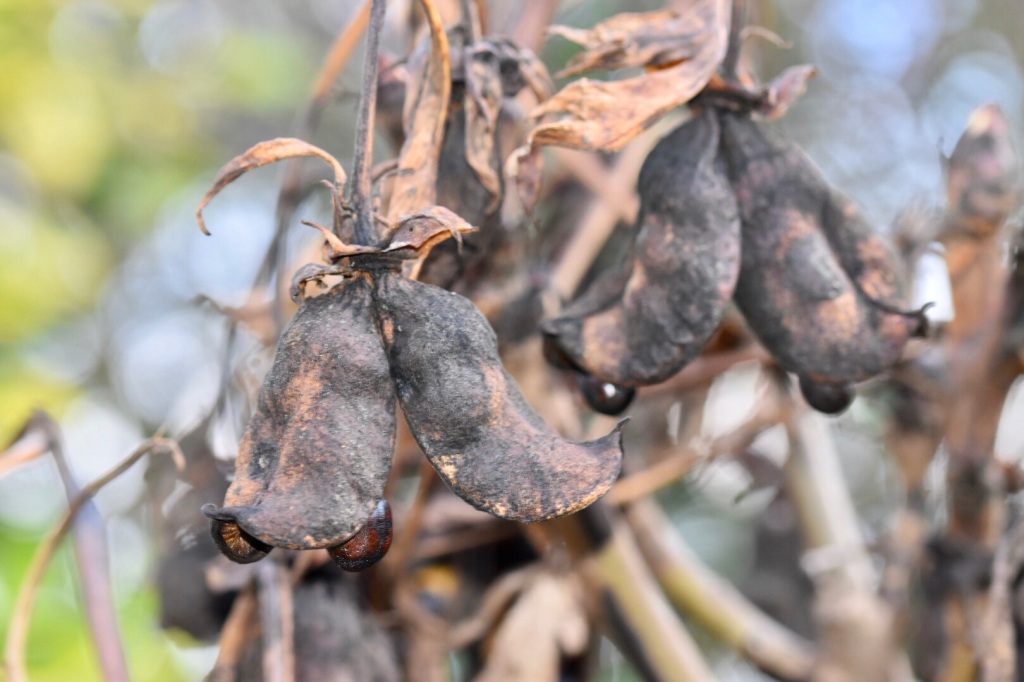


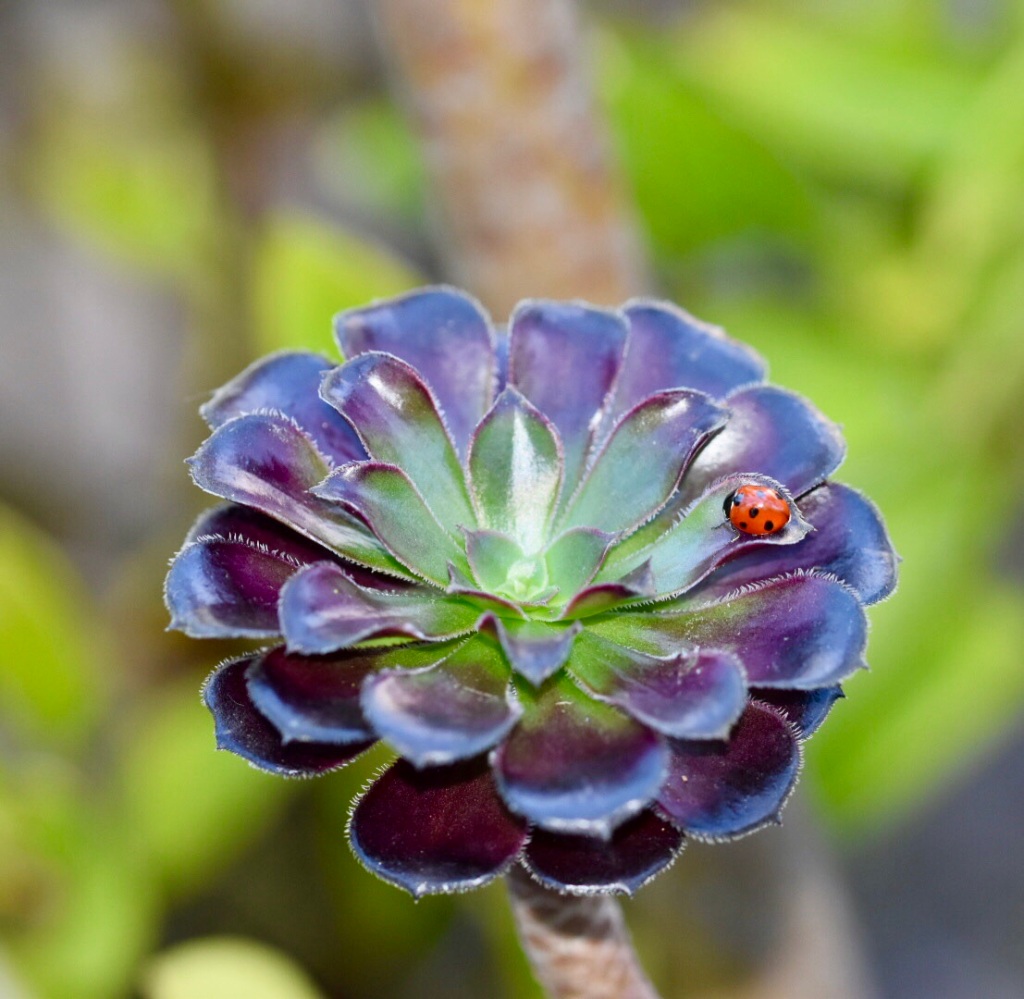














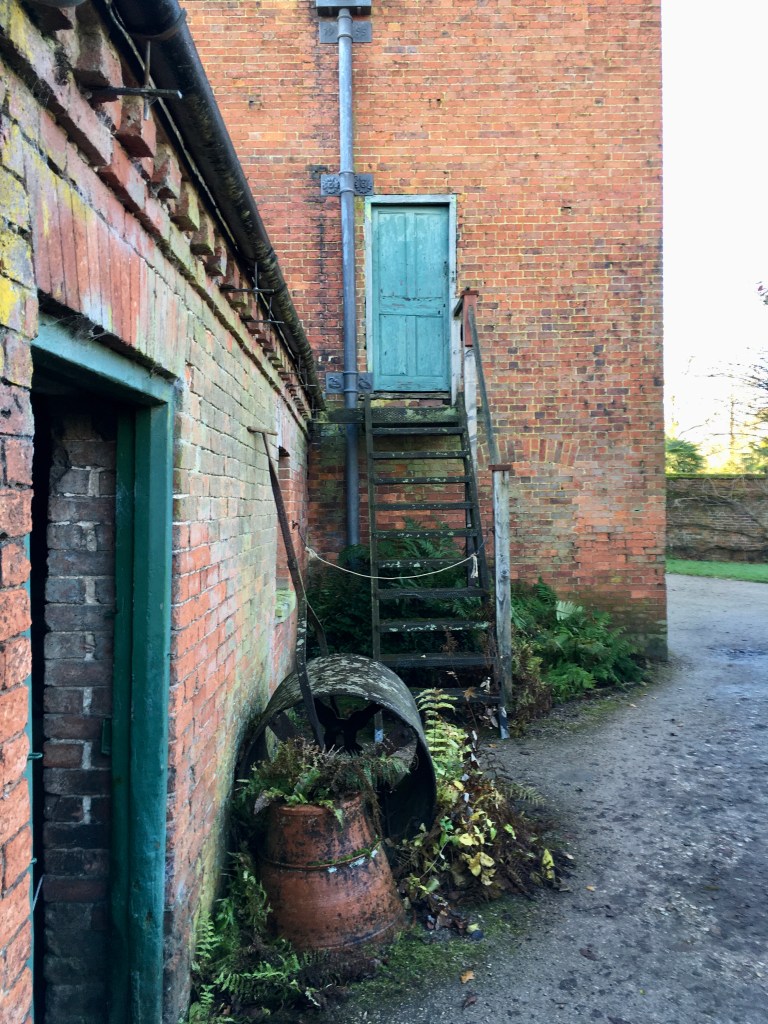
























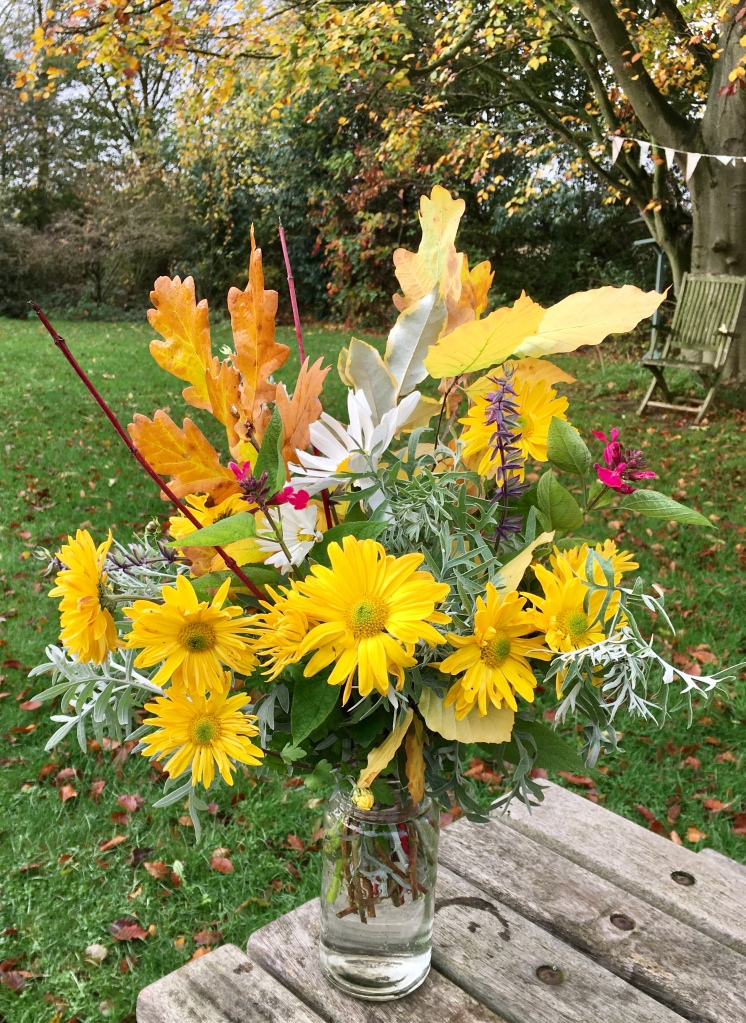





















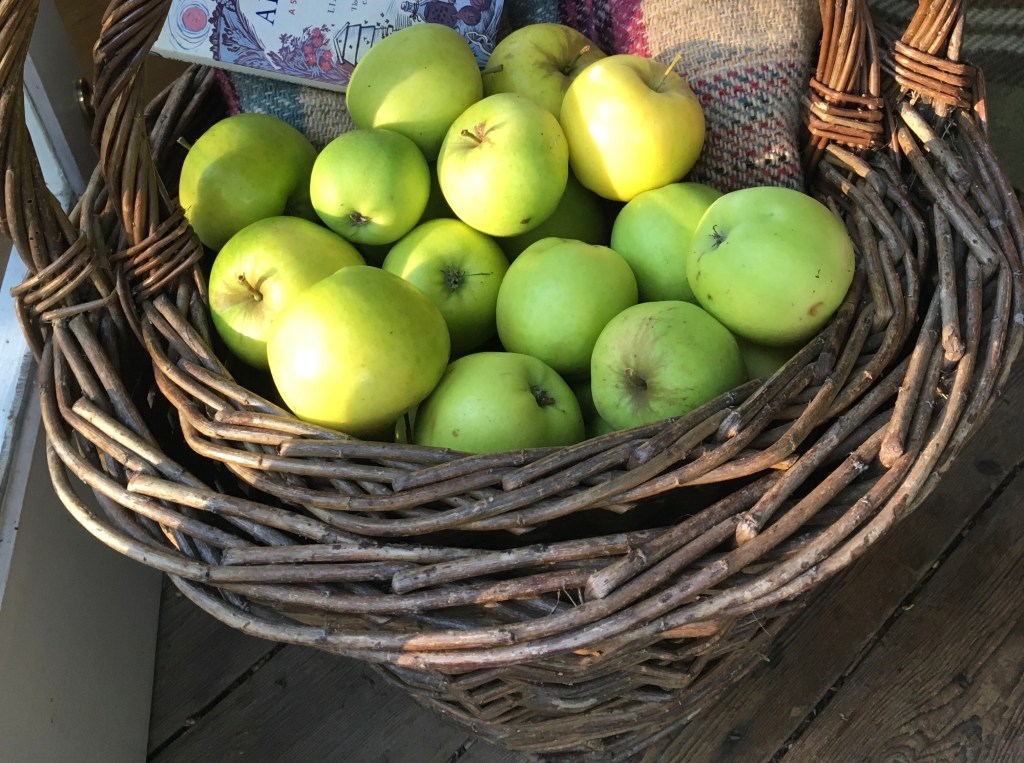













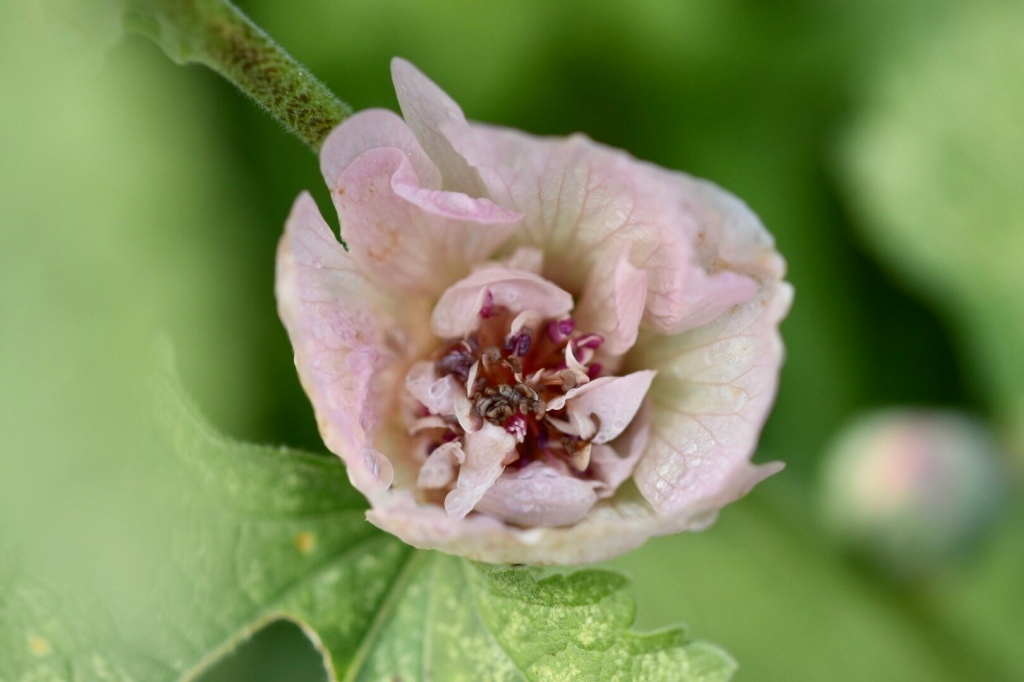





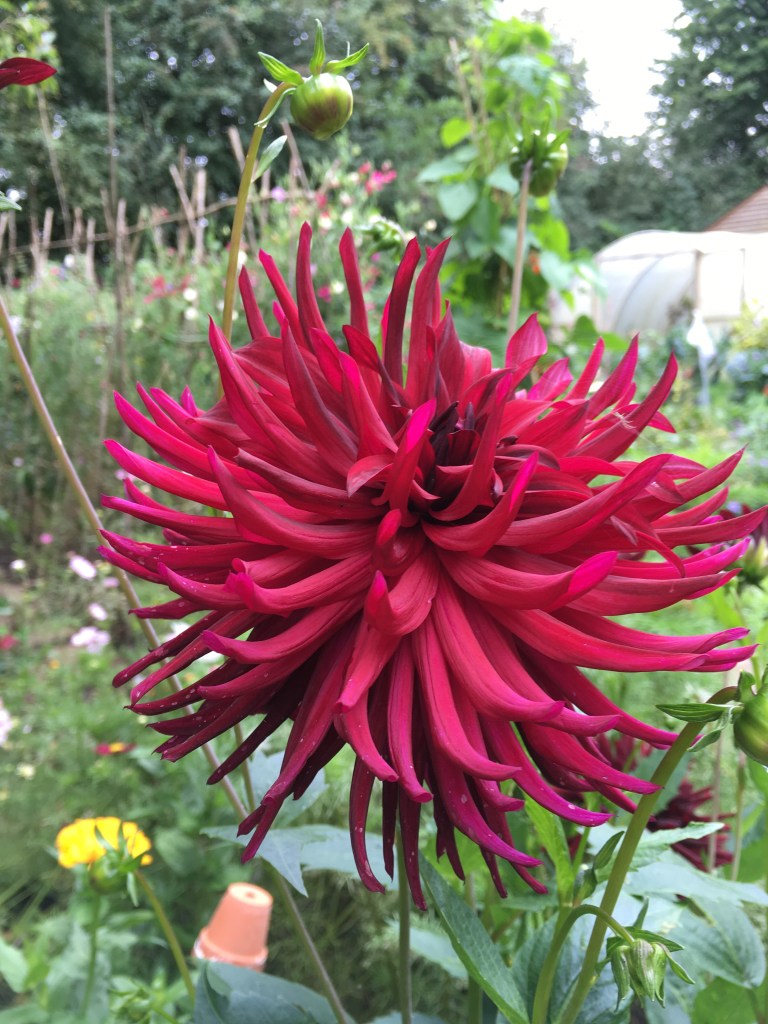


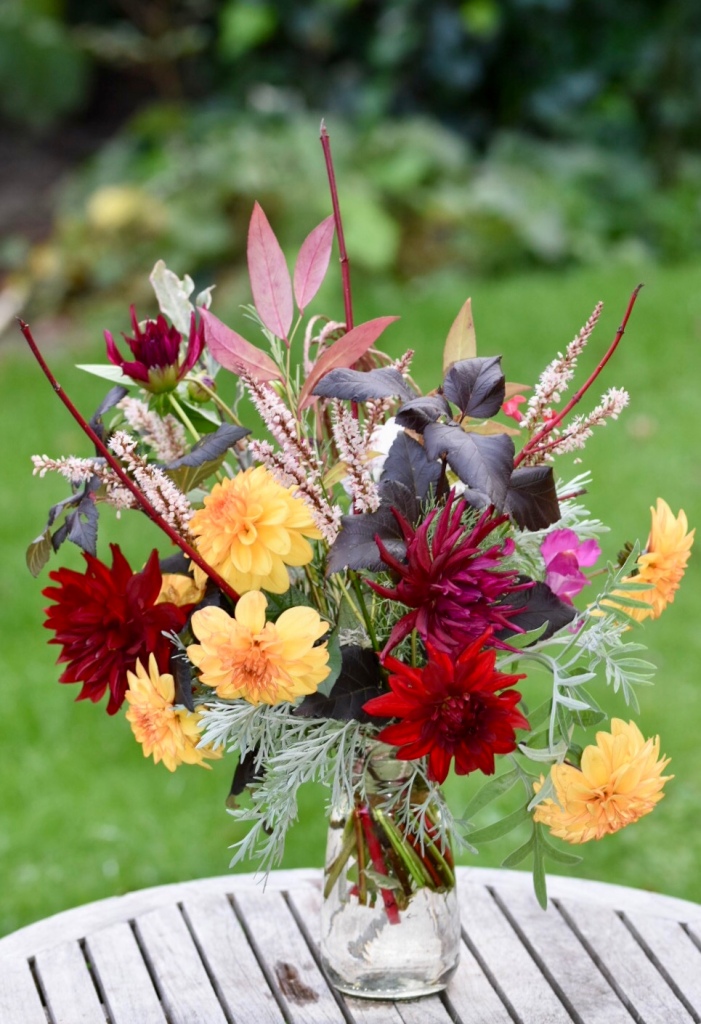










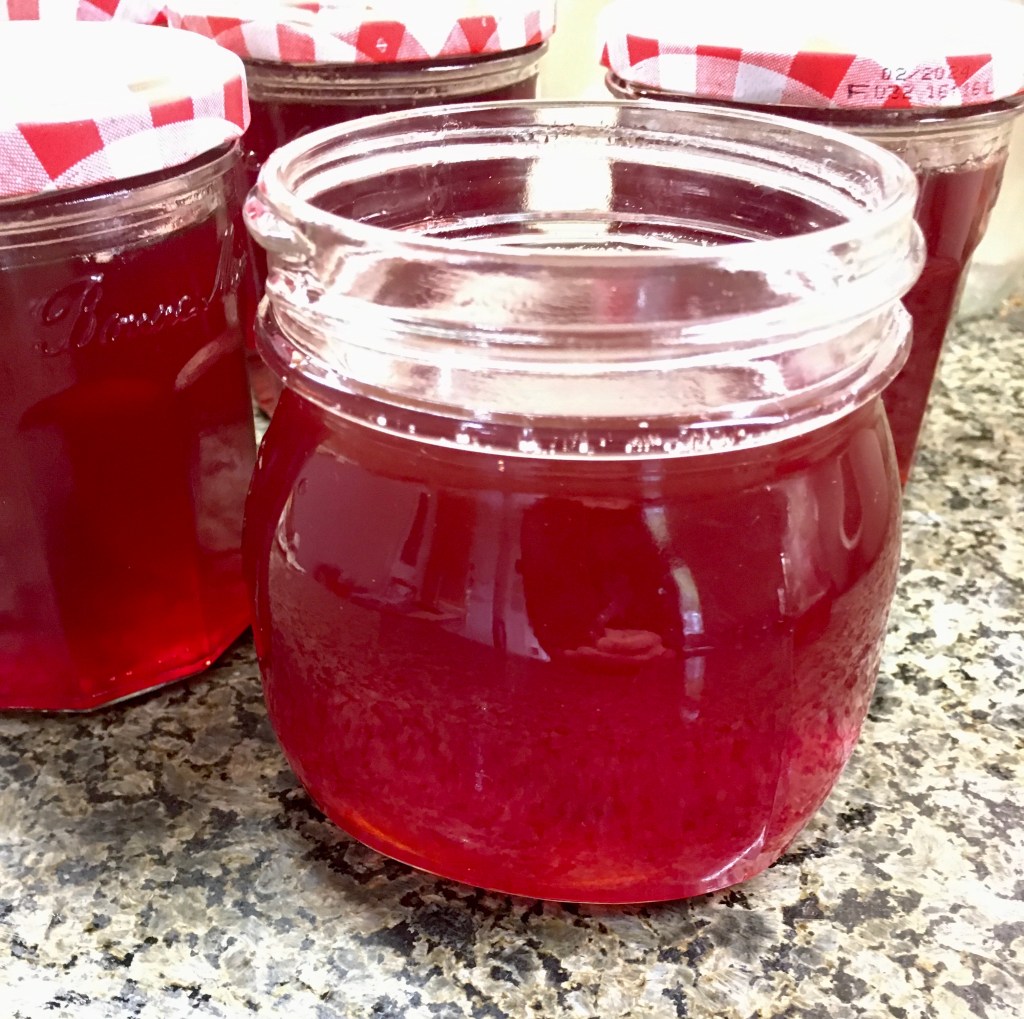



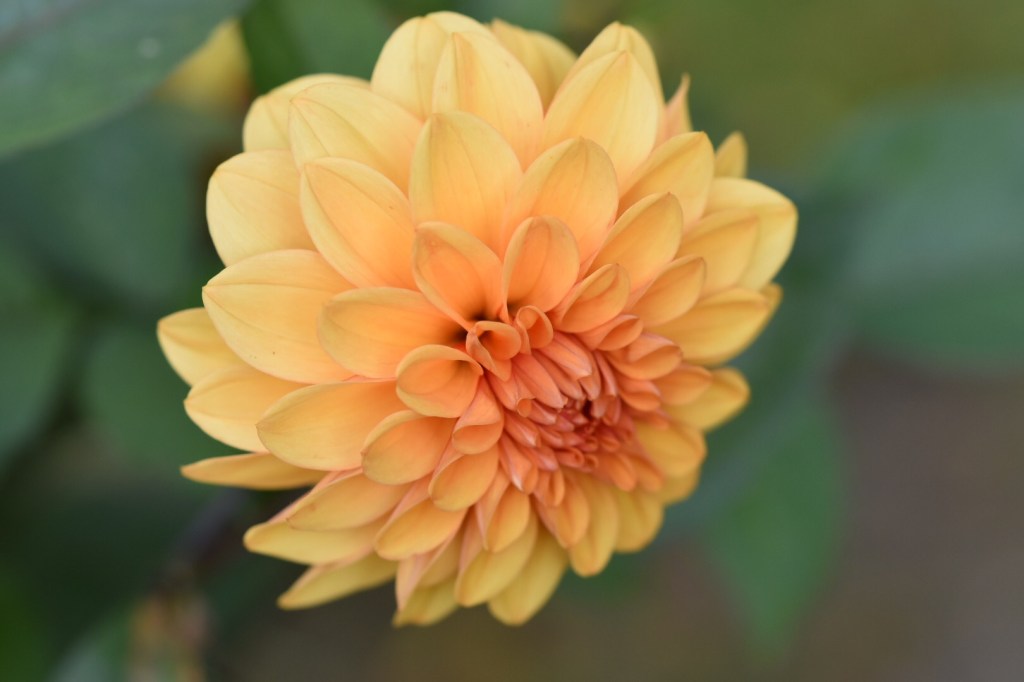


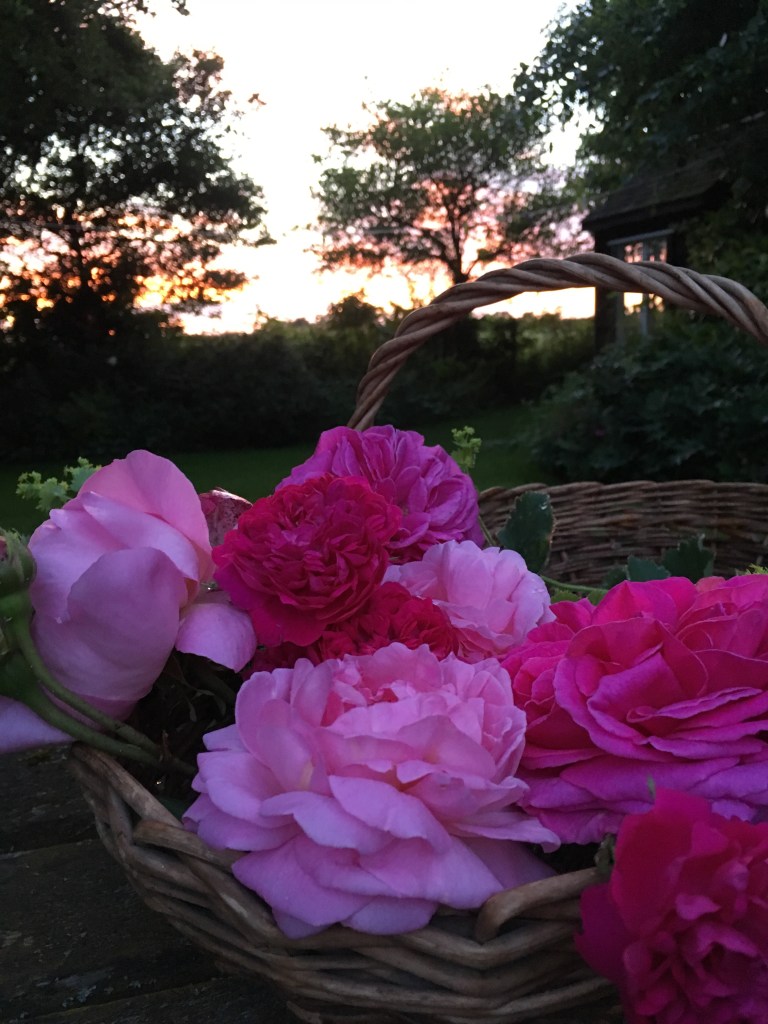





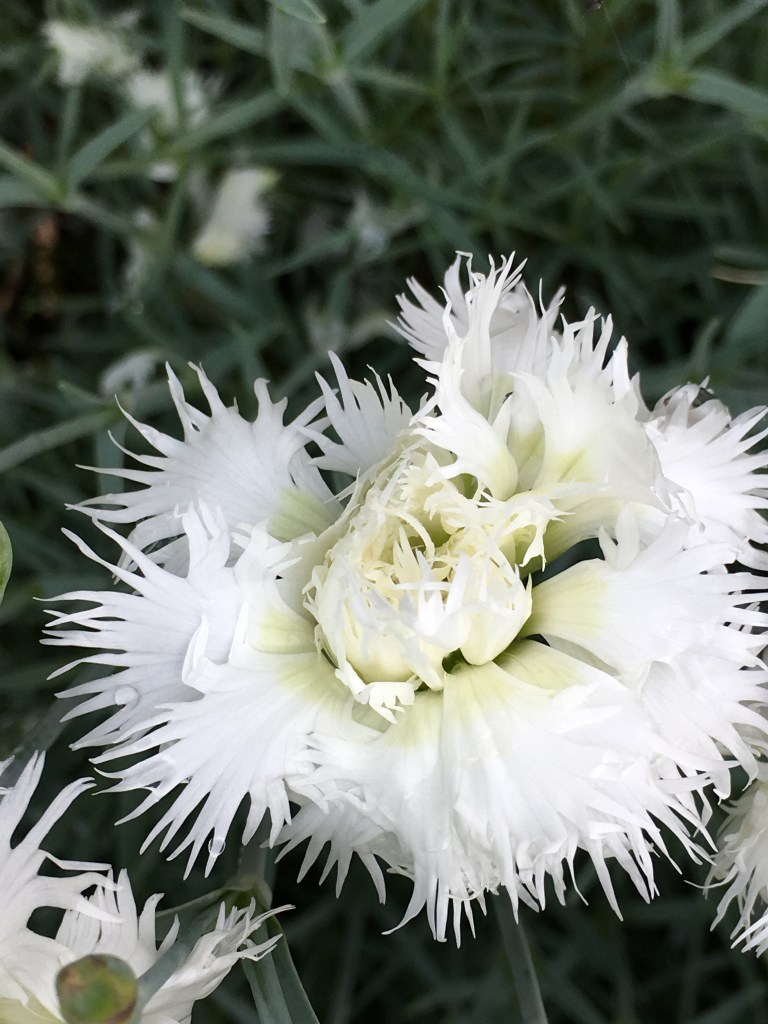
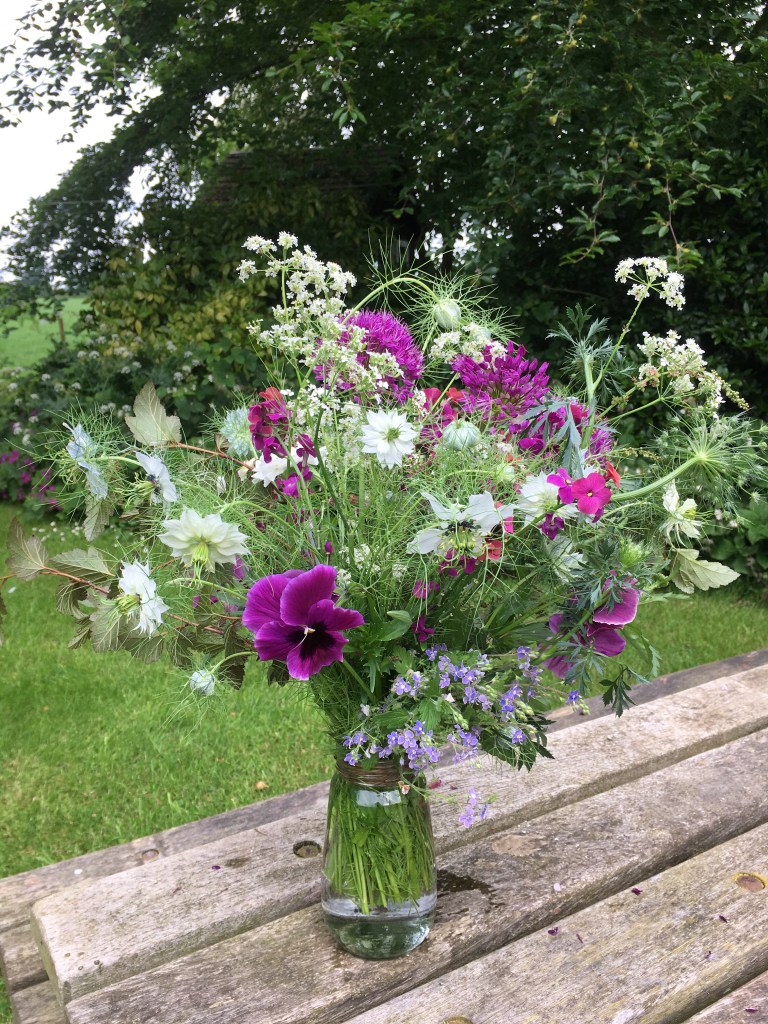


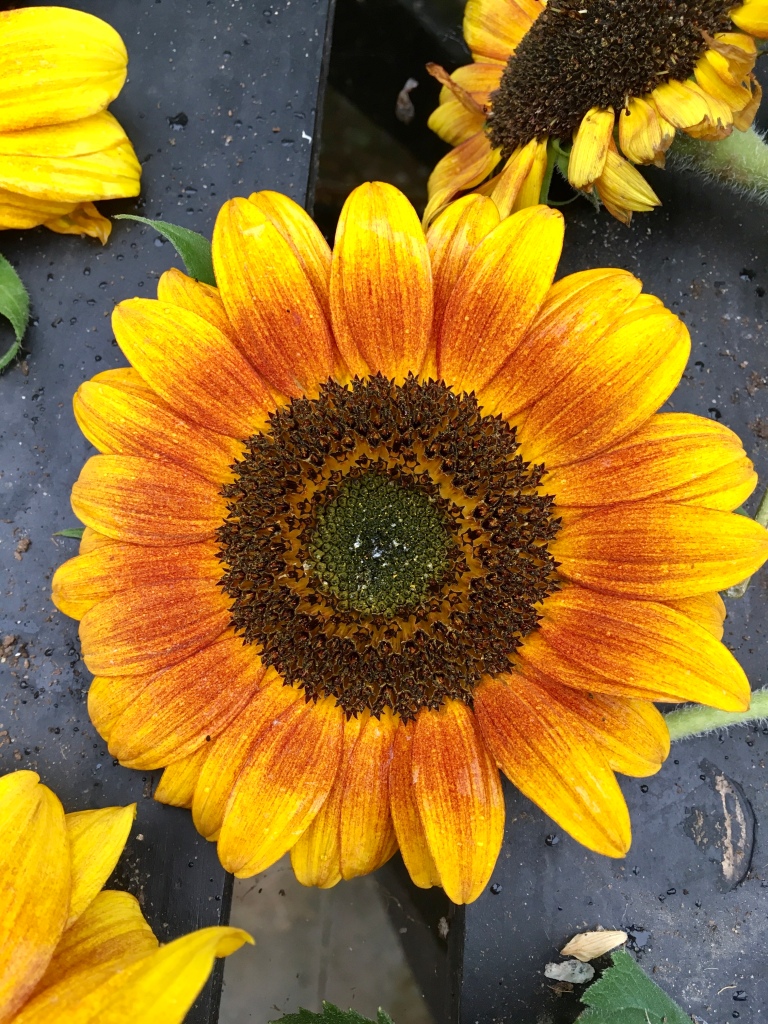

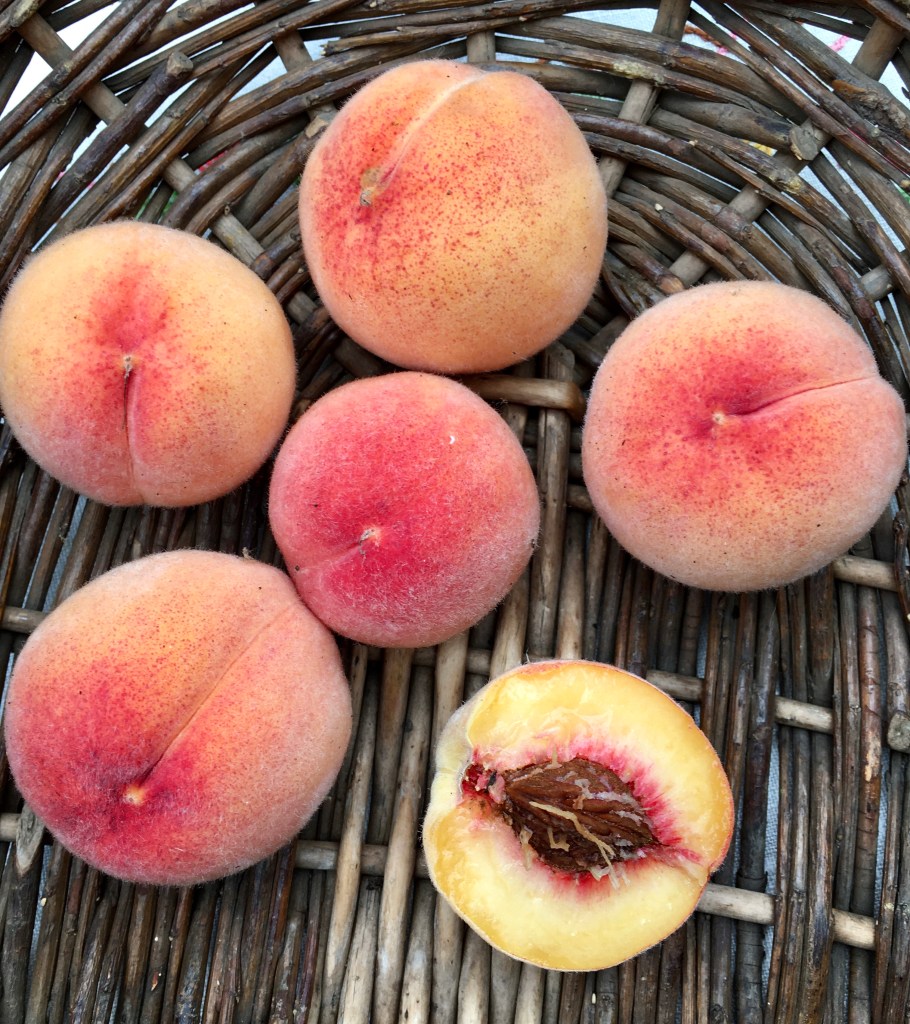
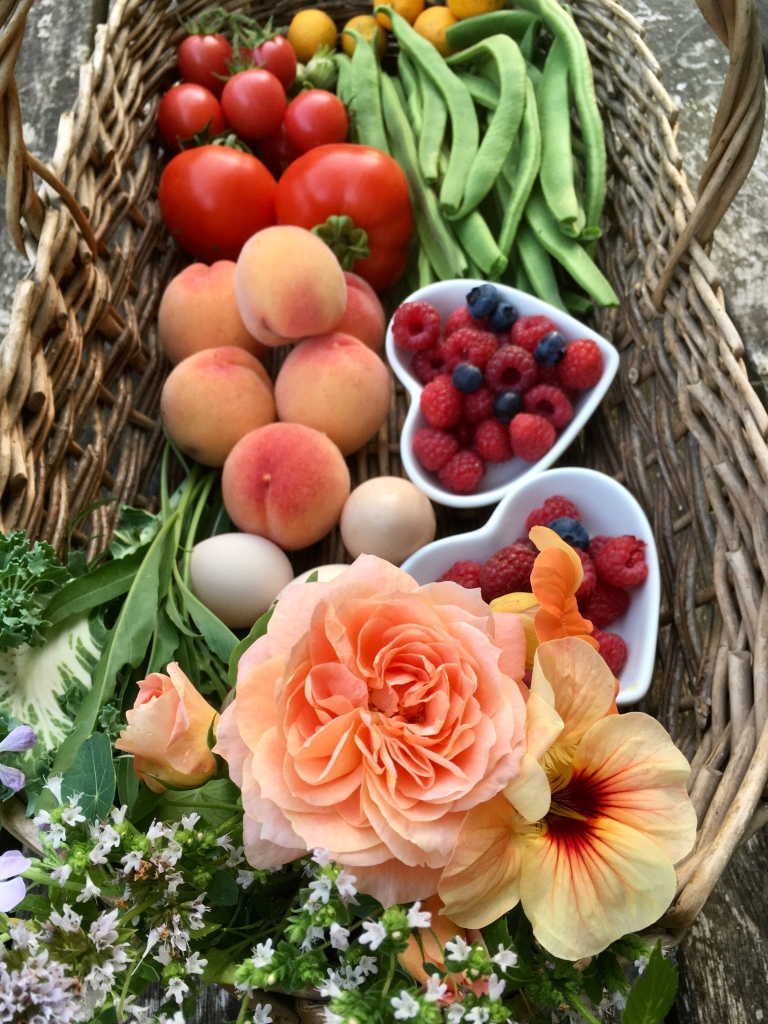




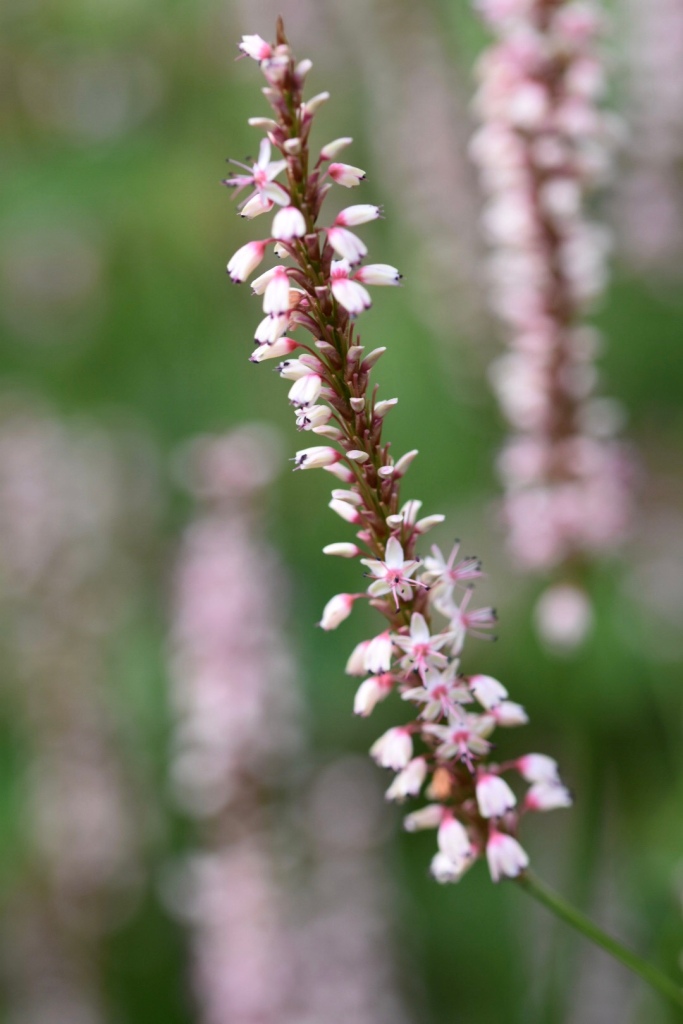
















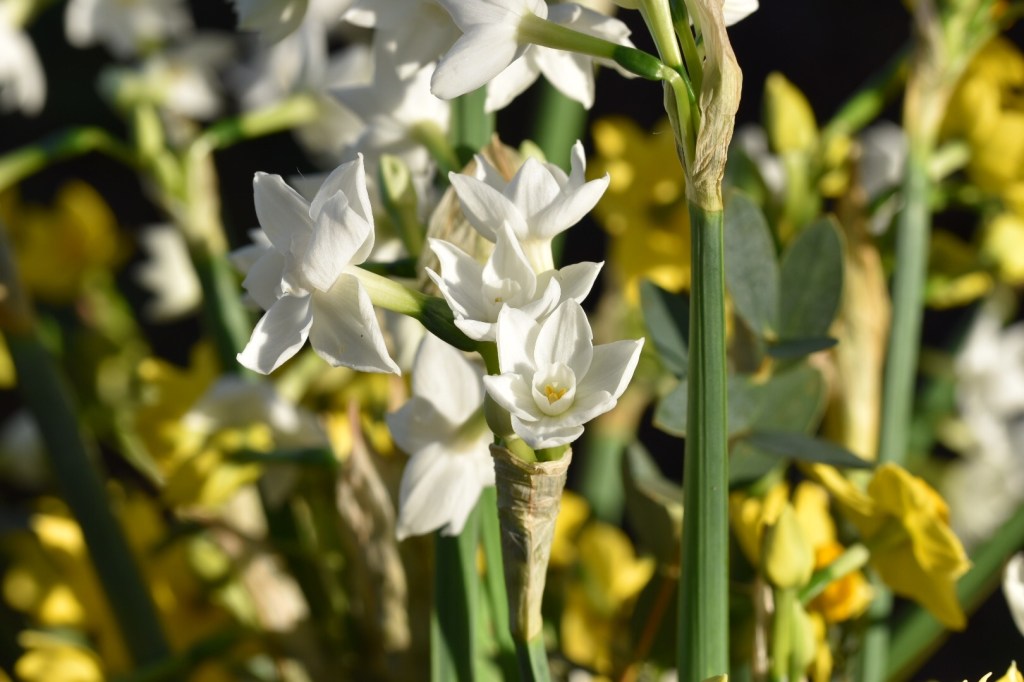















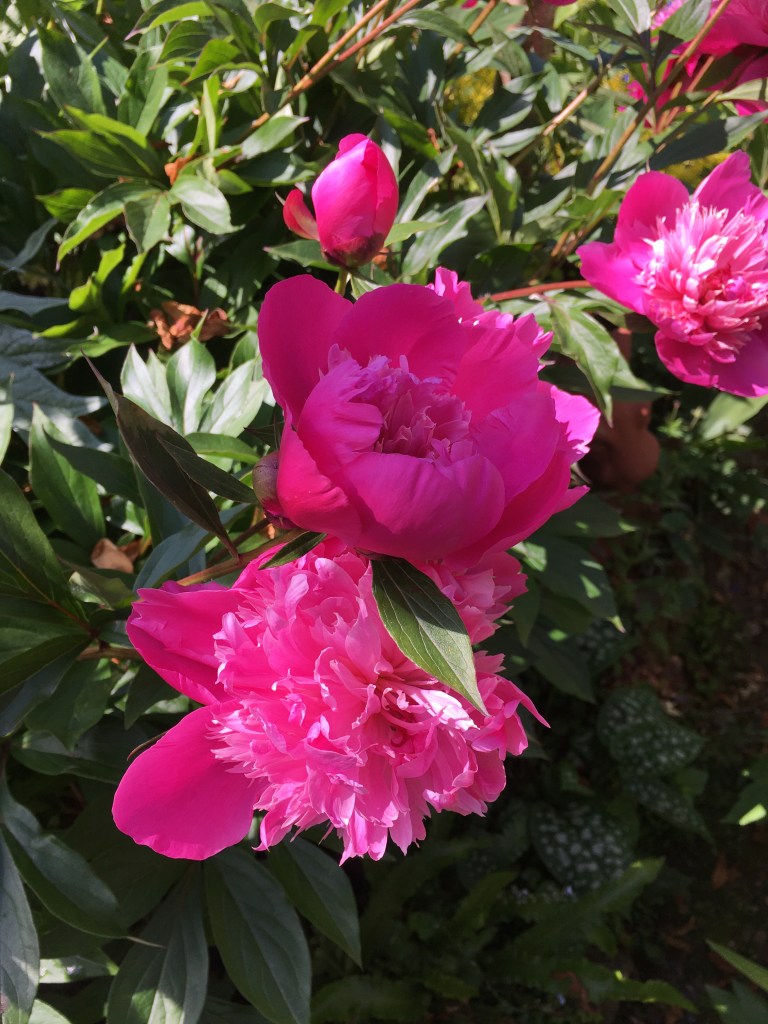






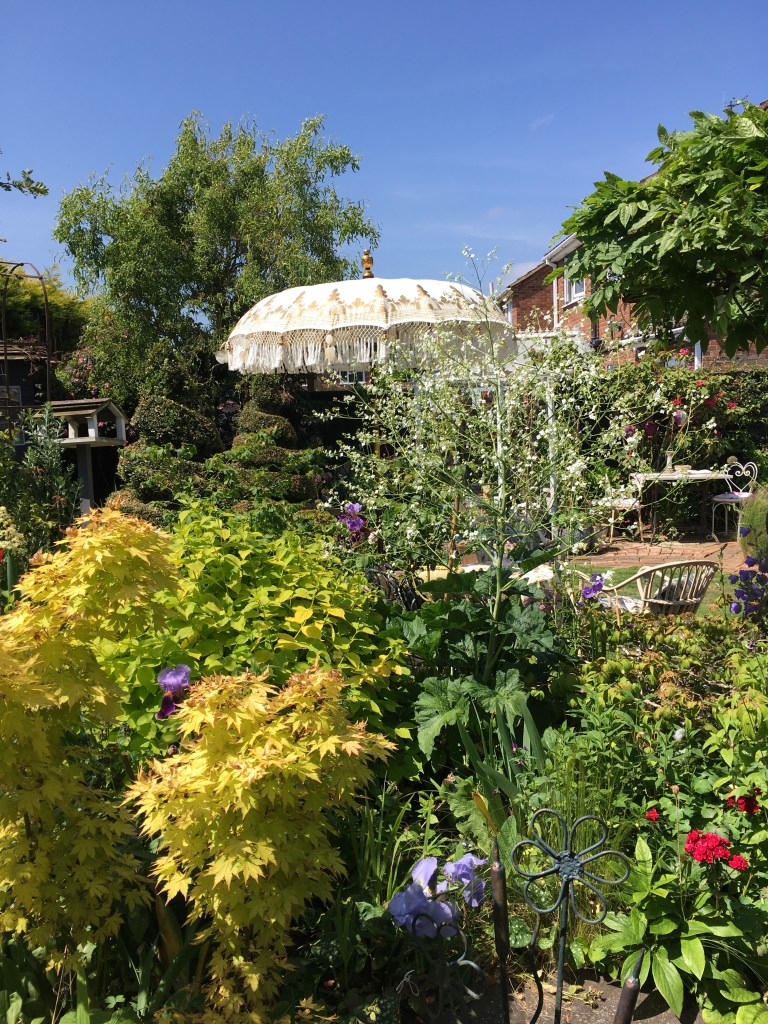
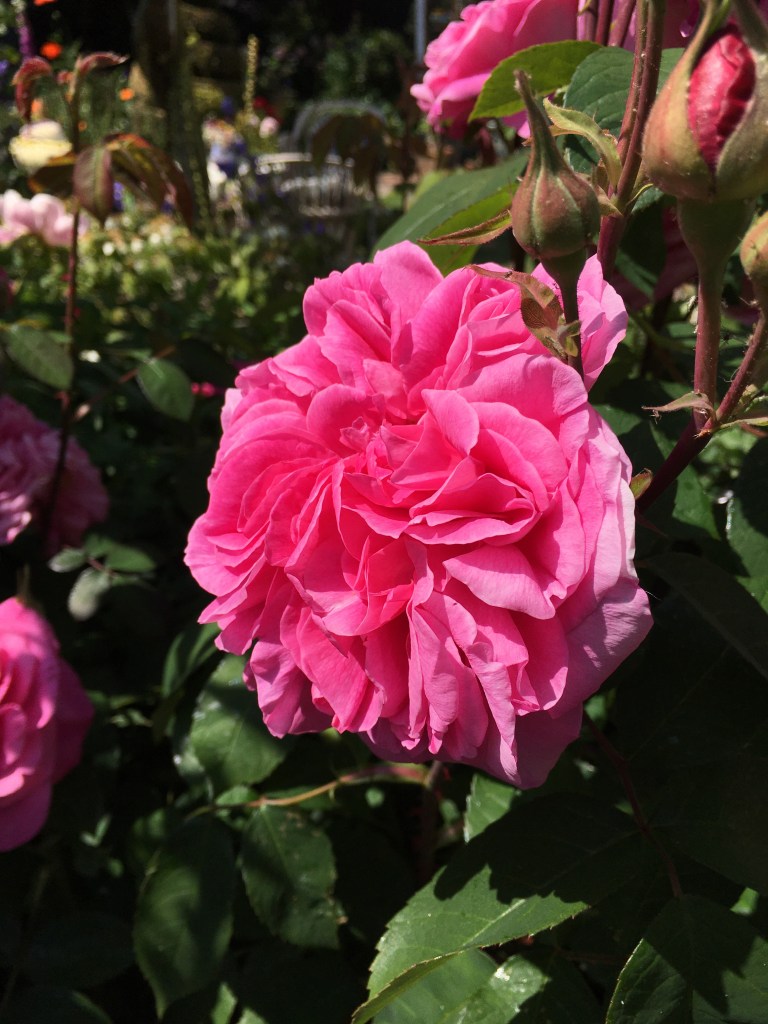







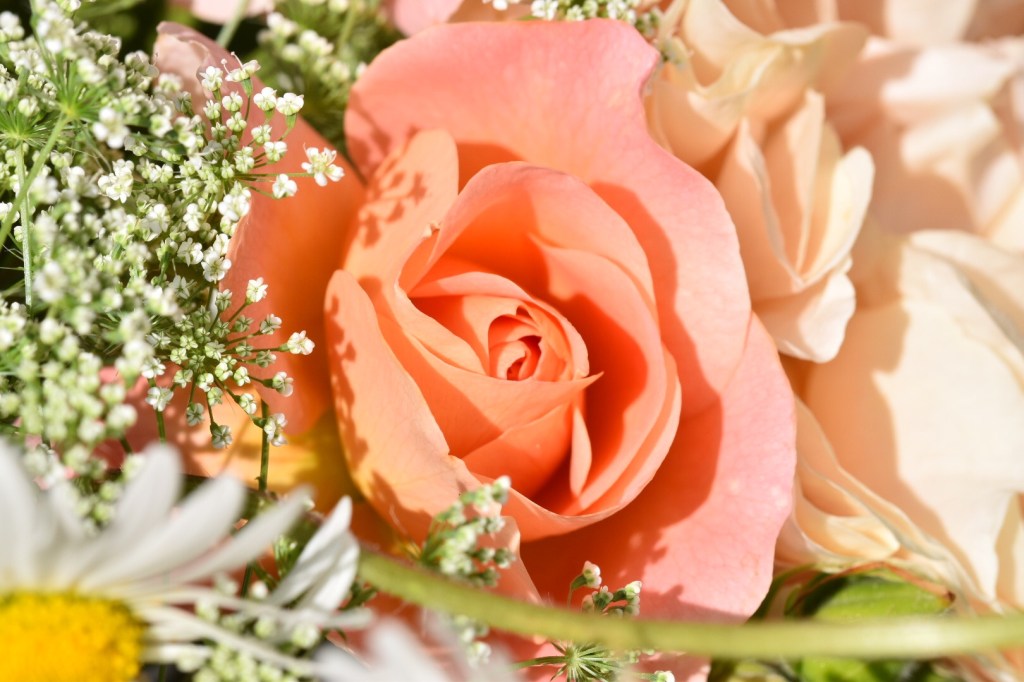



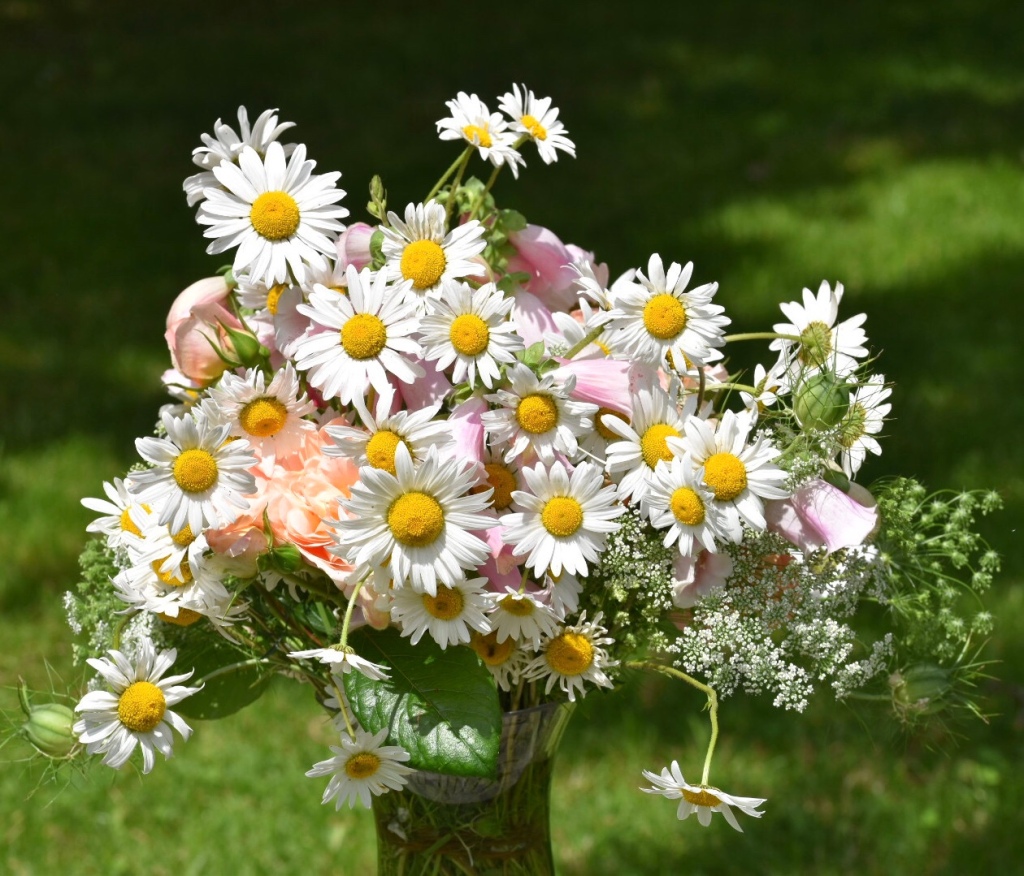

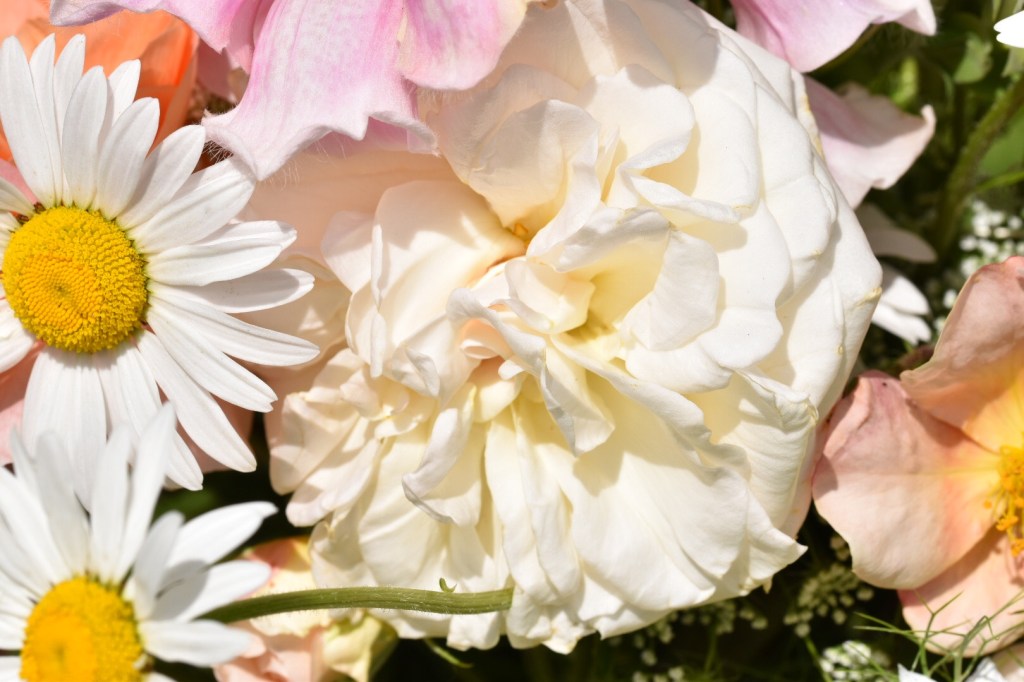
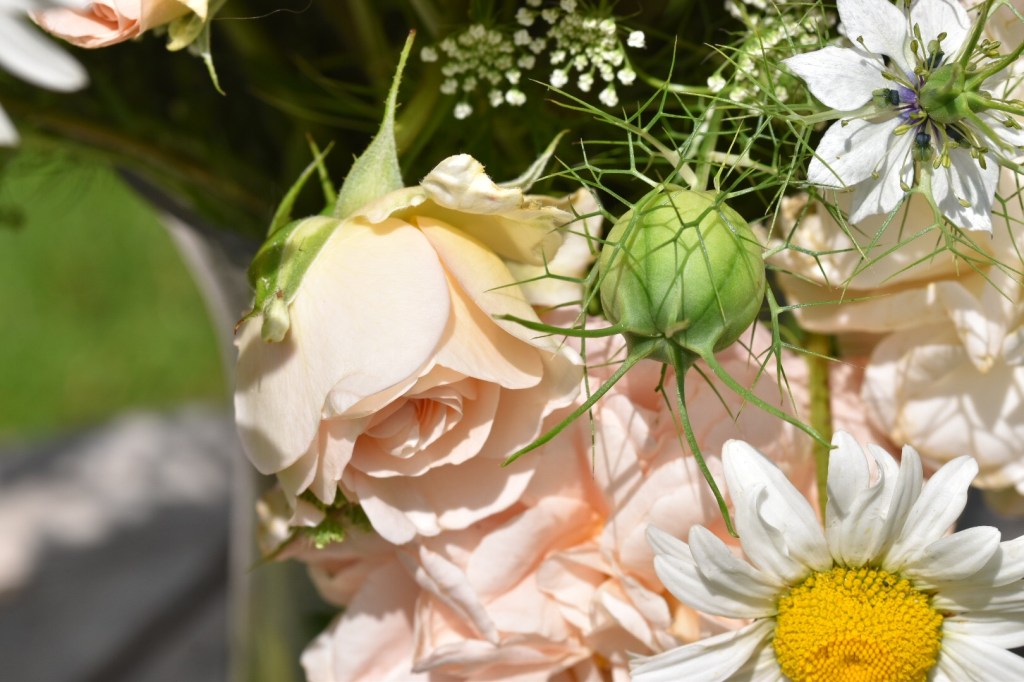






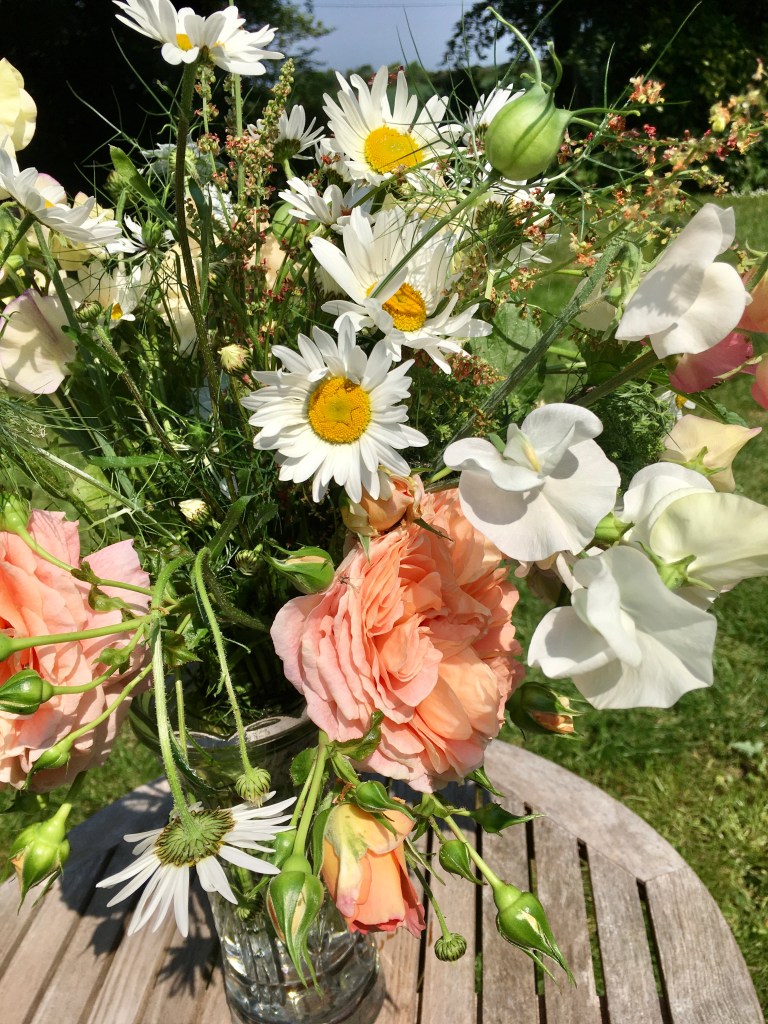

















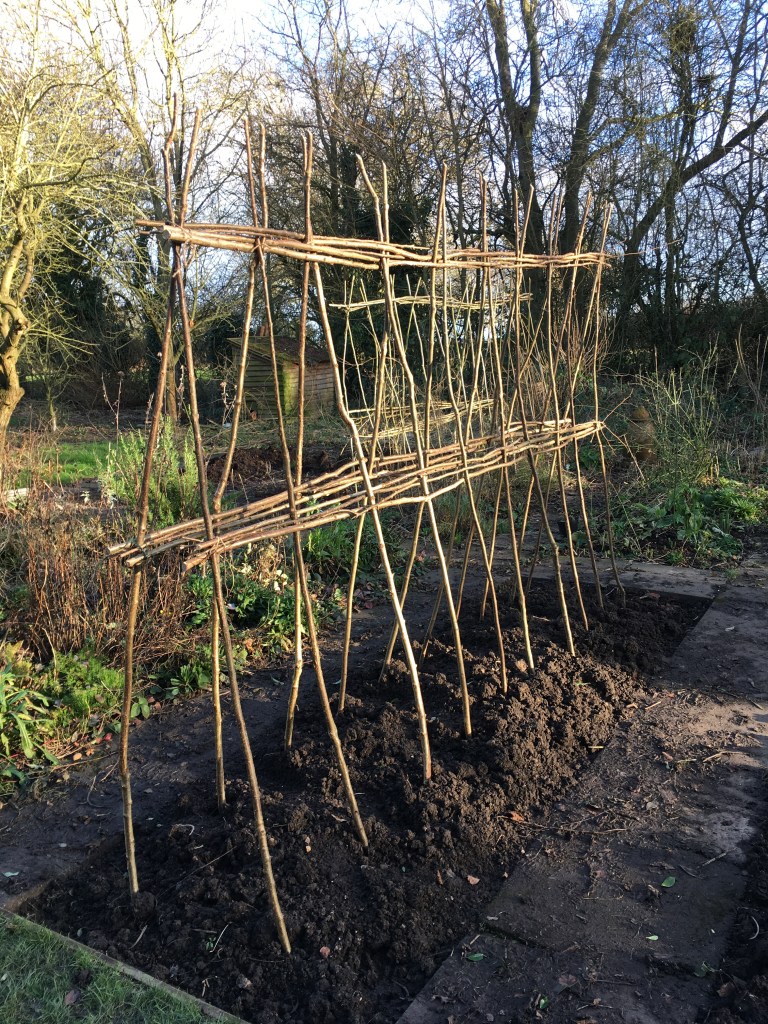











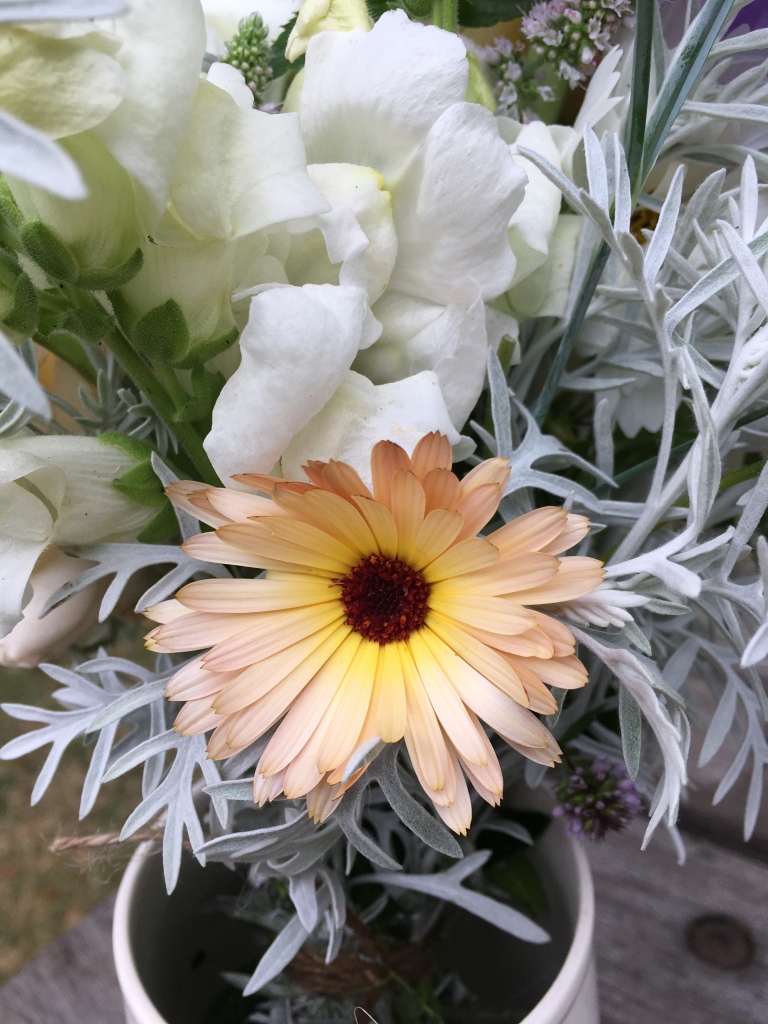








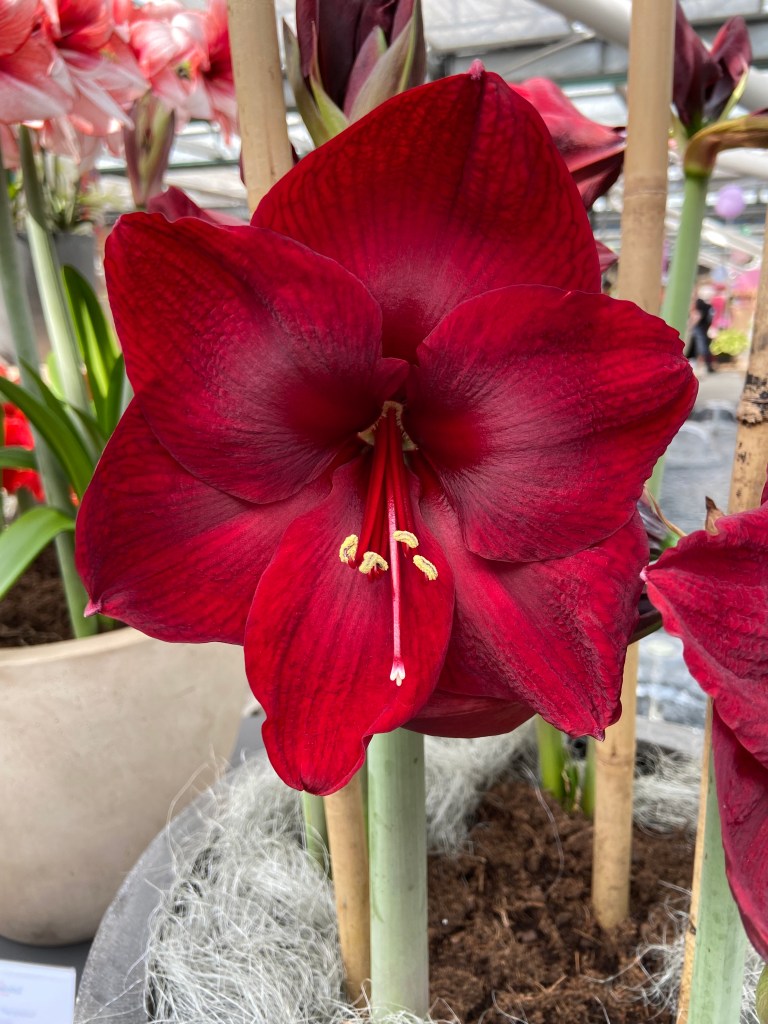

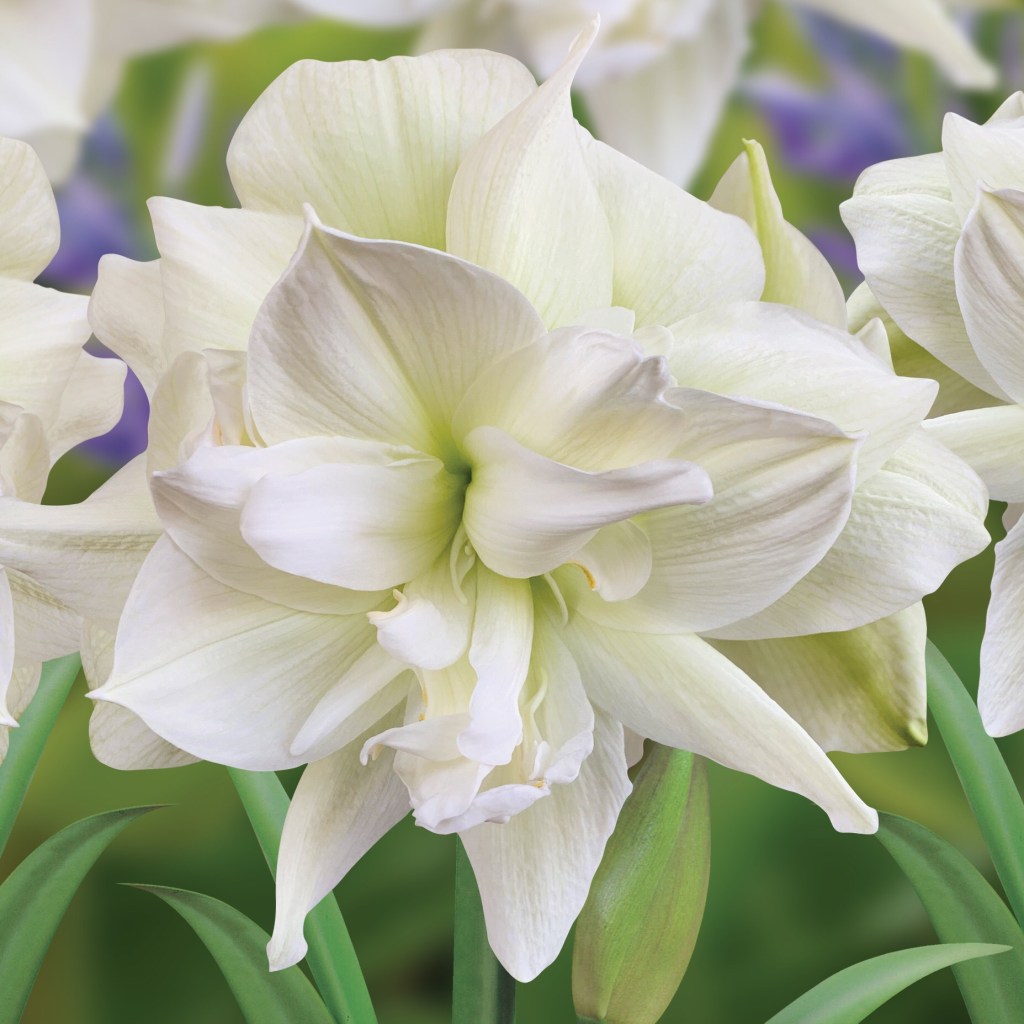
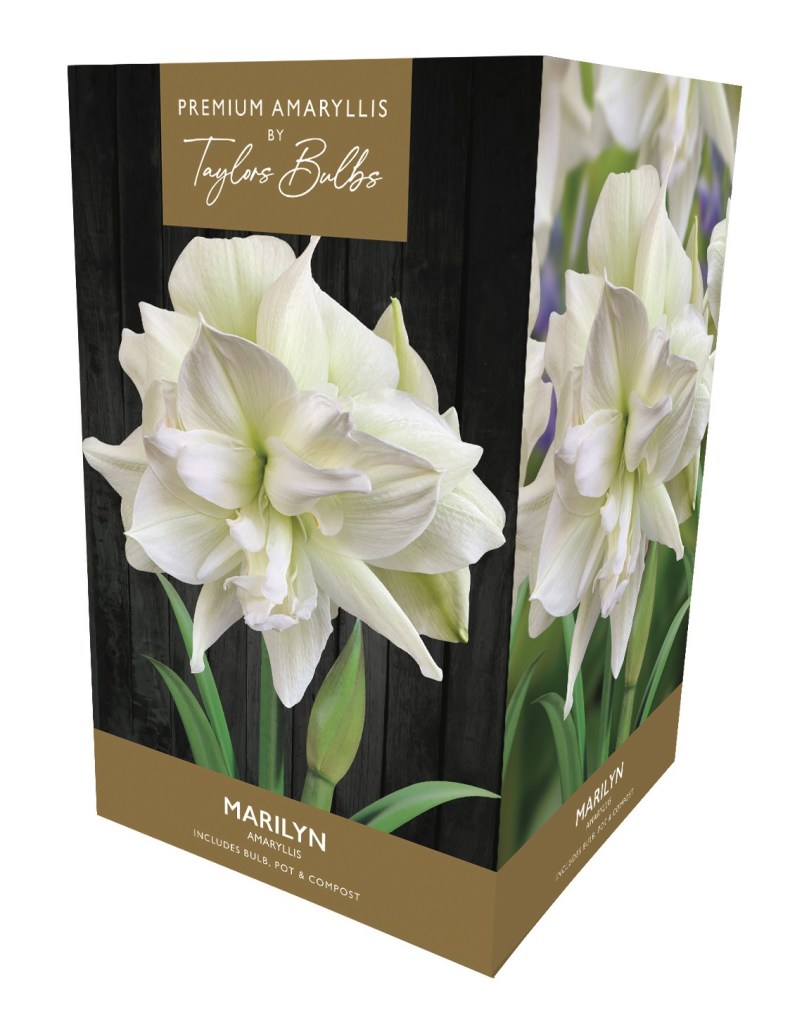














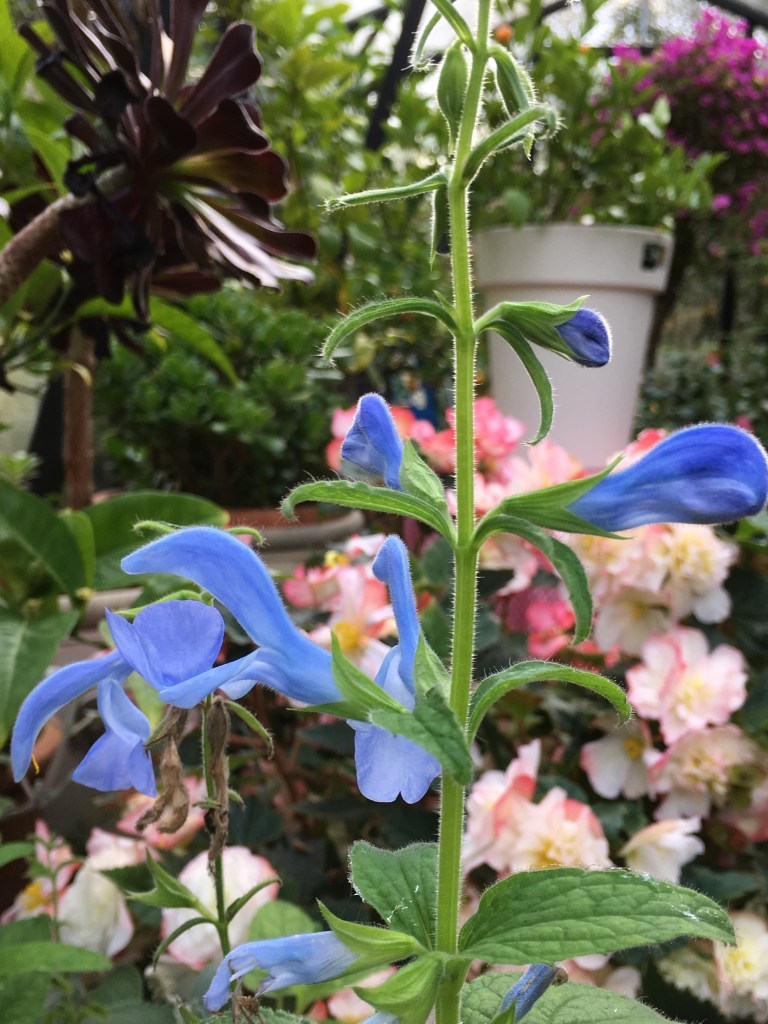



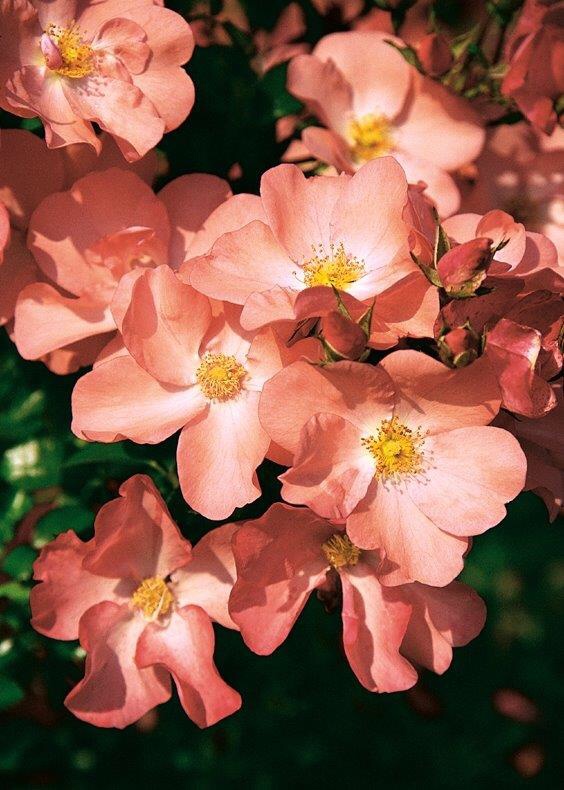






















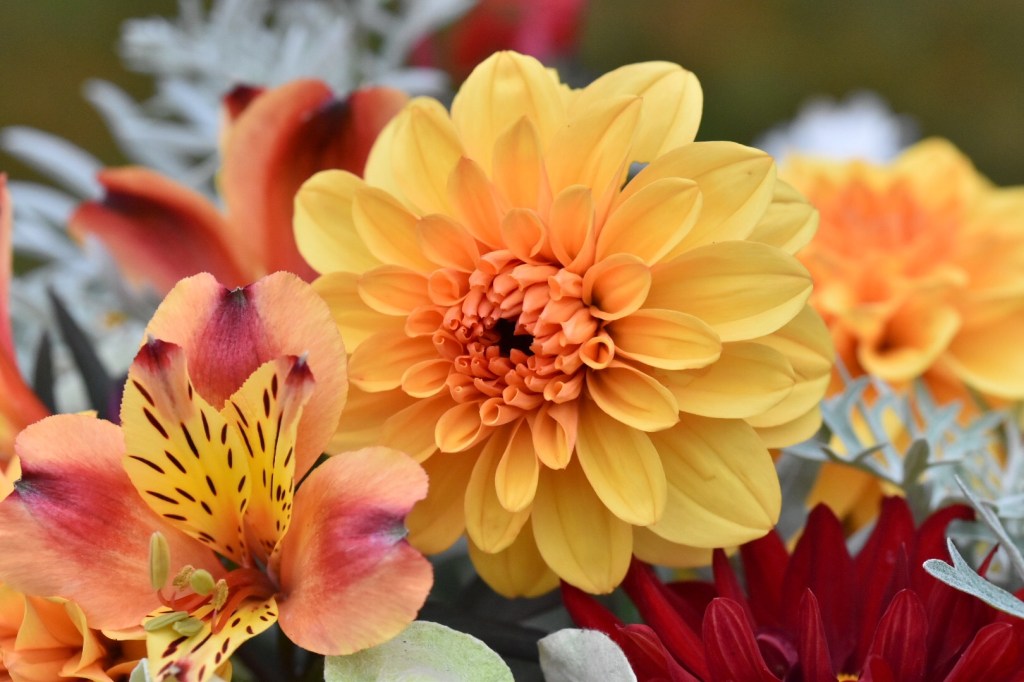

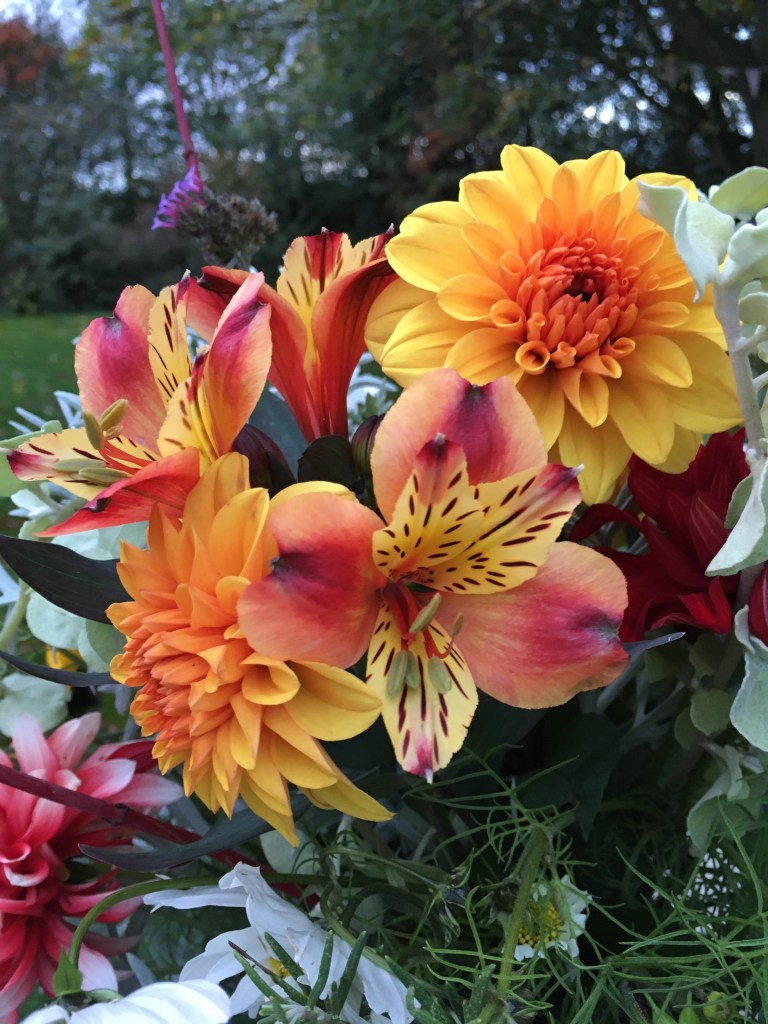









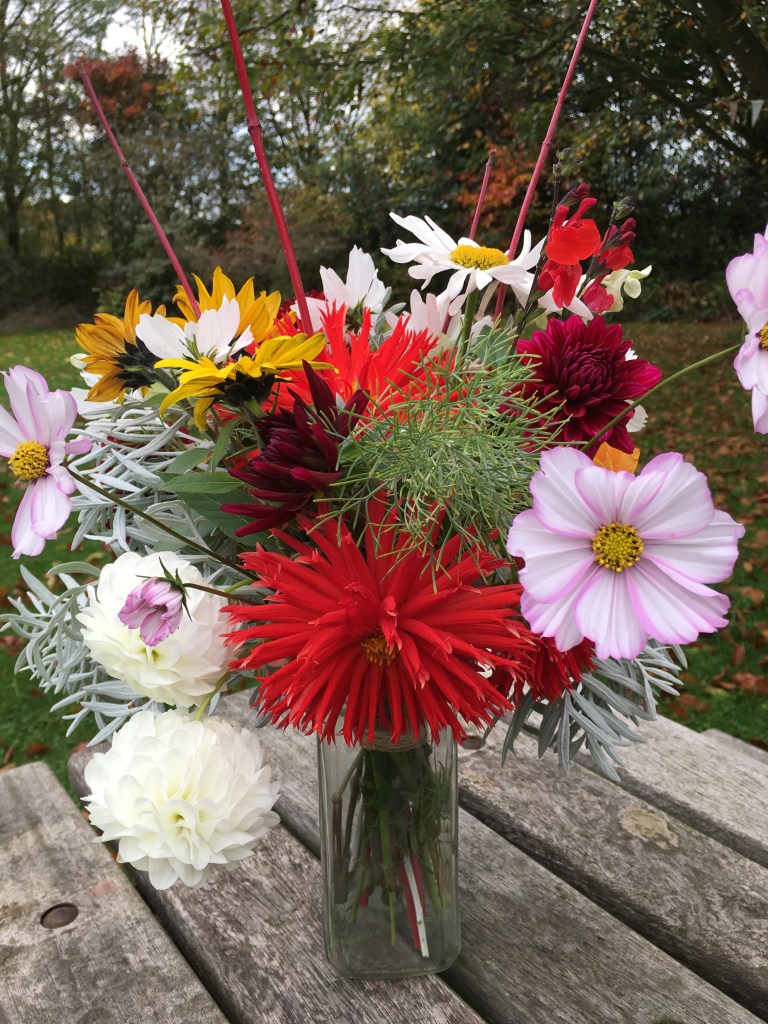
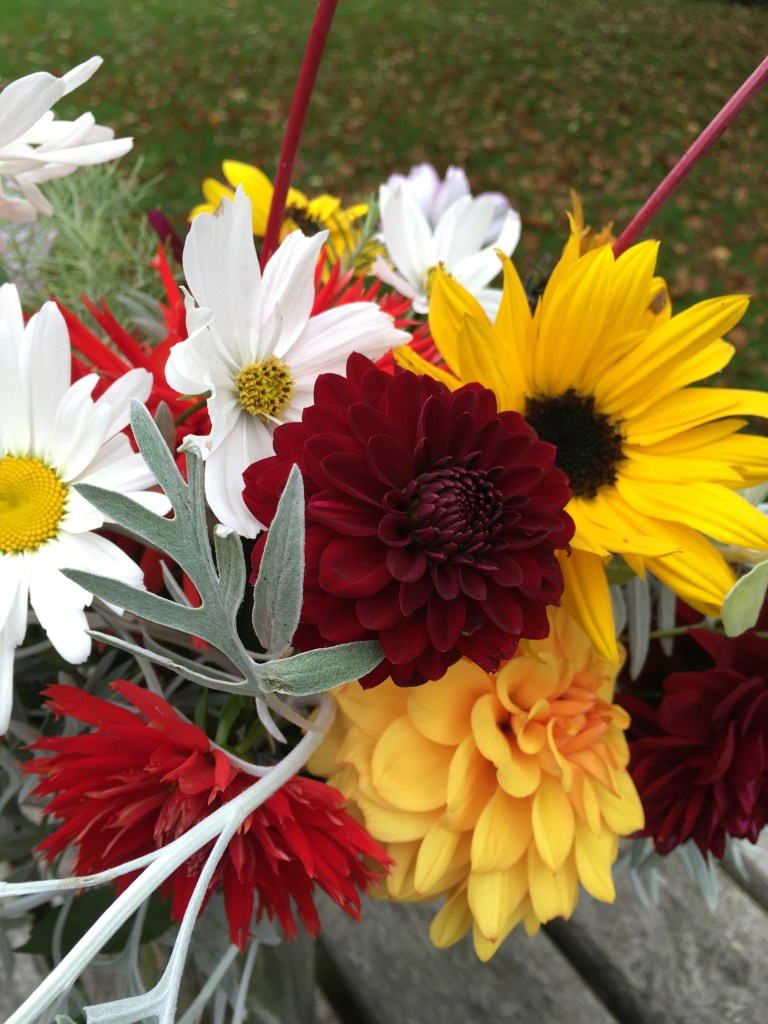






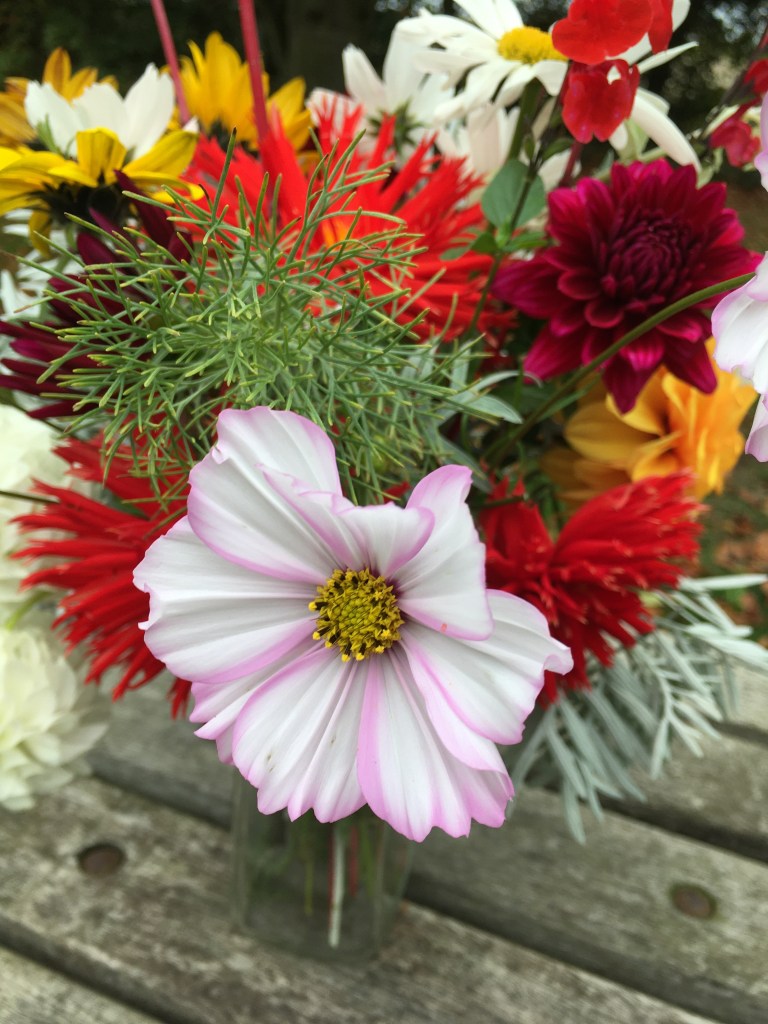

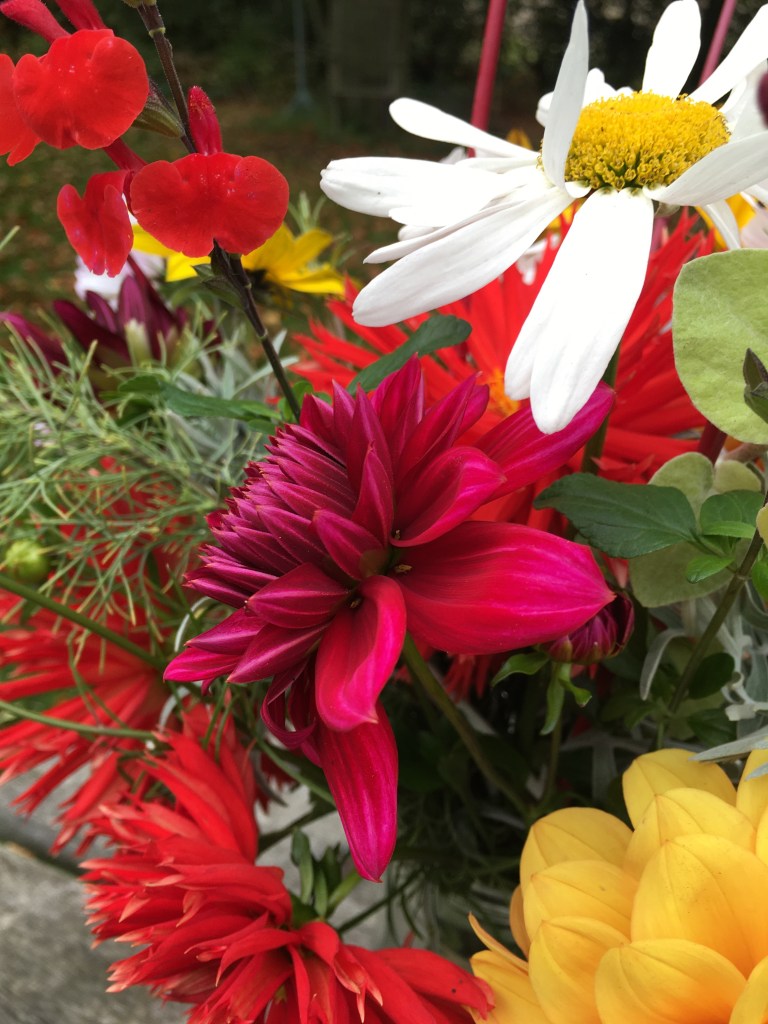






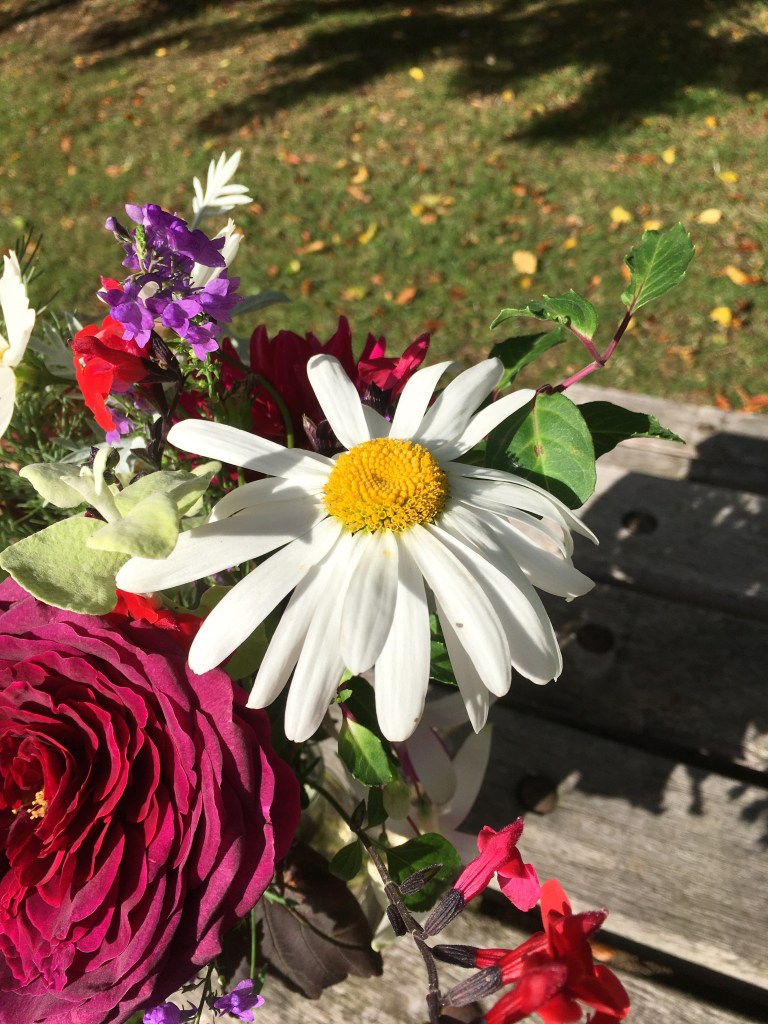



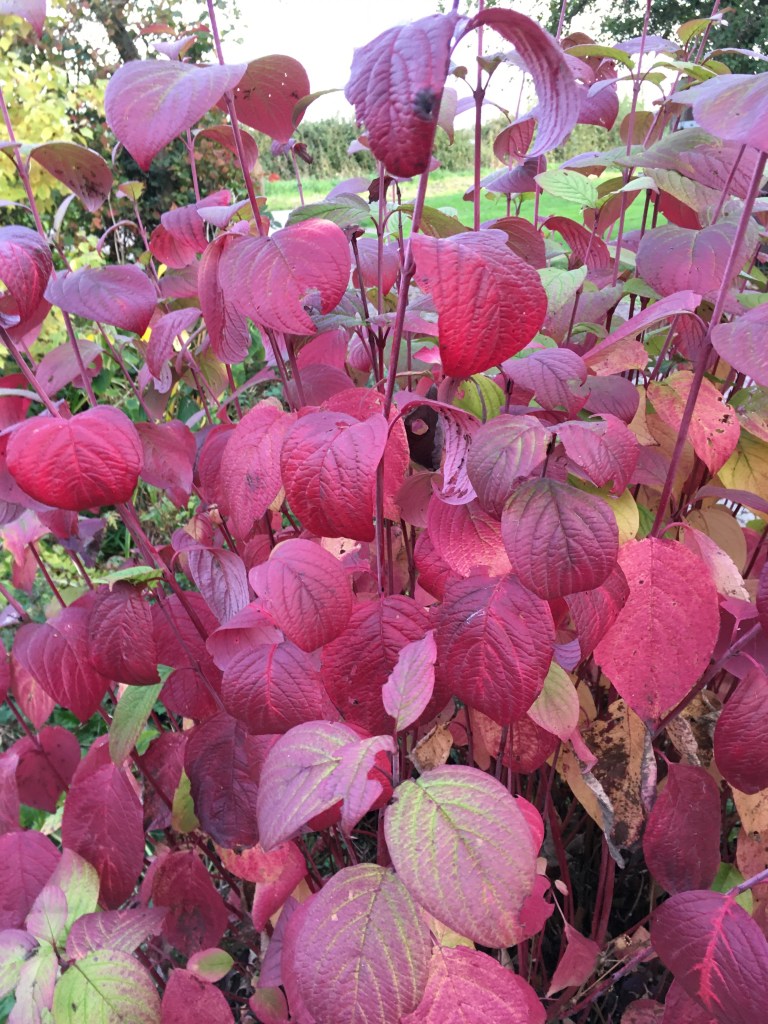



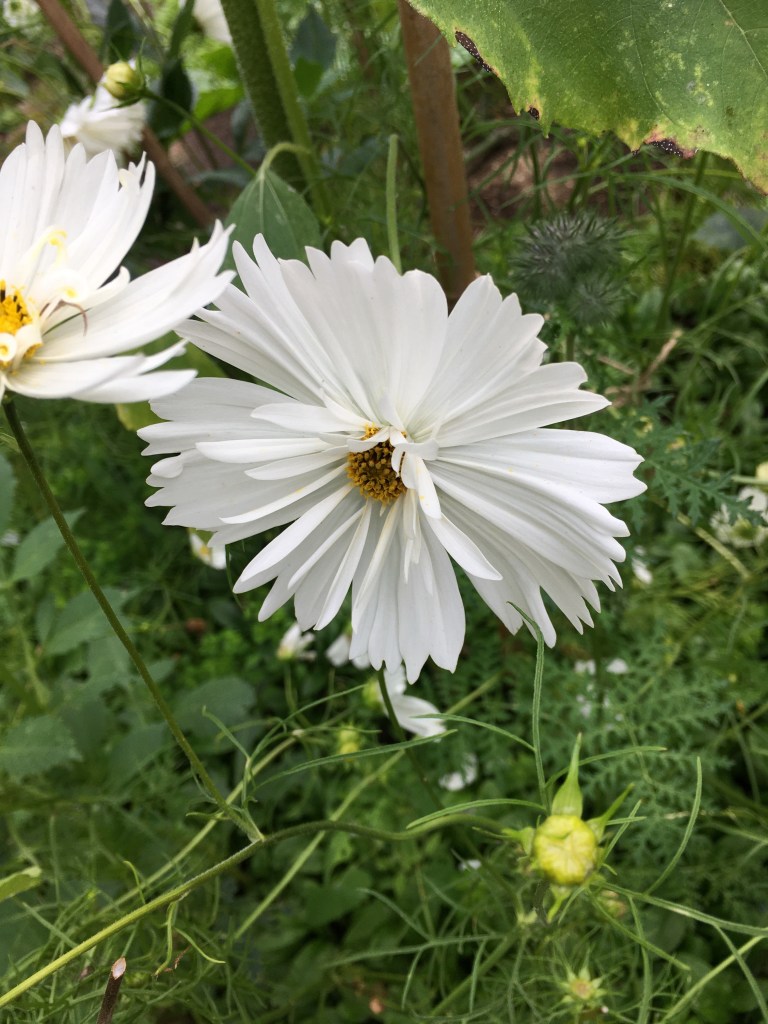


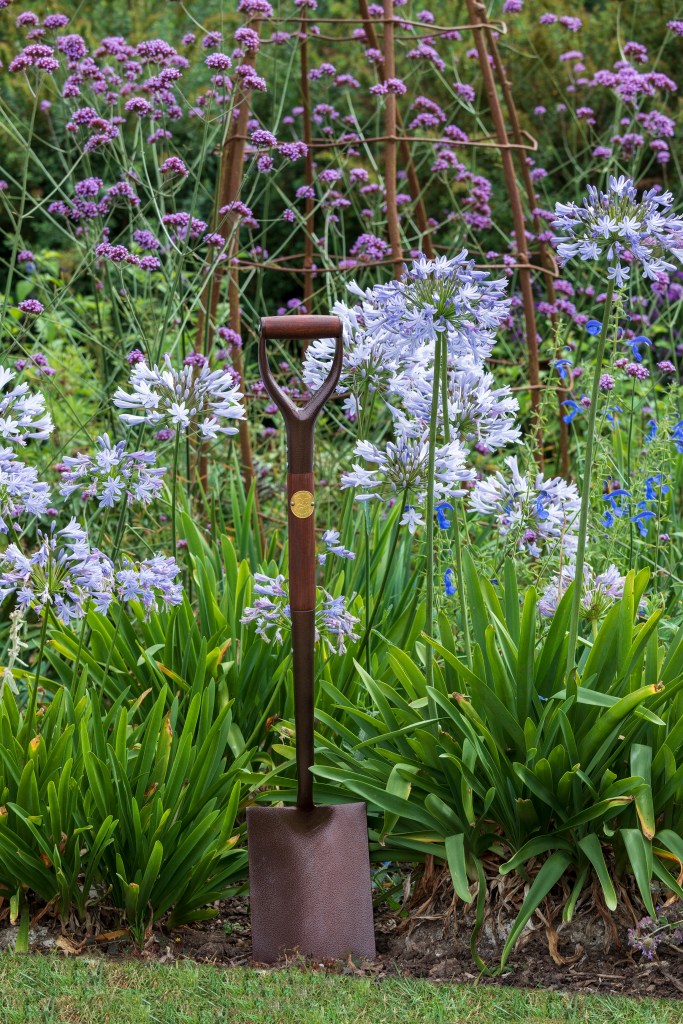








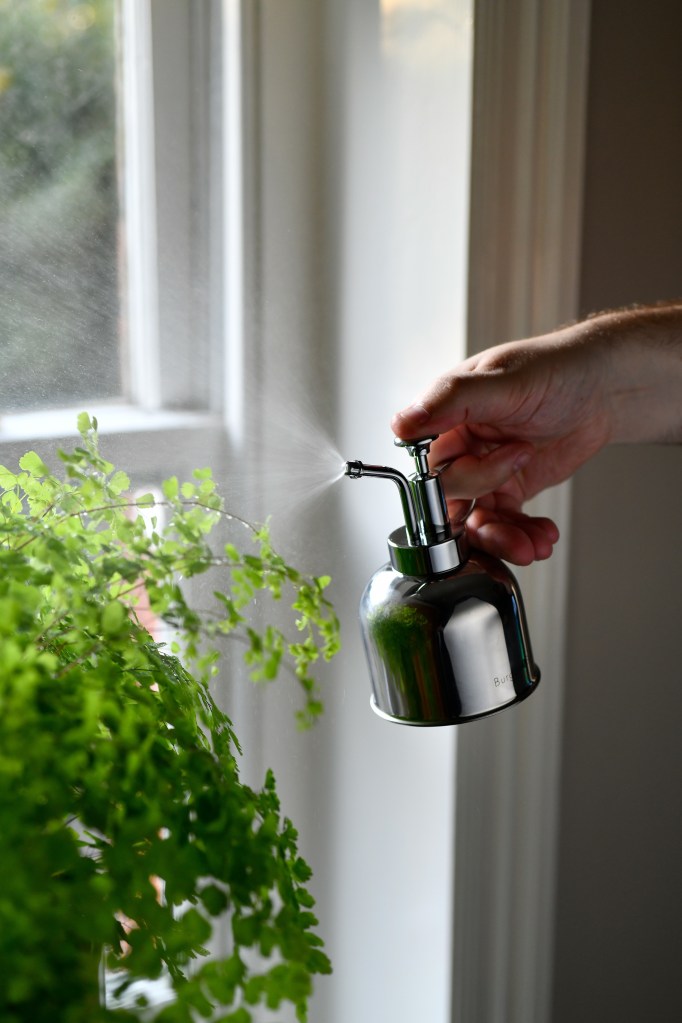
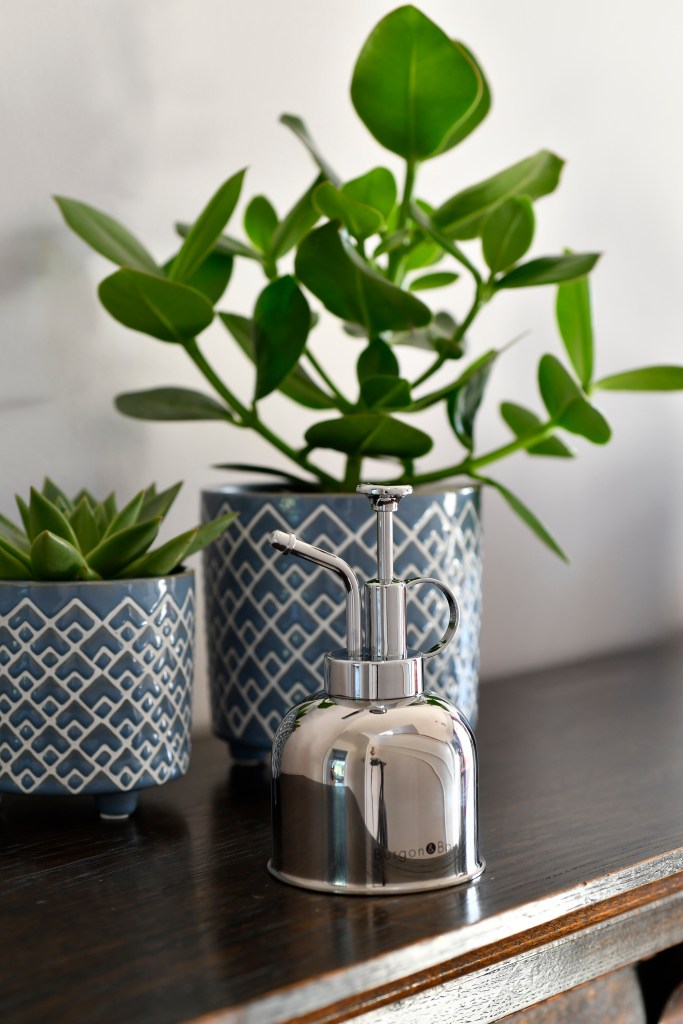
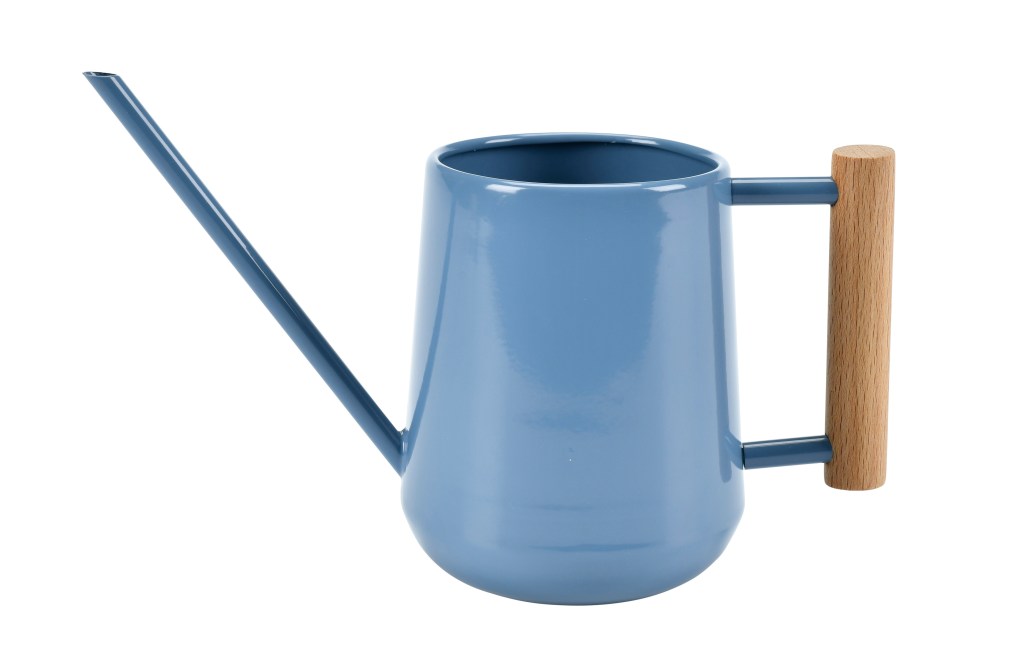



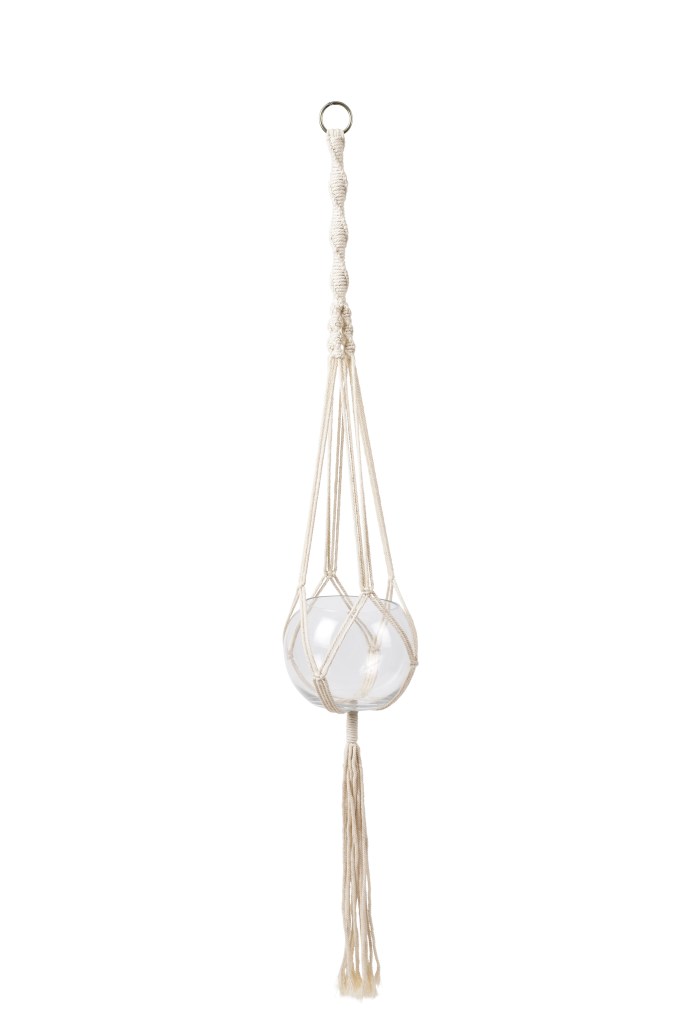

















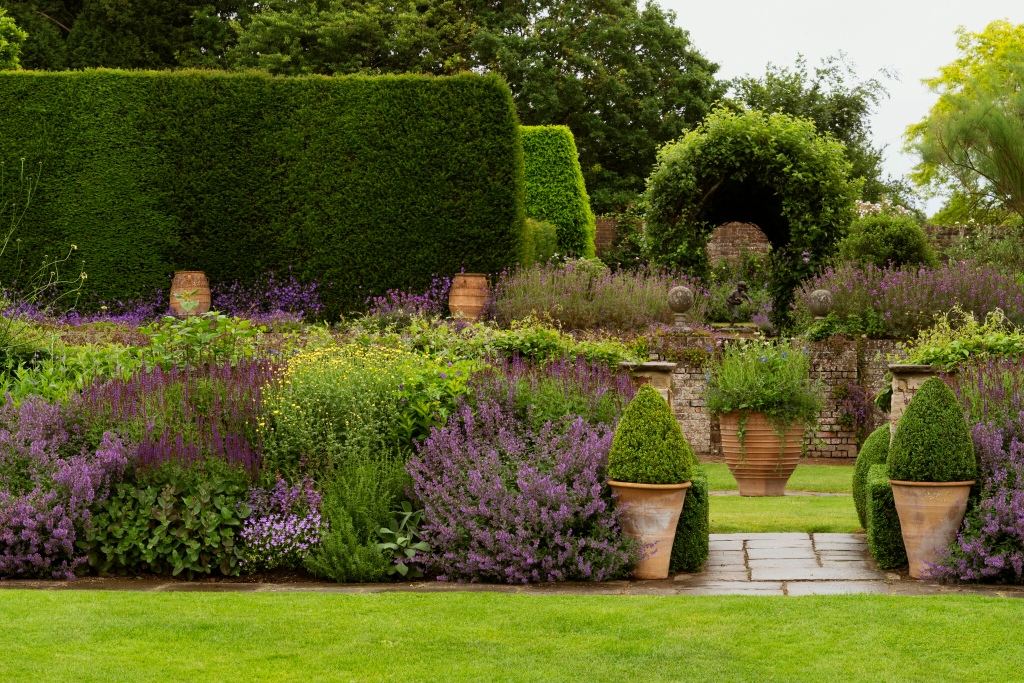










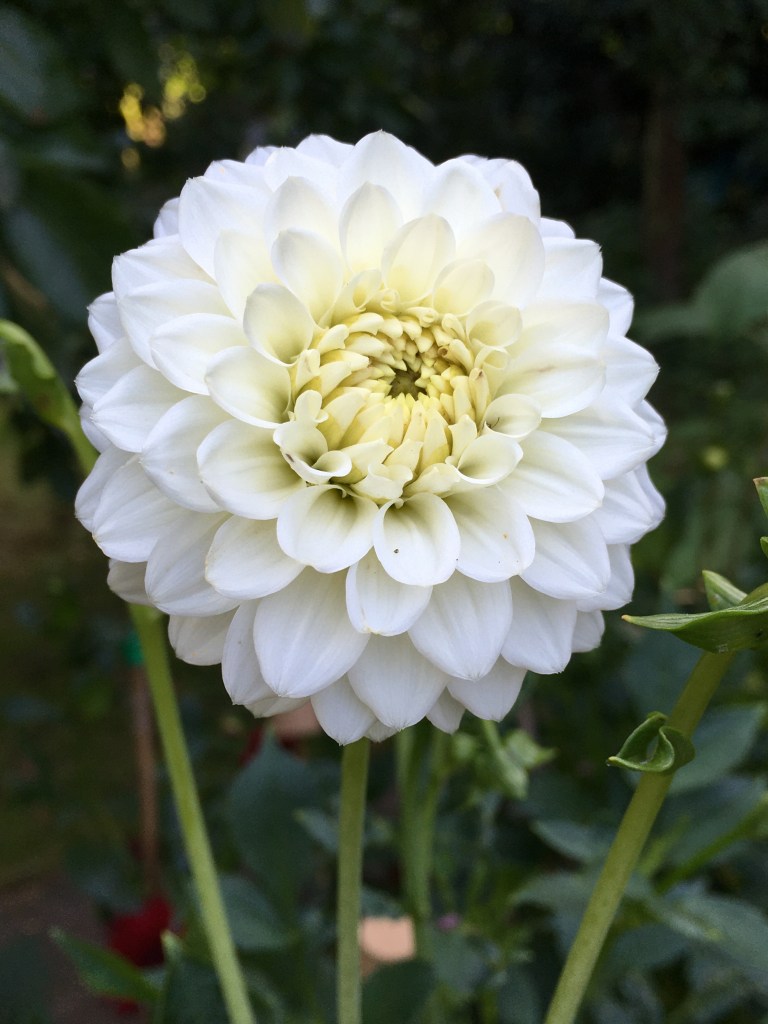





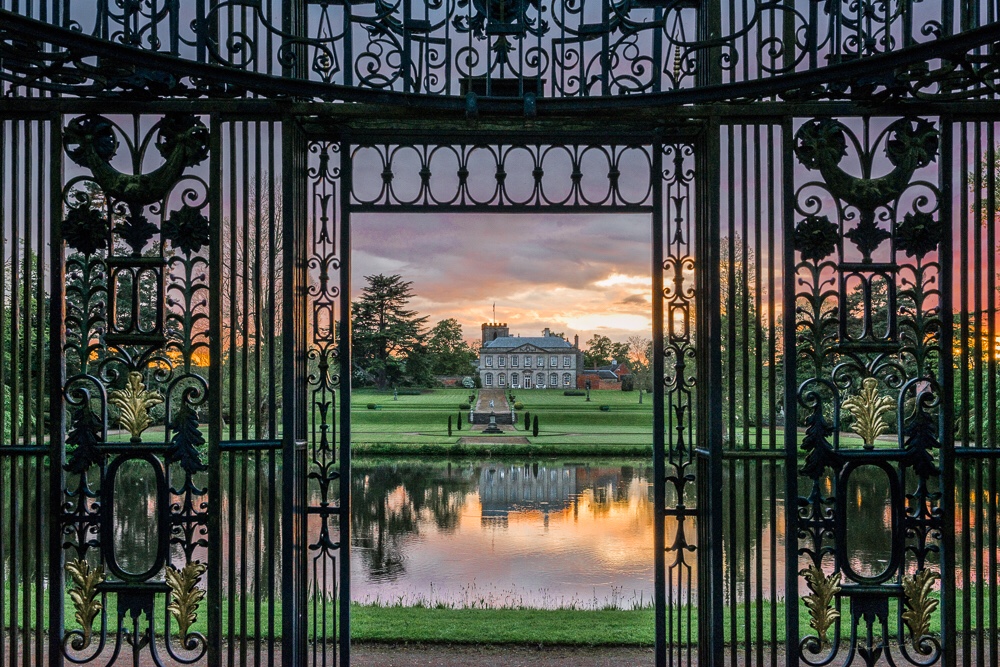











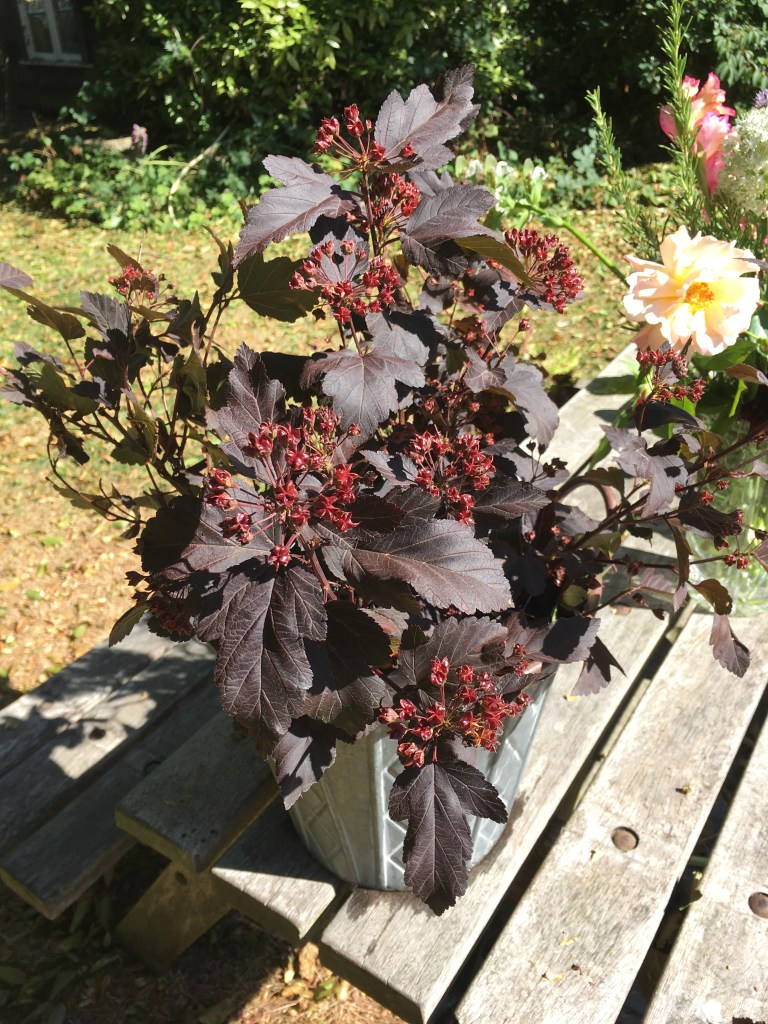












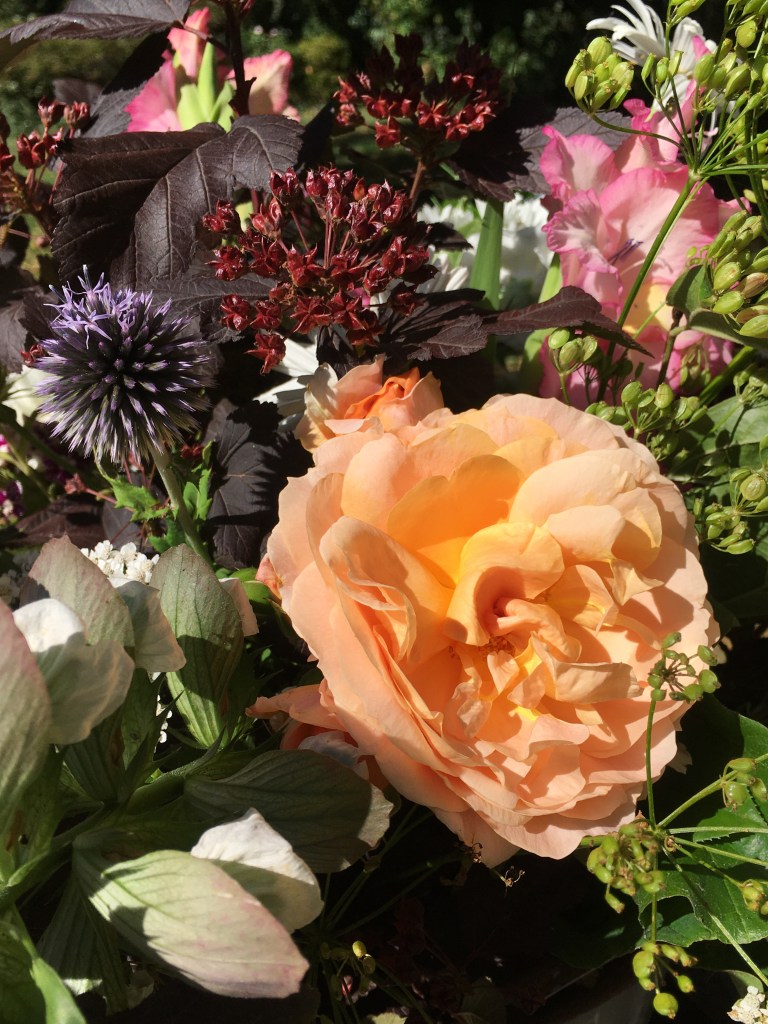


























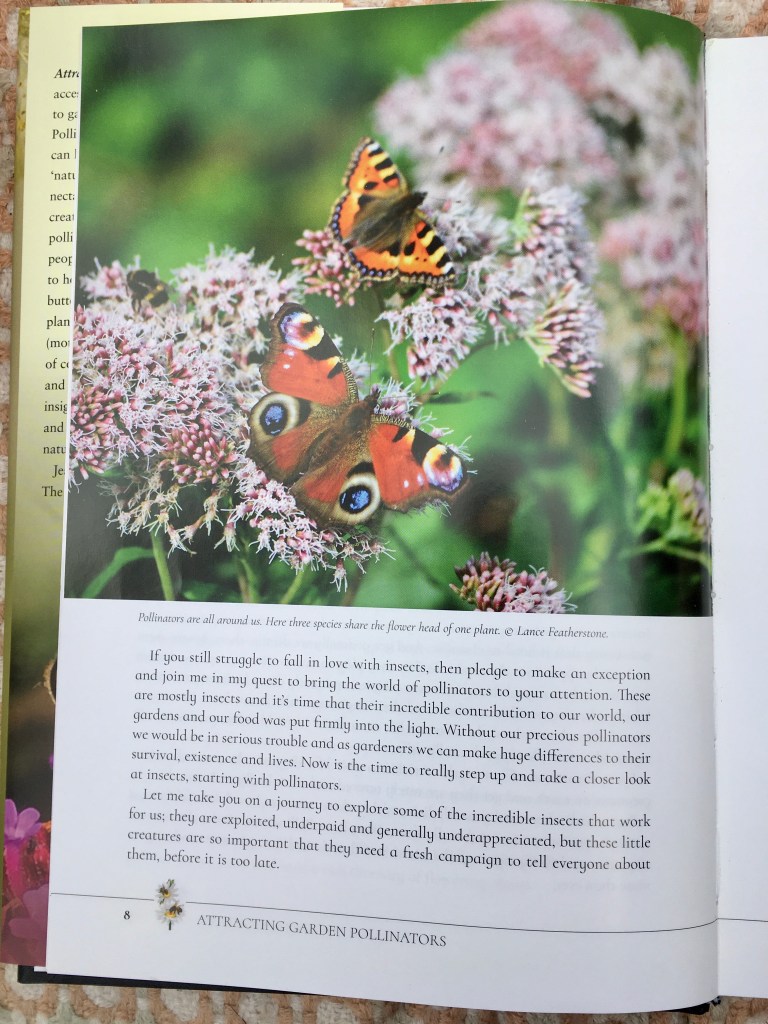

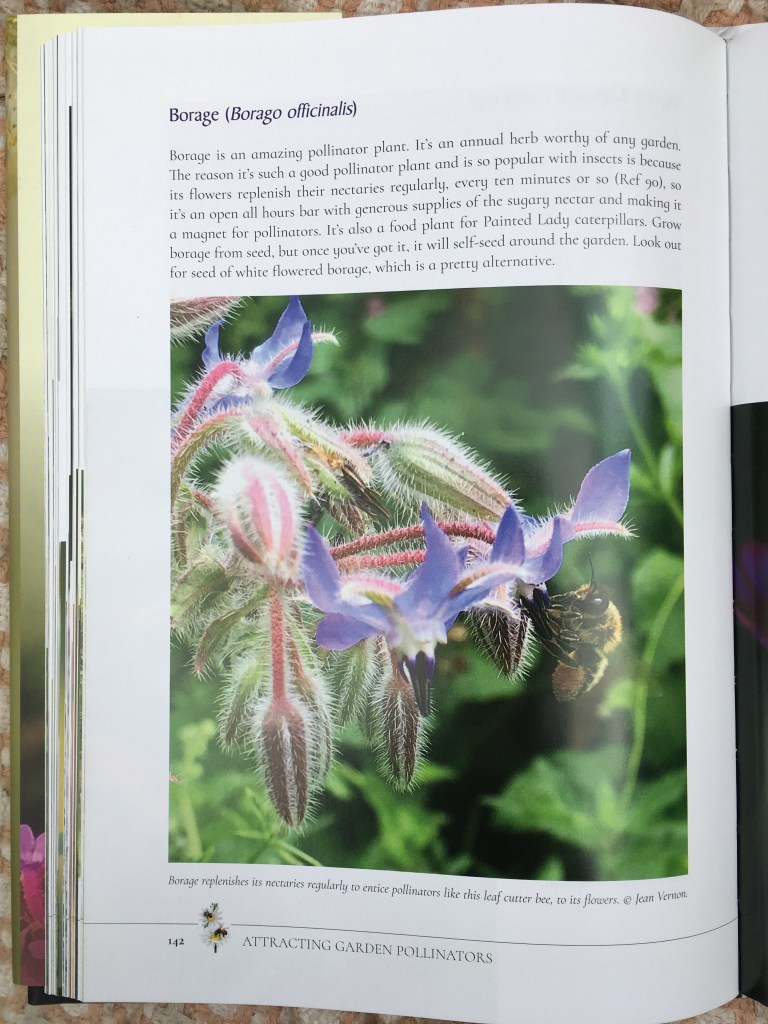





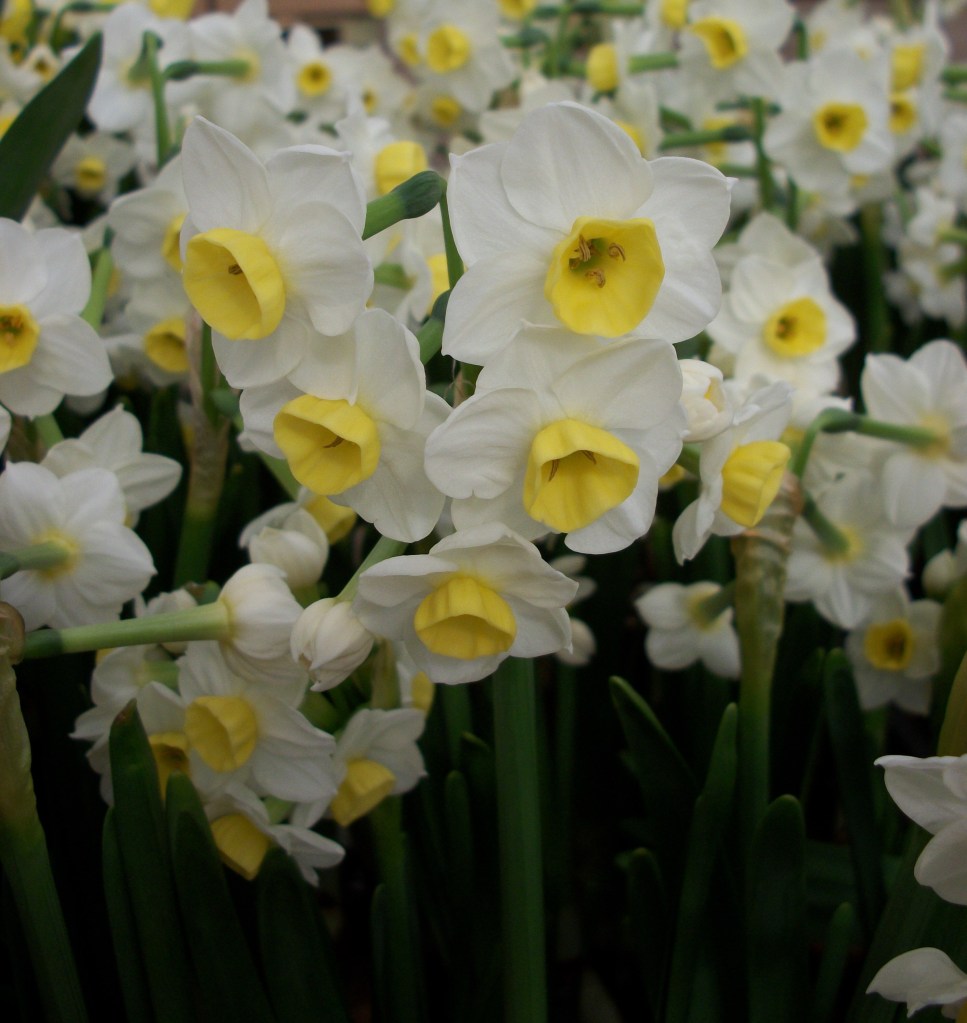
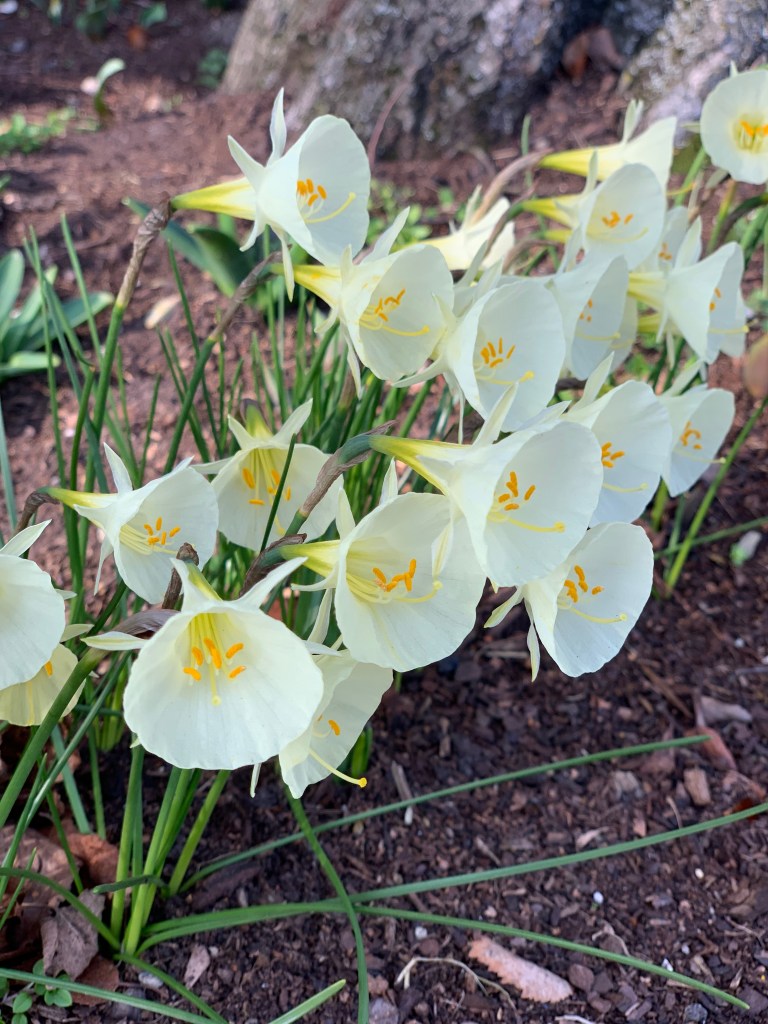


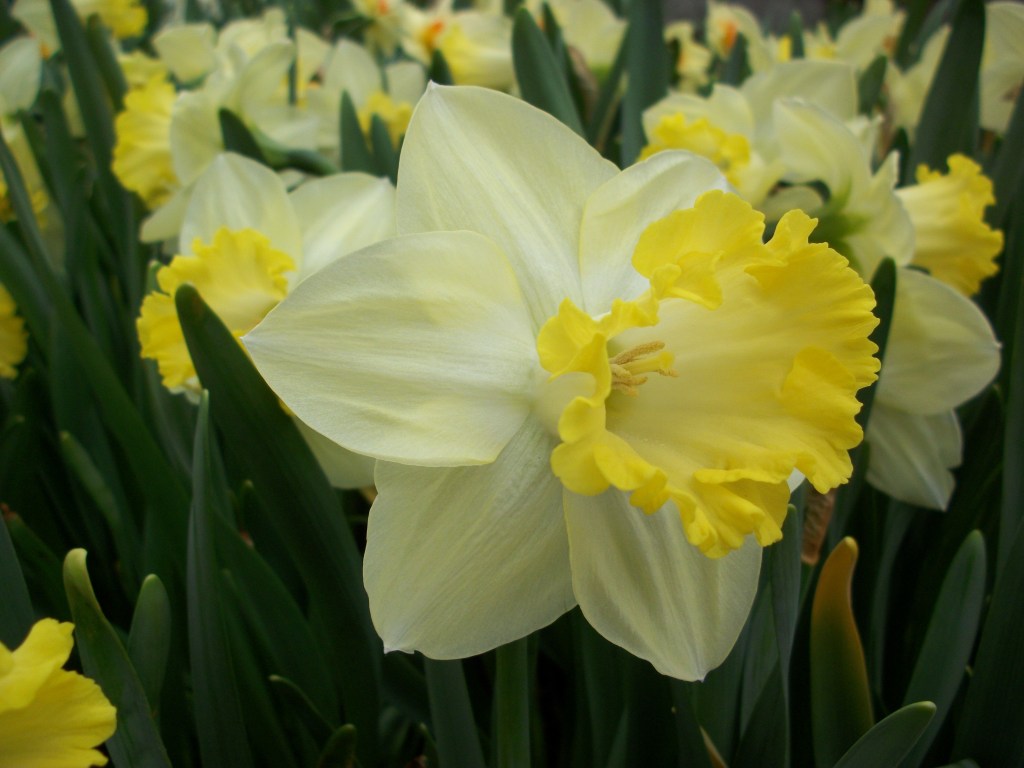








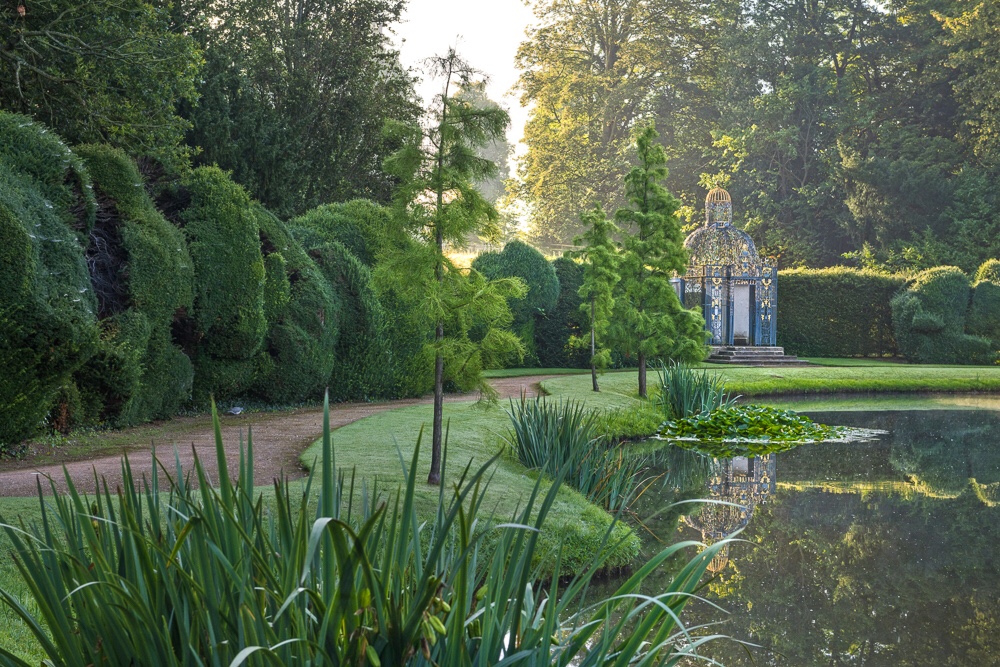
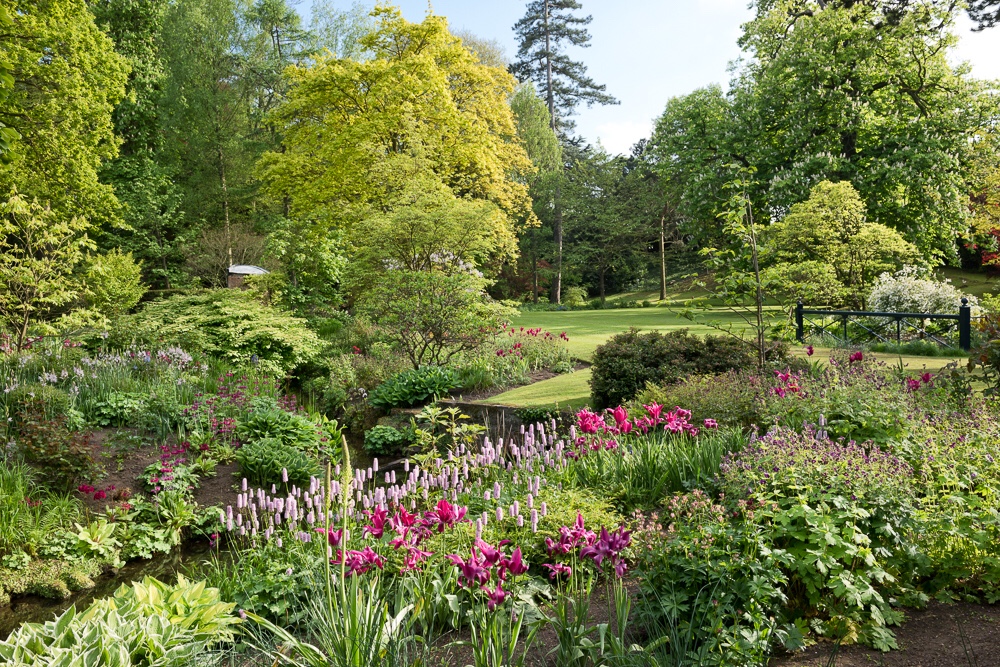



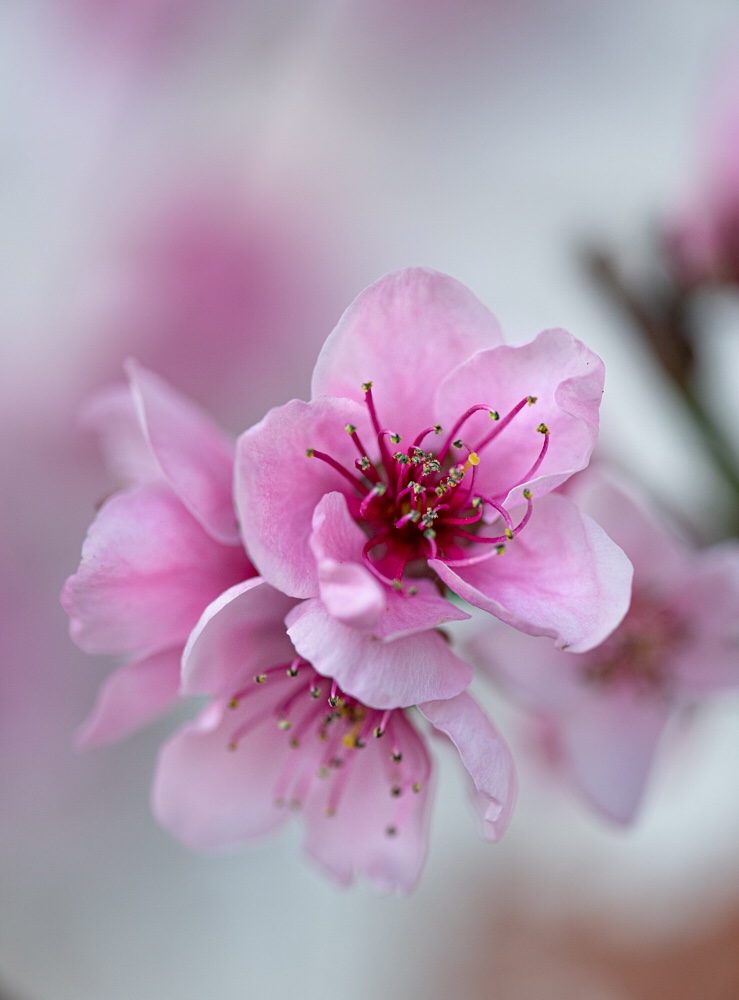





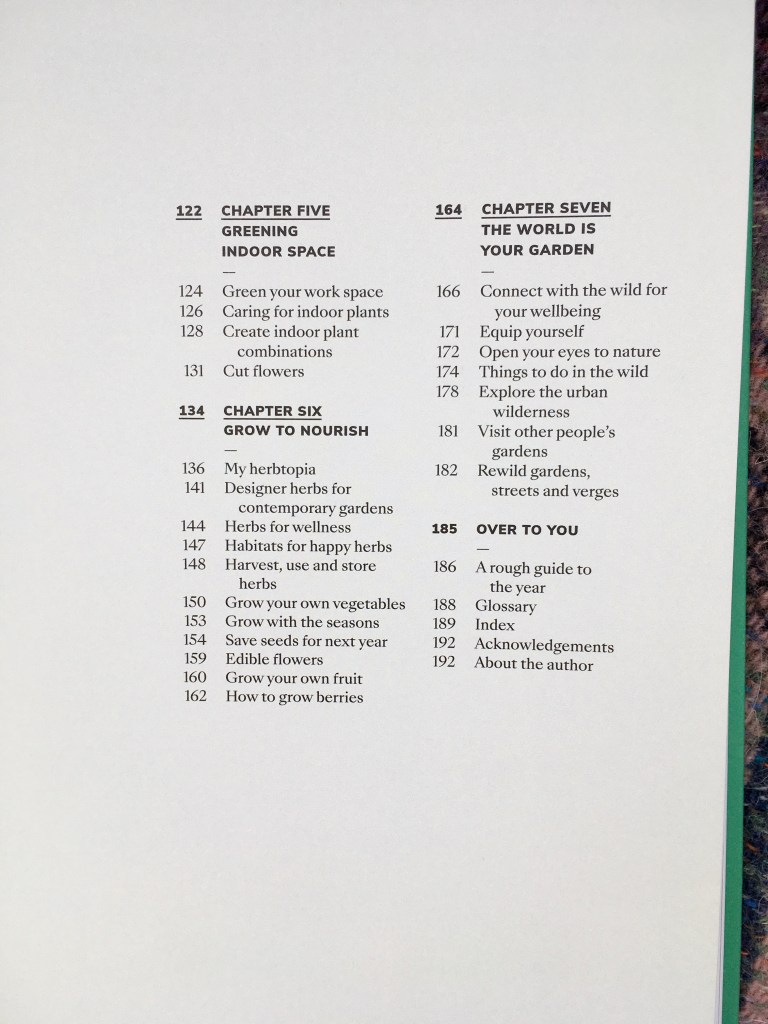













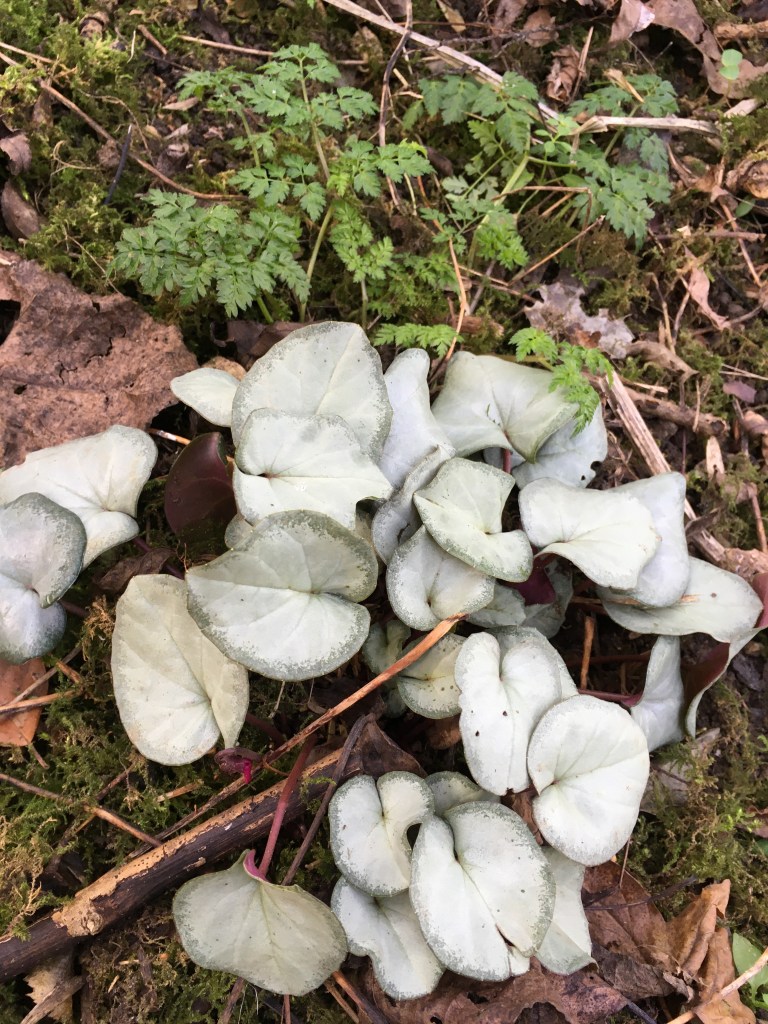







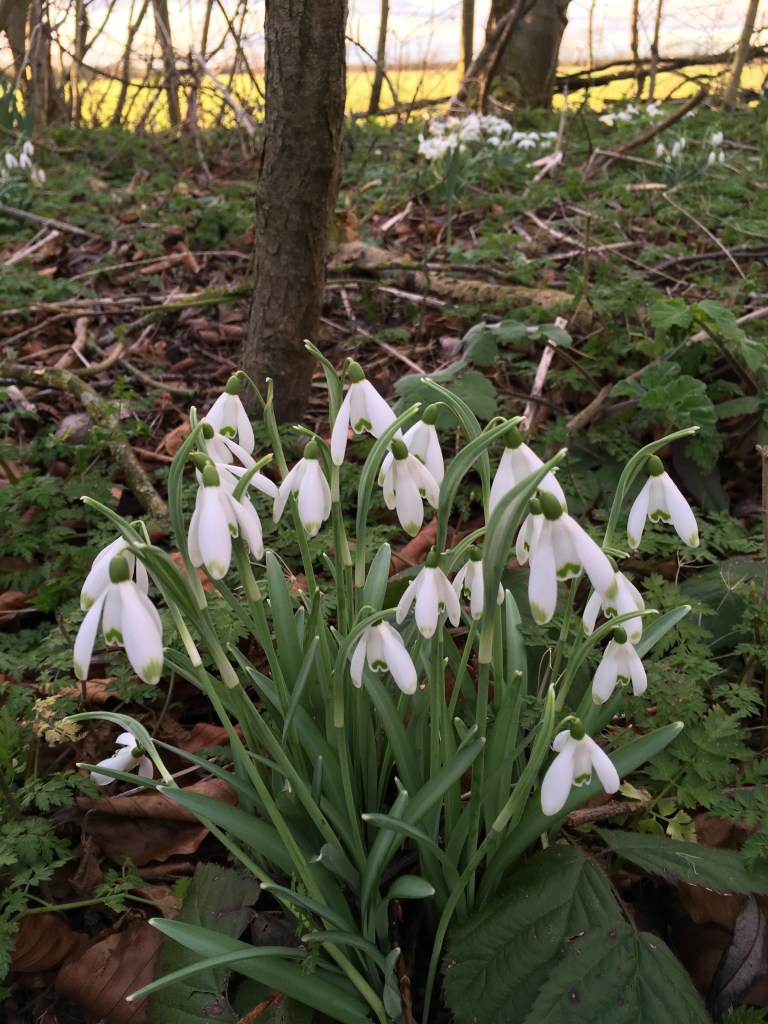

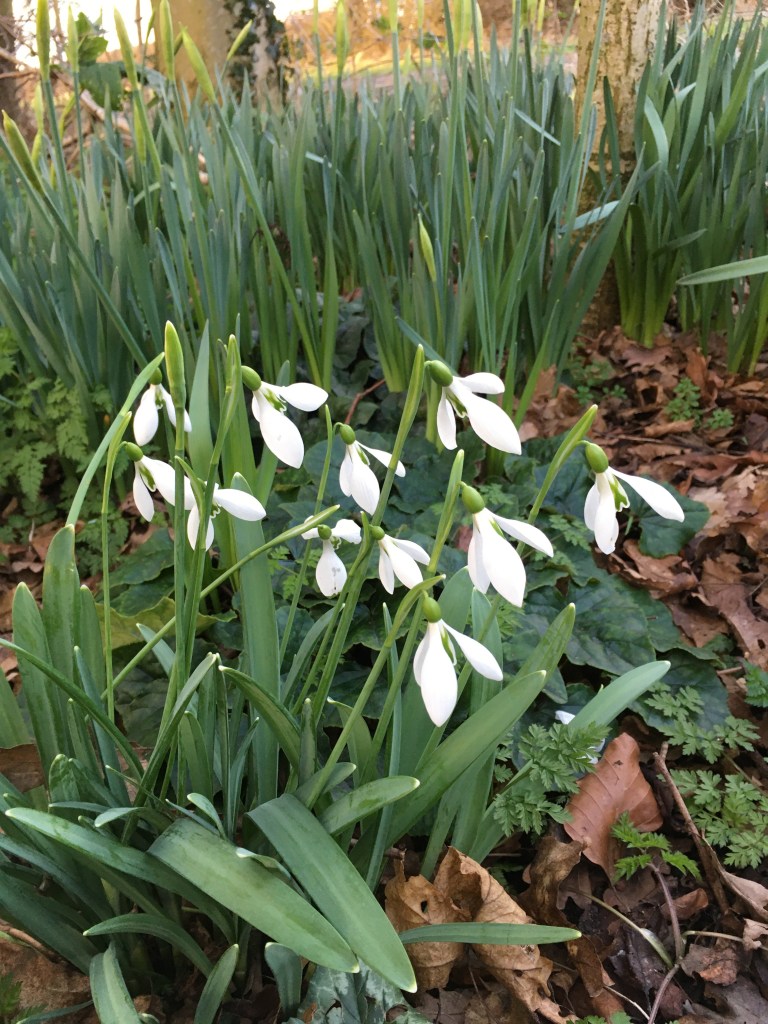


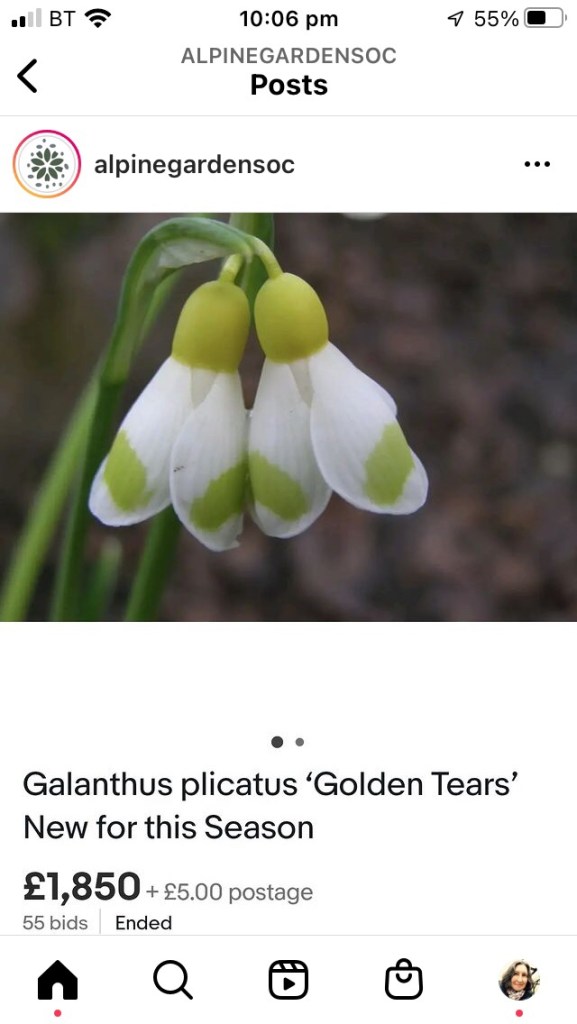




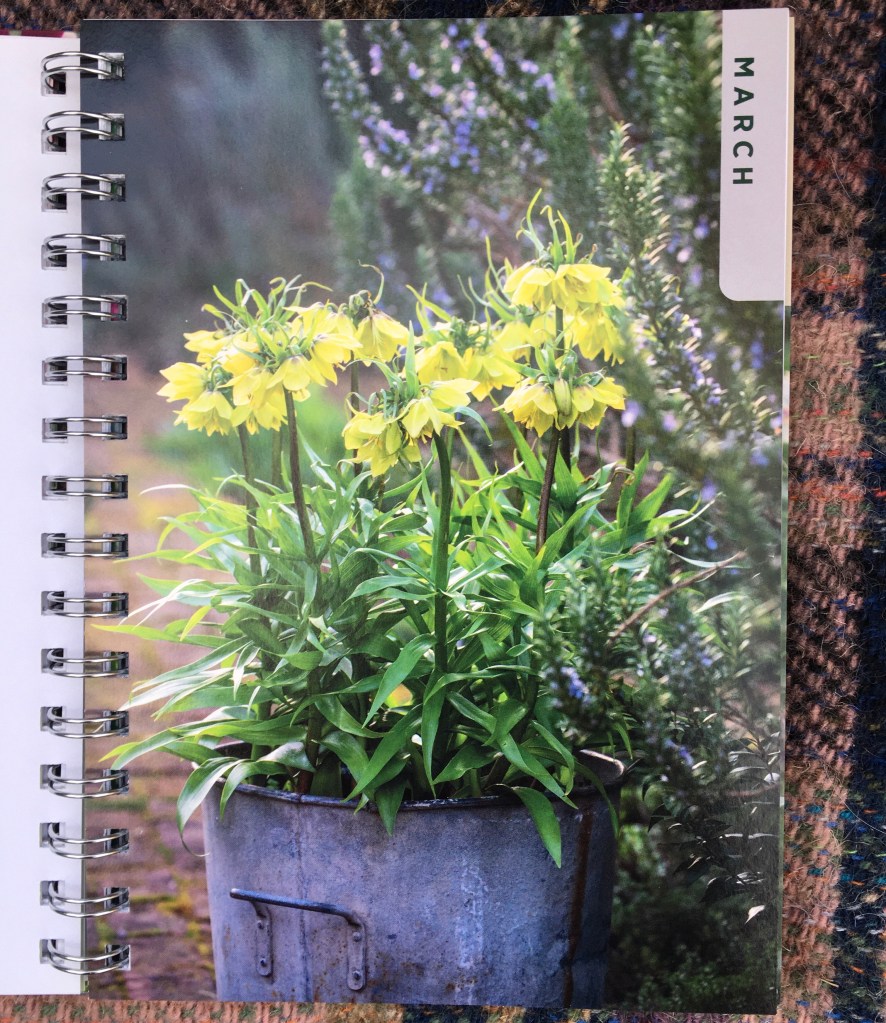



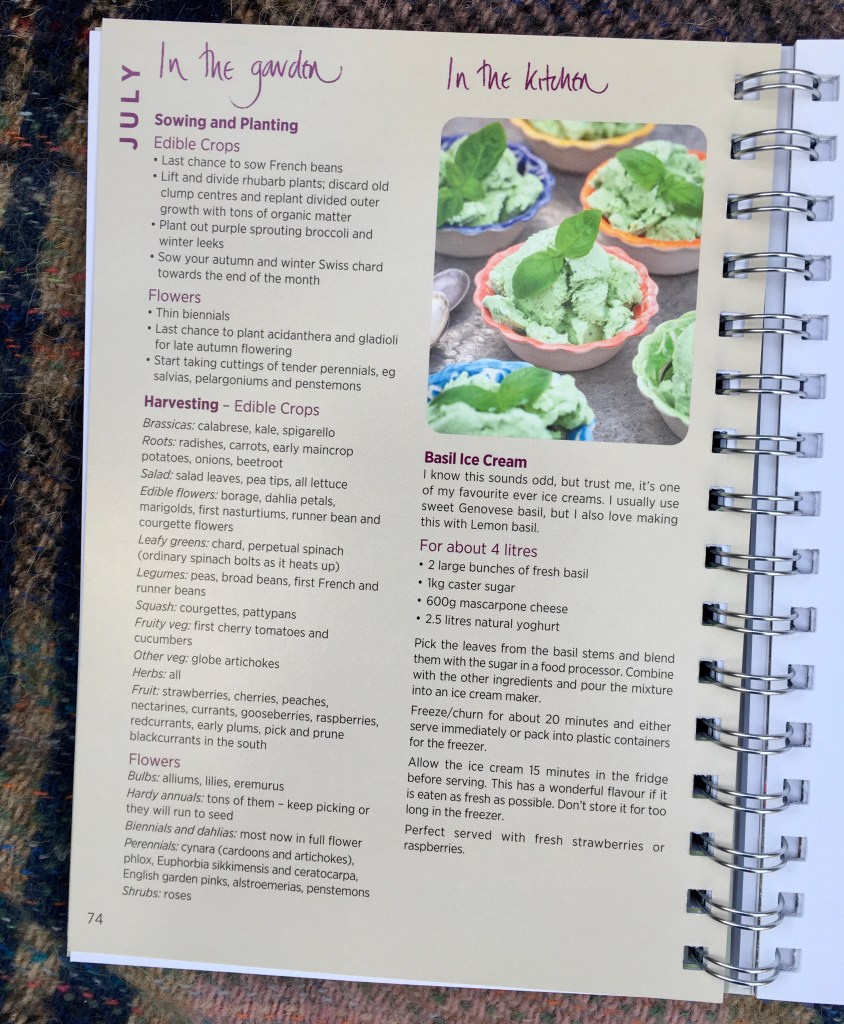

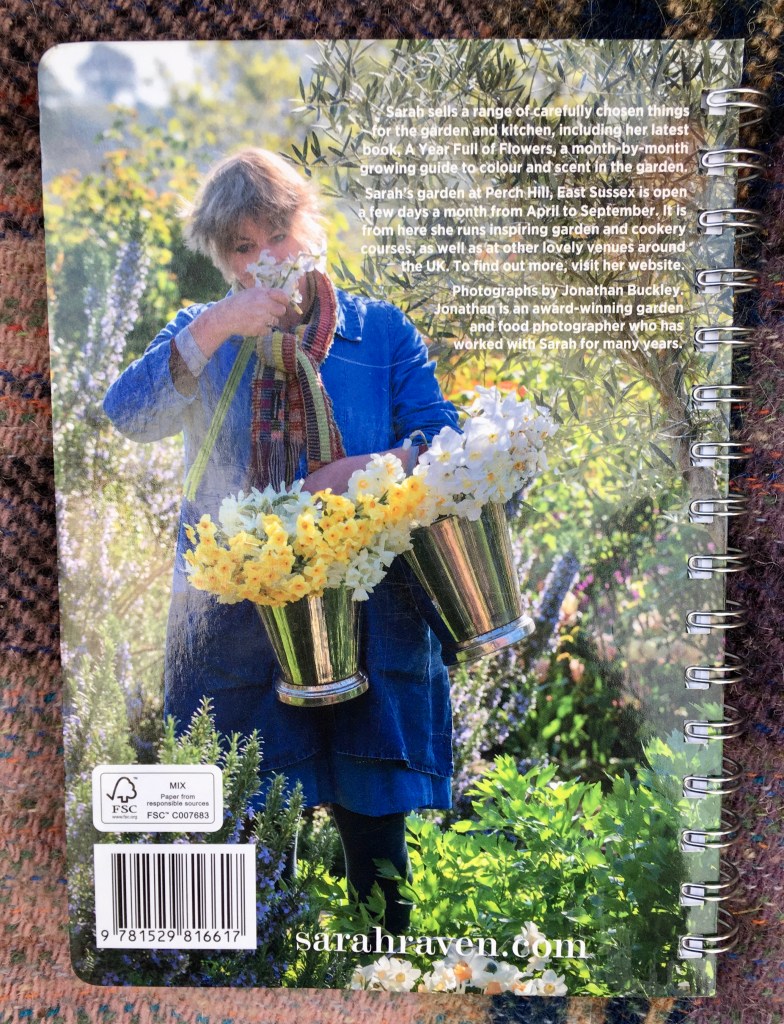


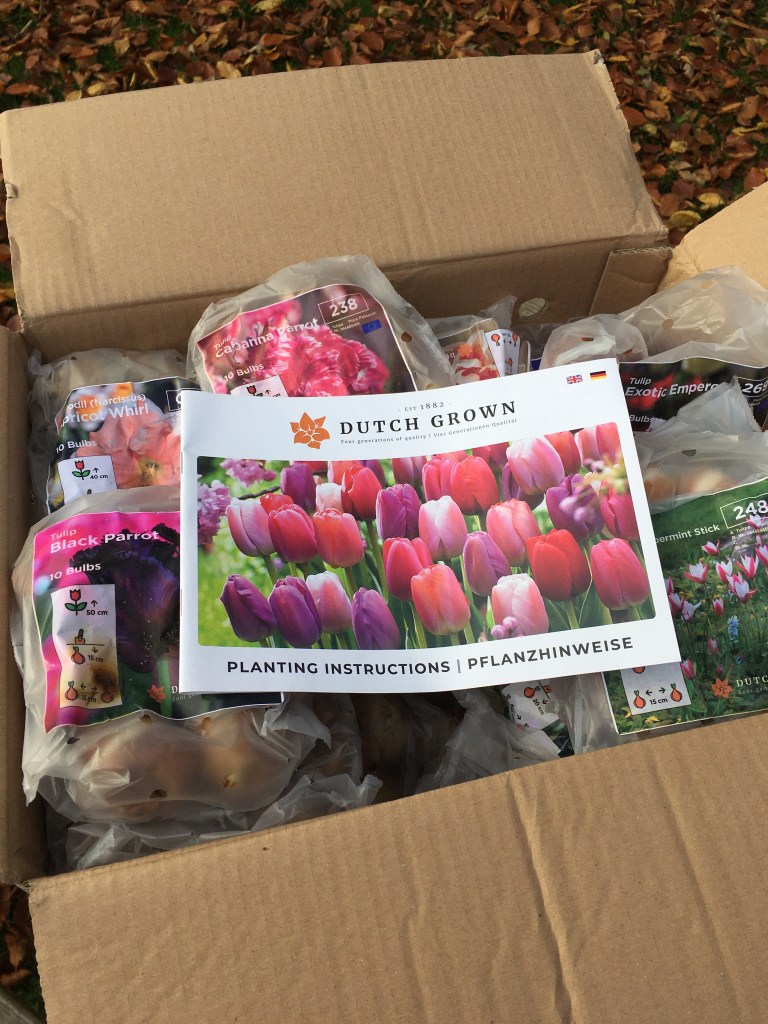

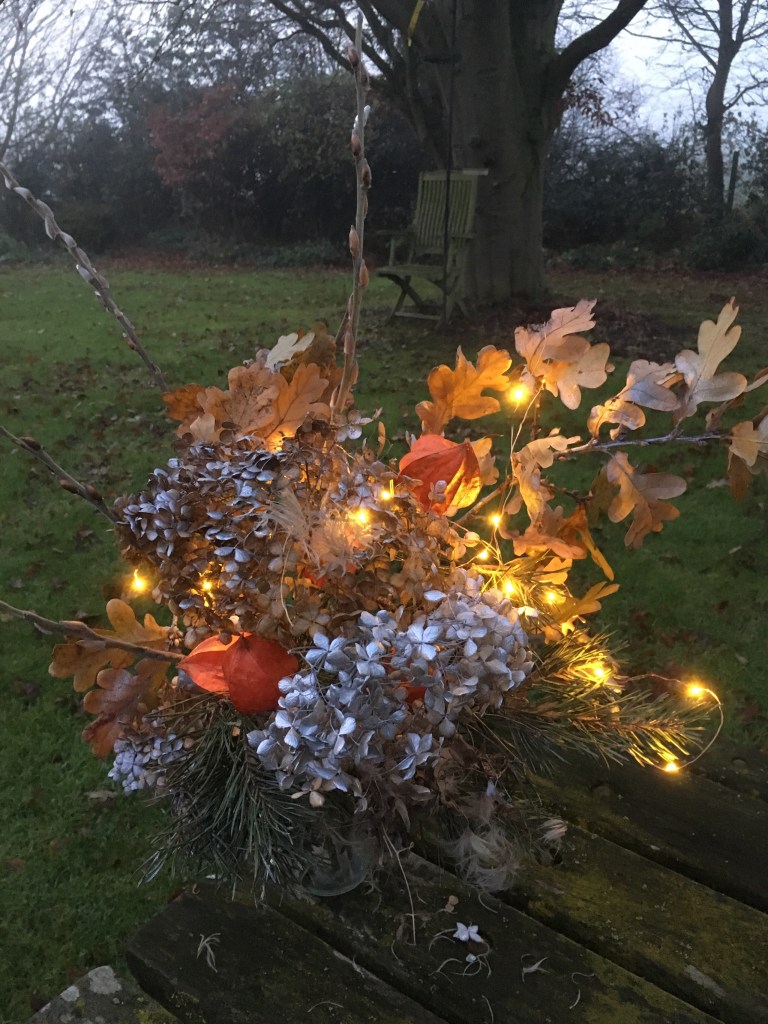









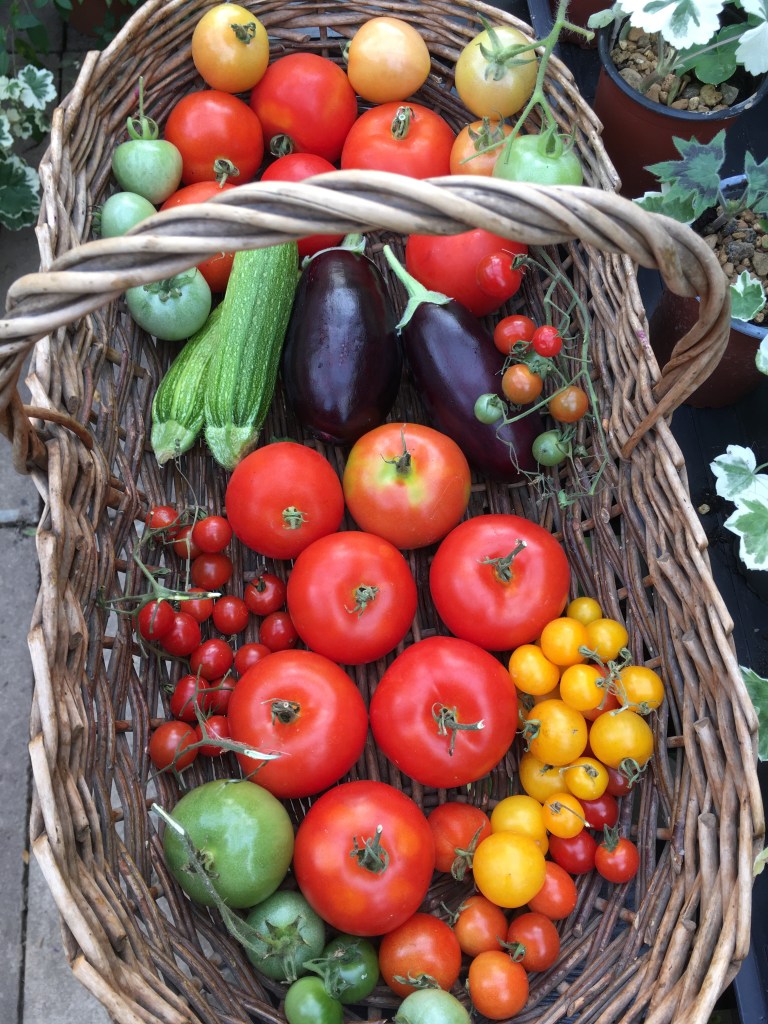
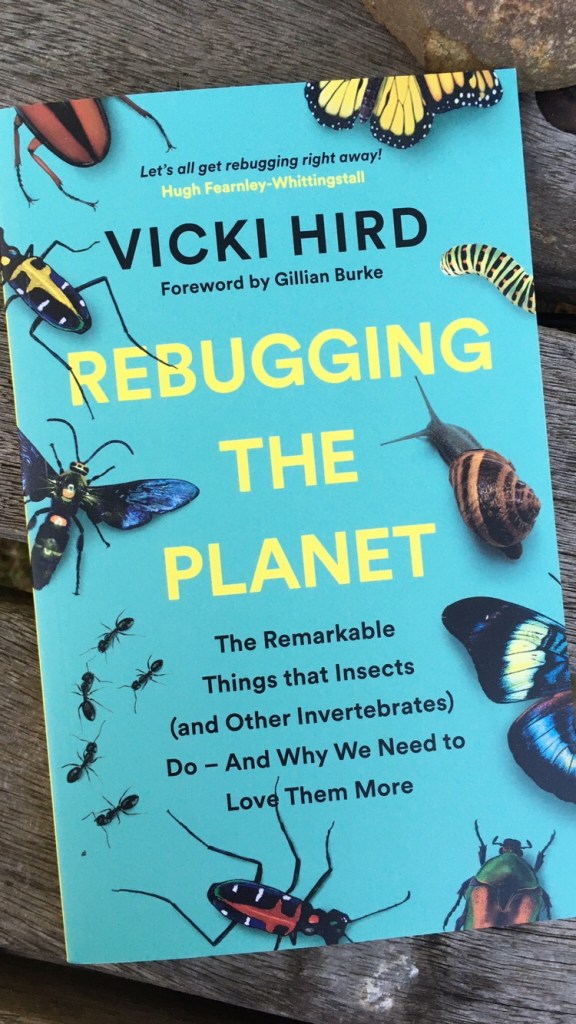
















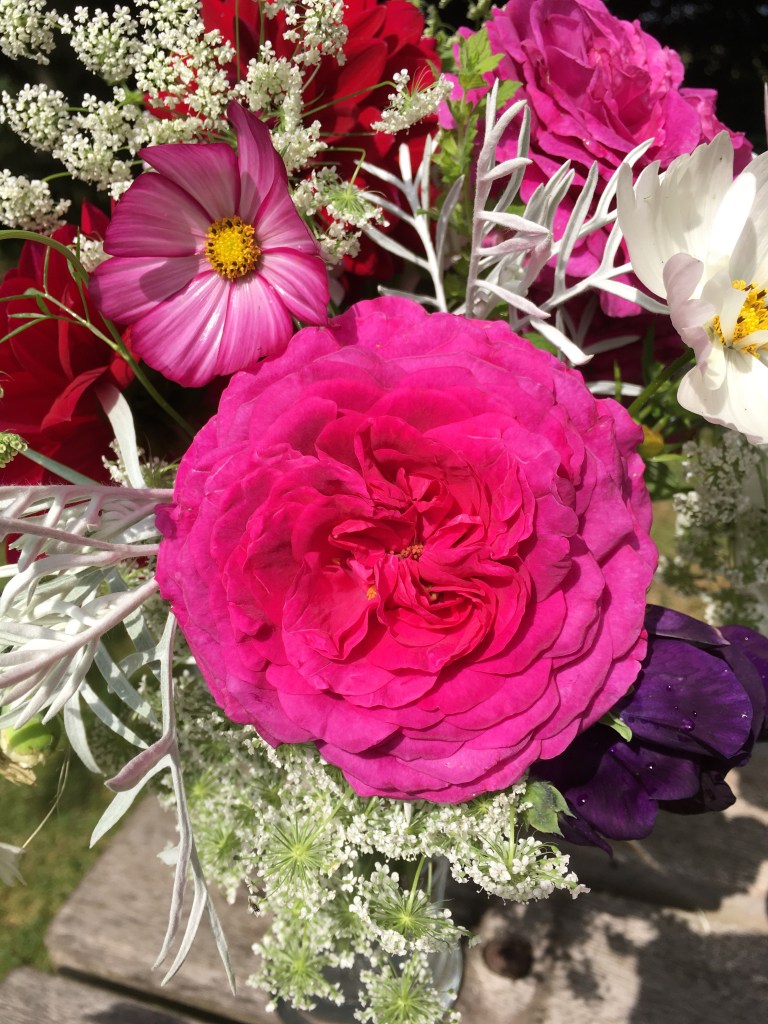








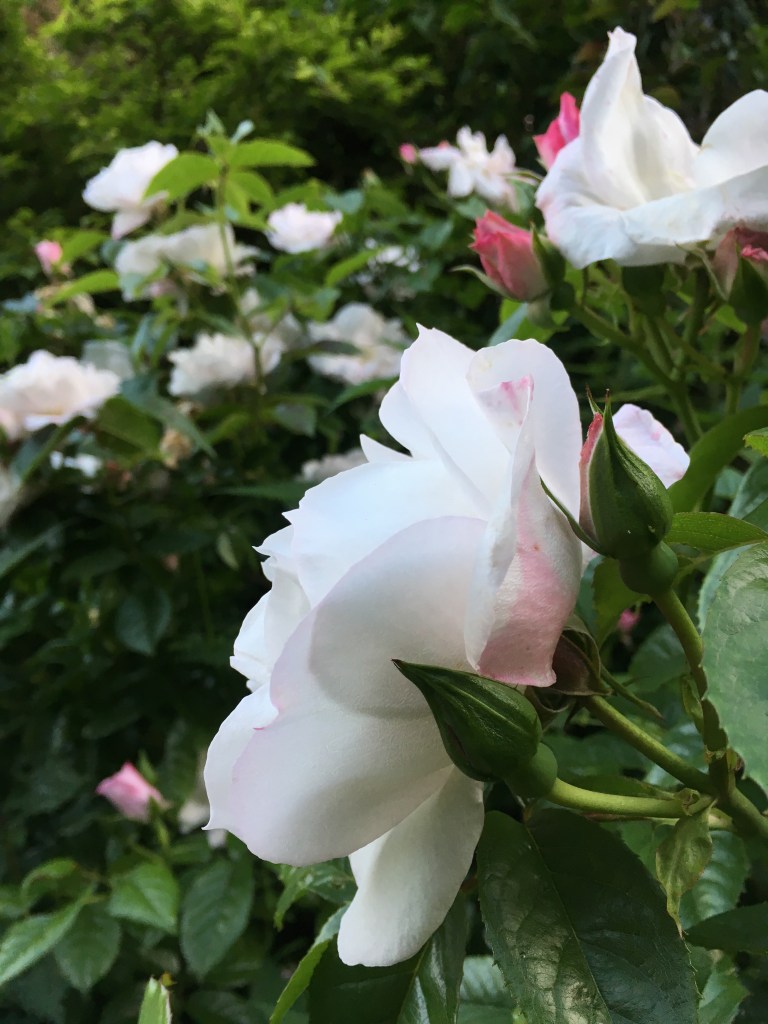


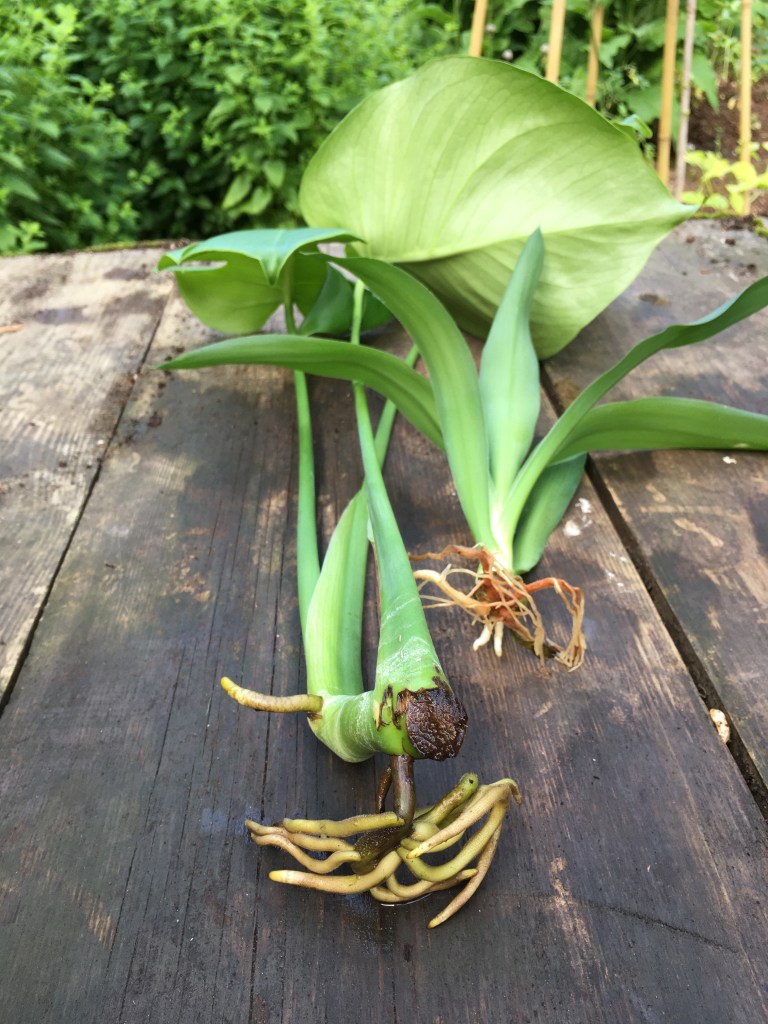

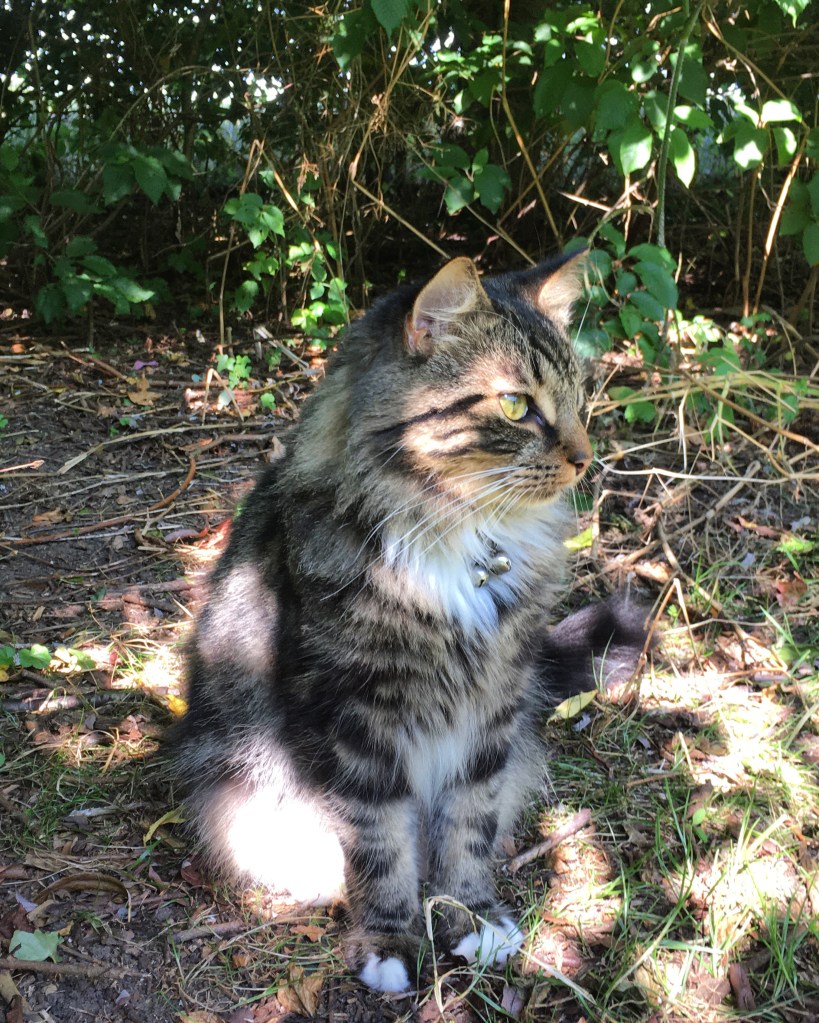






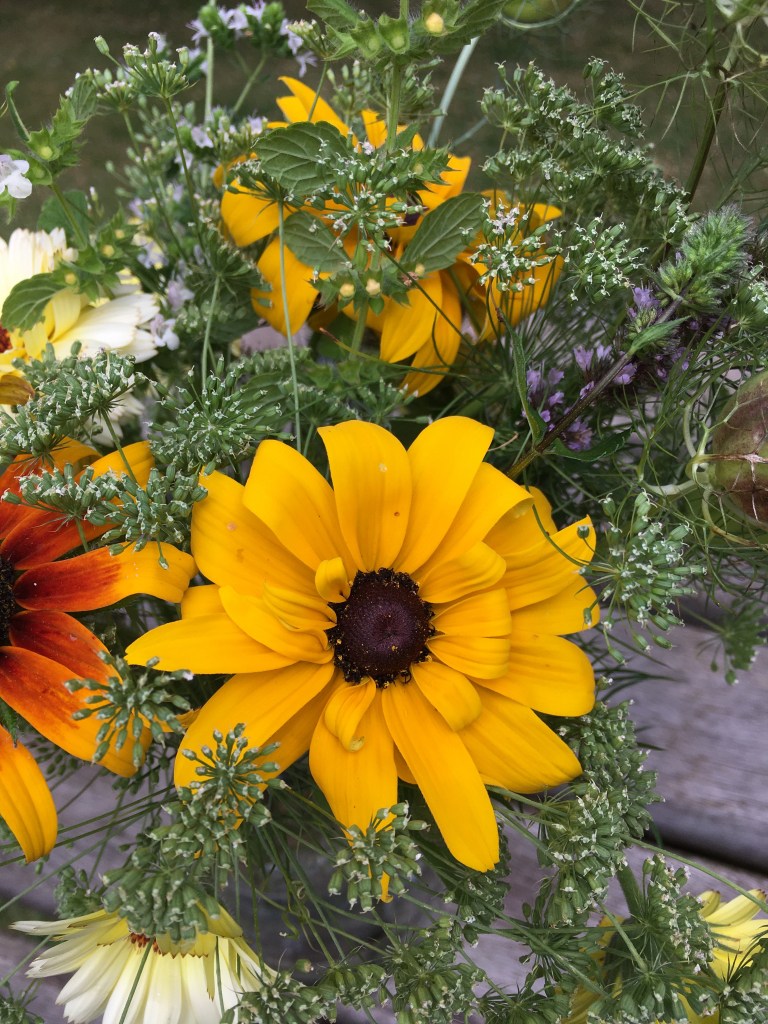








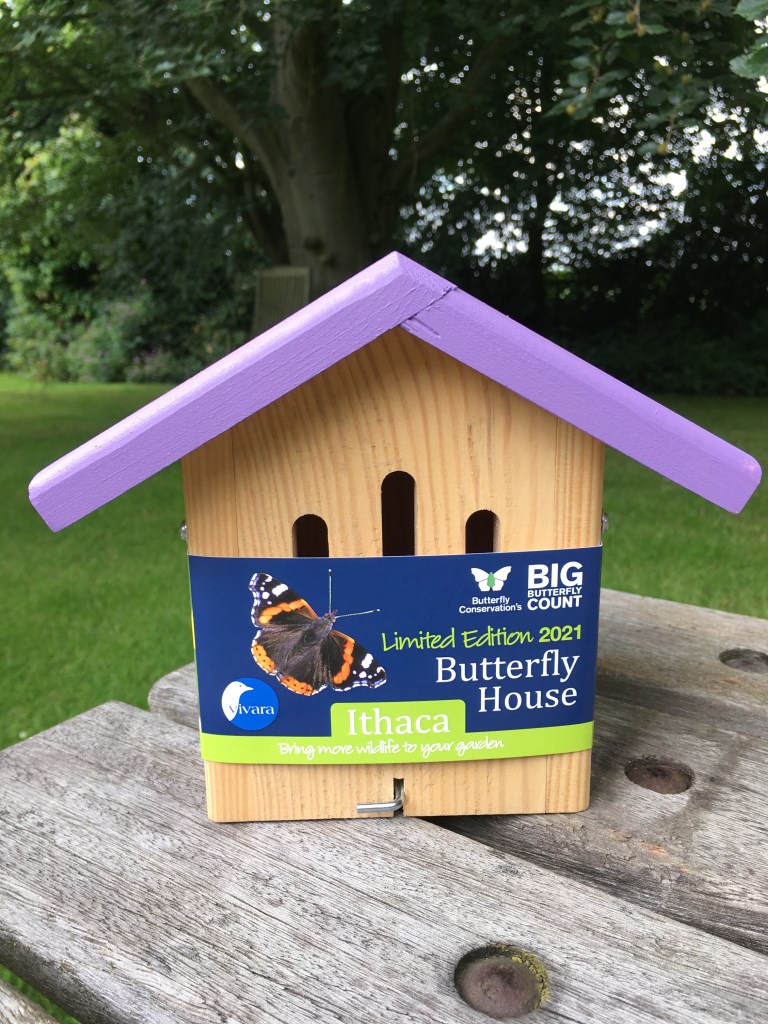

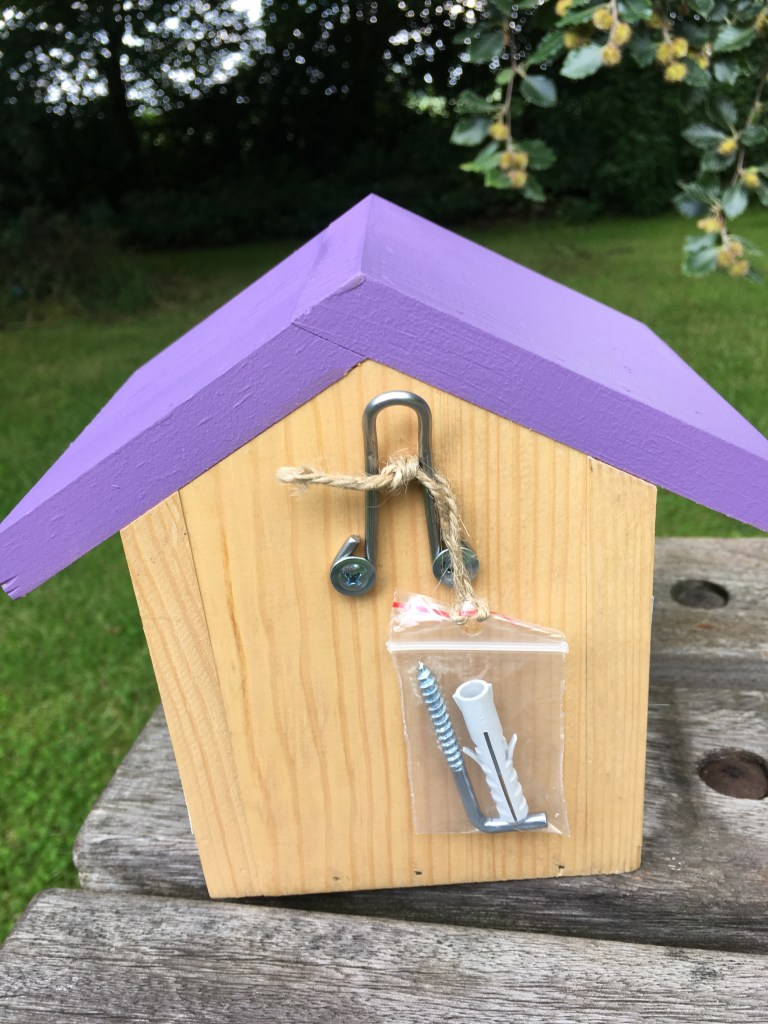

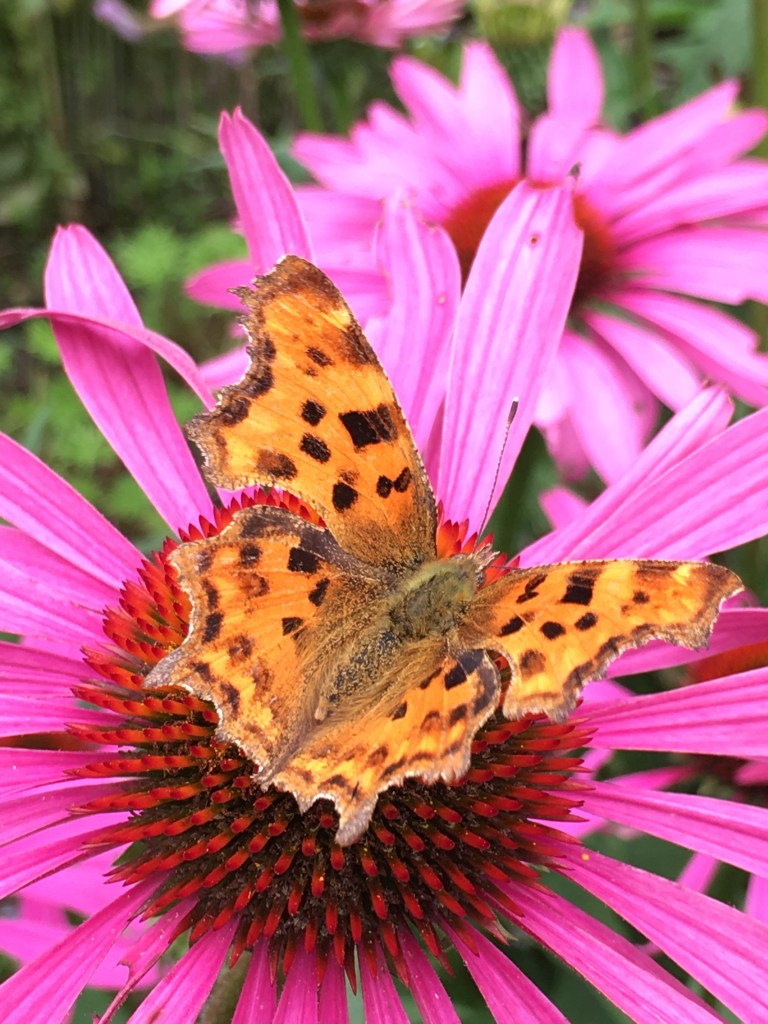






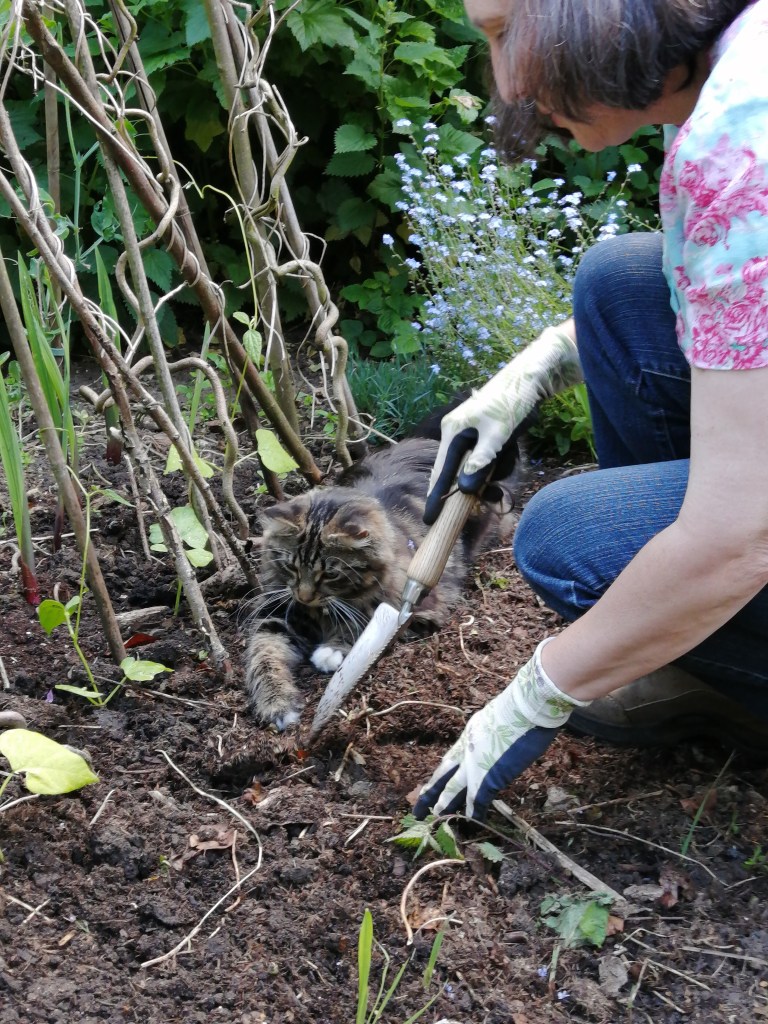


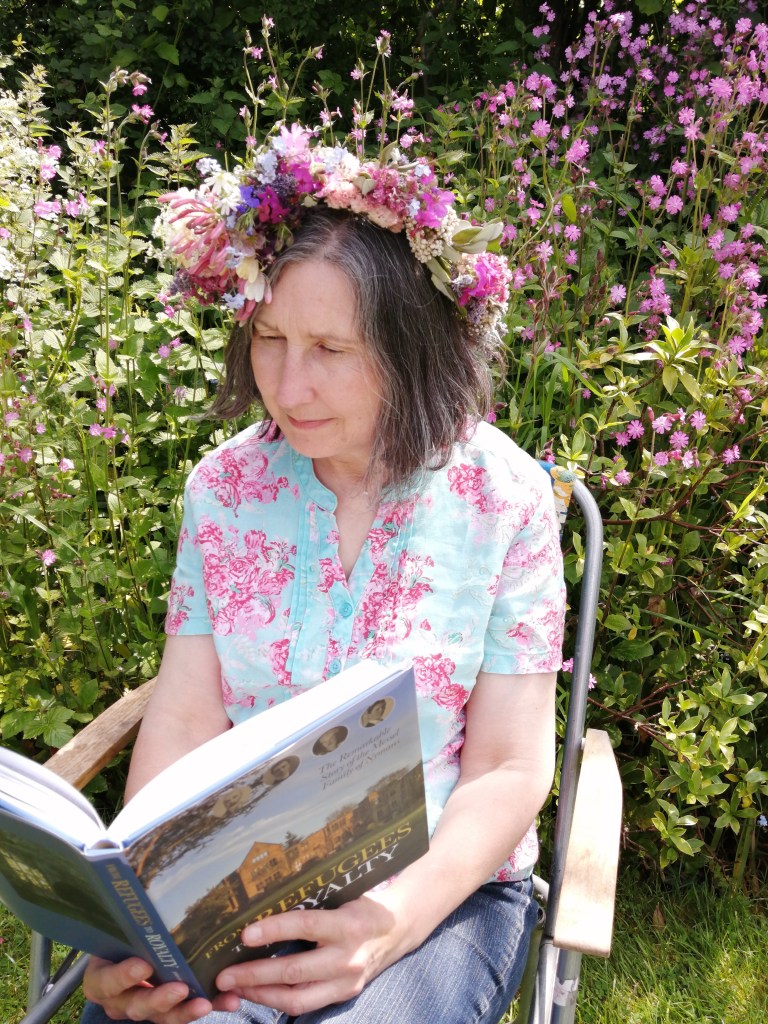









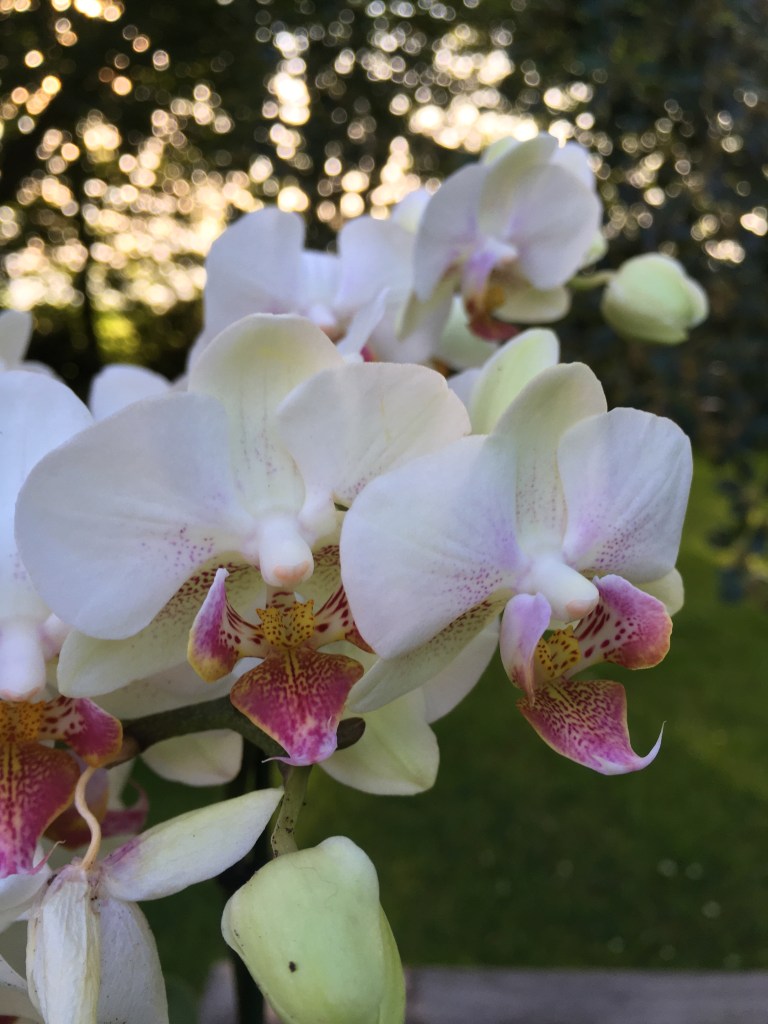



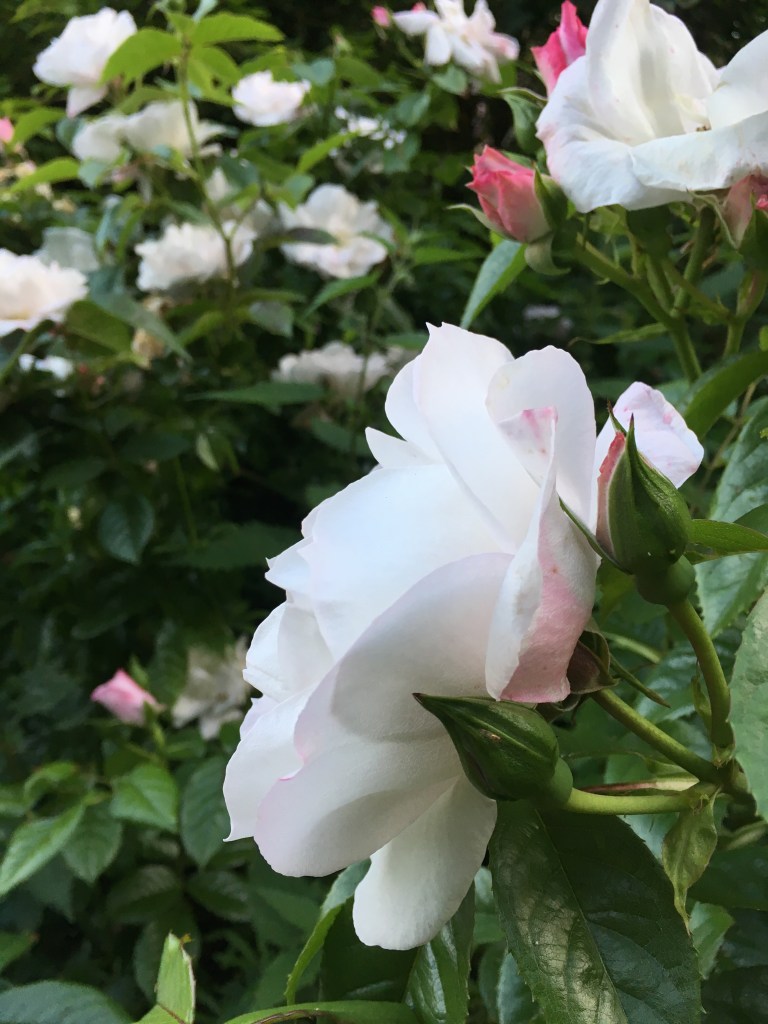
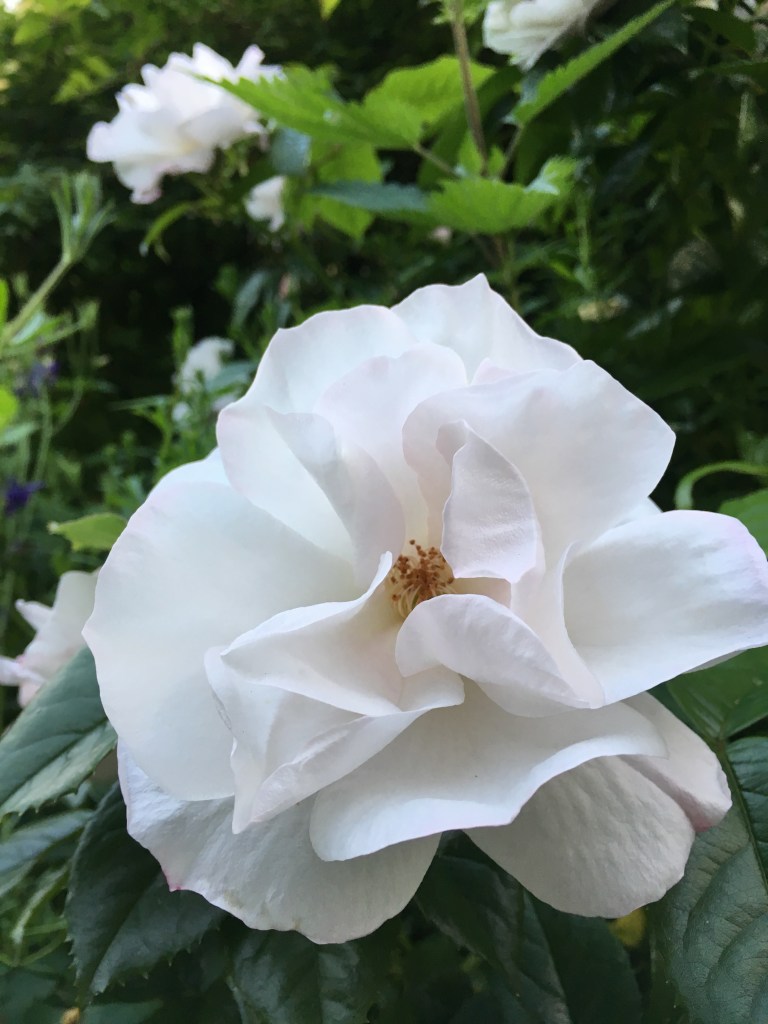


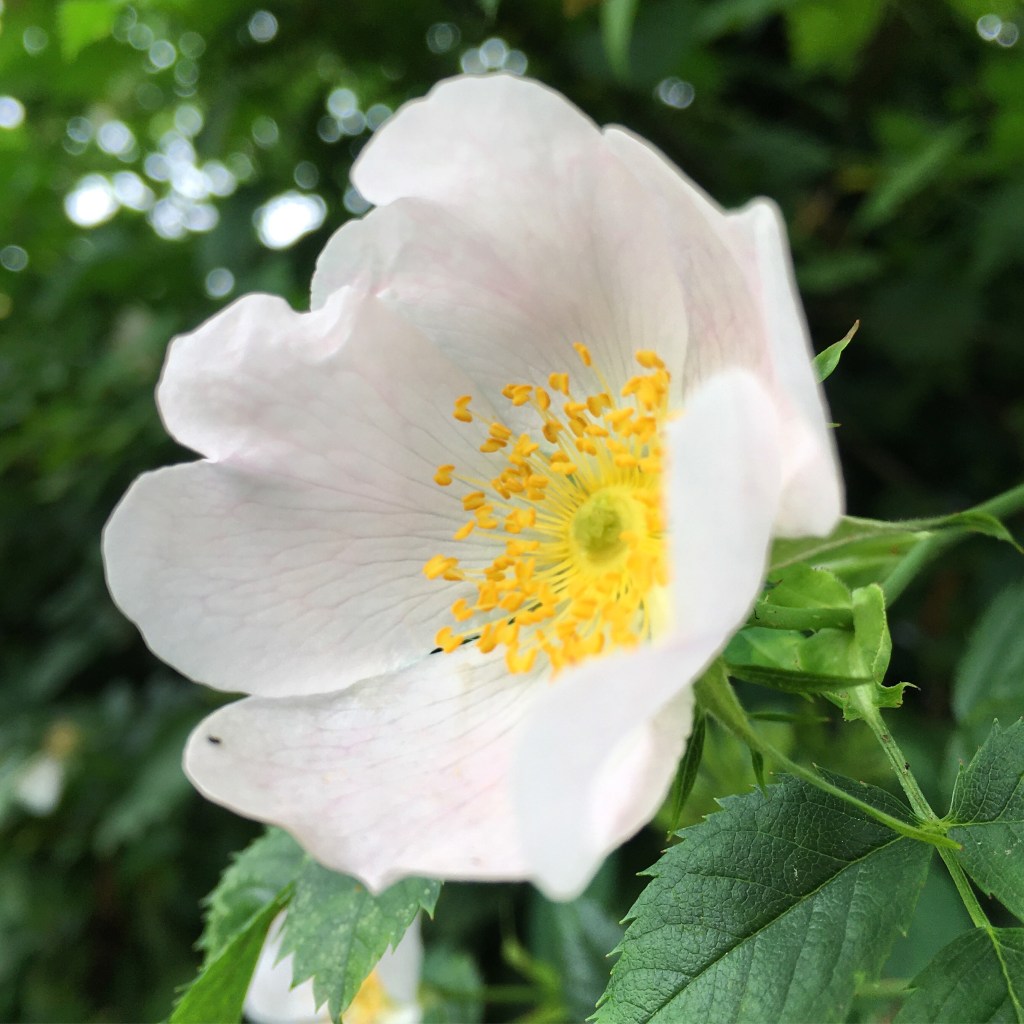







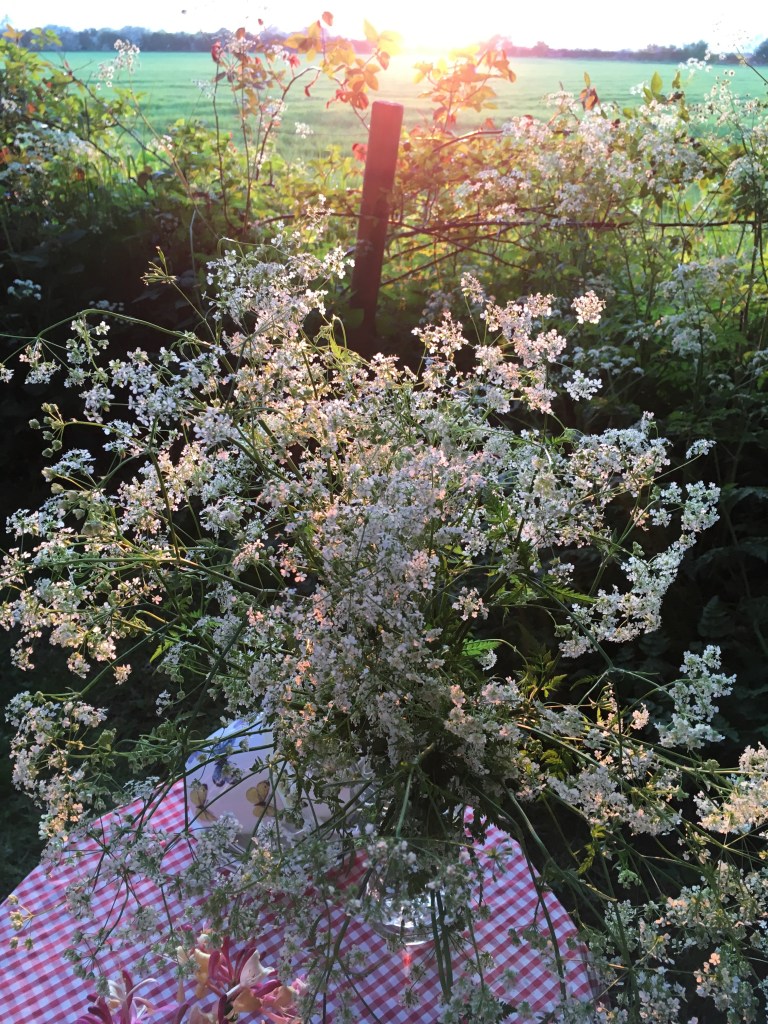








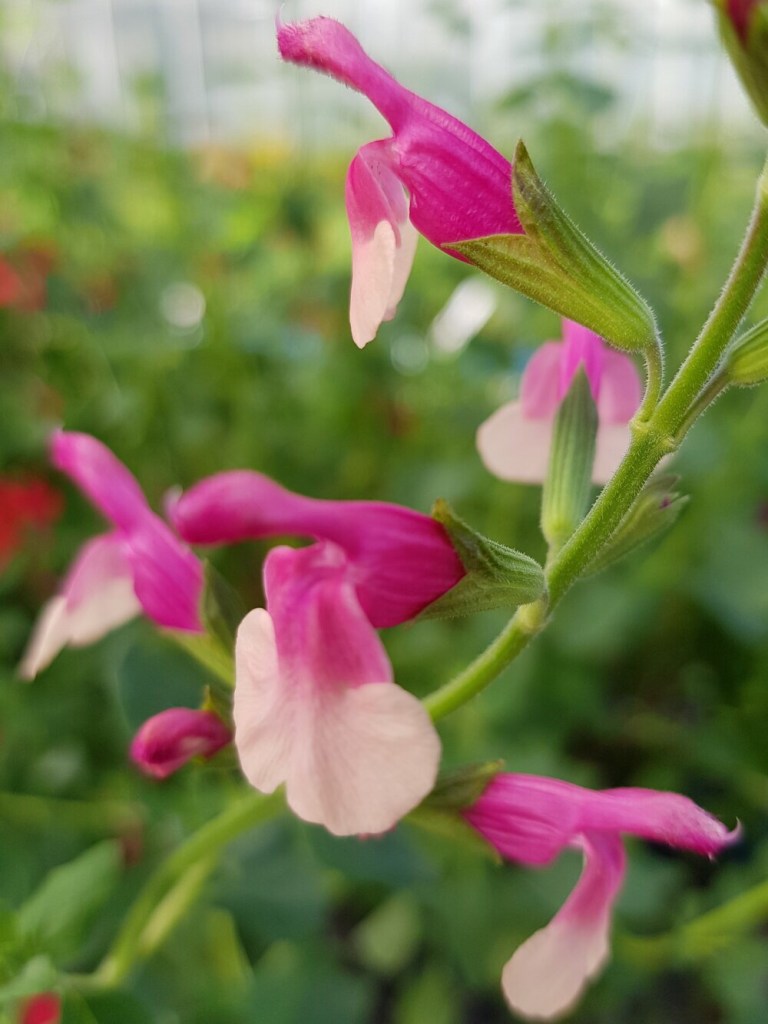


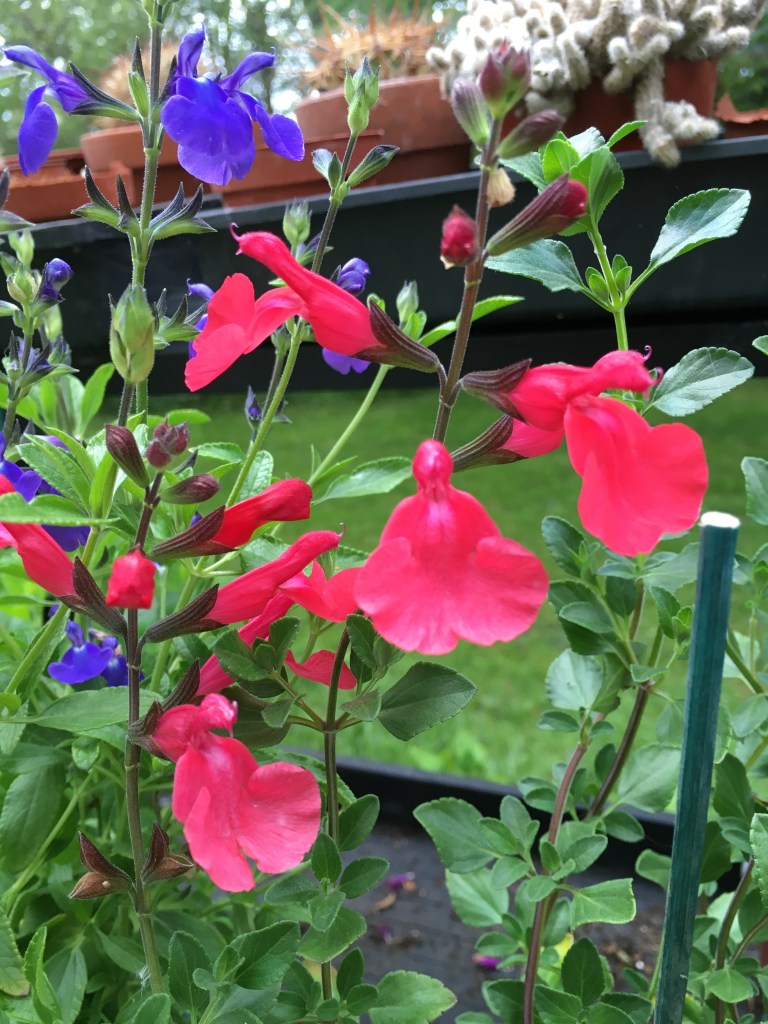













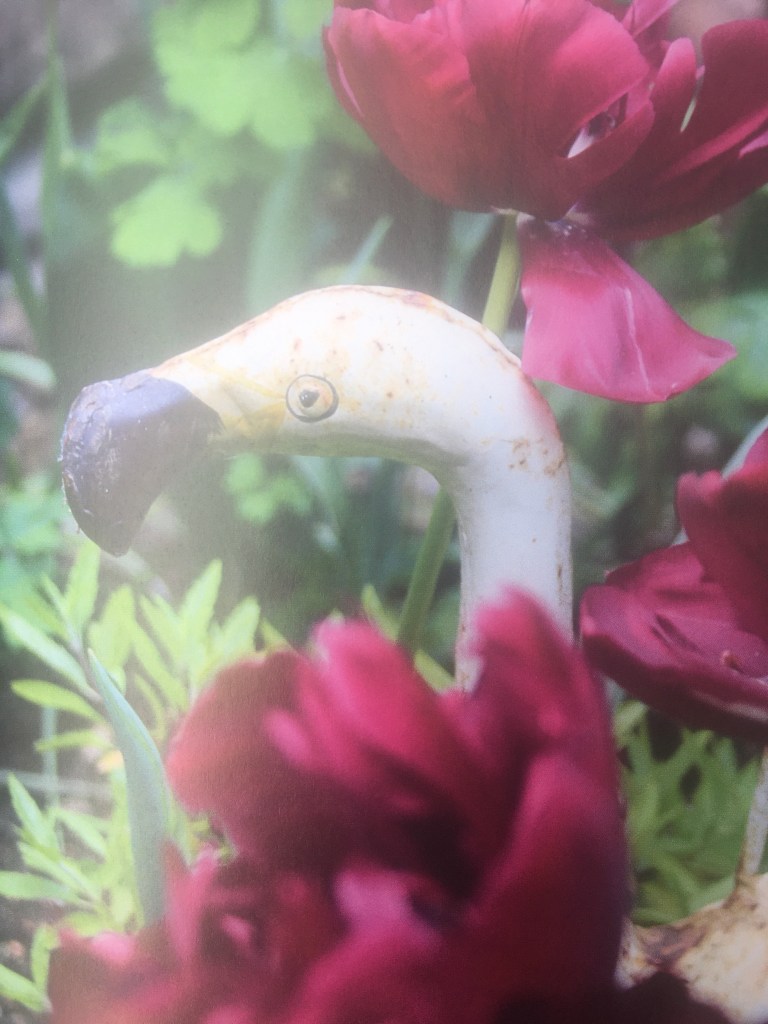



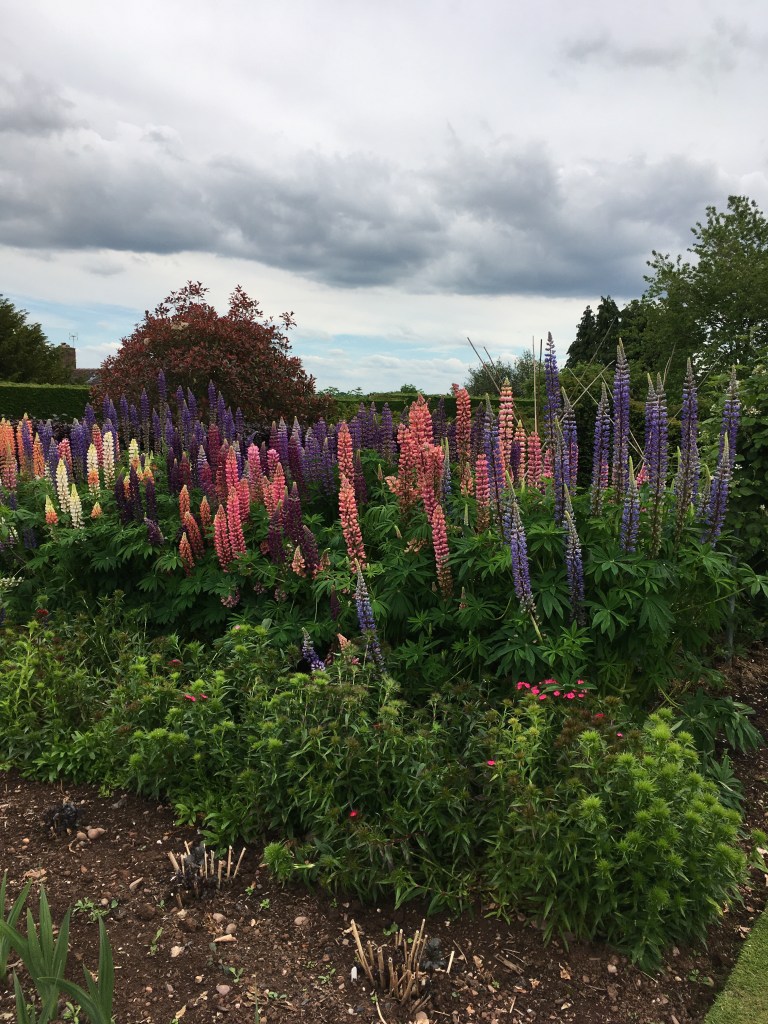





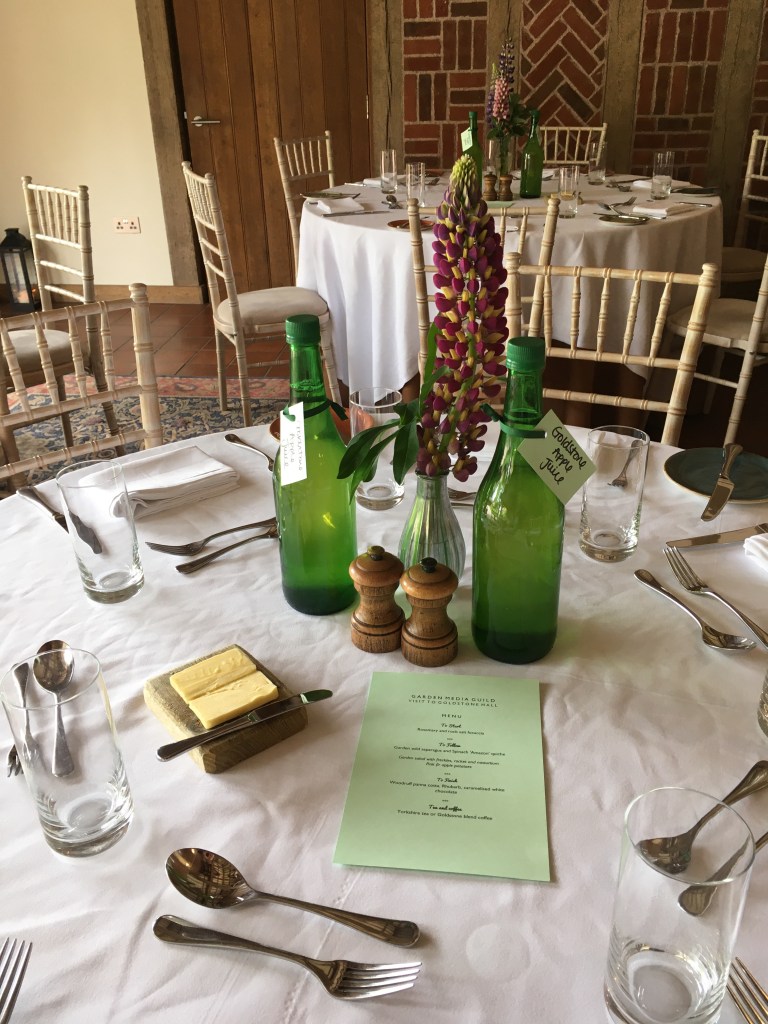



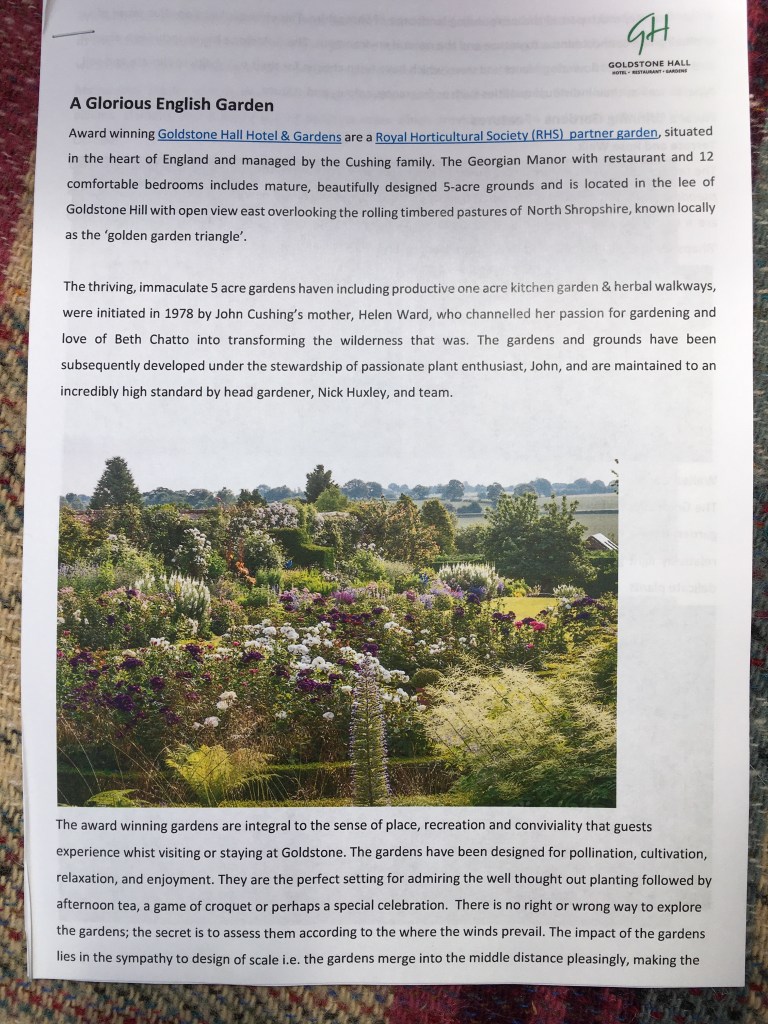









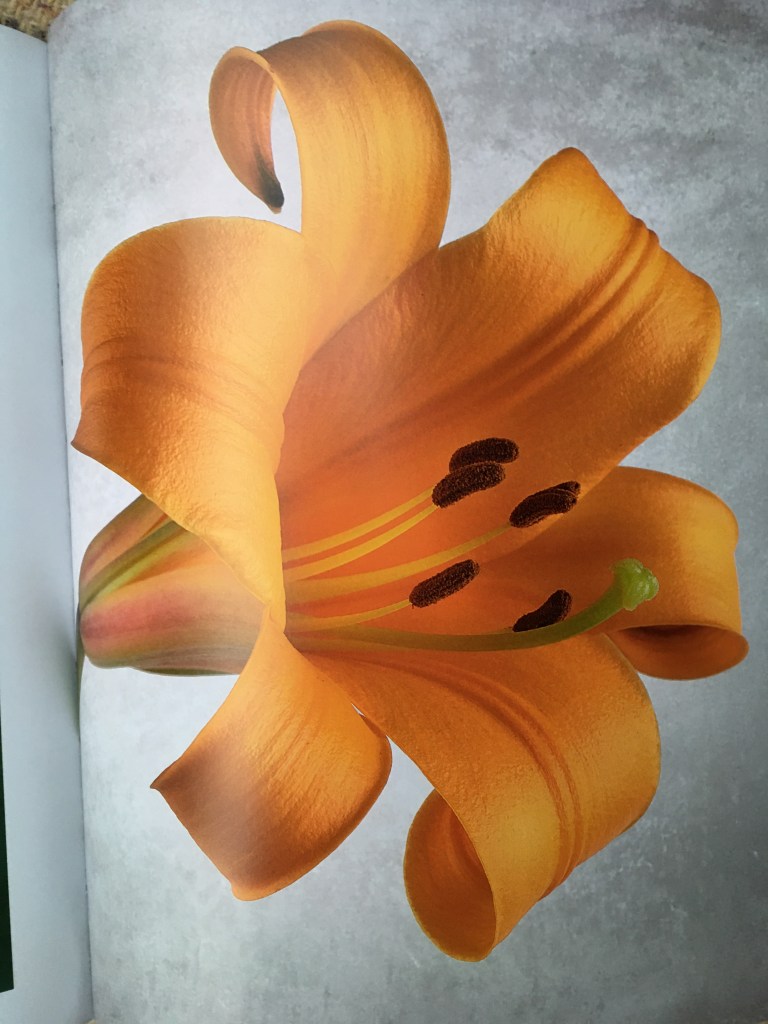



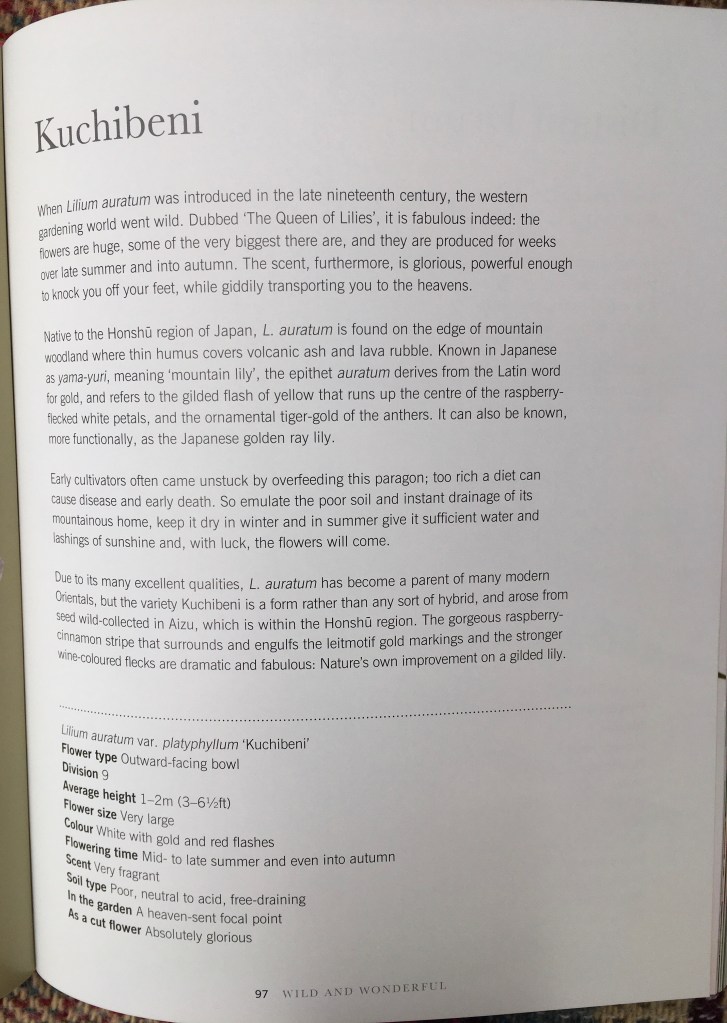



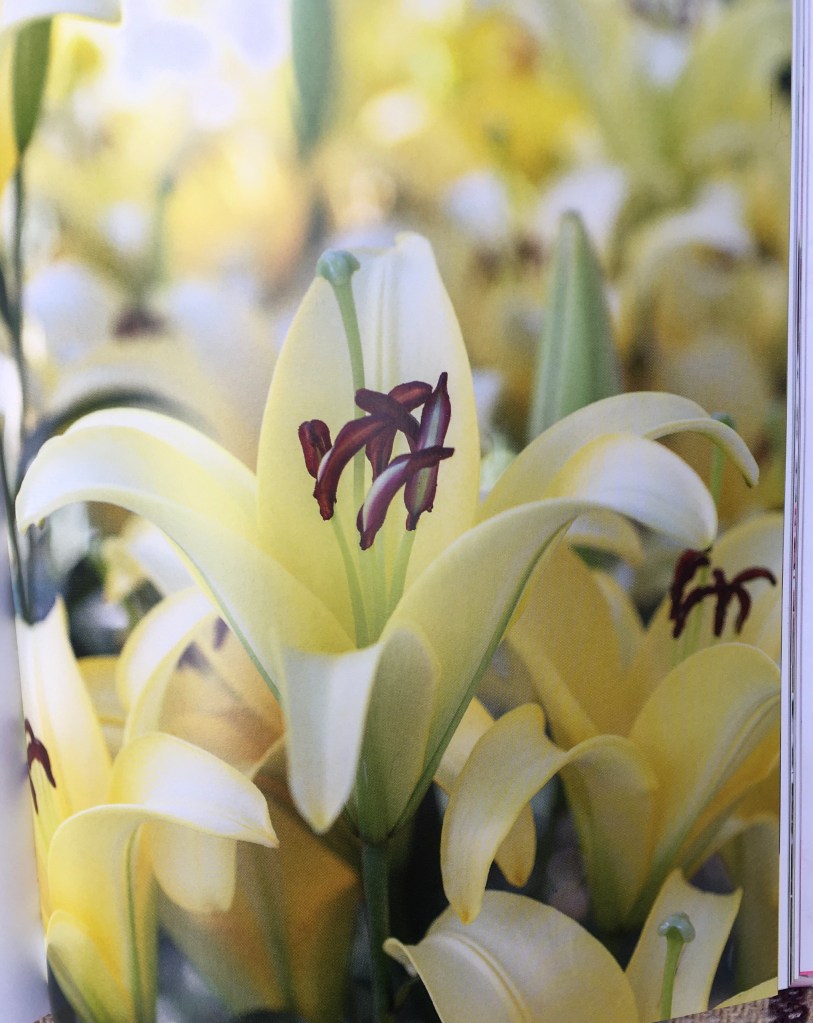



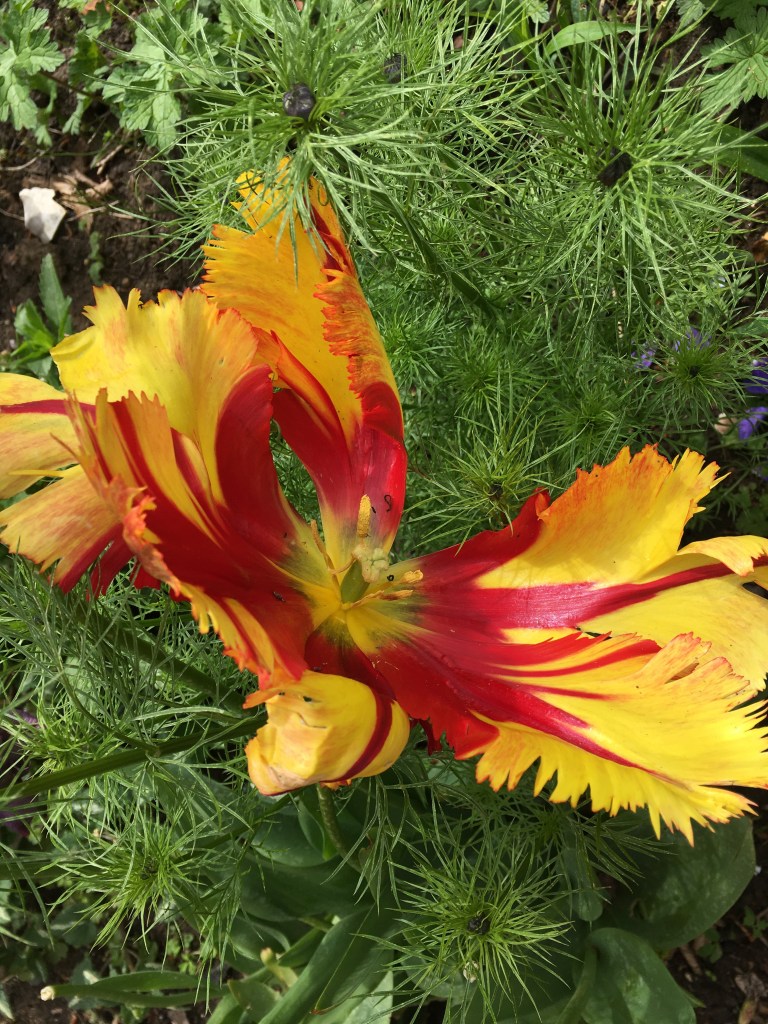




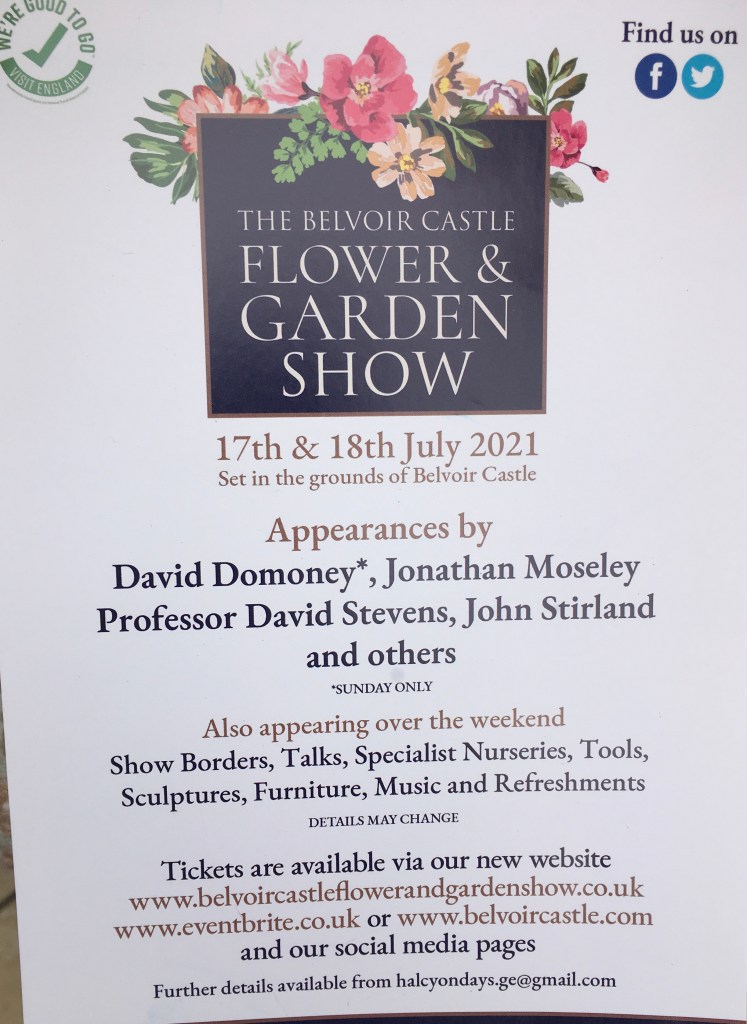







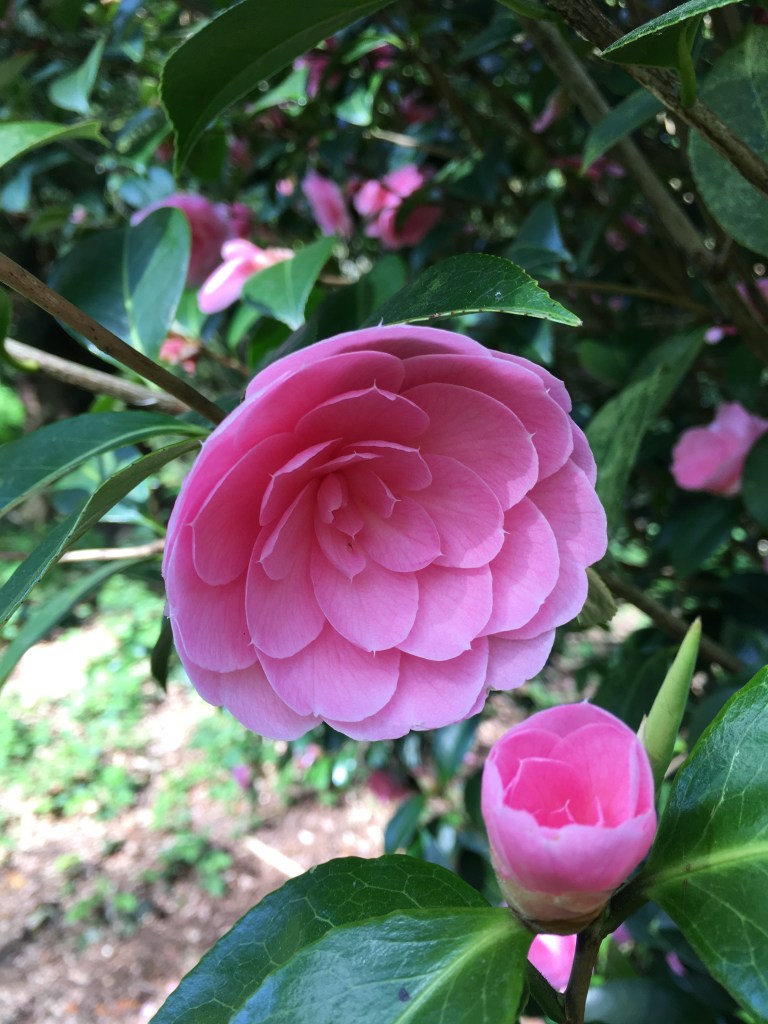


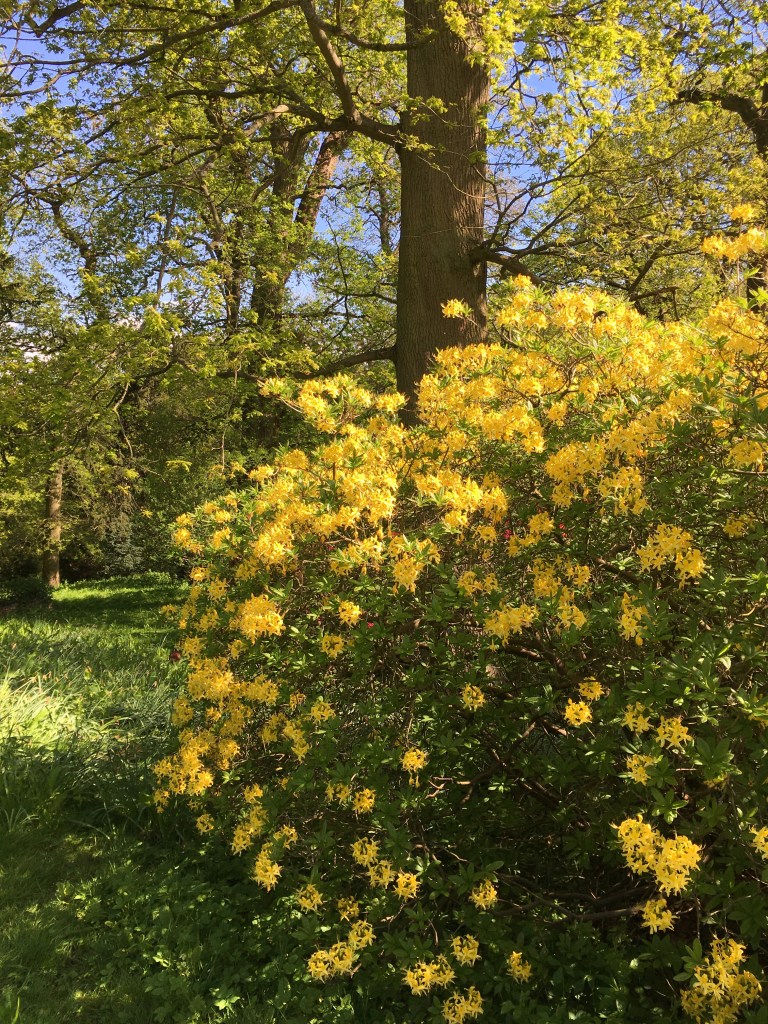






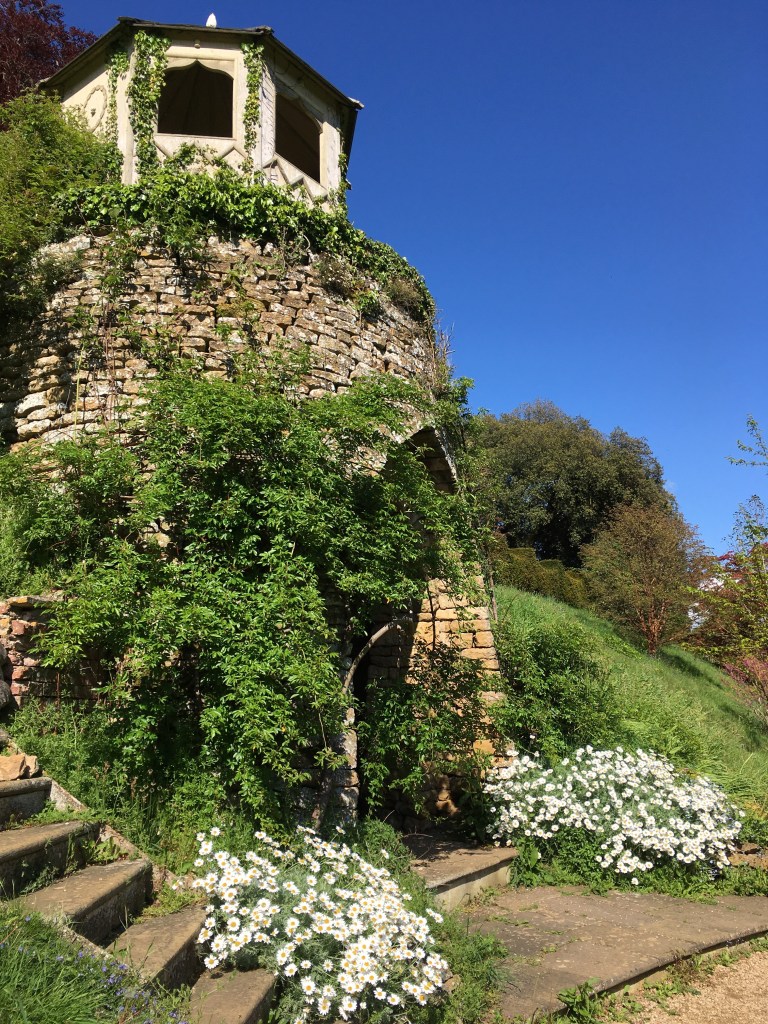




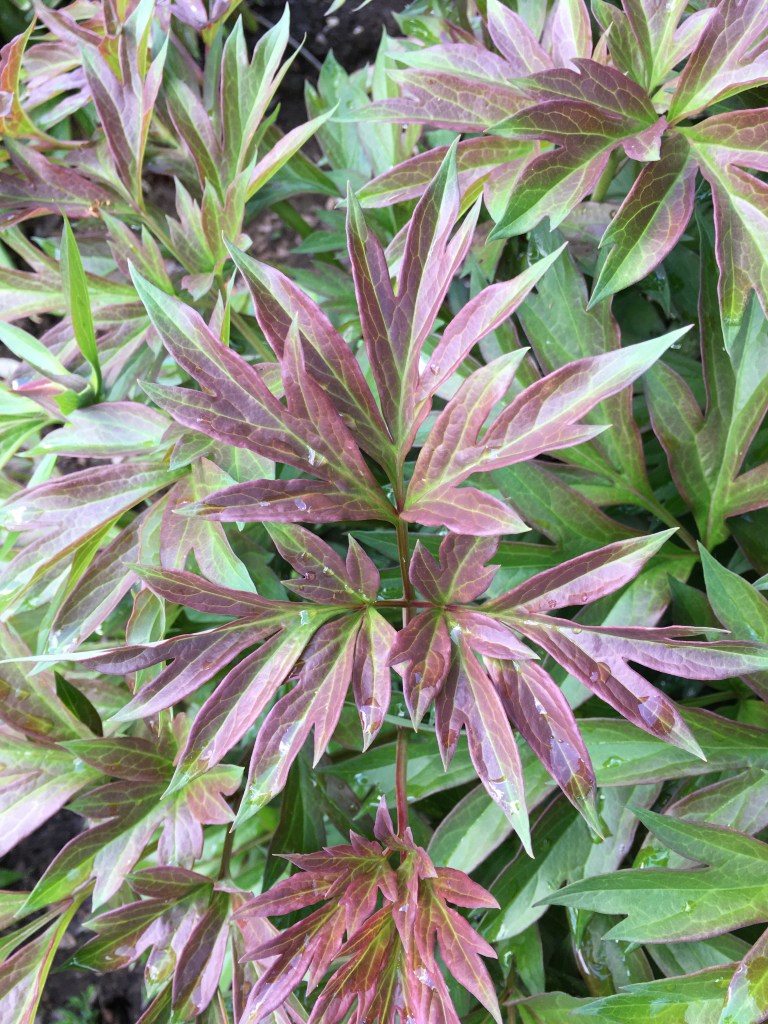






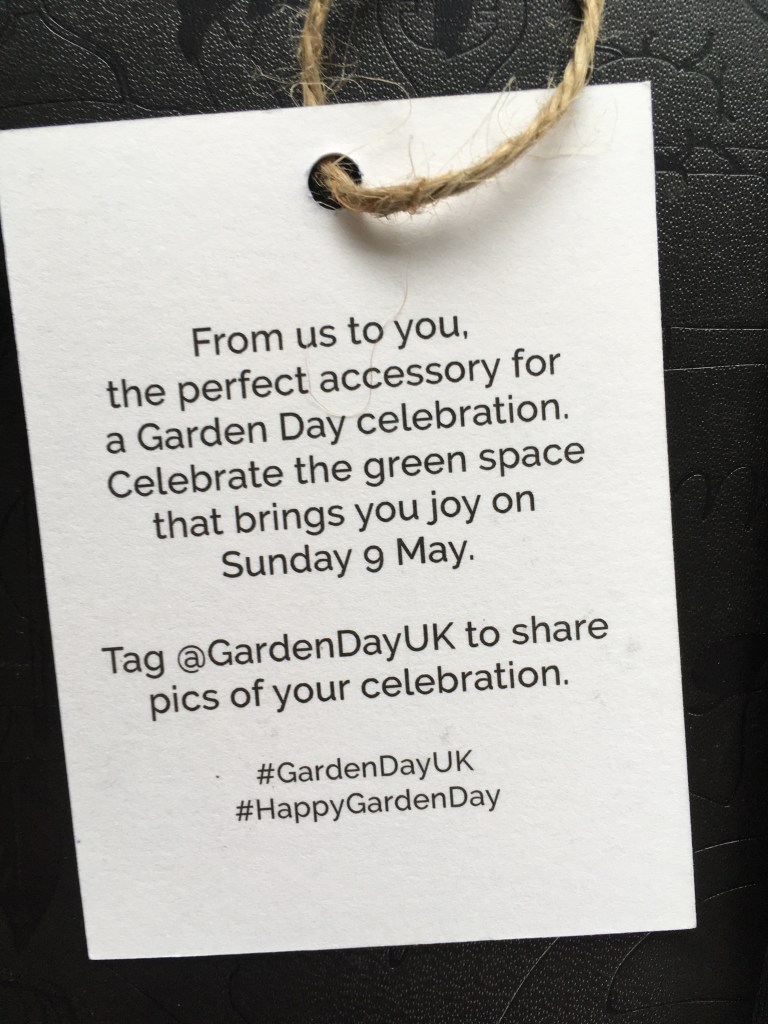

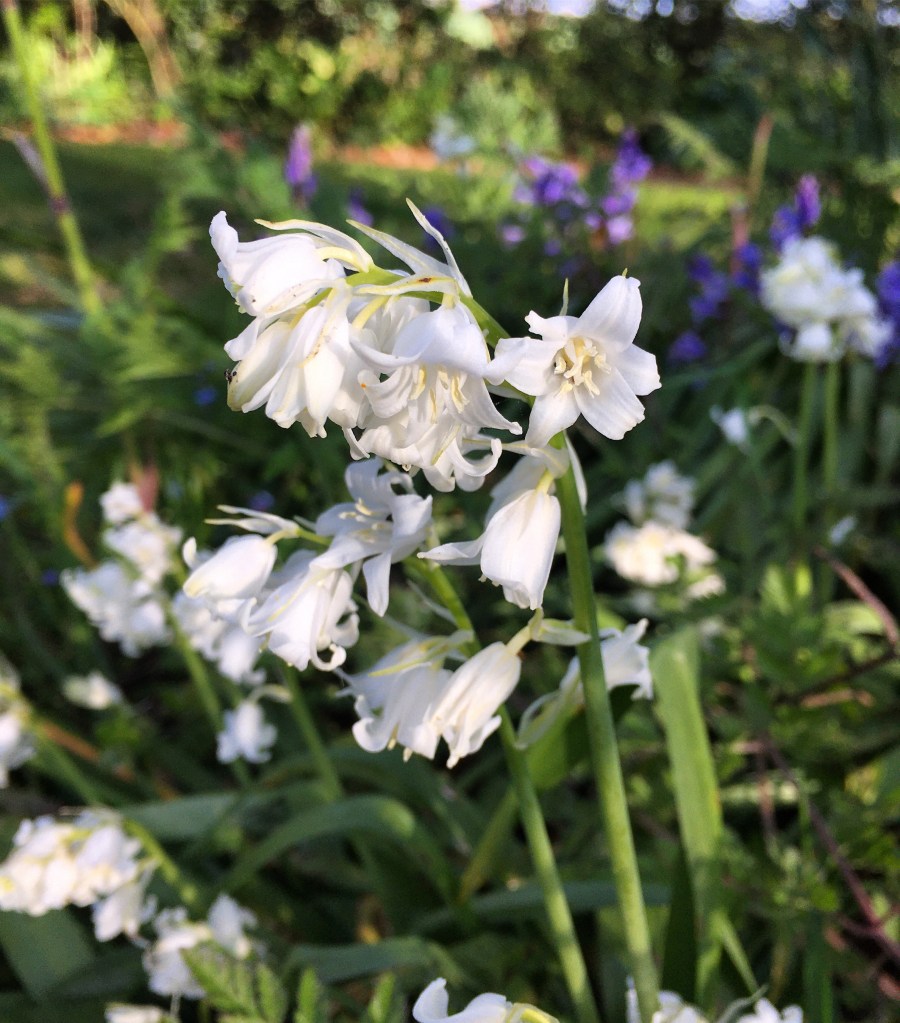

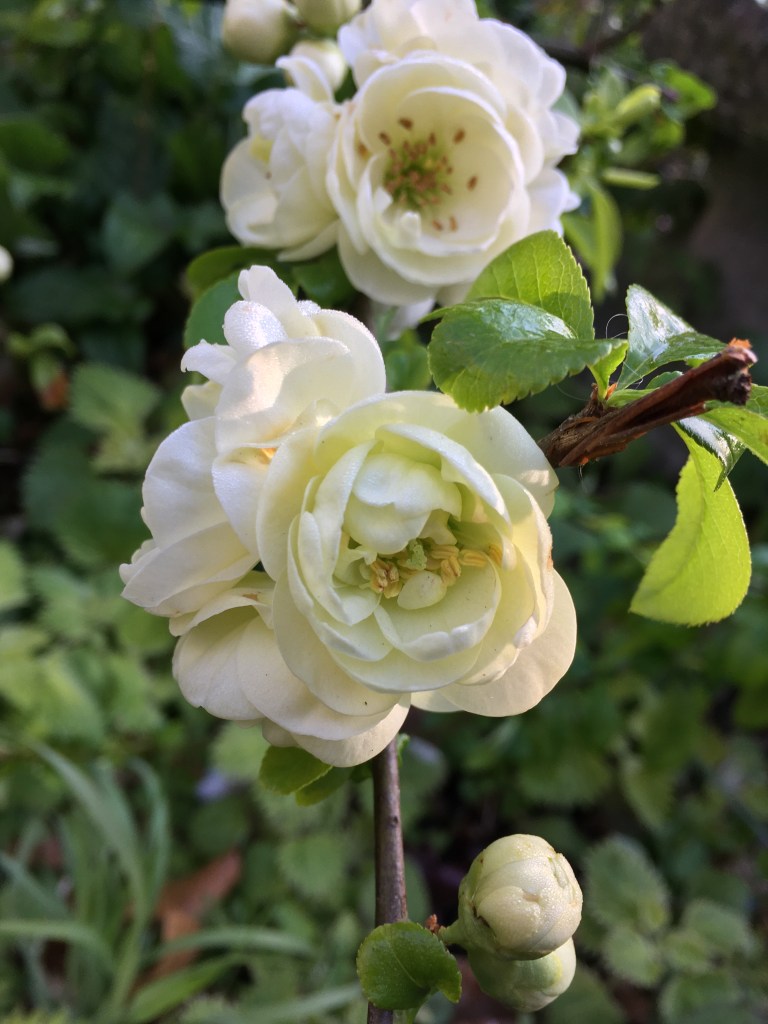










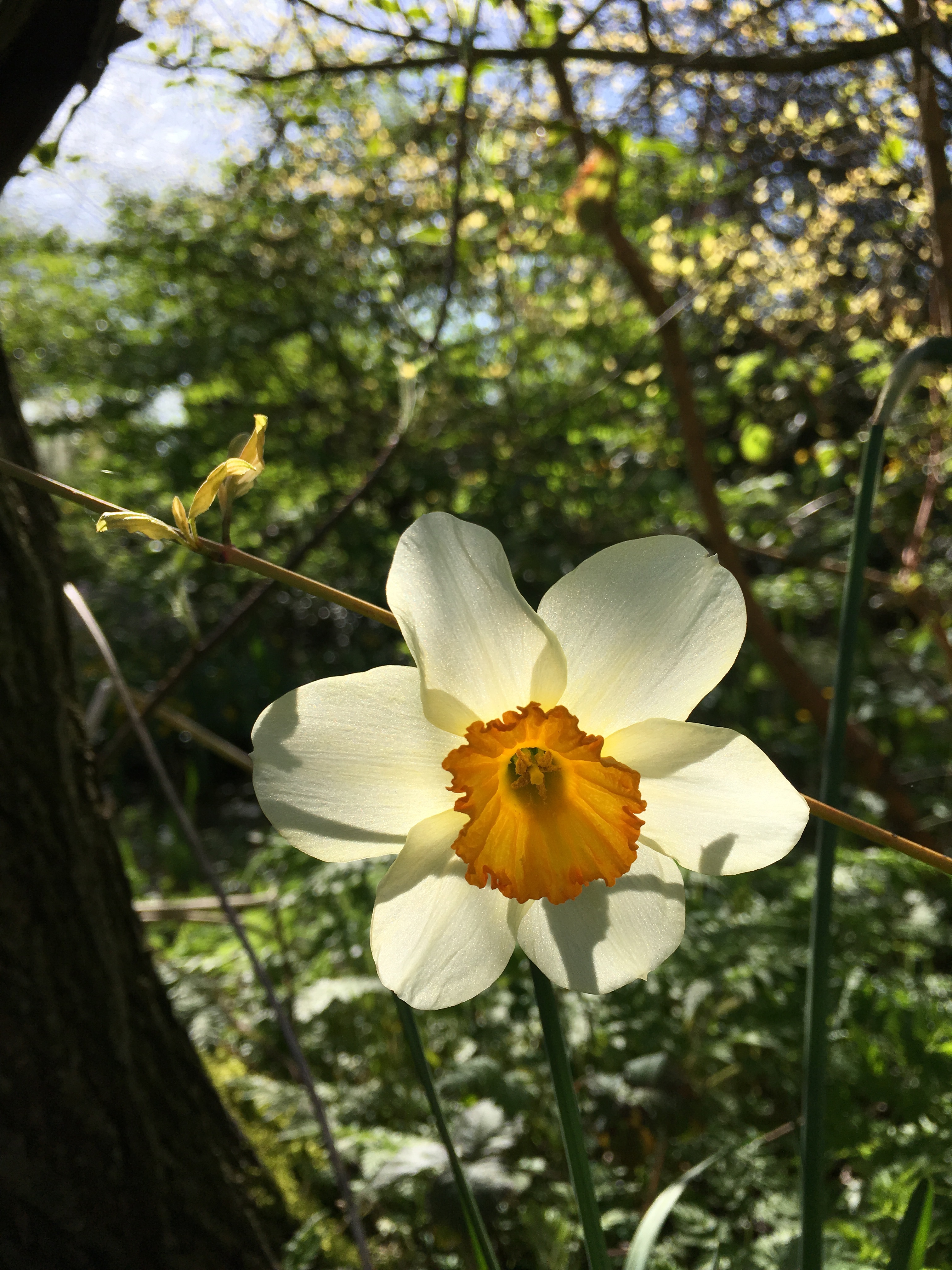
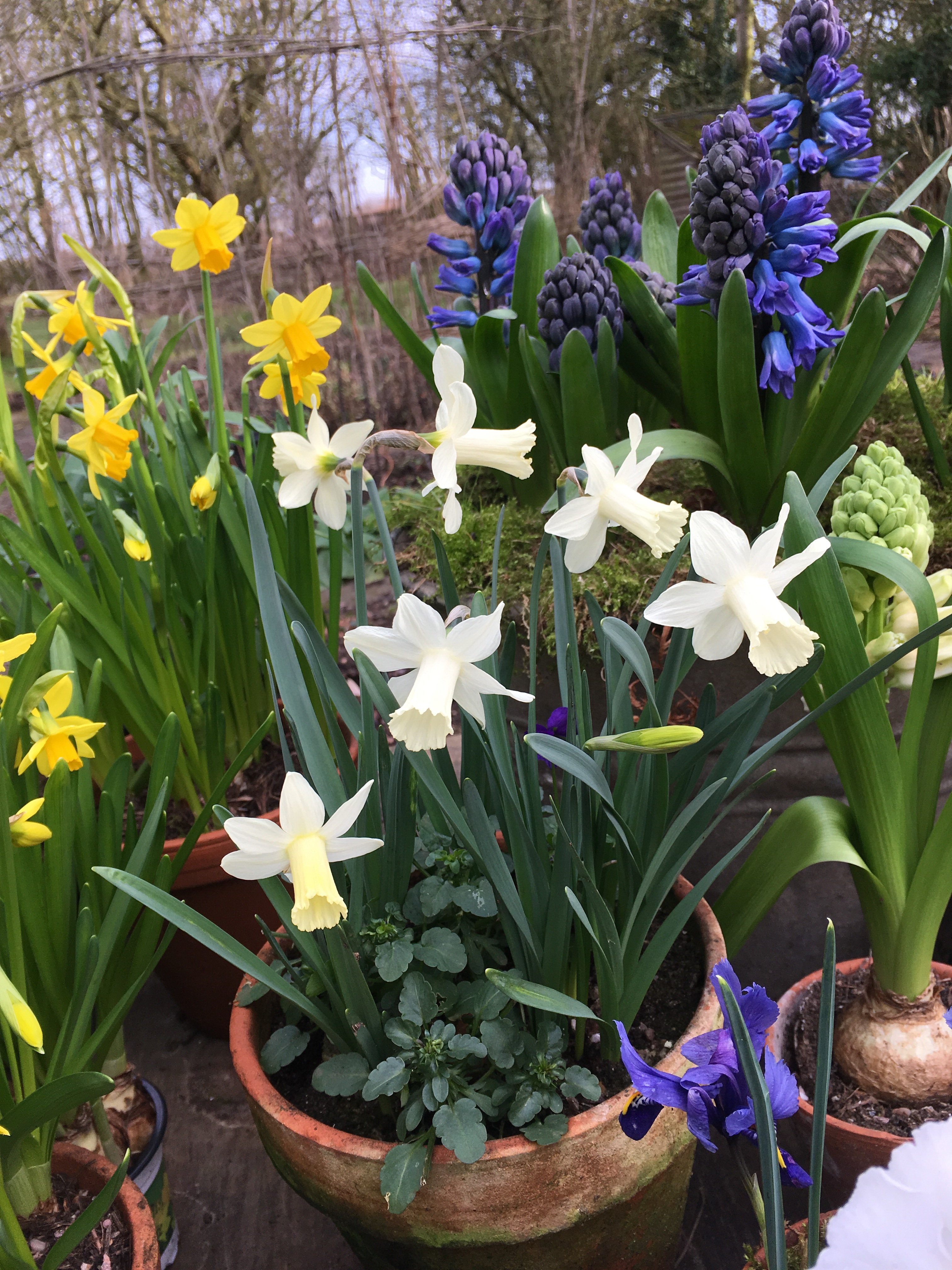




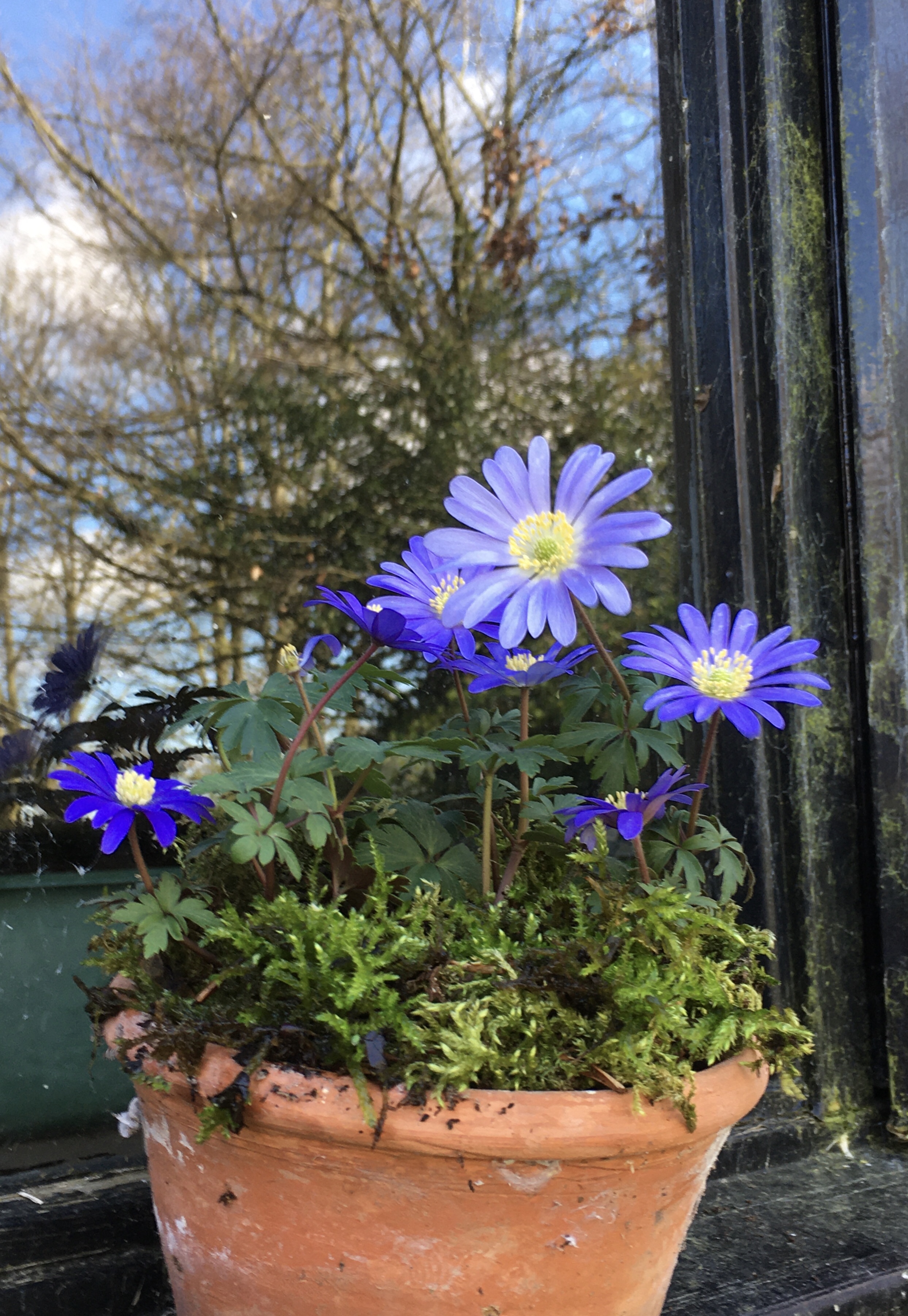

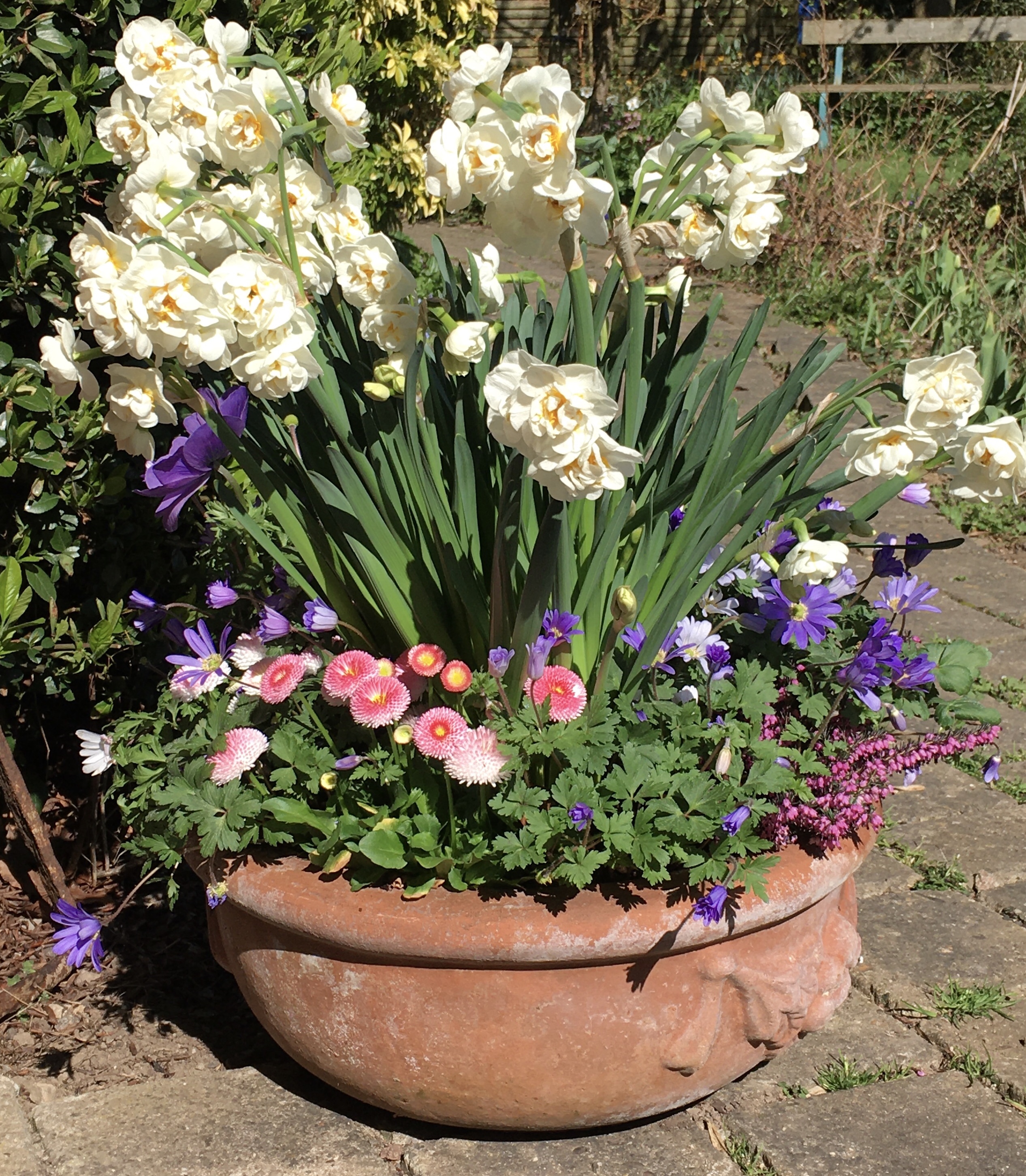

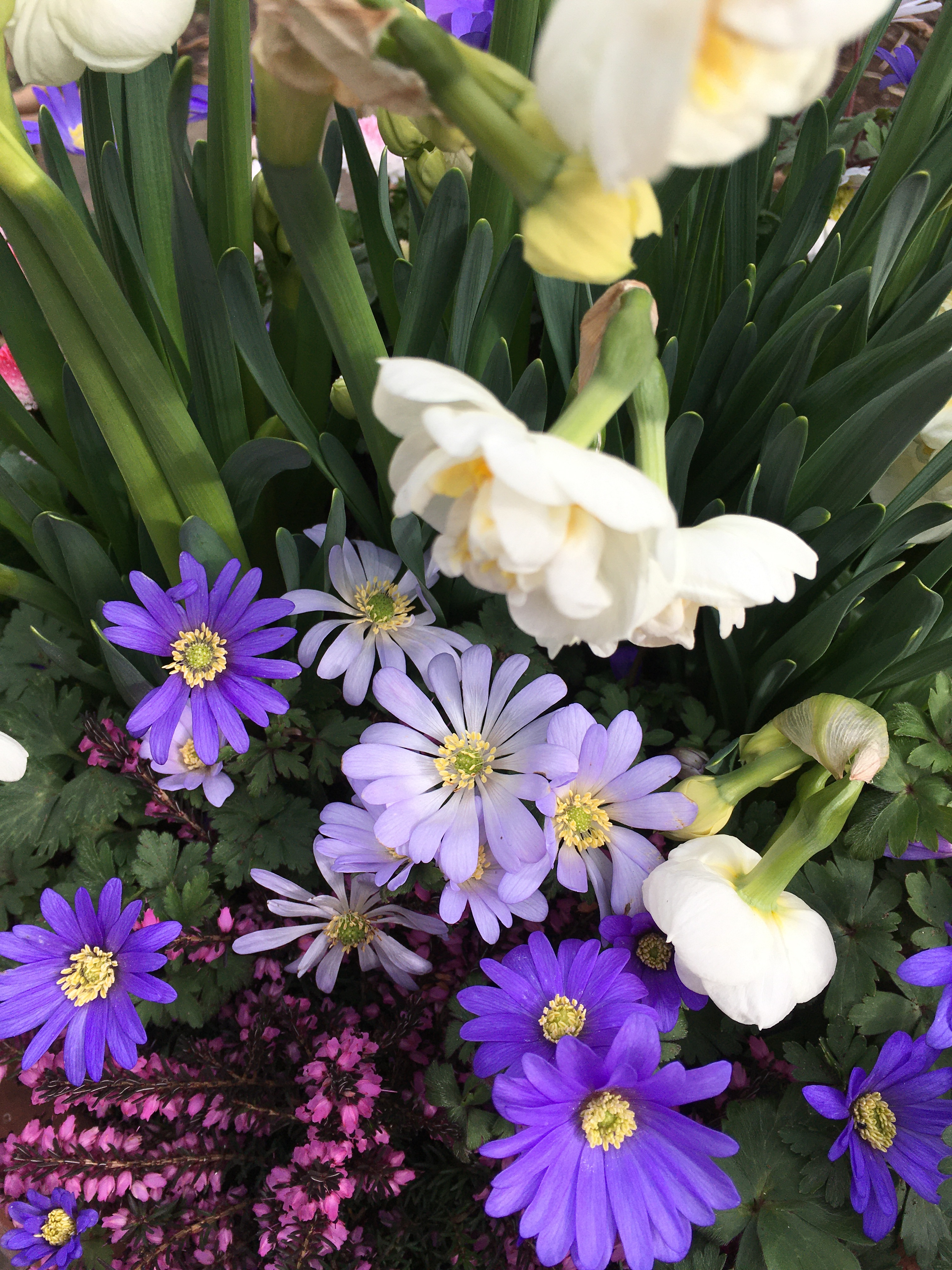

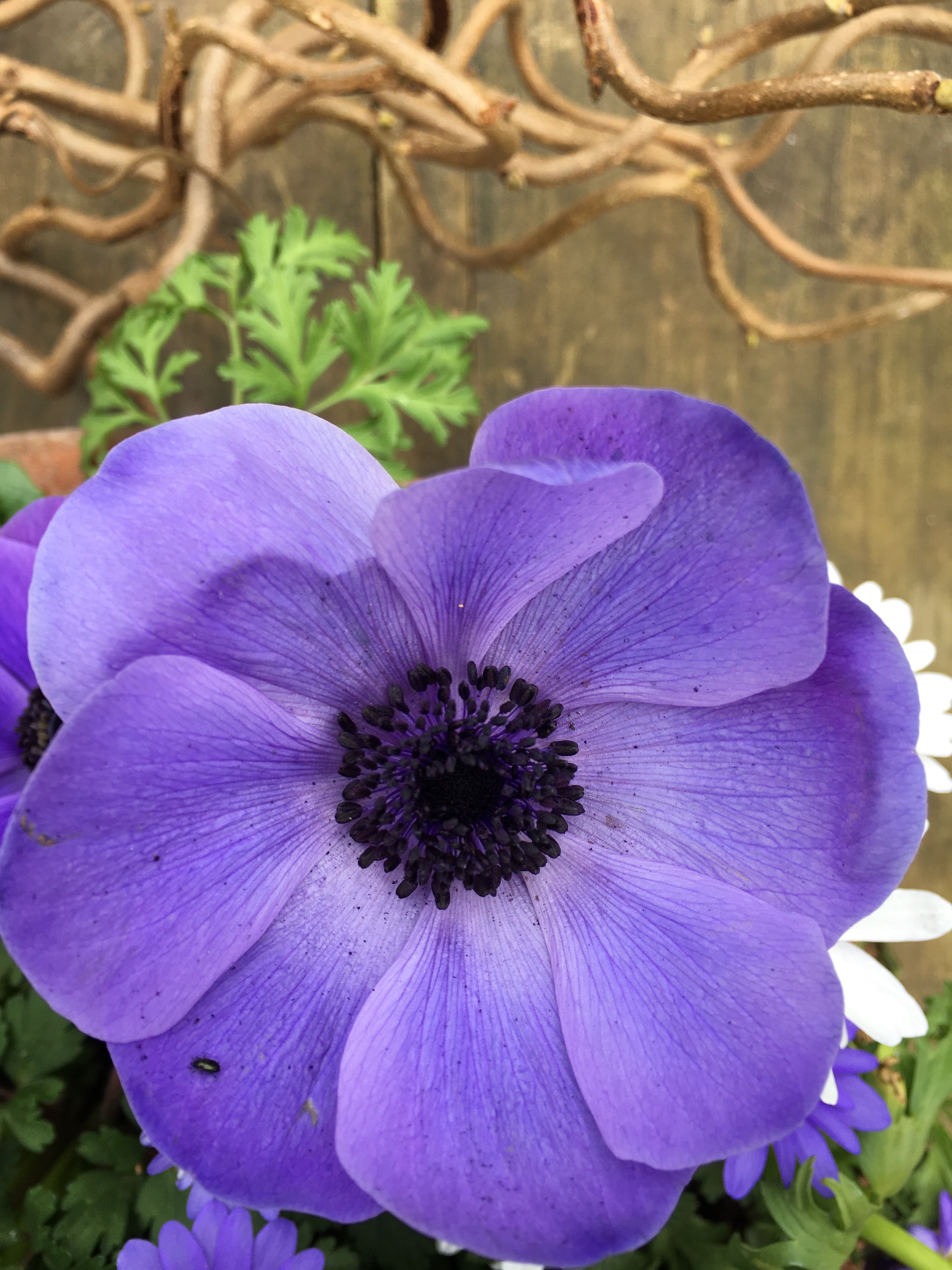







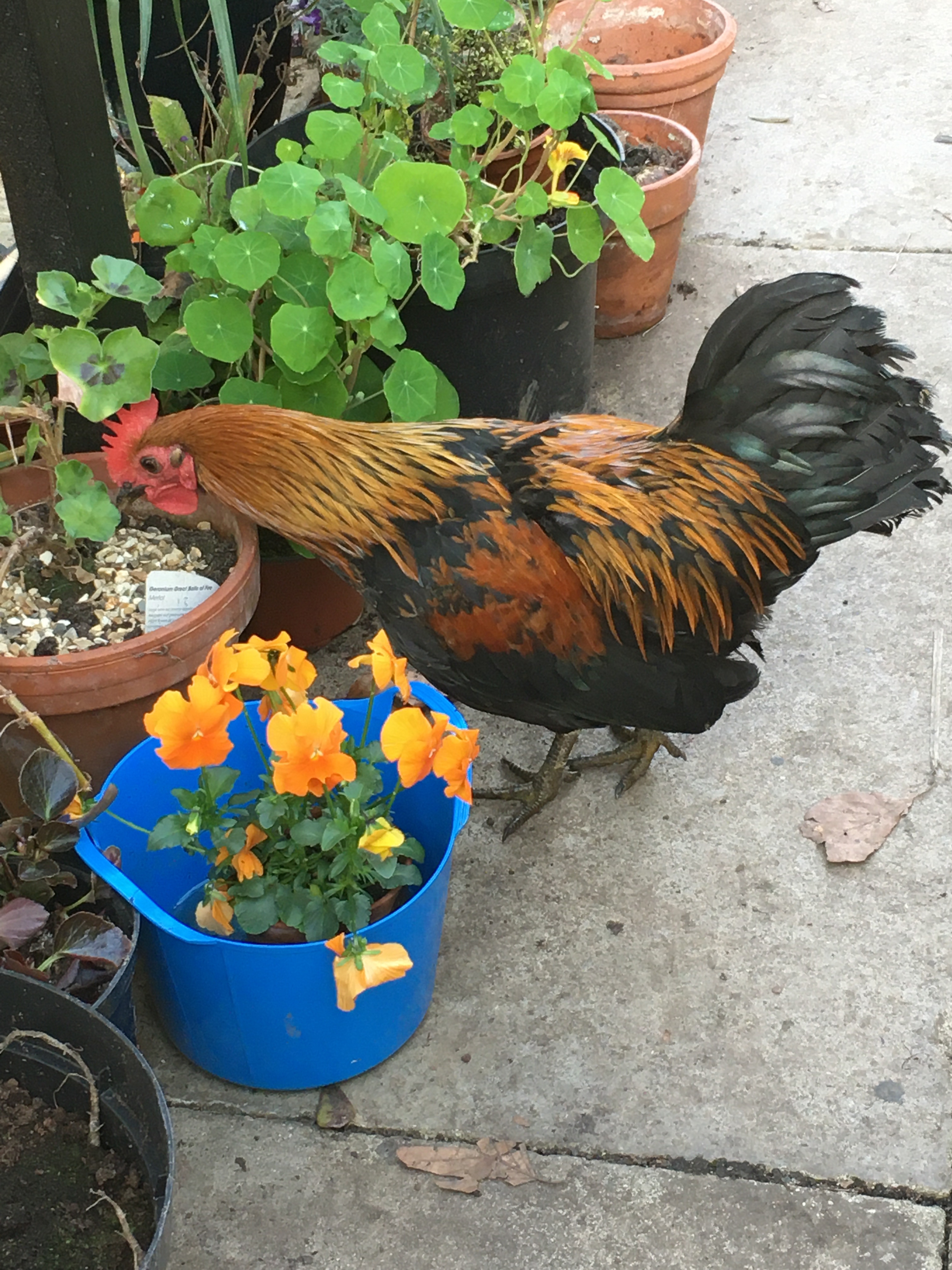















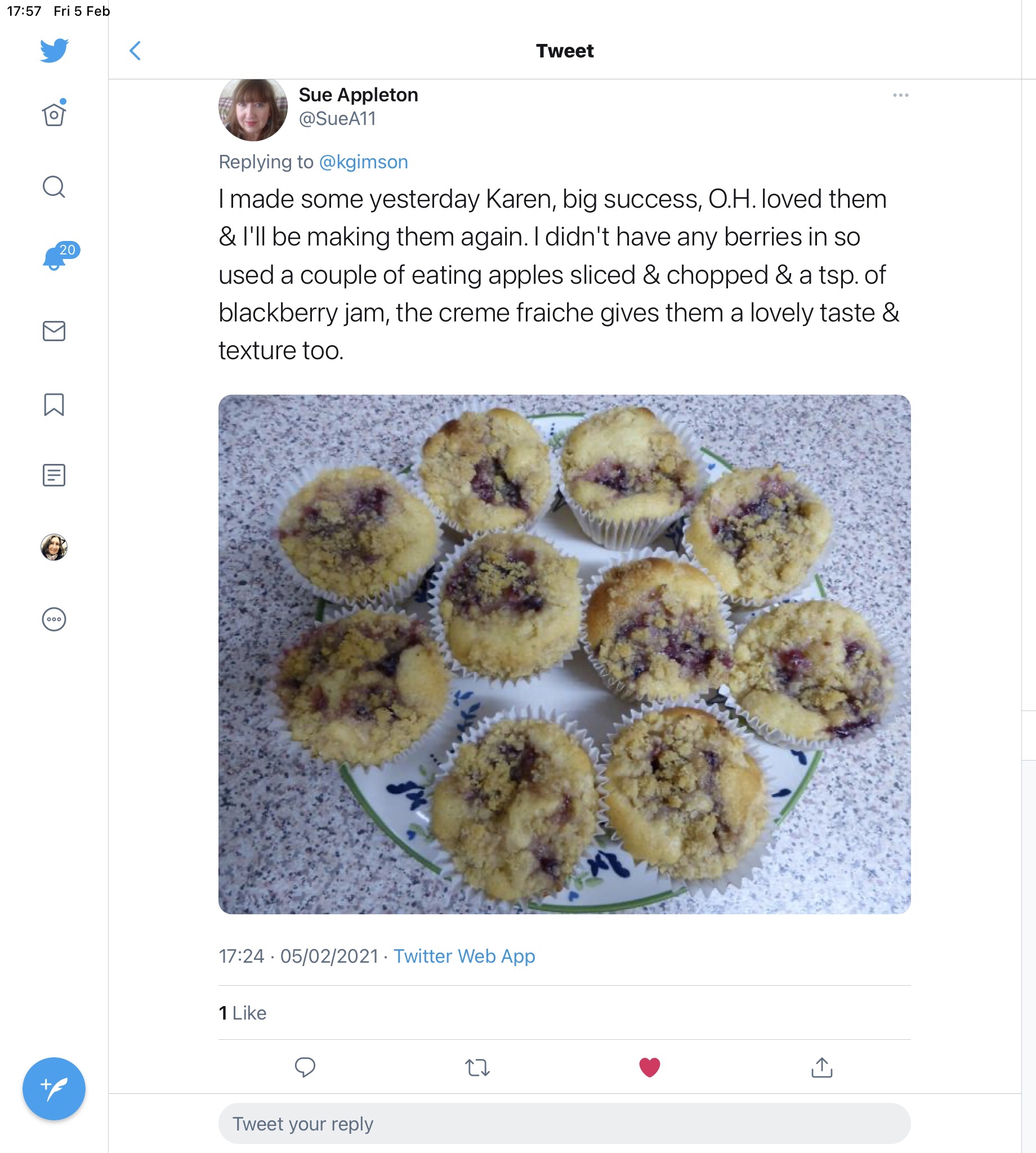








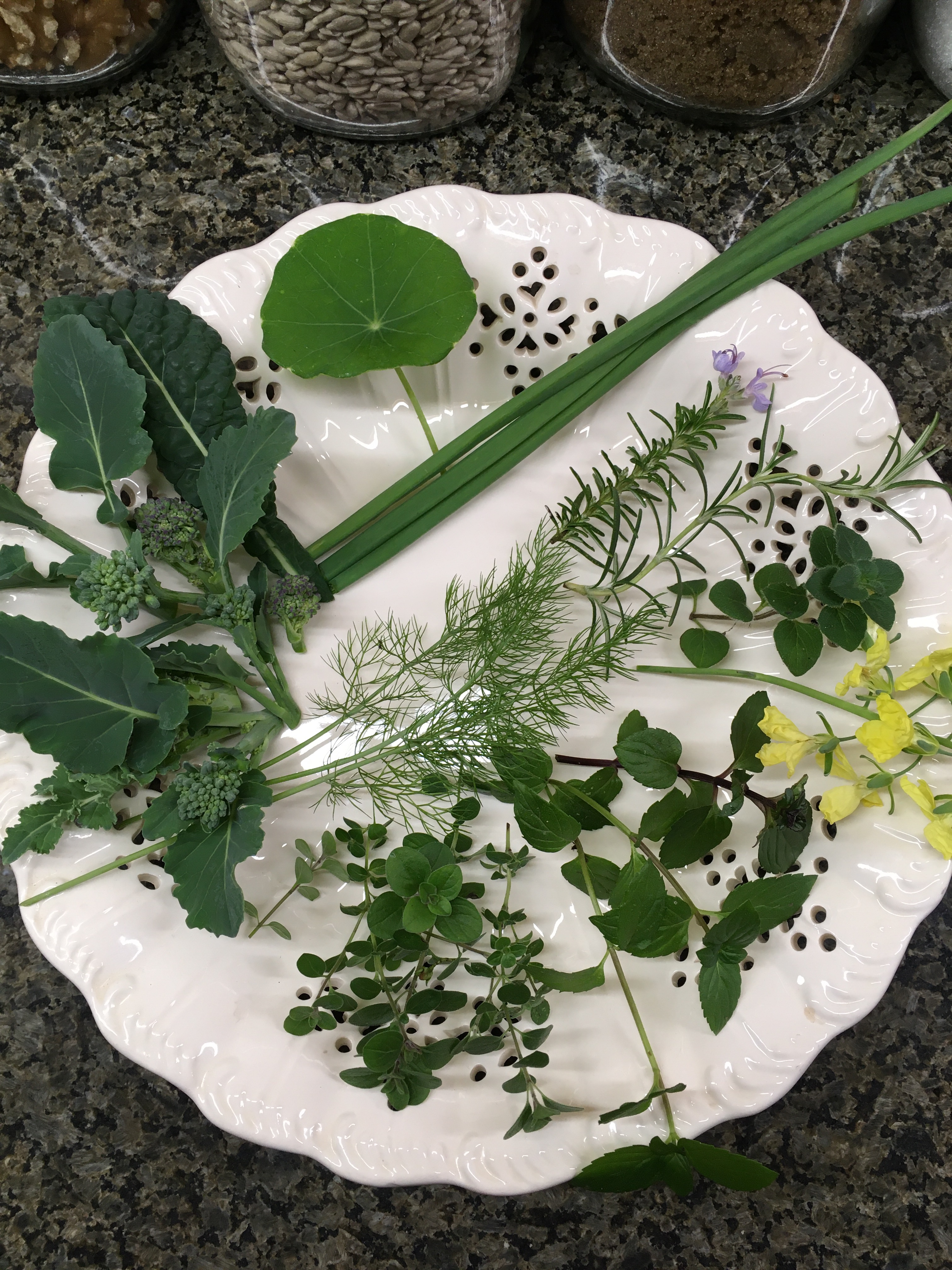




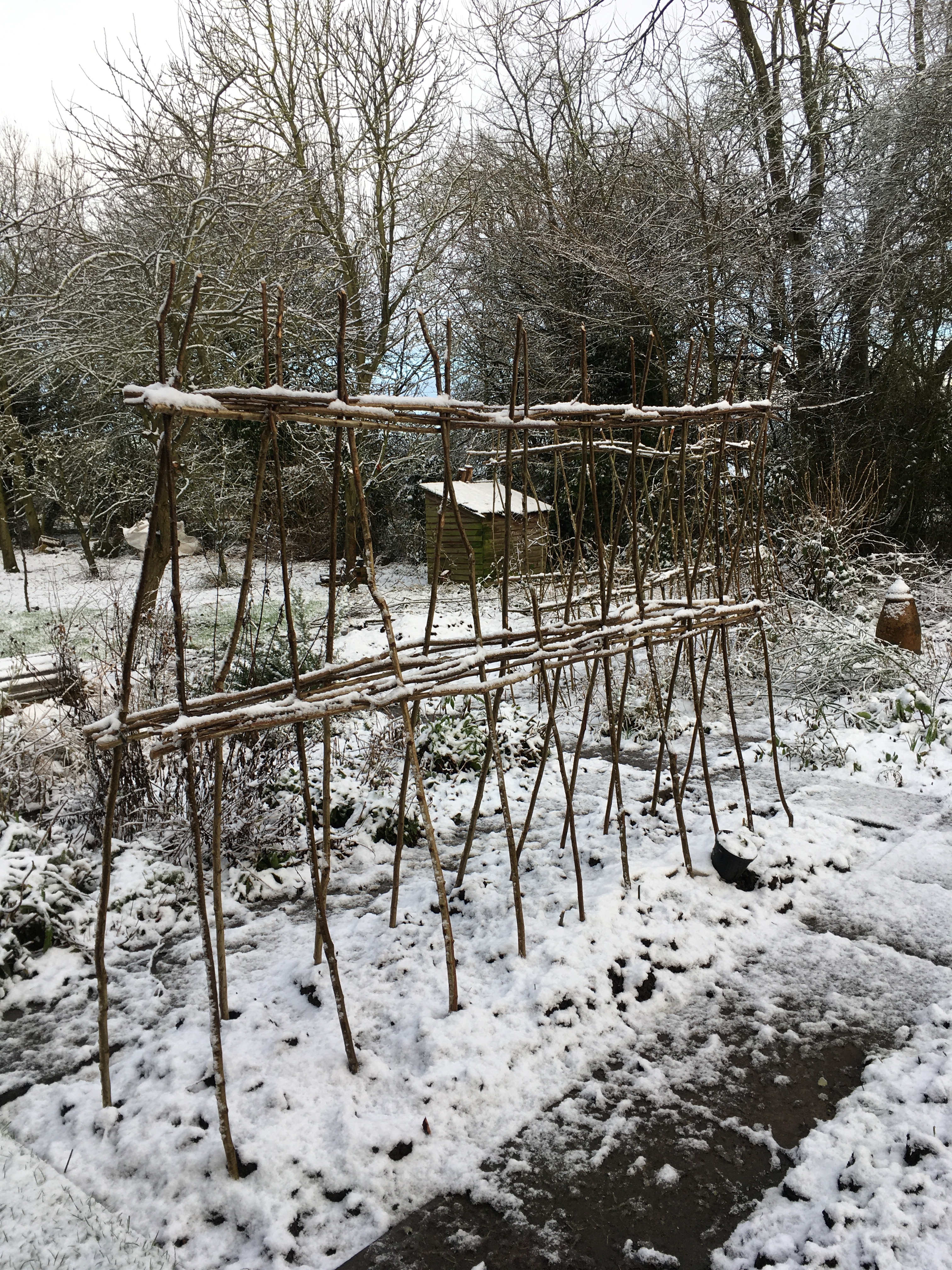

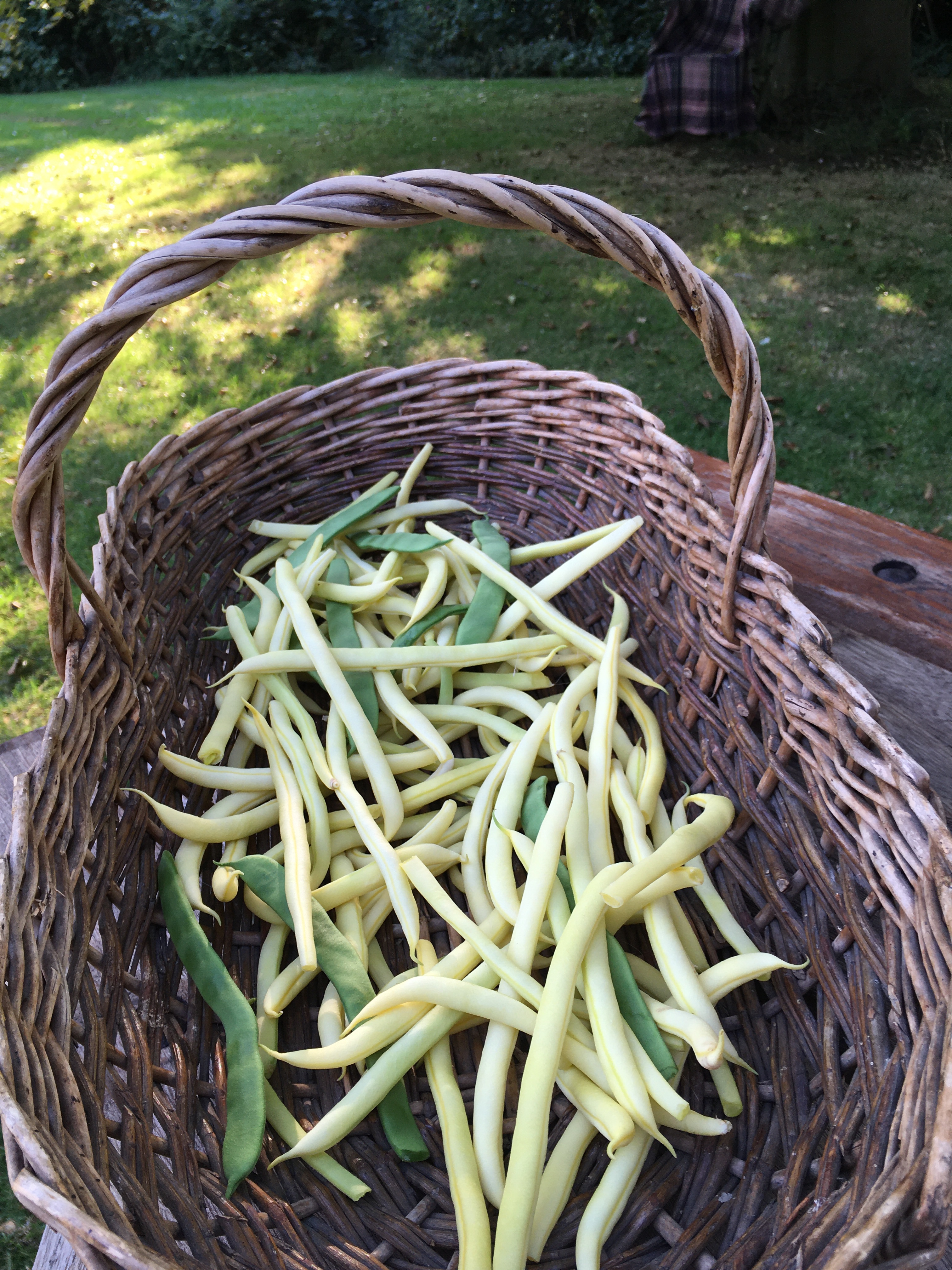














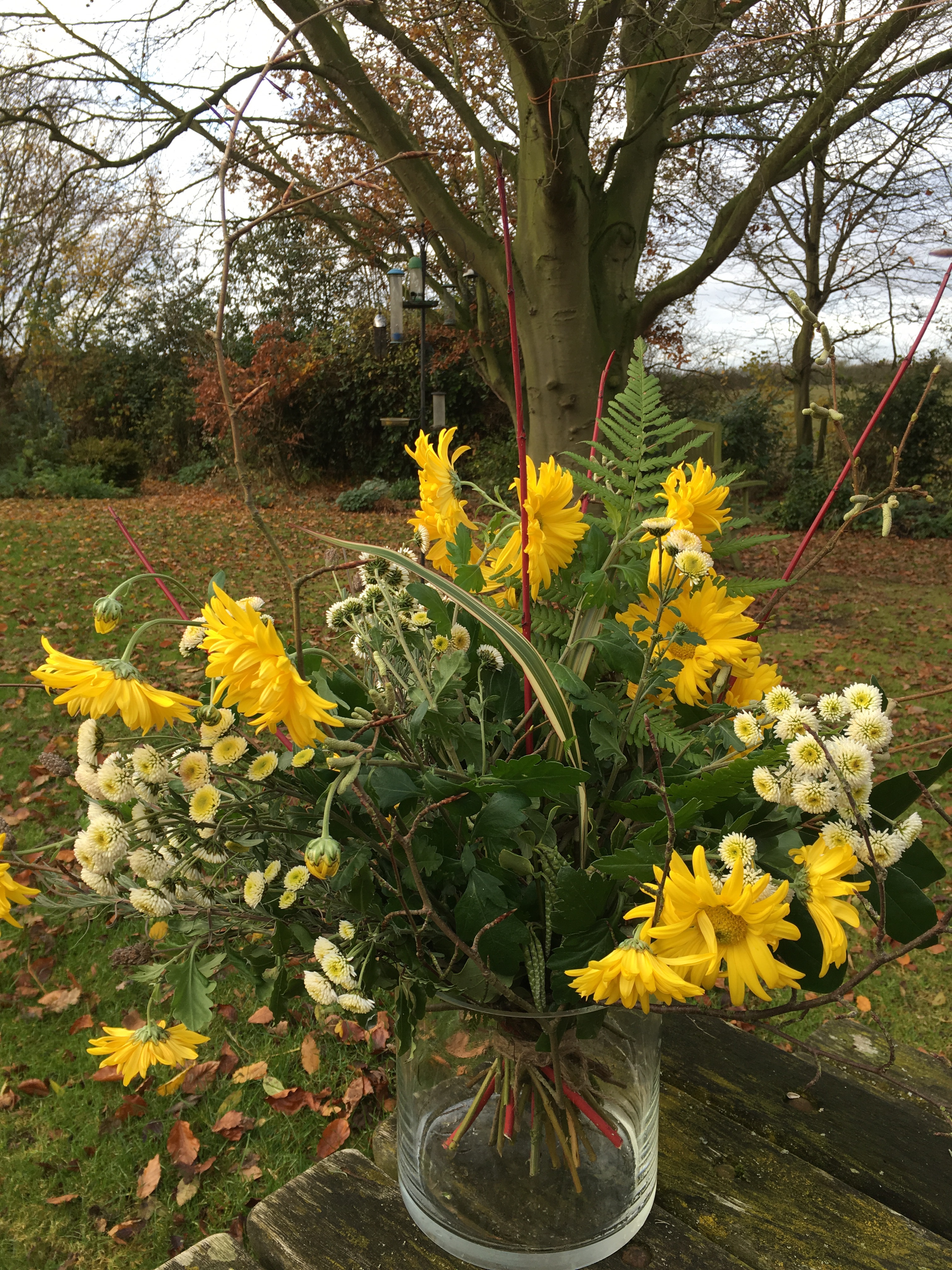


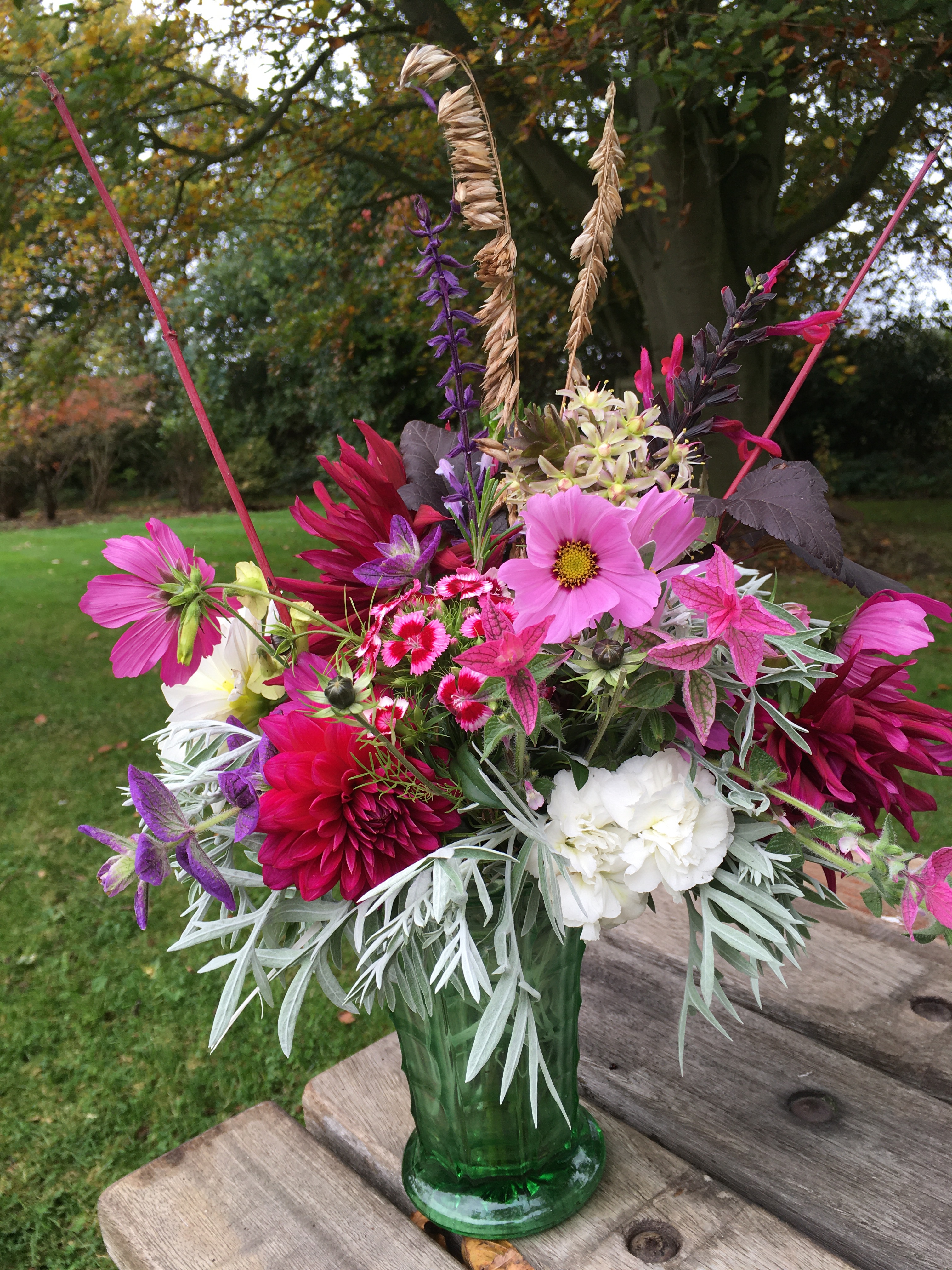
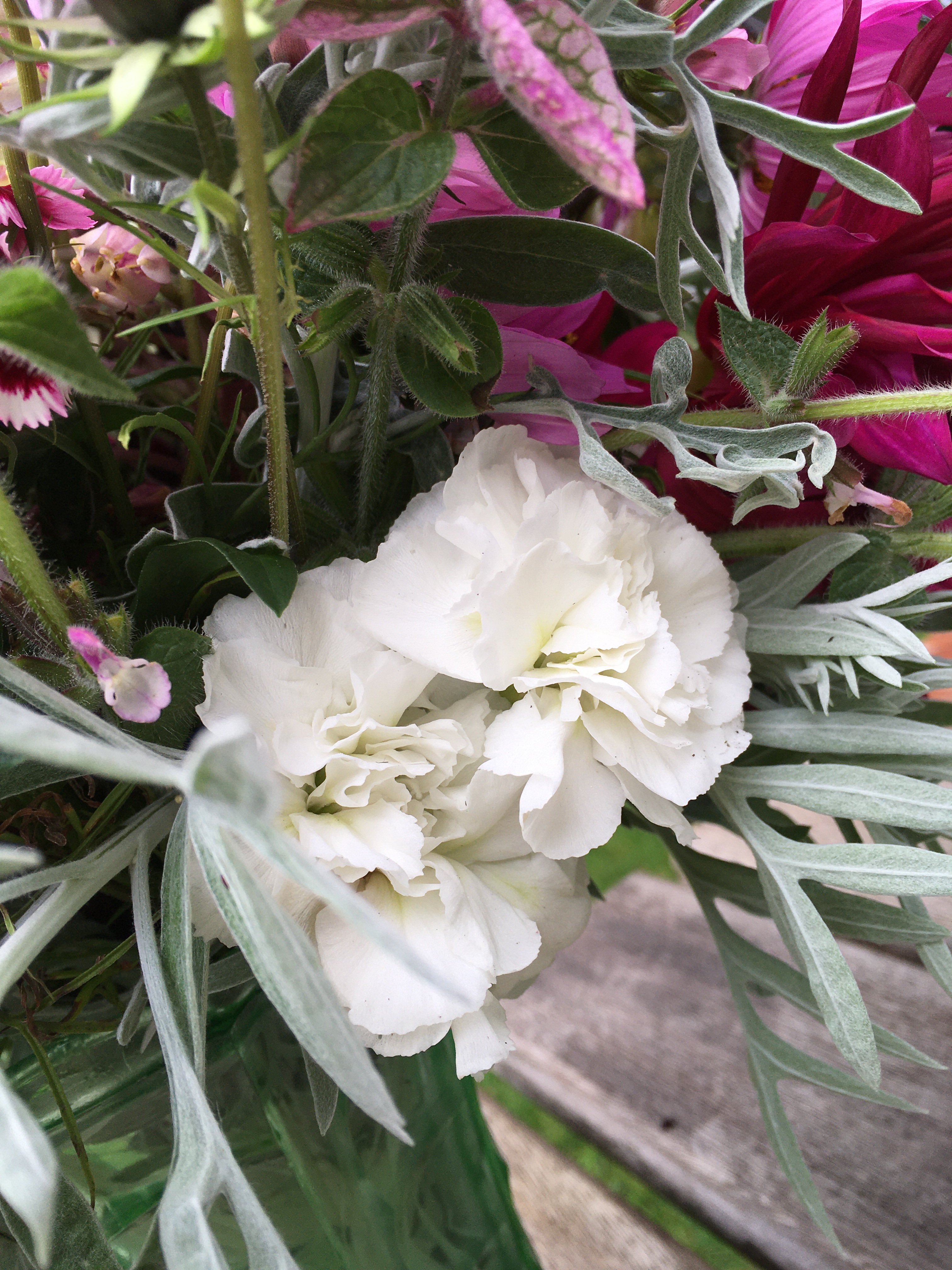



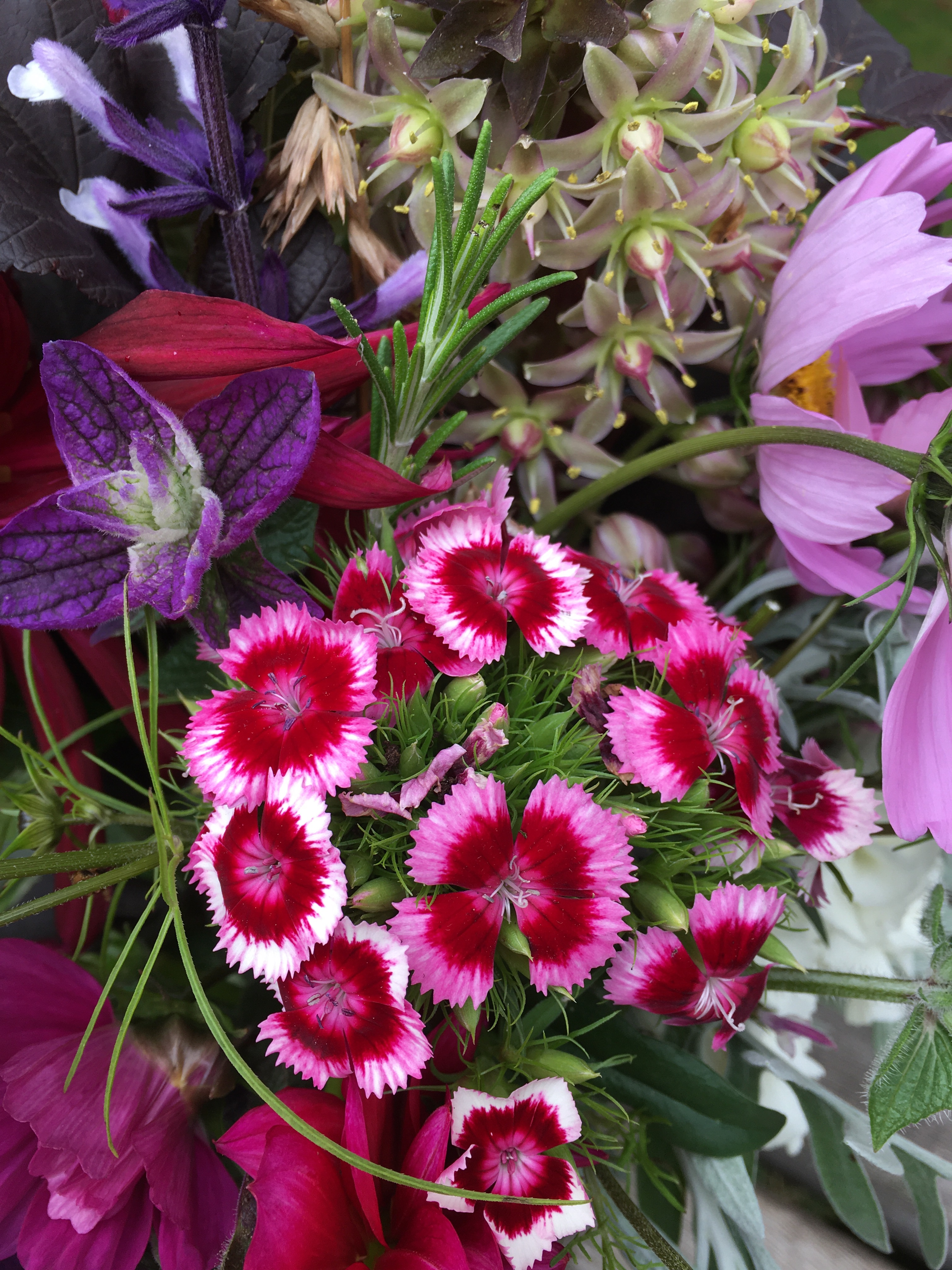








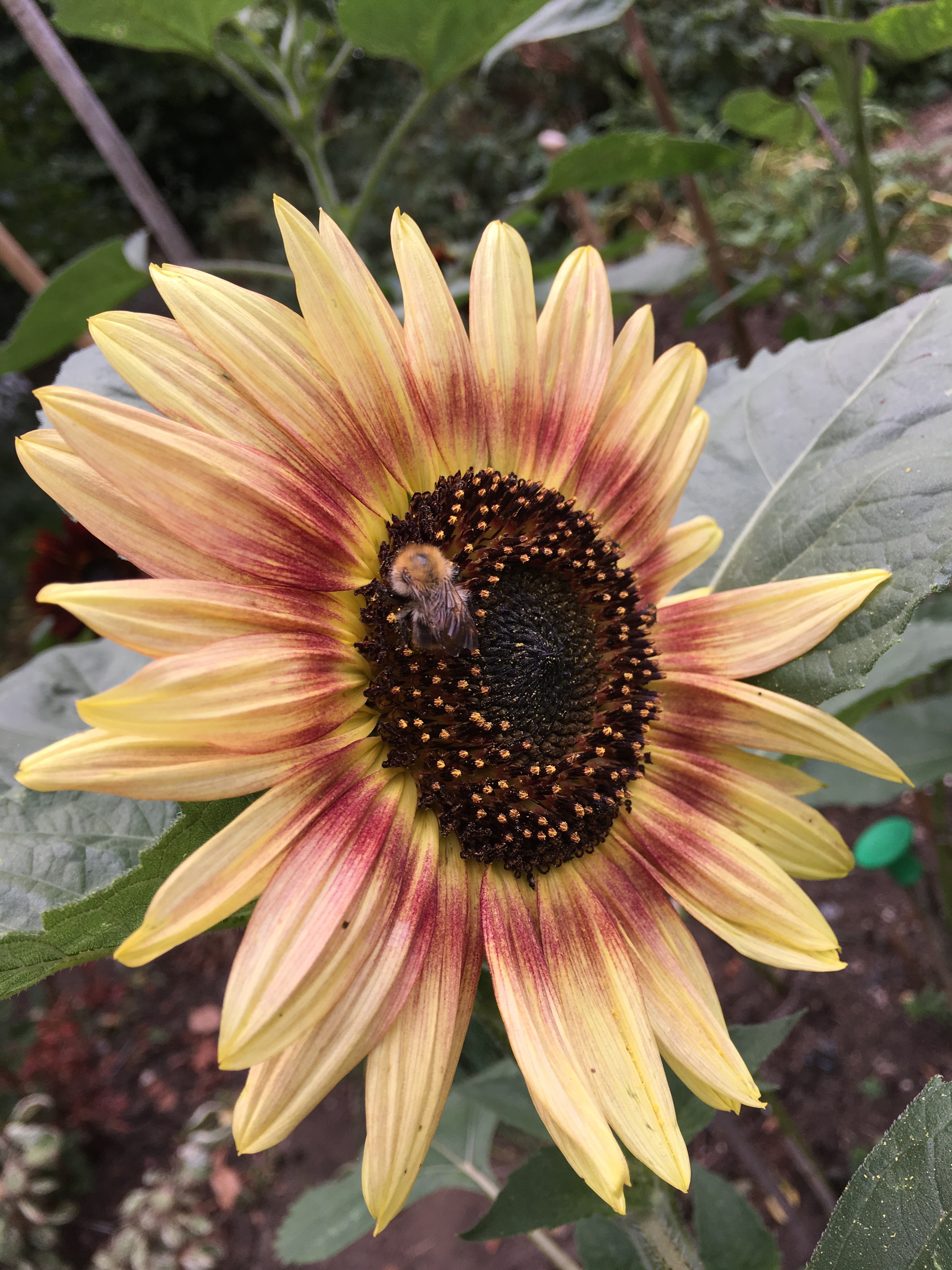


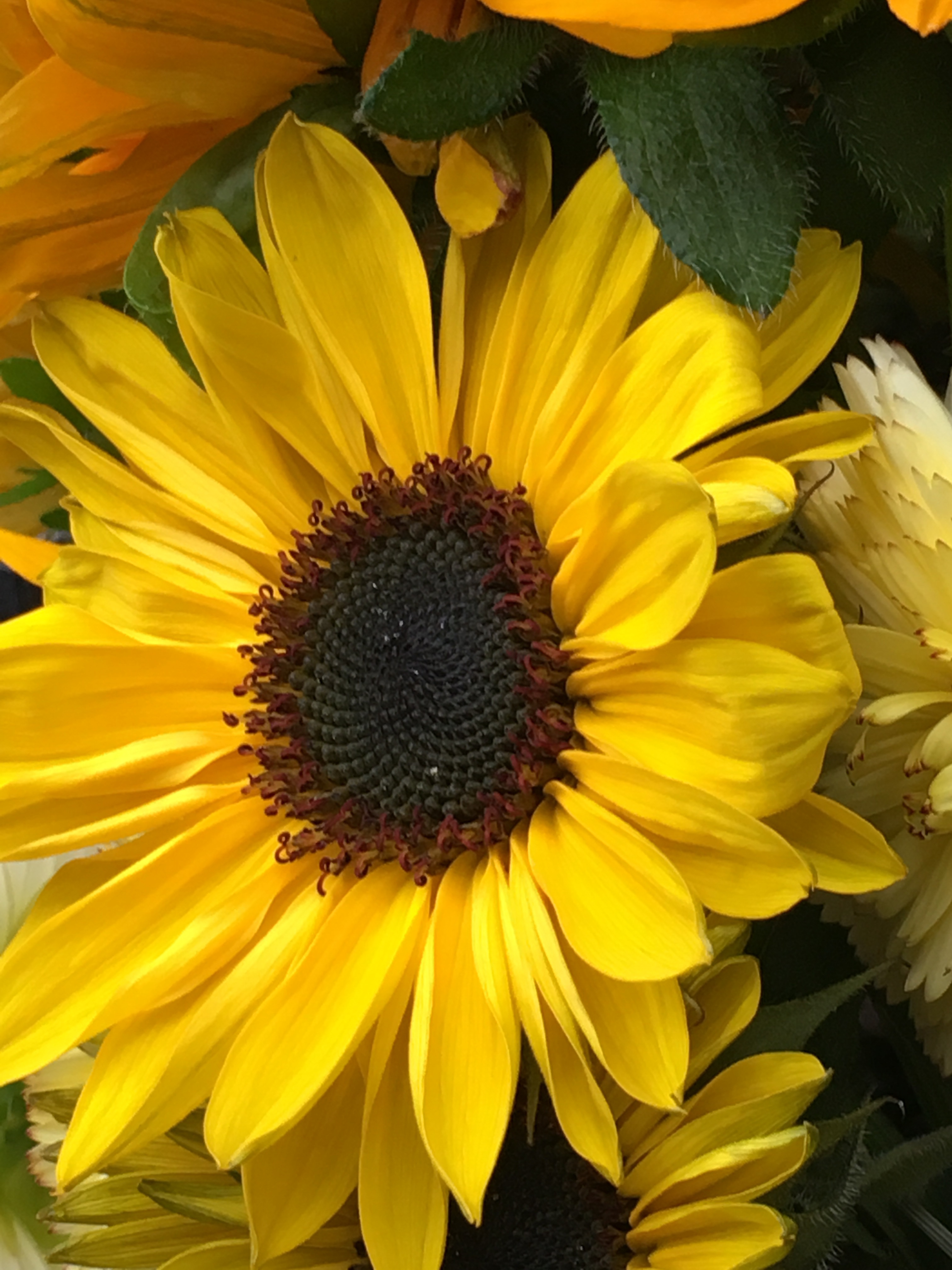

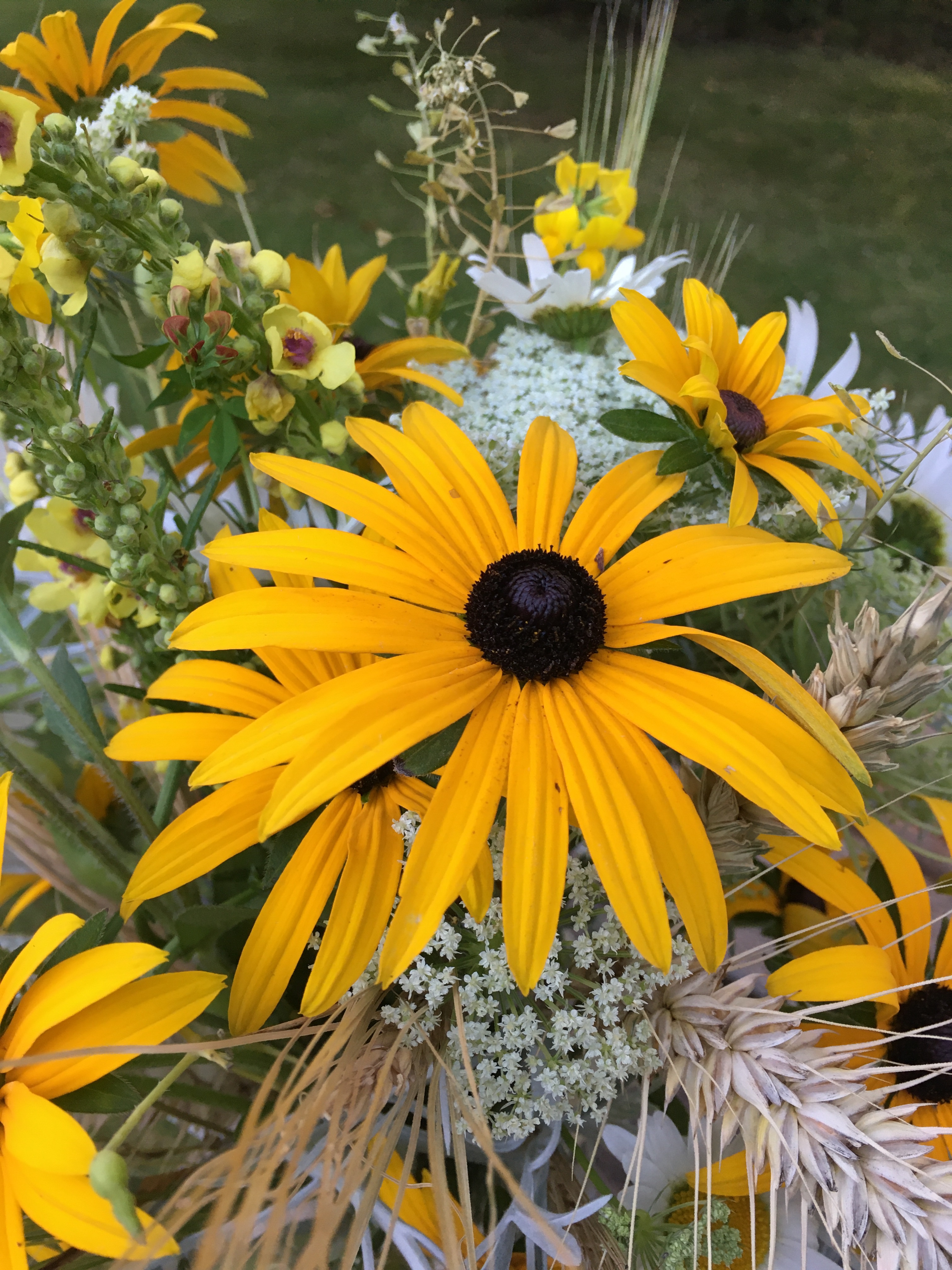

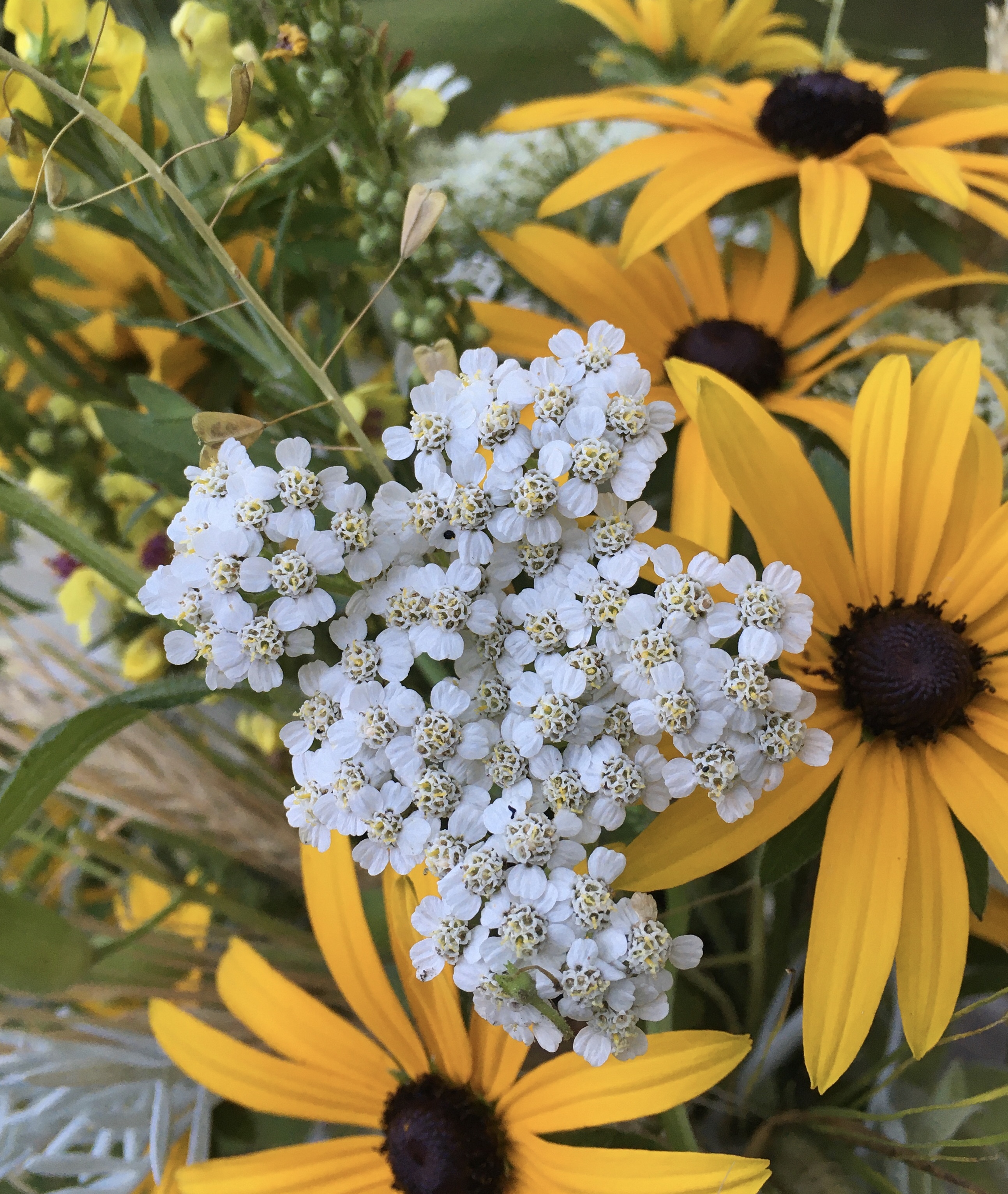


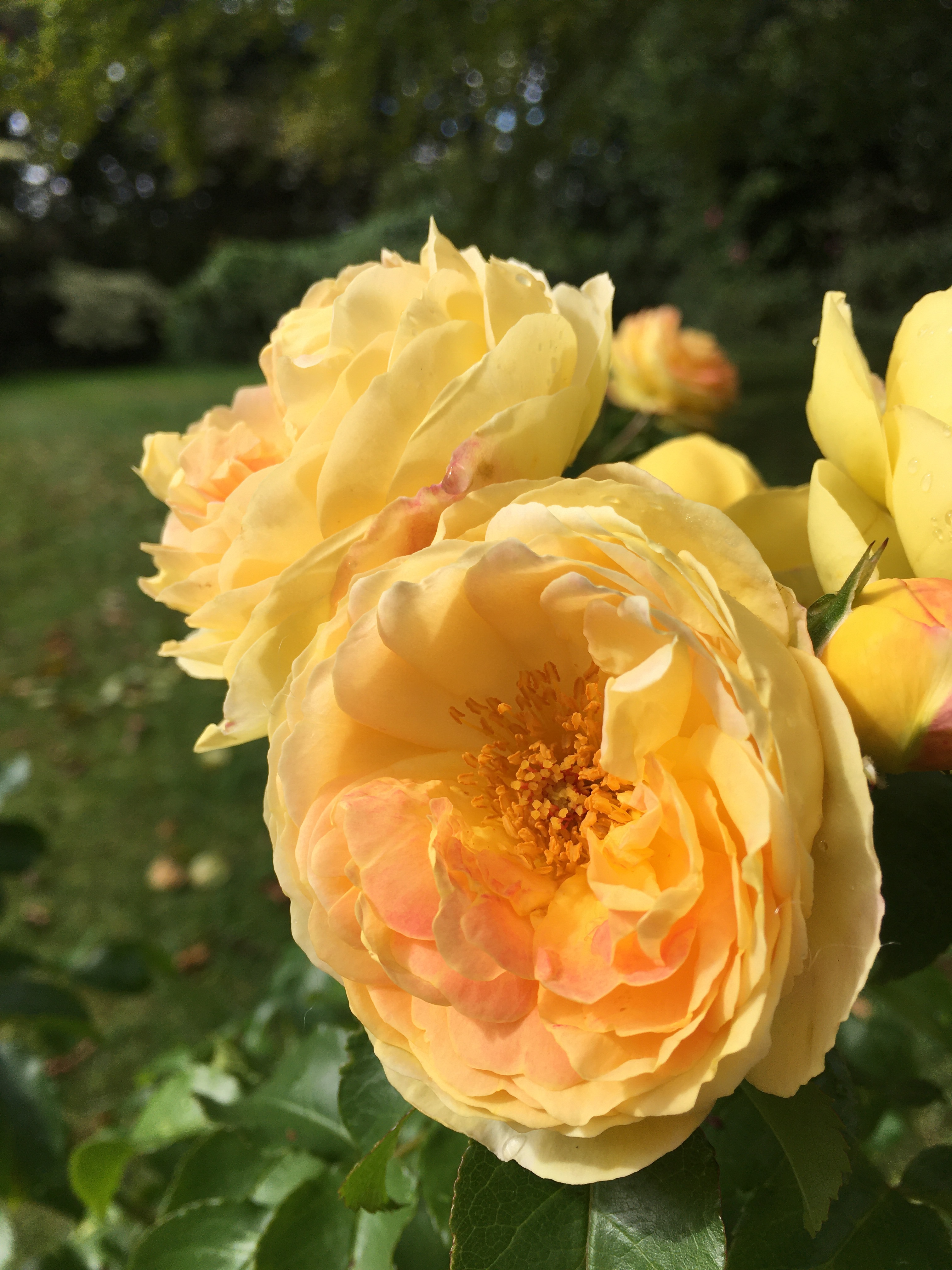





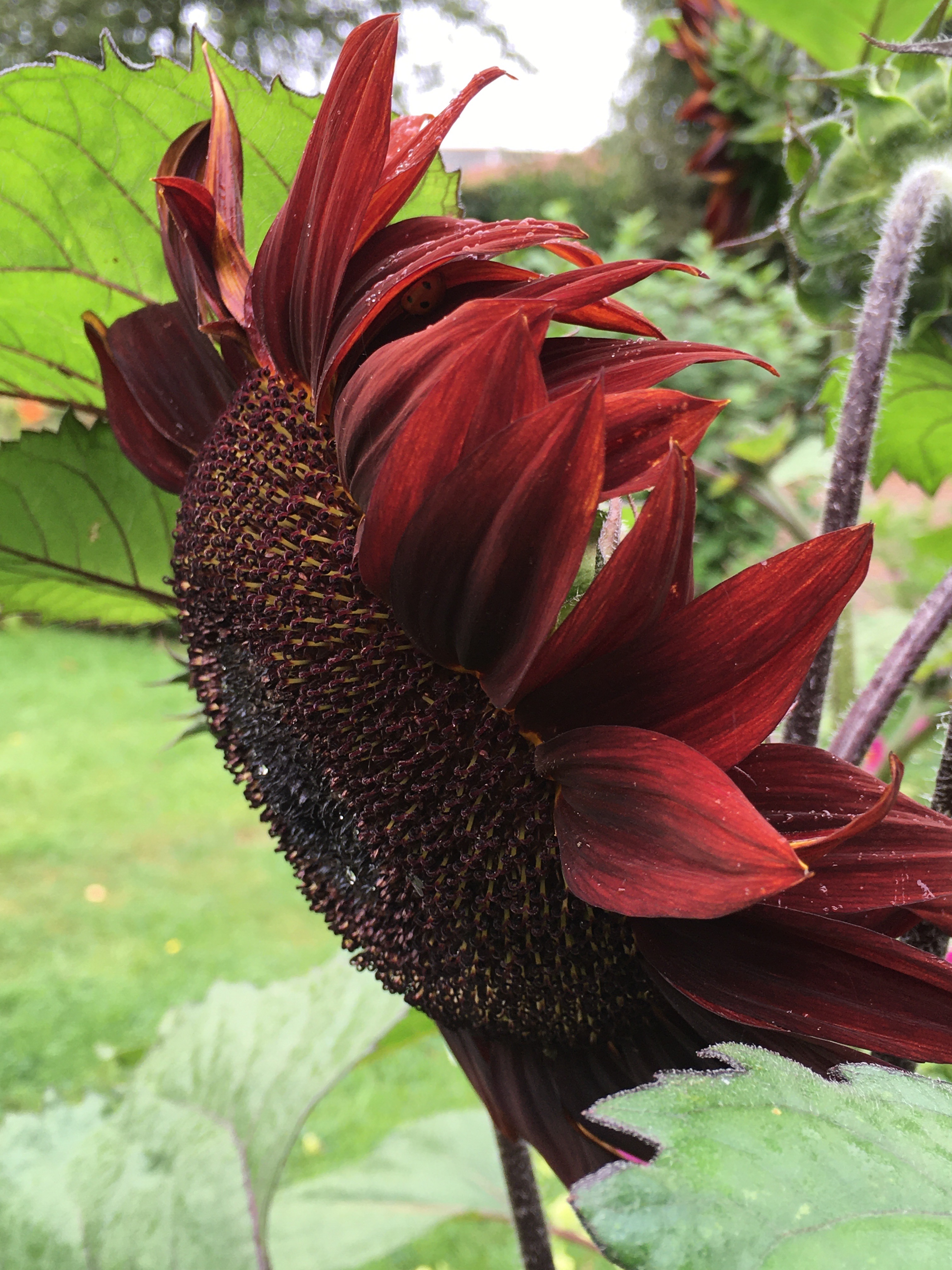
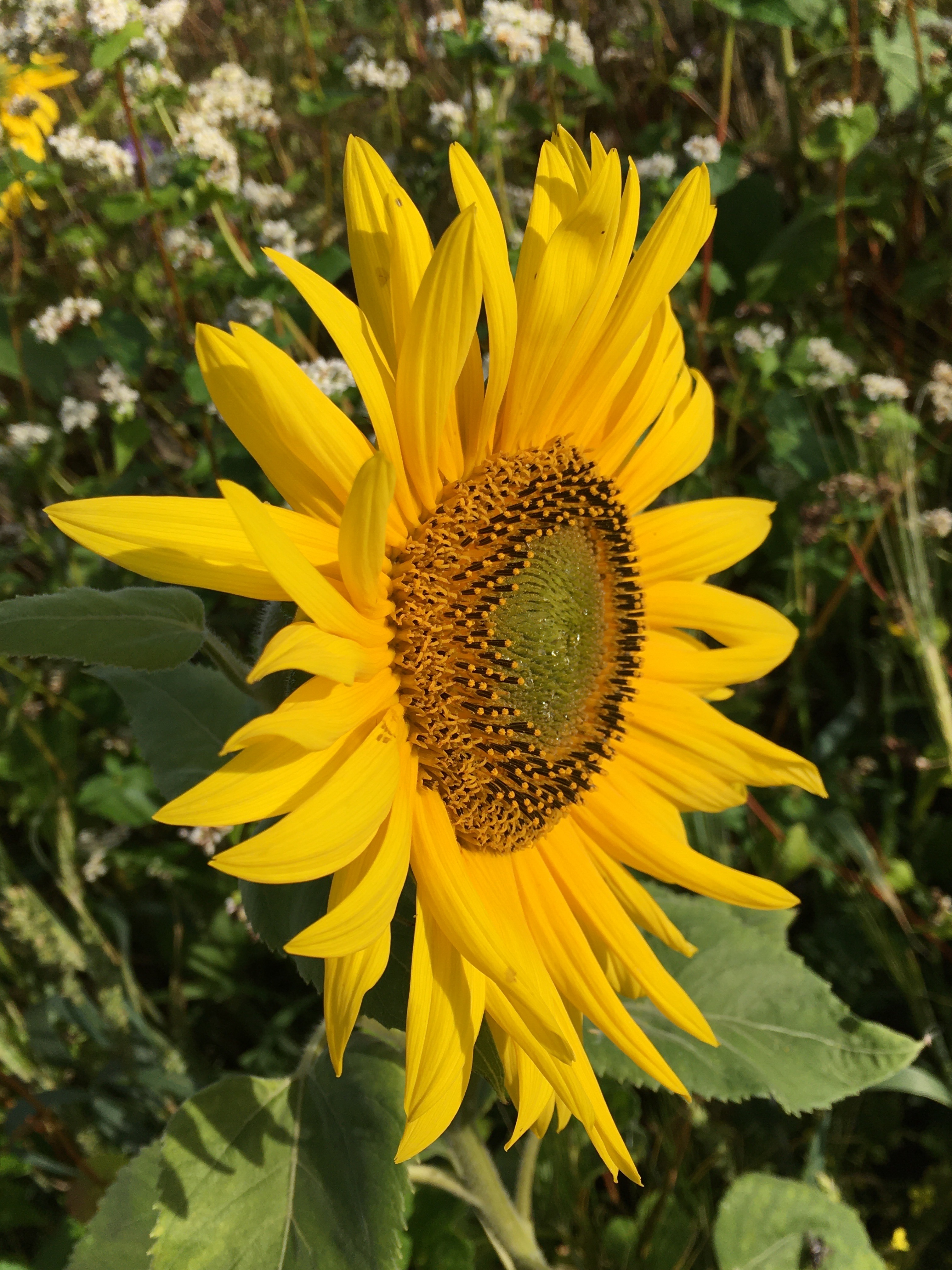
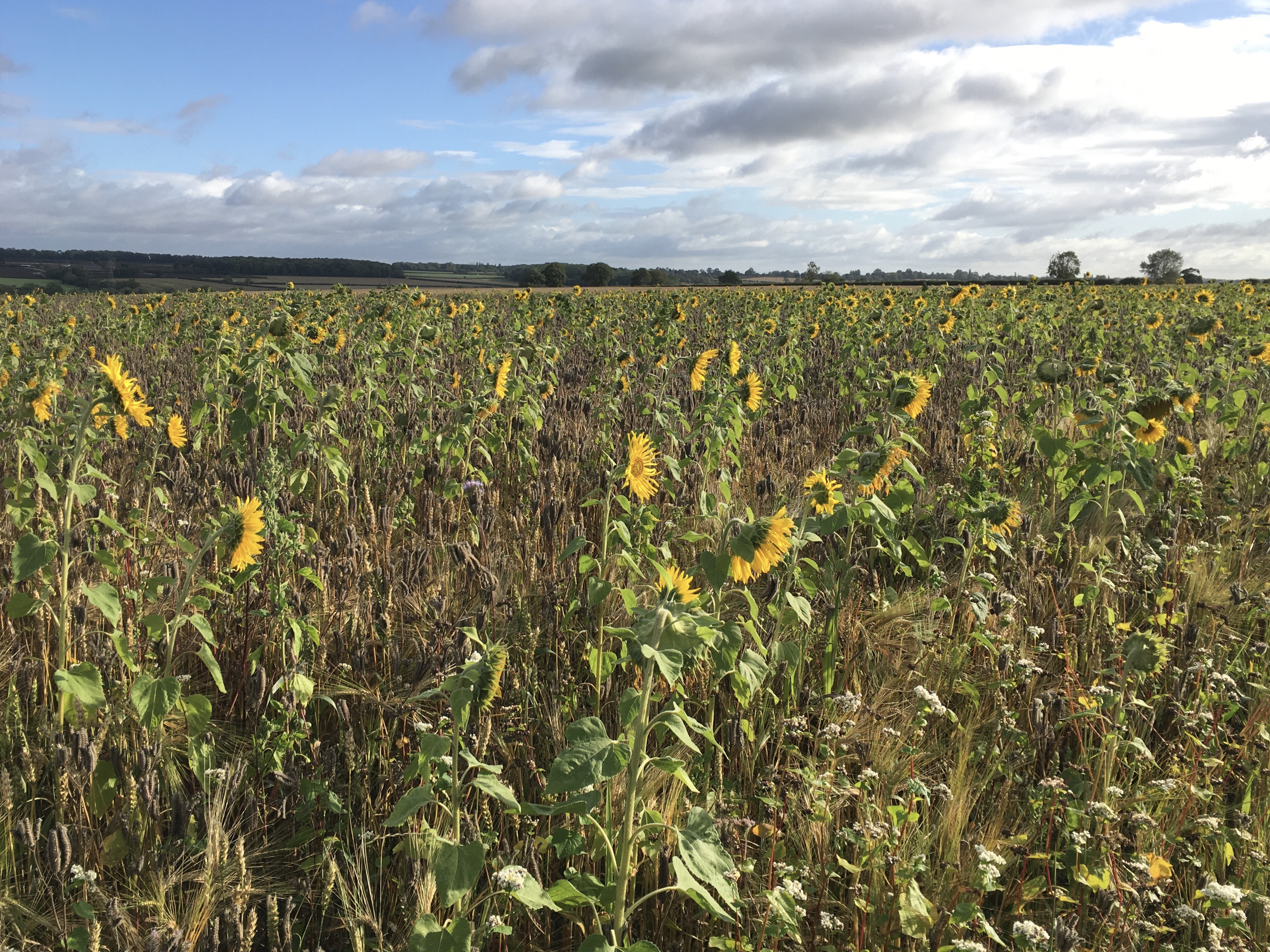



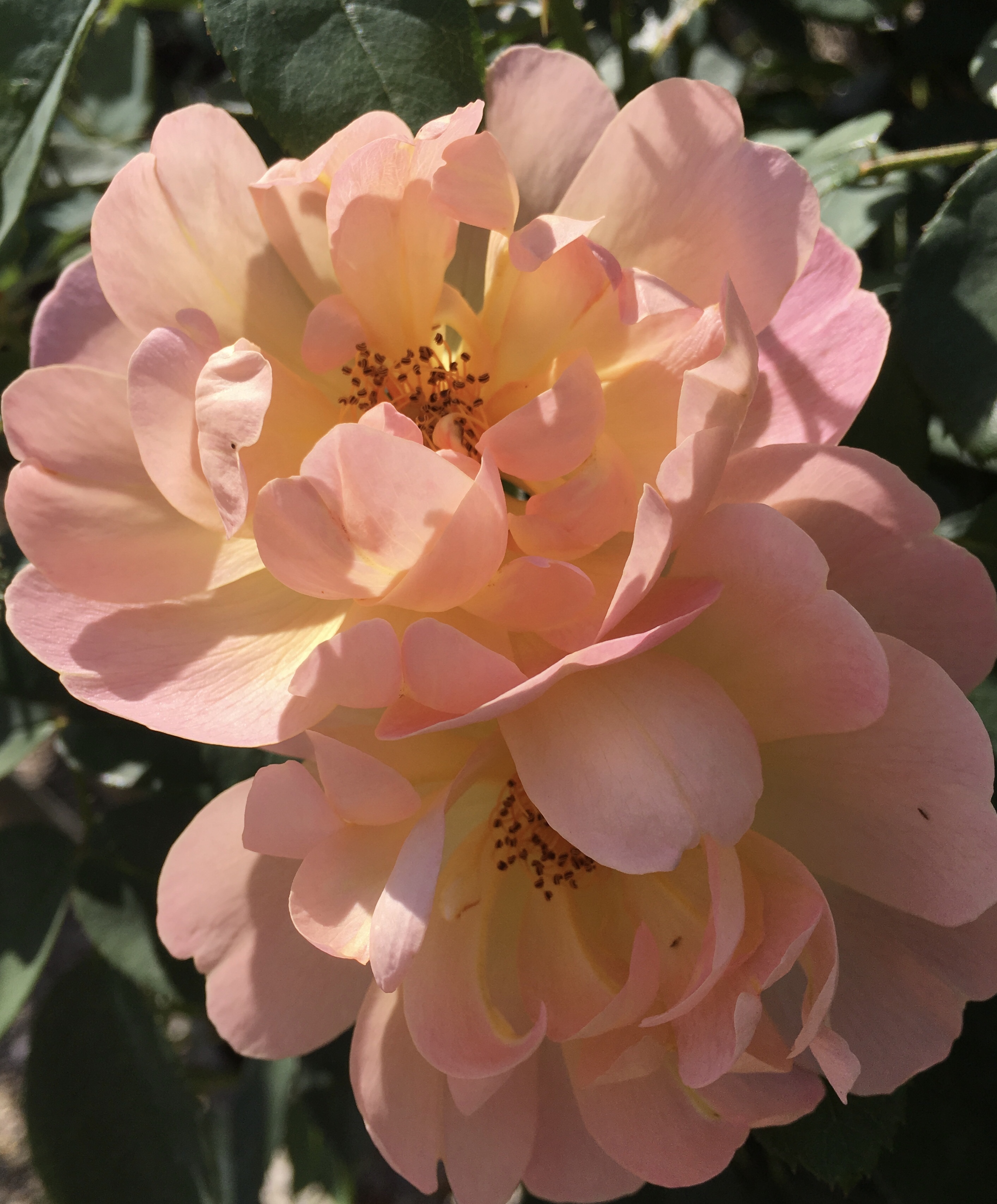


 Now for the ‘blue’ photos this week. I’ve chosen morning glory, Ipomoea purpurea. This is a seedling from a selection I’ve grown for years. Morning glory is an annual climber reaching 4-5m given a warm sunny fence or wall. Mine grow up through my climbing French beans. I’m hoping the flowers will attract pollinators which will benefit my vegetables. You can see the nectar guides in this photo. Flowers have visible and UV guides or lines directing bees to the nectary. Sunshine has highlighted the lines. It’s almost mesmerising. I save my seed each summer and store it in a cool, dark place over winter. I’ll start them off again in 3″ pots on the kitchen windowsill in February. Recommended varieties include Star of Yelta, Grandpa Ott and Heavenly Blue. All easy to grow, and once you’ve bought a packet of seed, you’ll have morning glory for ever more. Such a lovely thought!
Now for the ‘blue’ photos this week. I’ve chosen morning glory, Ipomoea purpurea. This is a seedling from a selection I’ve grown for years. Morning glory is an annual climber reaching 4-5m given a warm sunny fence or wall. Mine grow up through my climbing French beans. I’m hoping the flowers will attract pollinators which will benefit my vegetables. You can see the nectar guides in this photo. Flowers have visible and UV guides or lines directing bees to the nectary. Sunshine has highlighted the lines. It’s almost mesmerising. I save my seed each summer and store it in a cool, dark place over winter. I’ll start them off again in 3″ pots on the kitchen windowsill in February. Recommended varieties include Star of Yelta, Grandpa Ott and Heavenly Blue. All easy to grow, and once you’ve bought a packet of seed, you’ll have morning glory for ever more. Such a lovely thought!






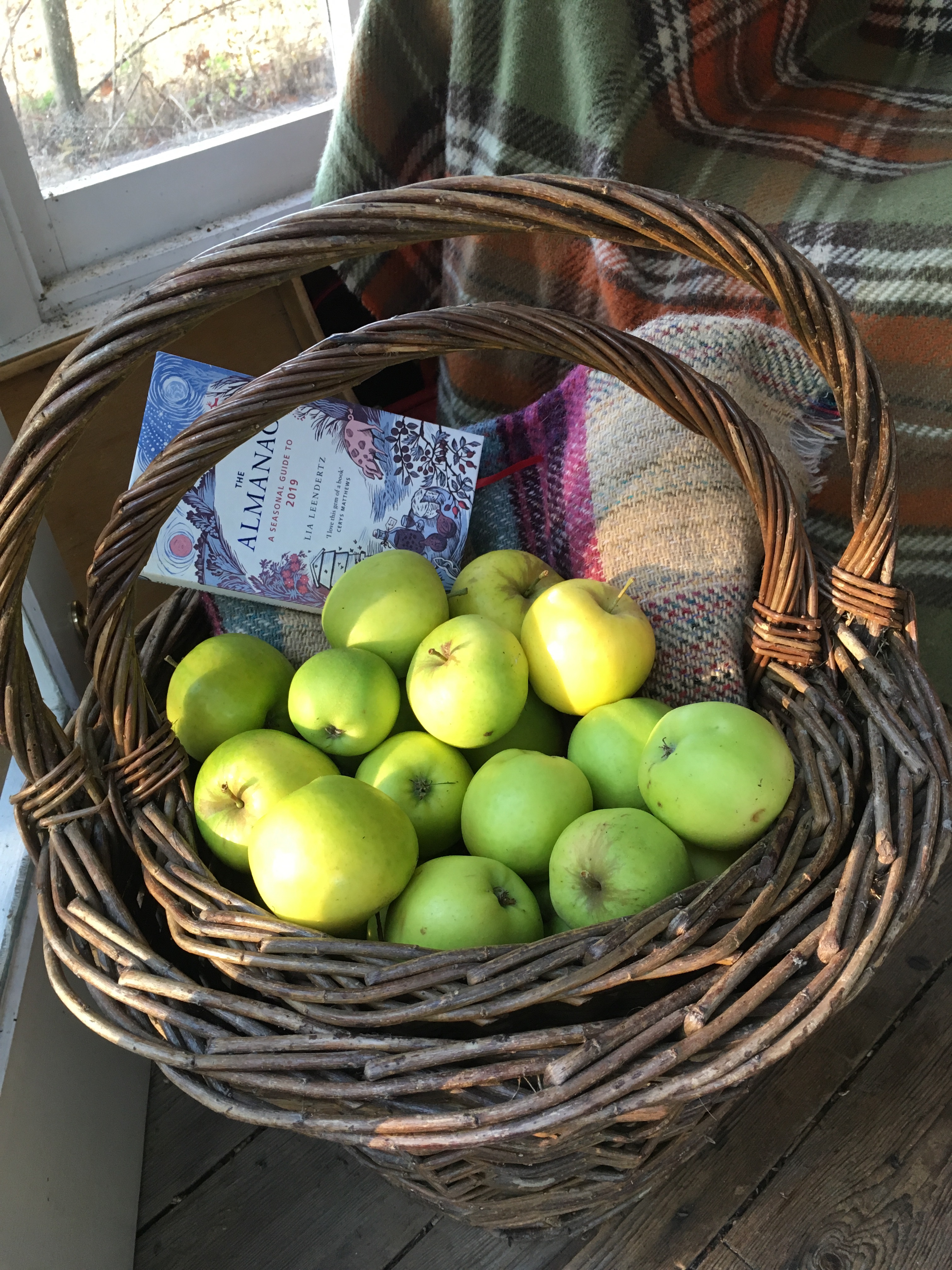




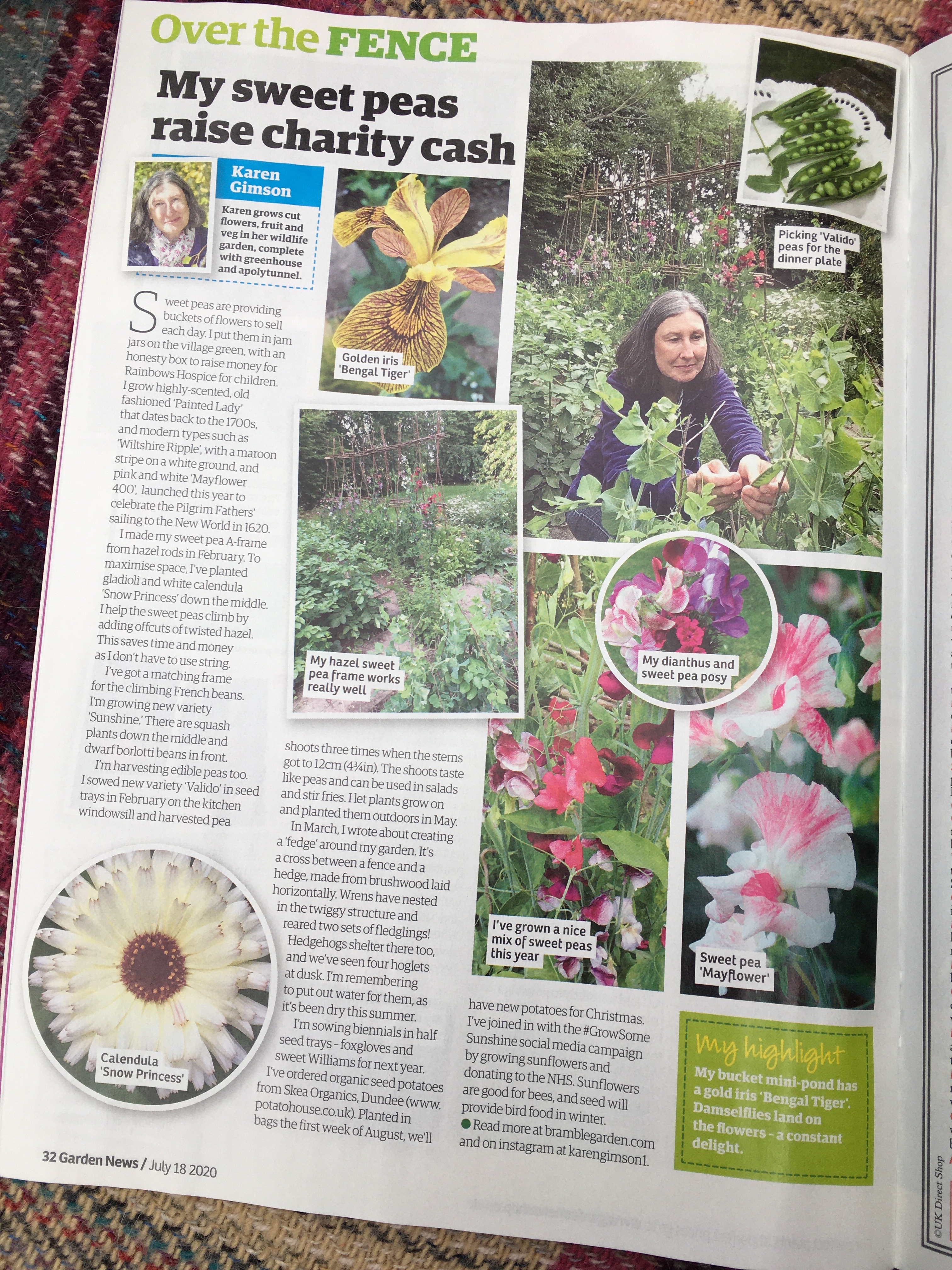

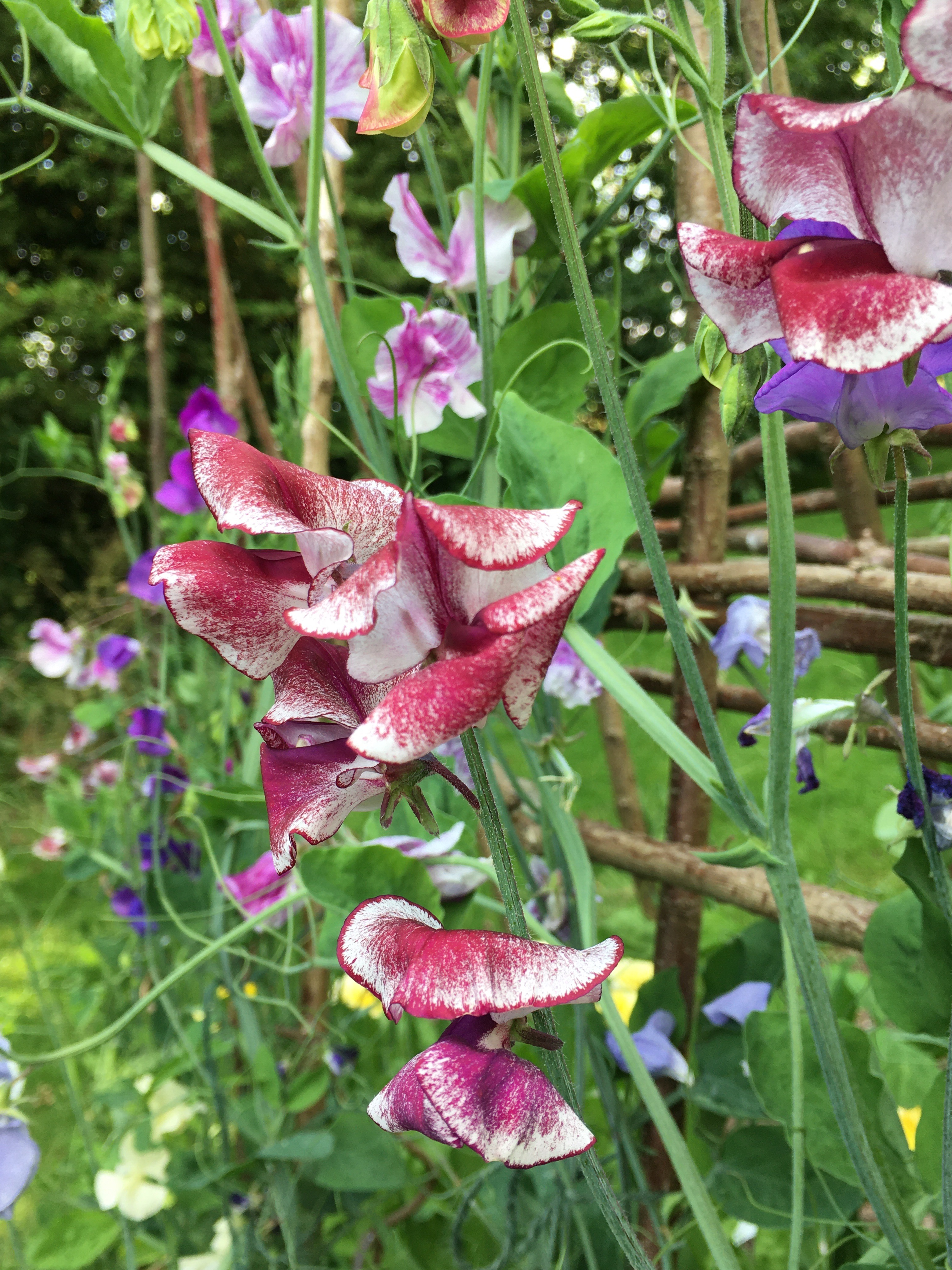
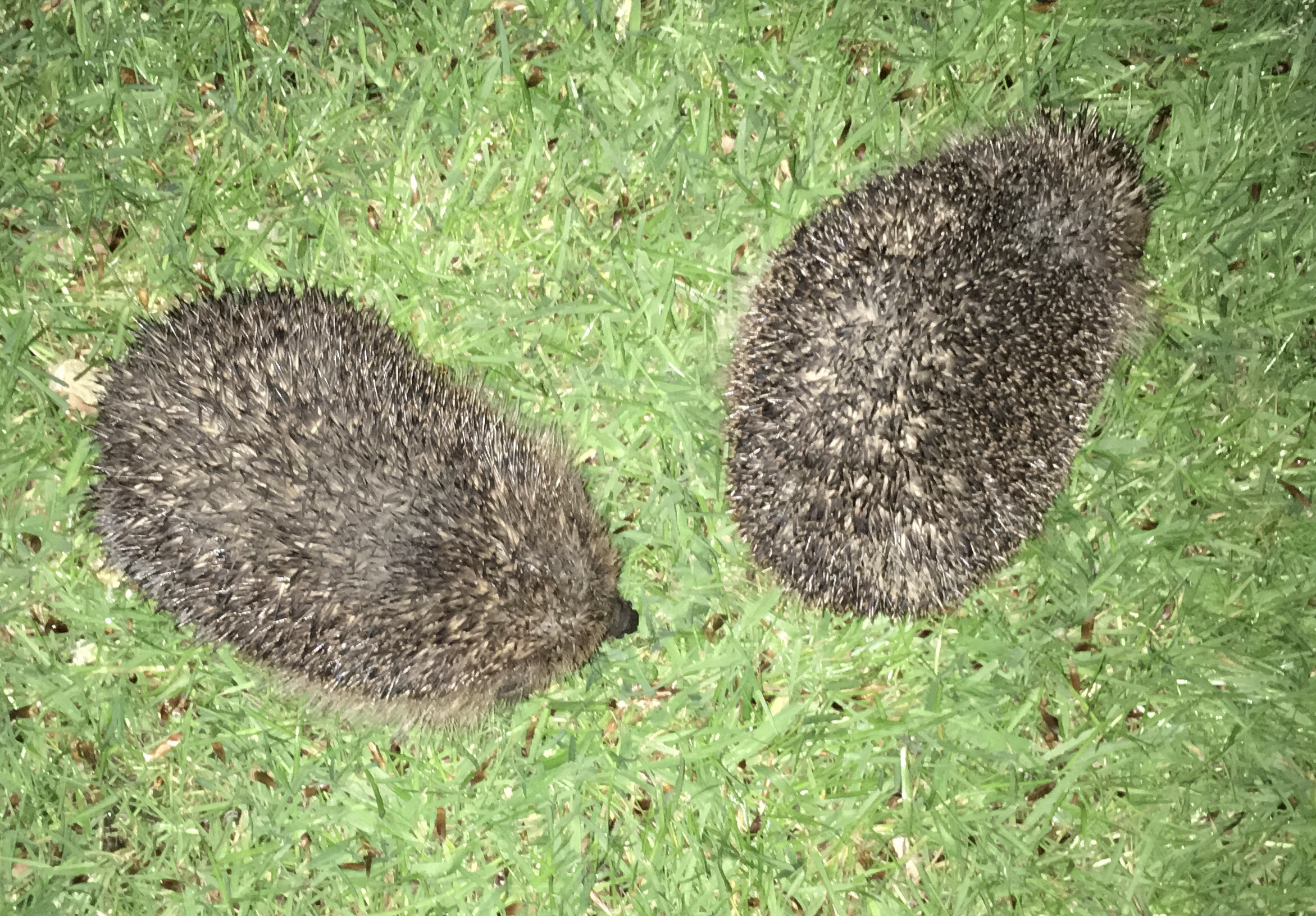







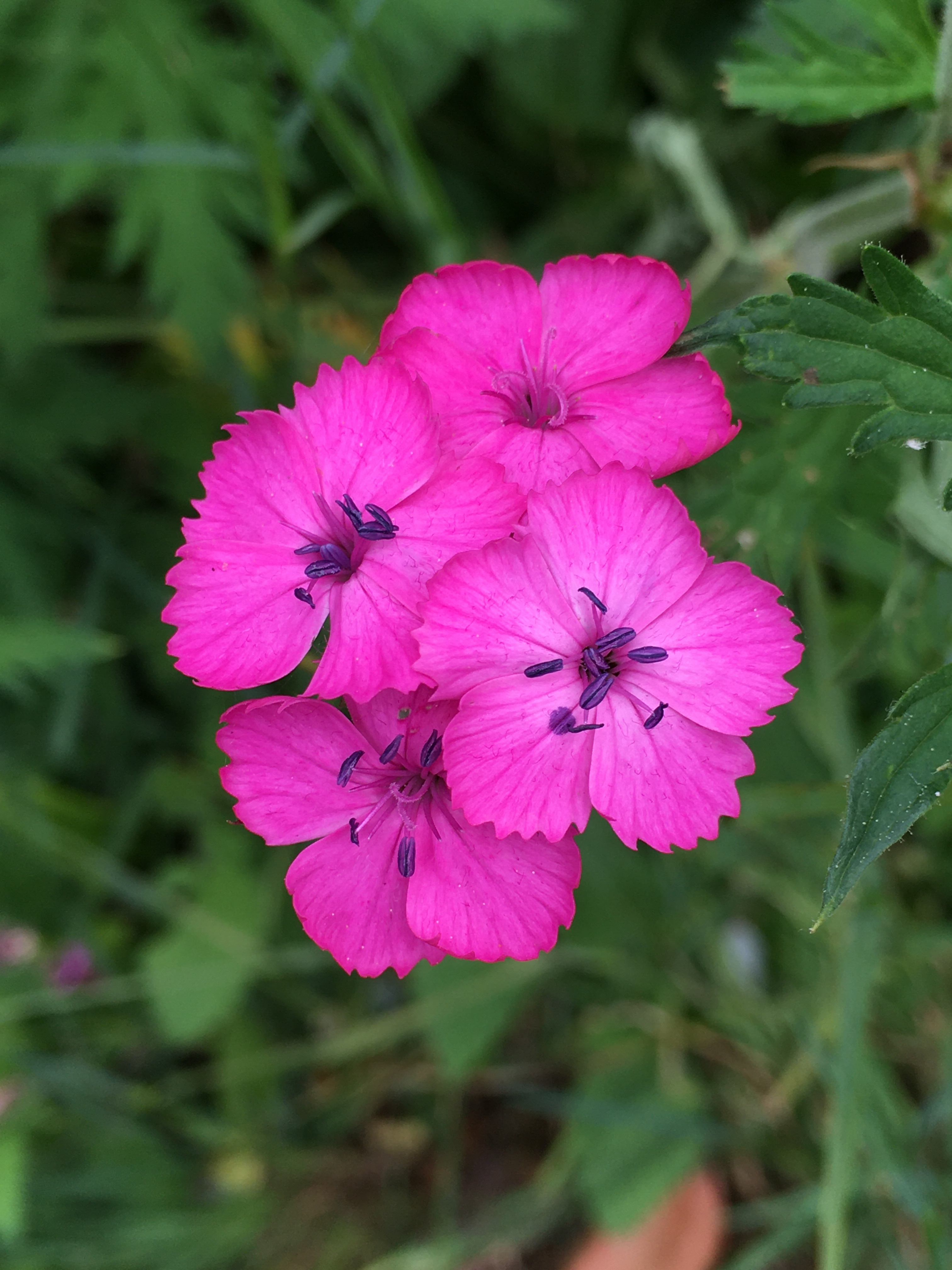












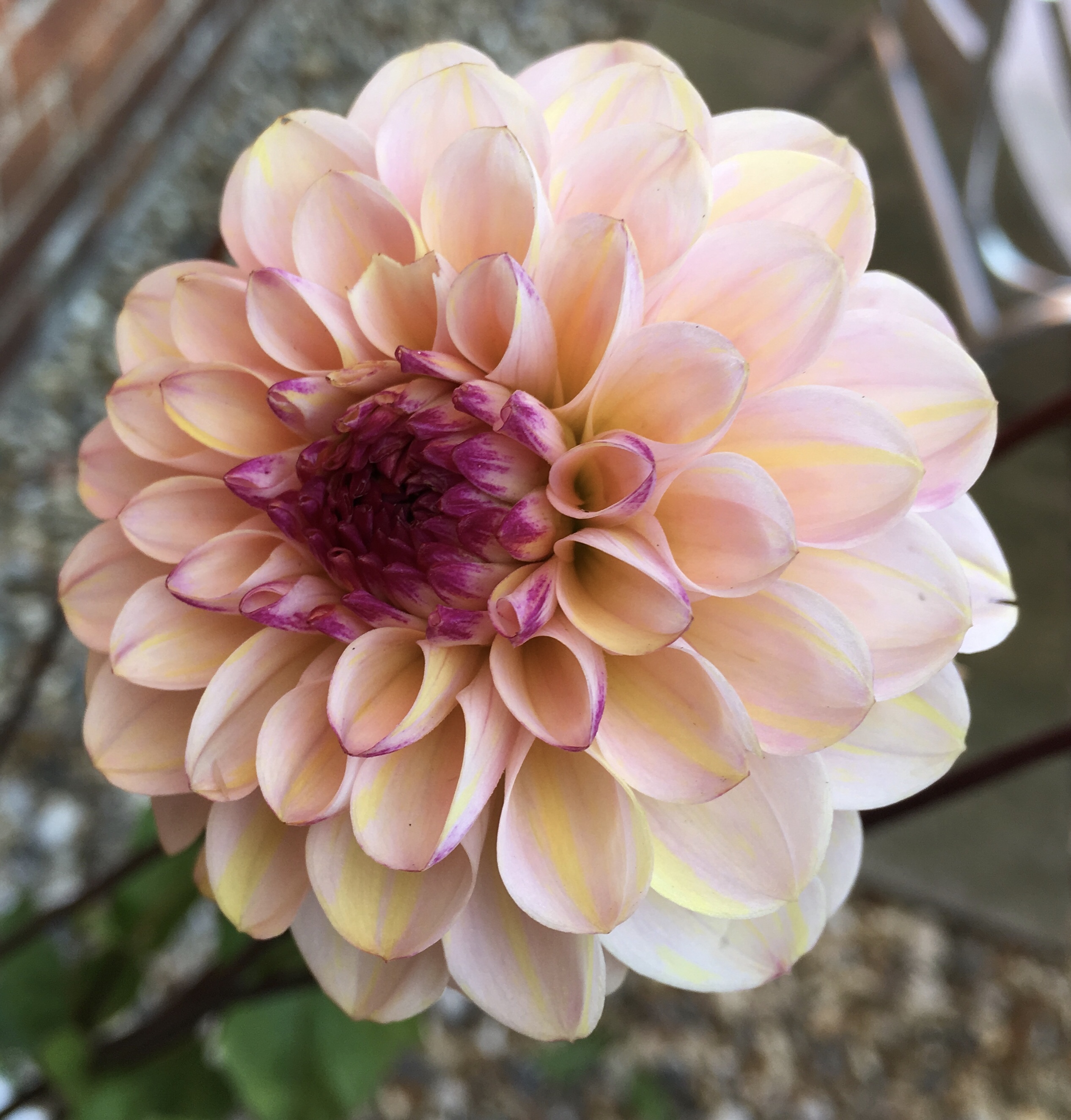



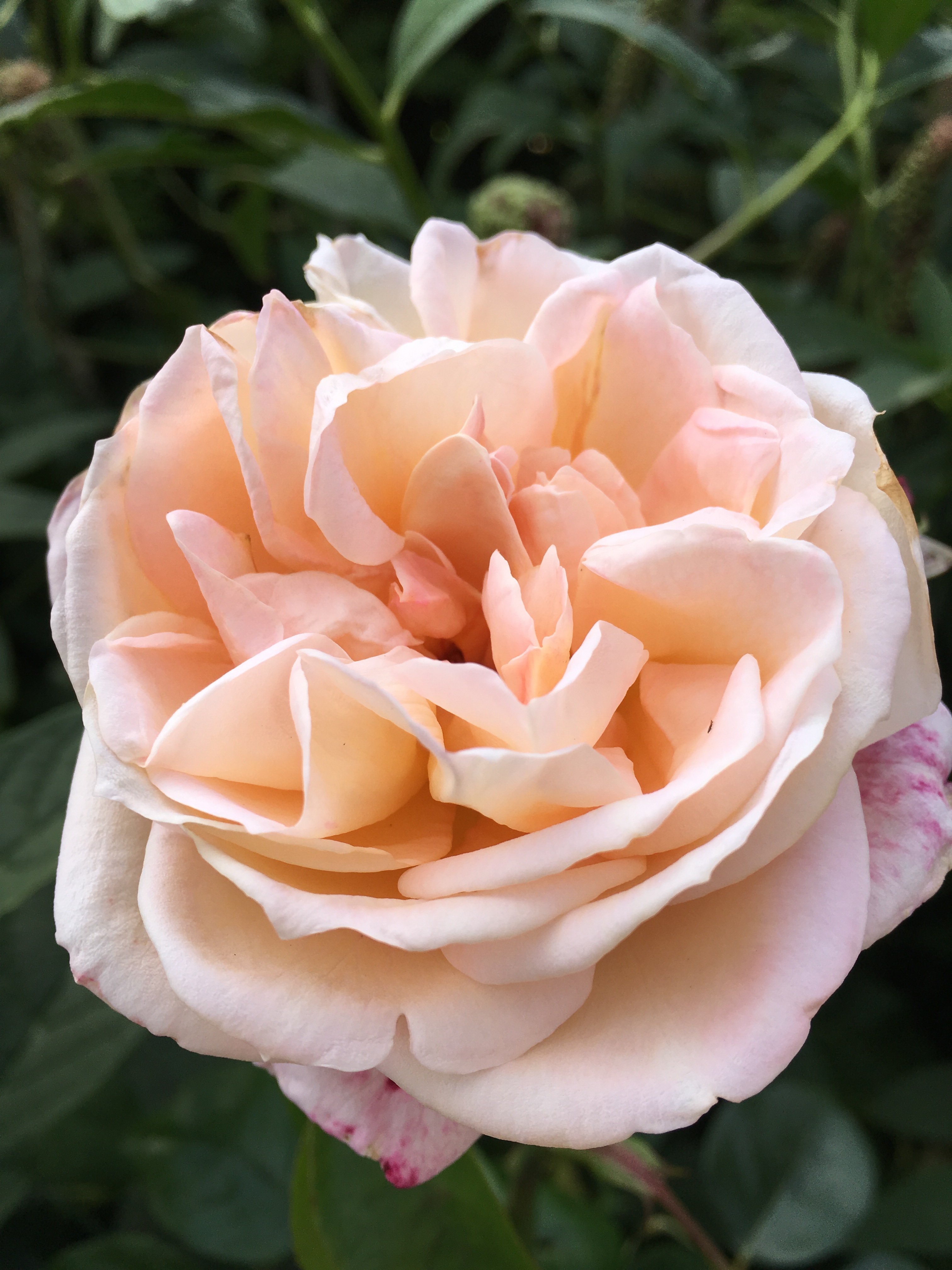




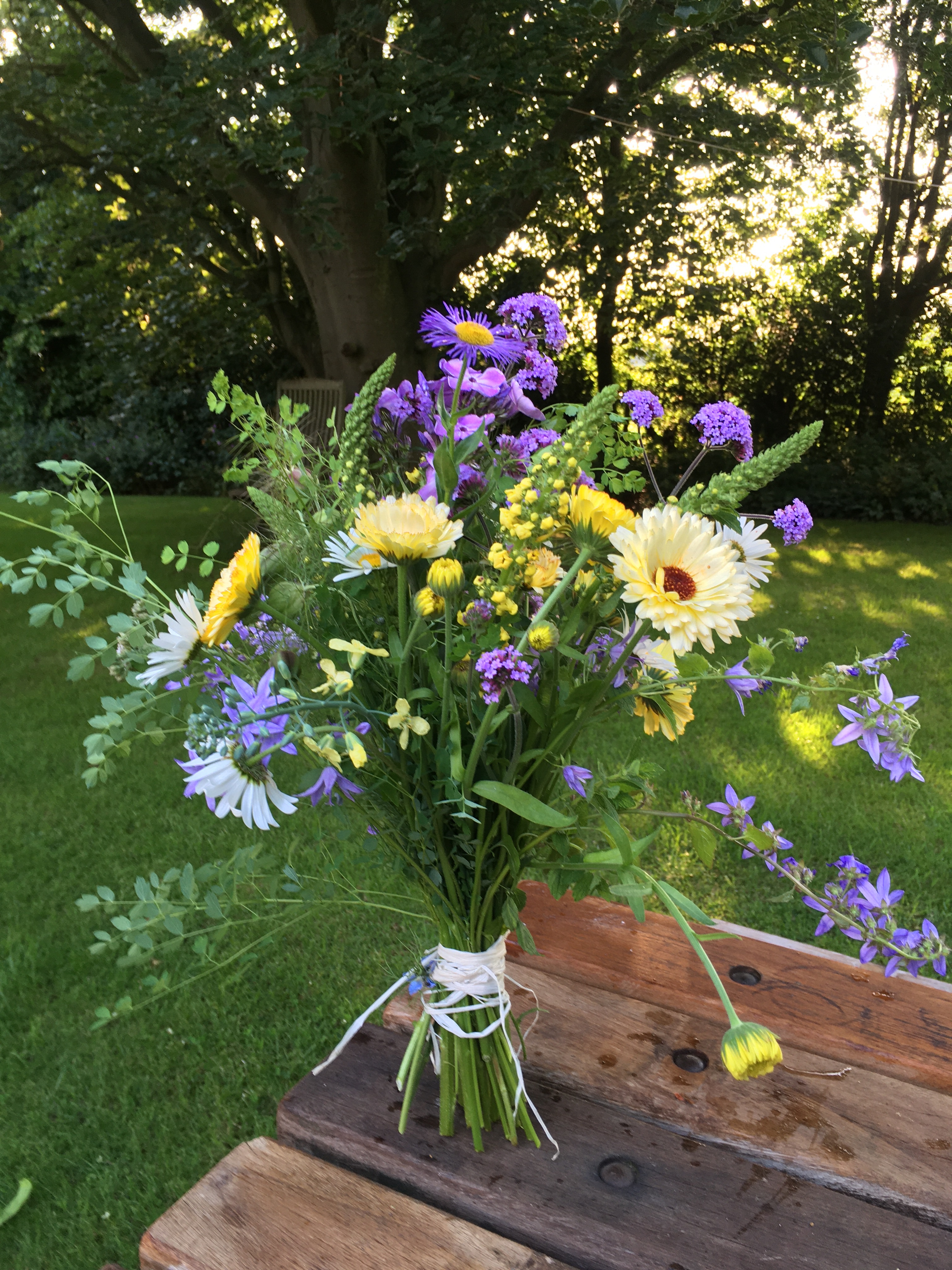
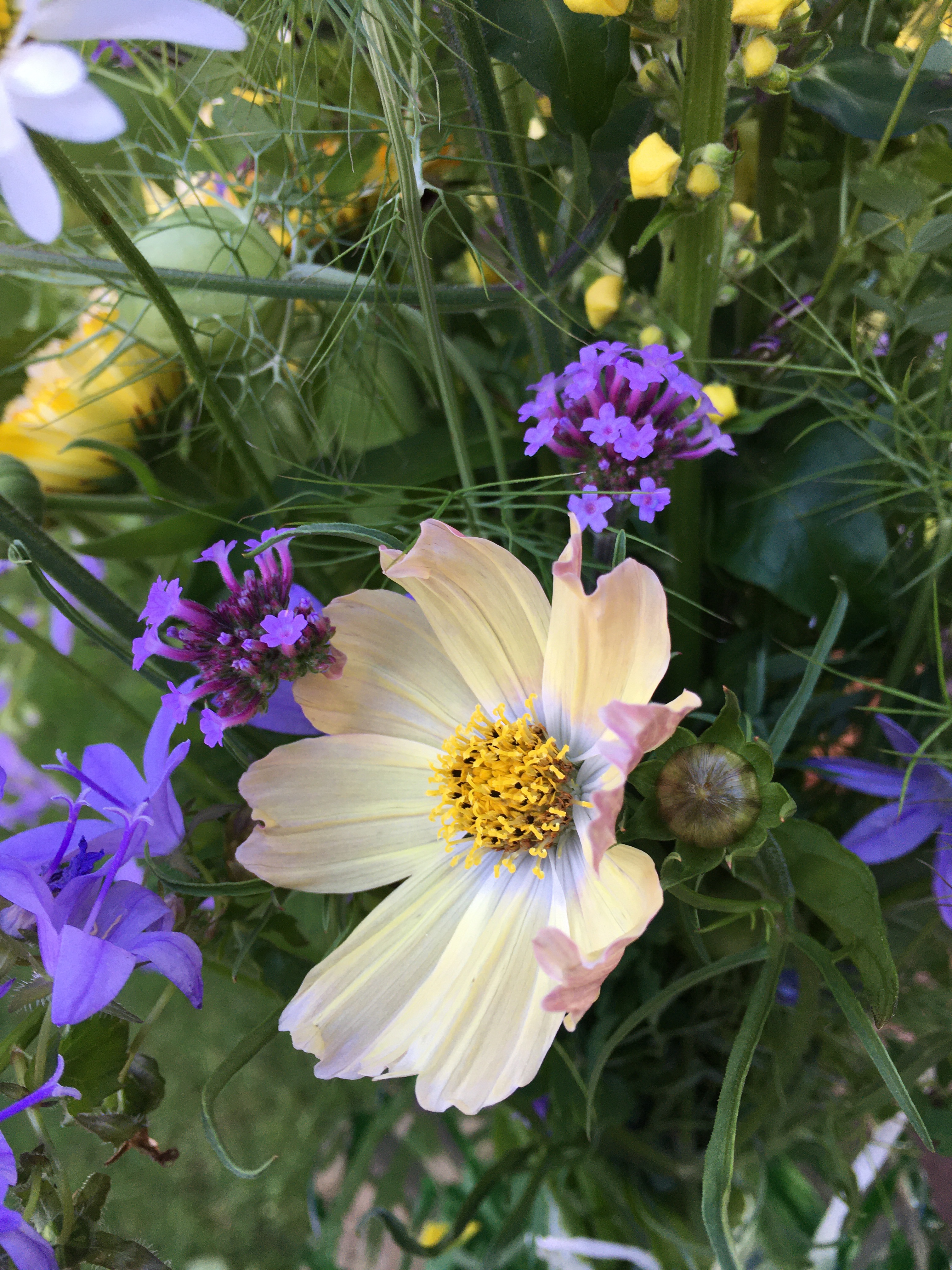
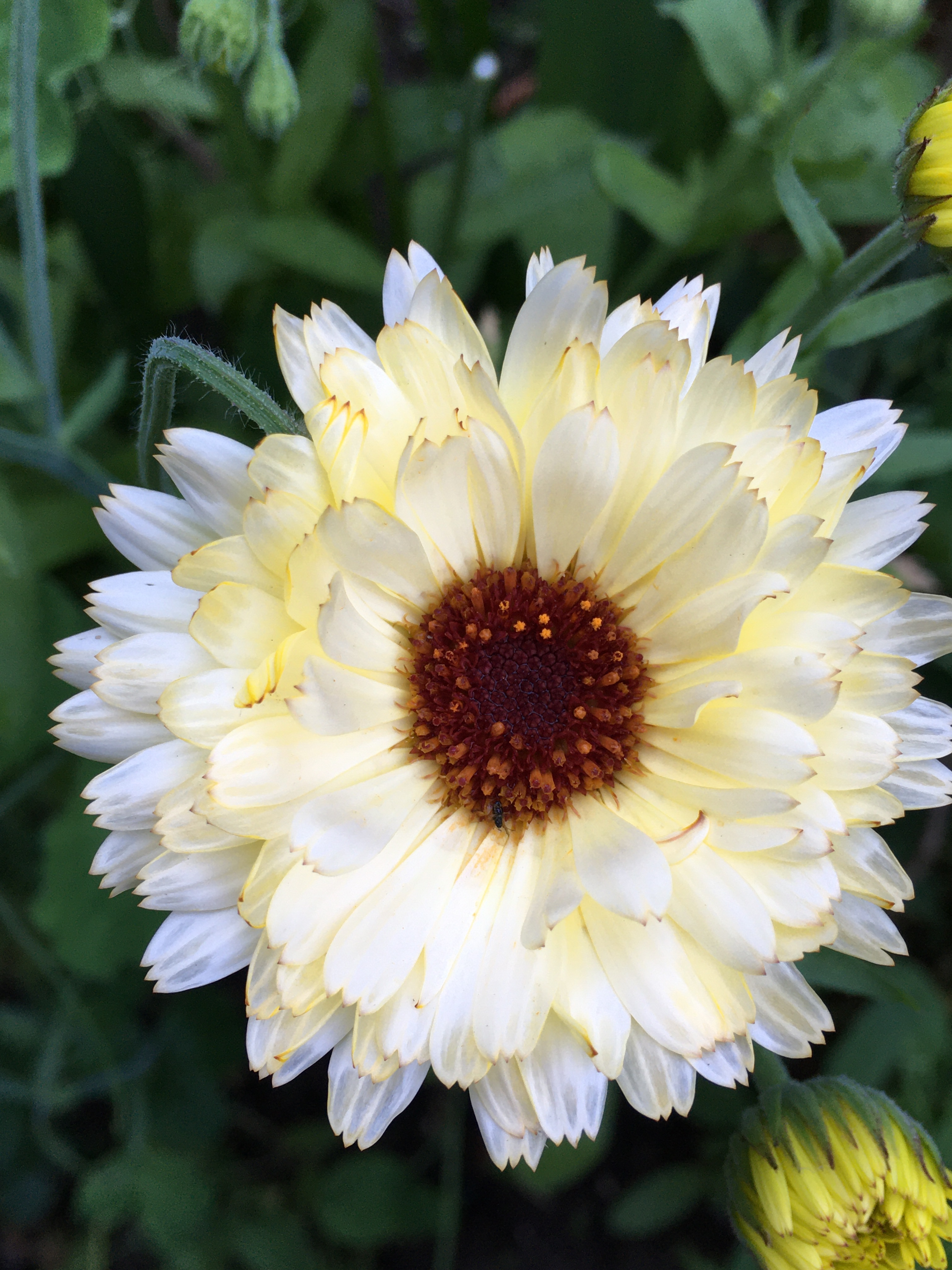
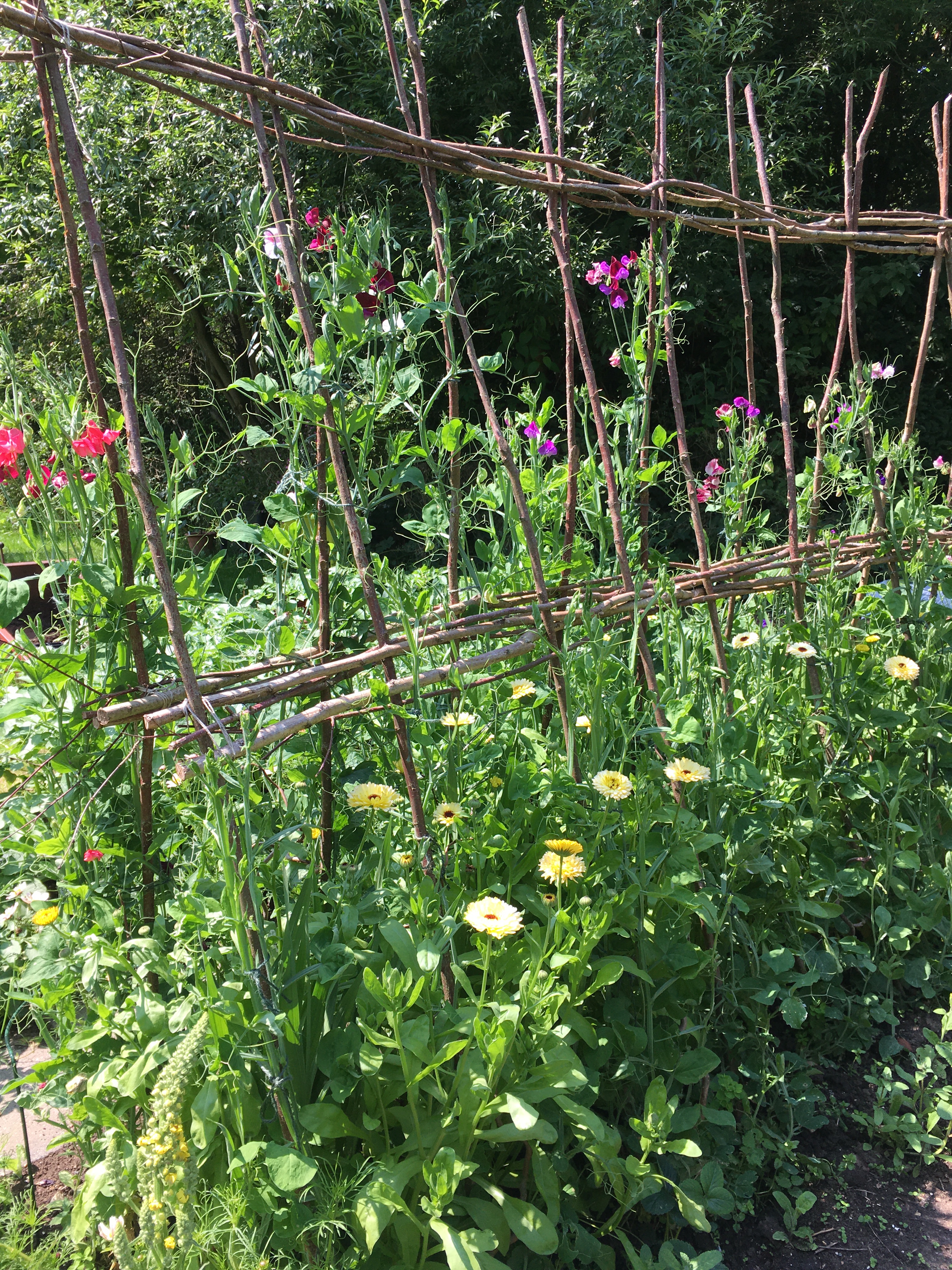










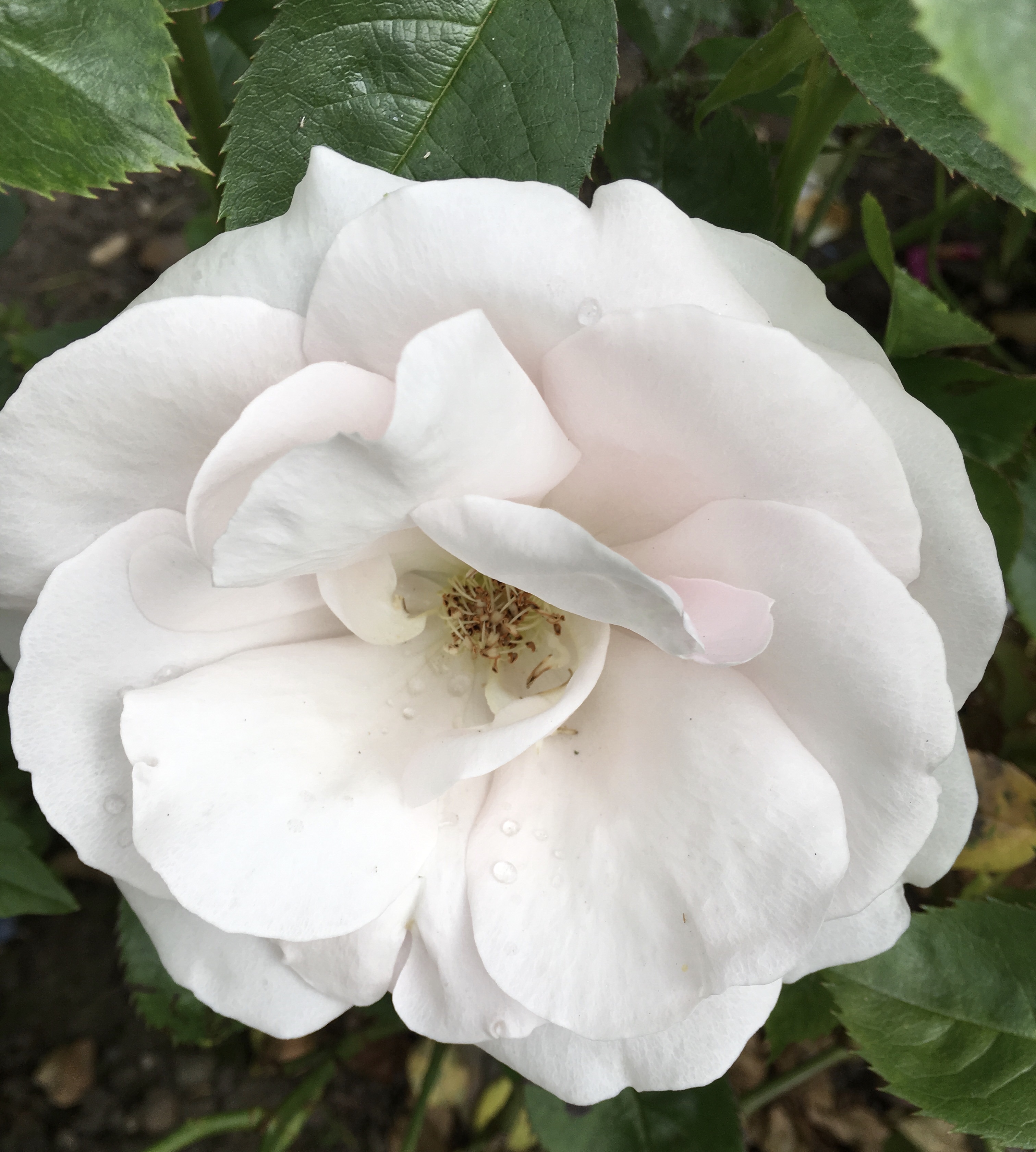












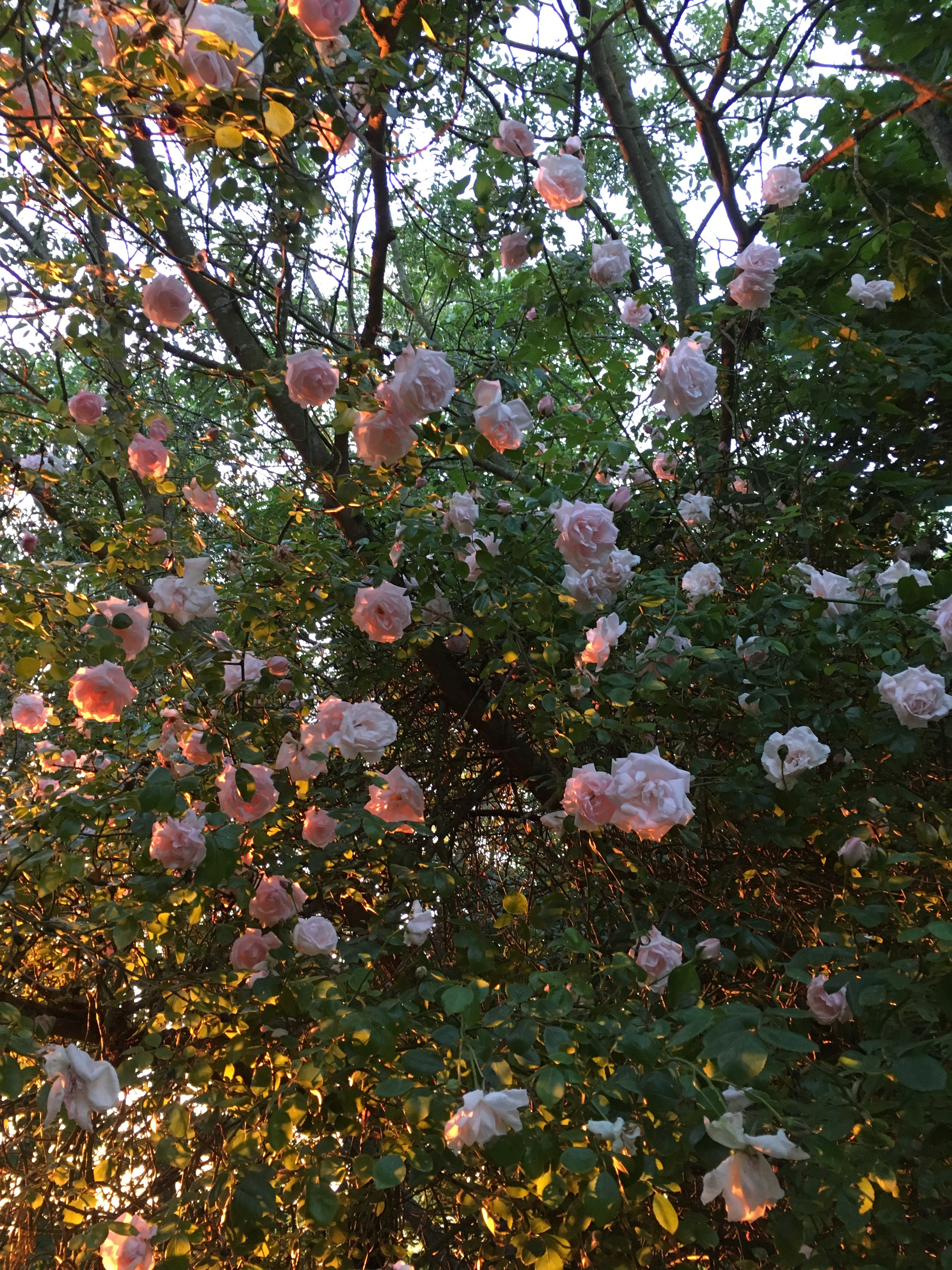






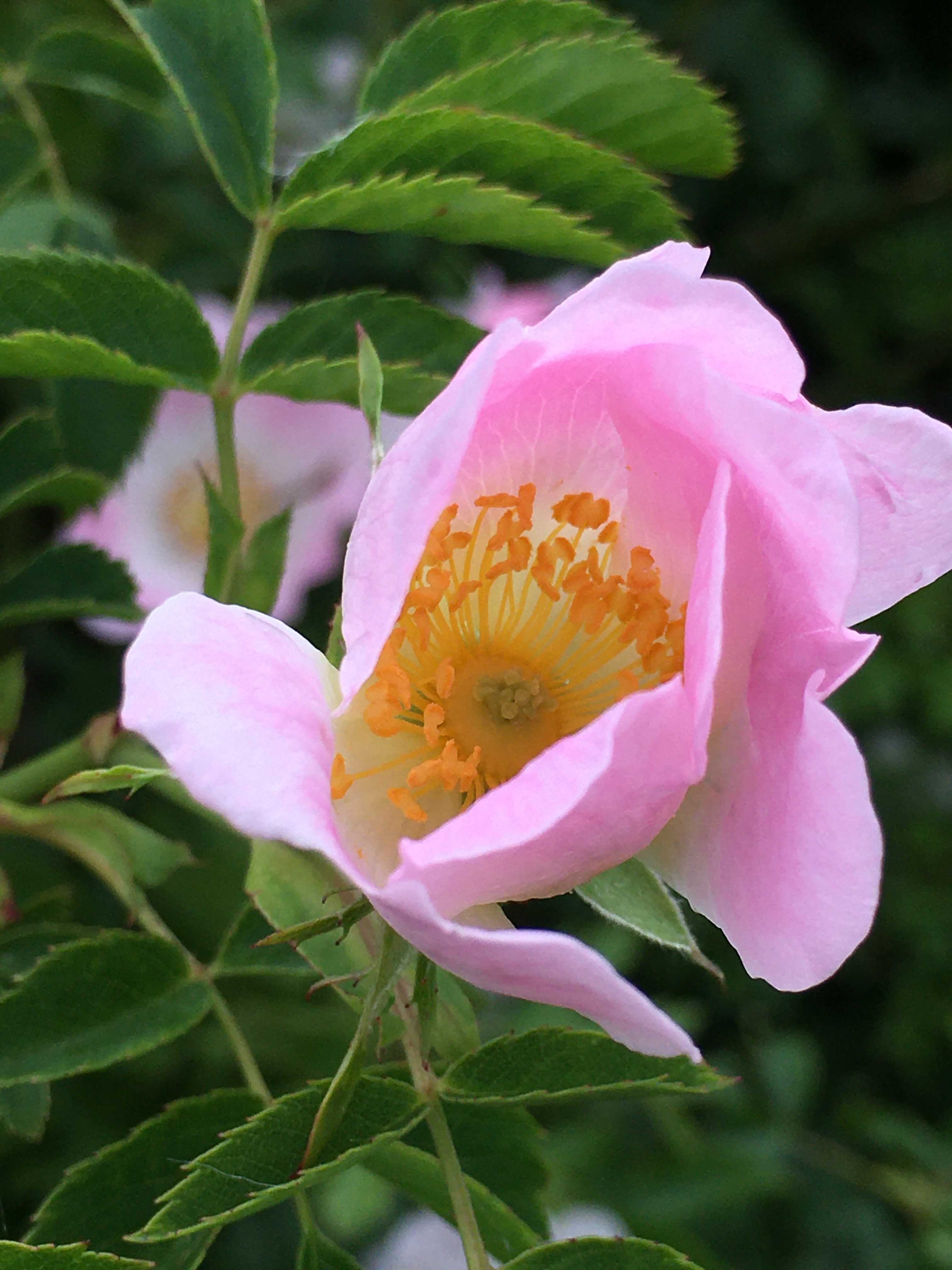
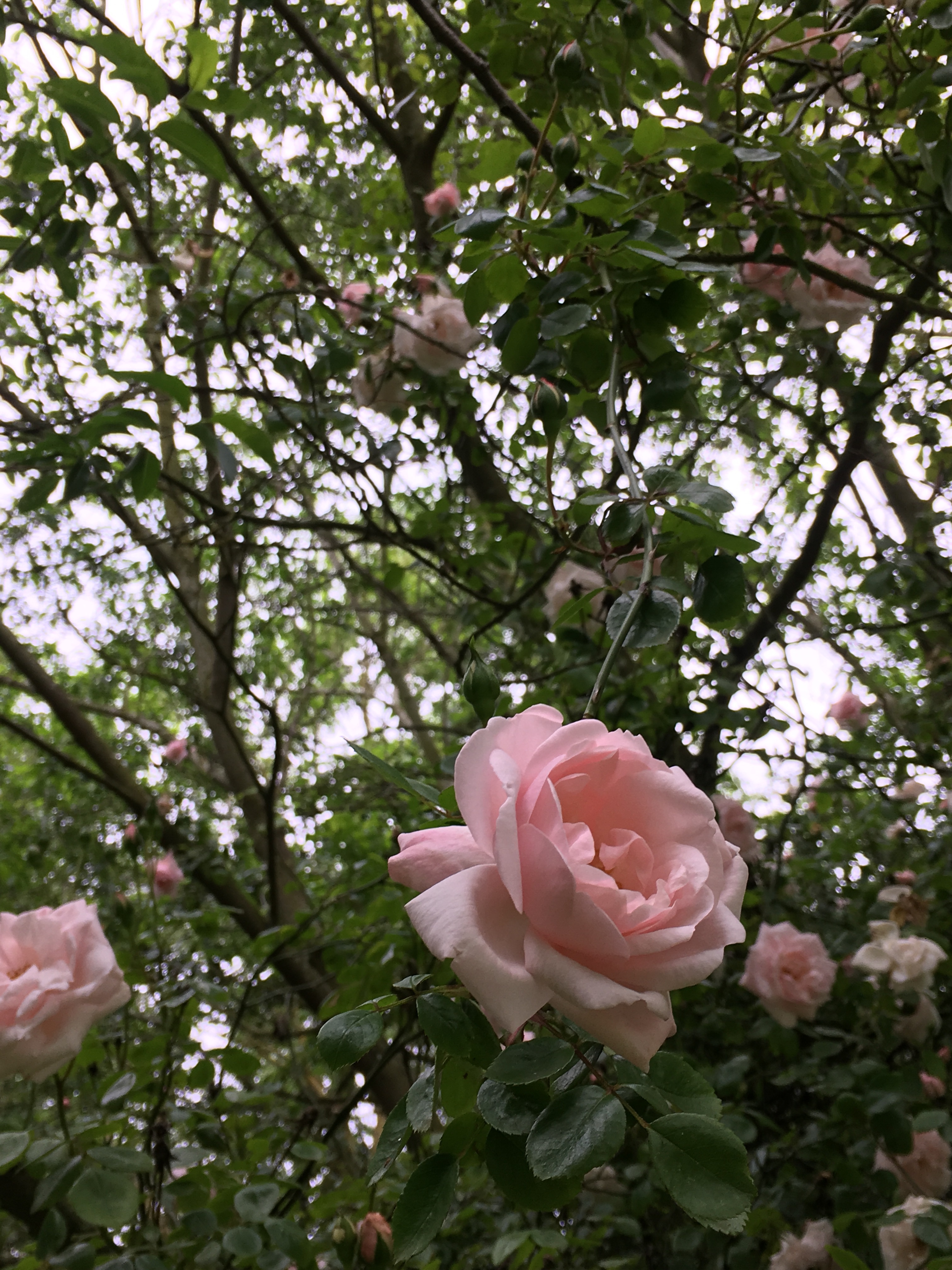

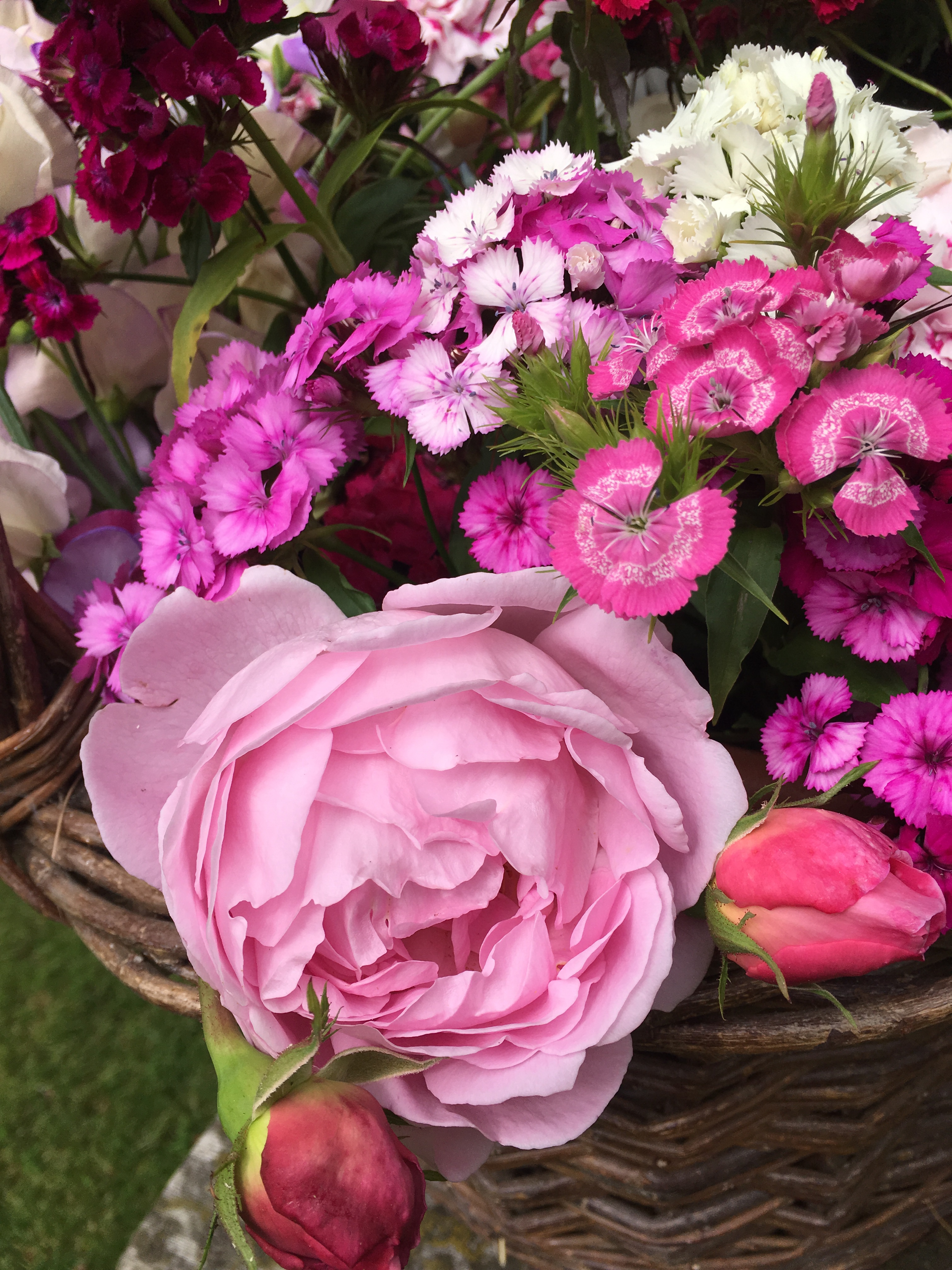















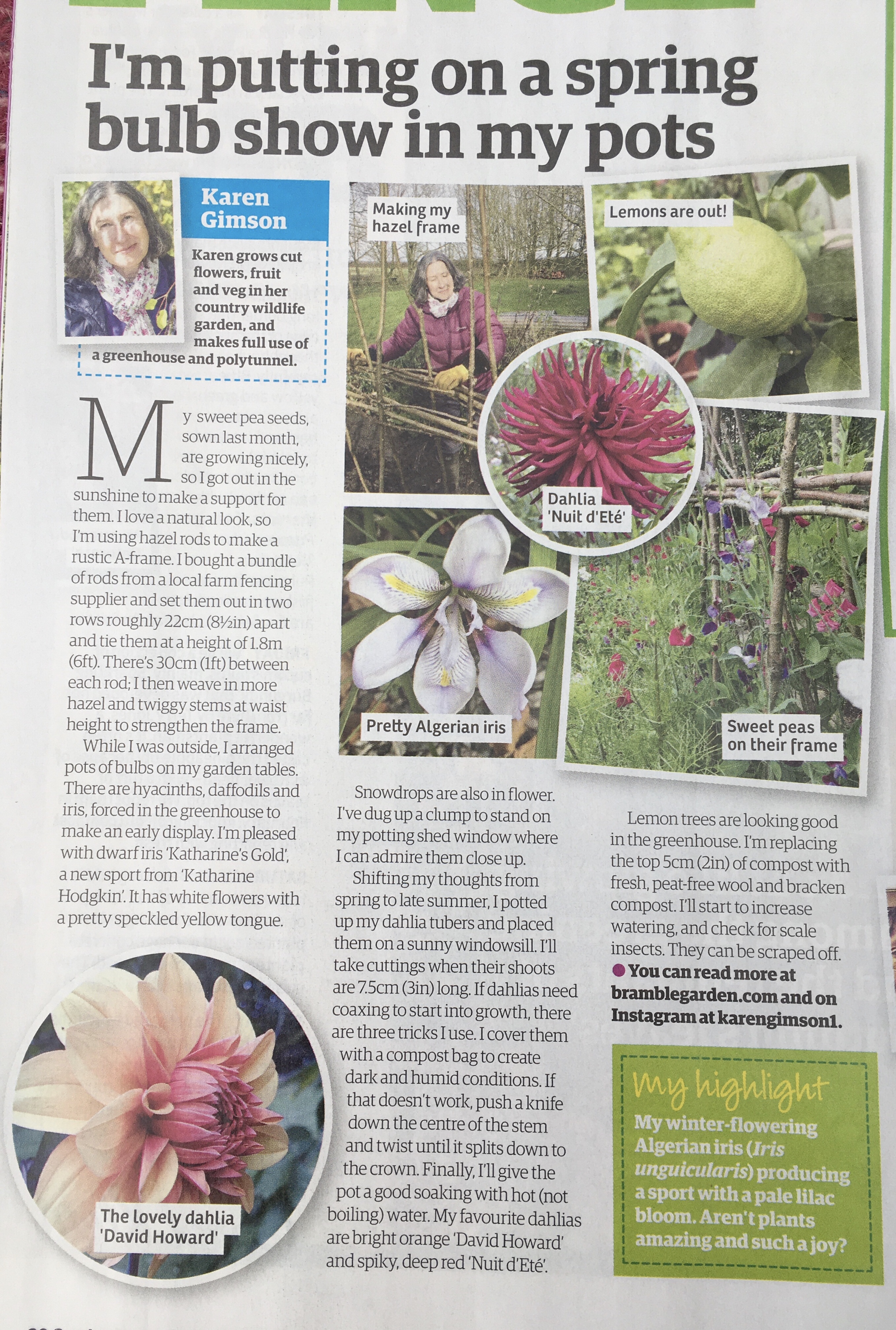

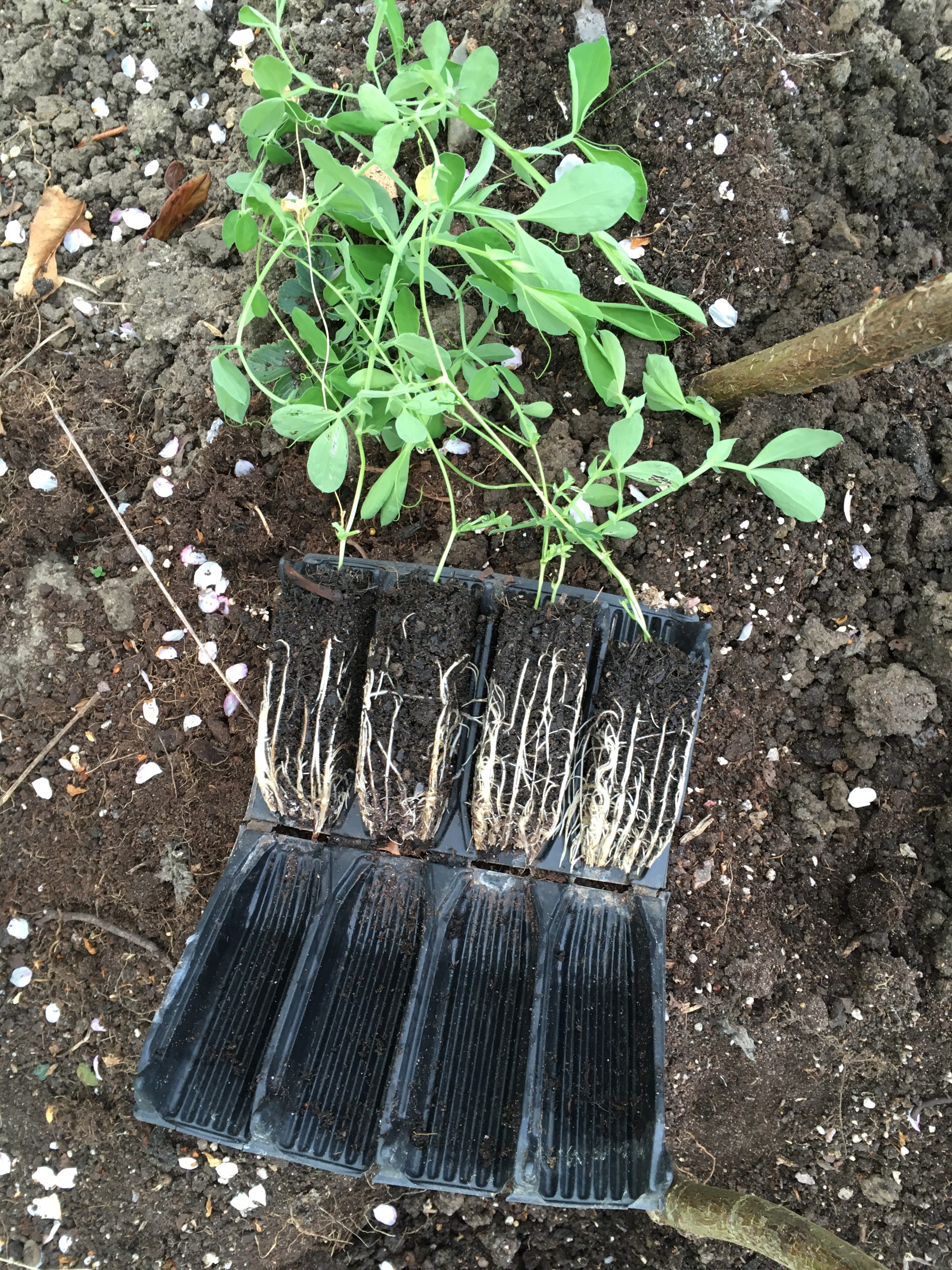




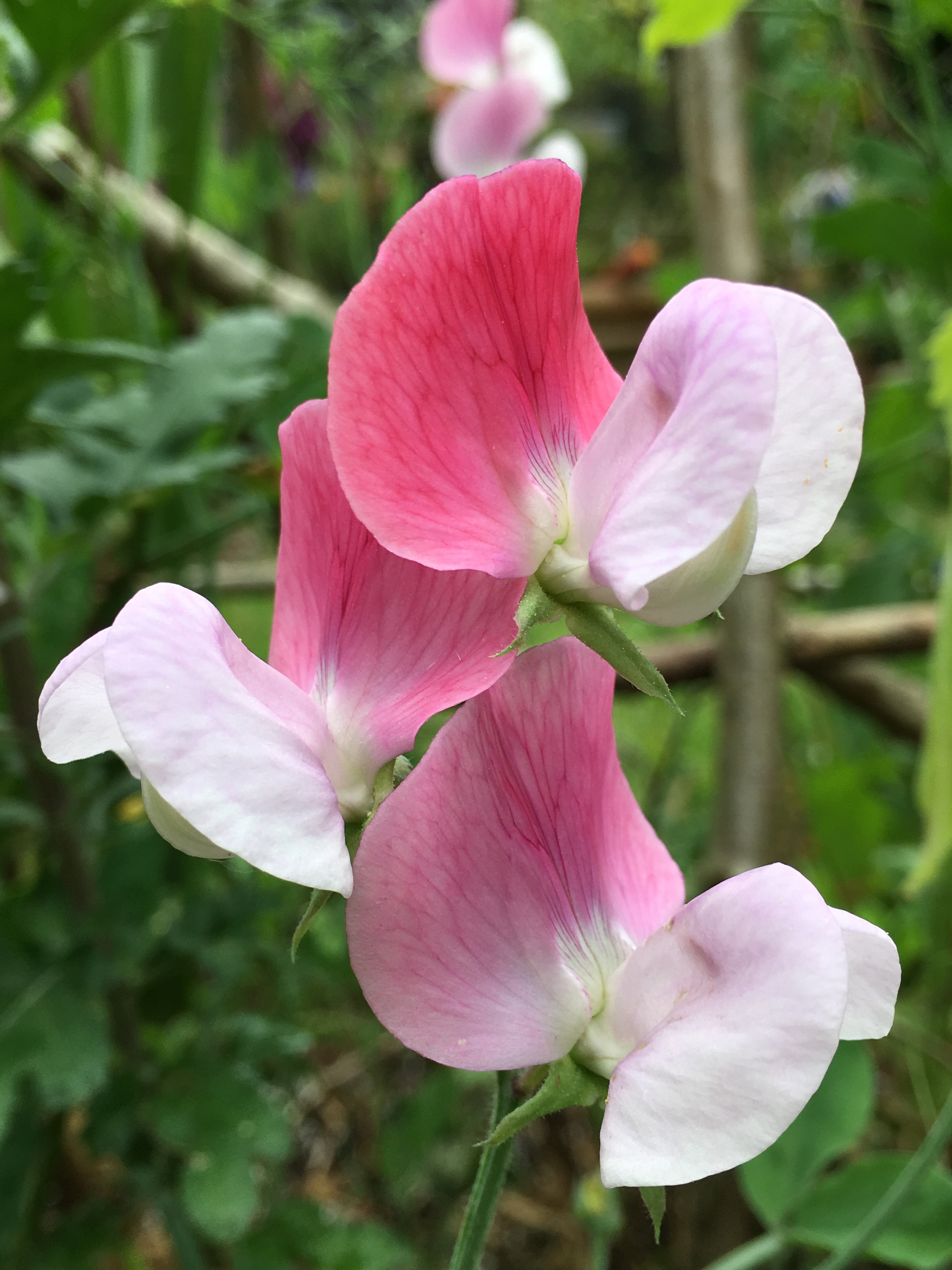

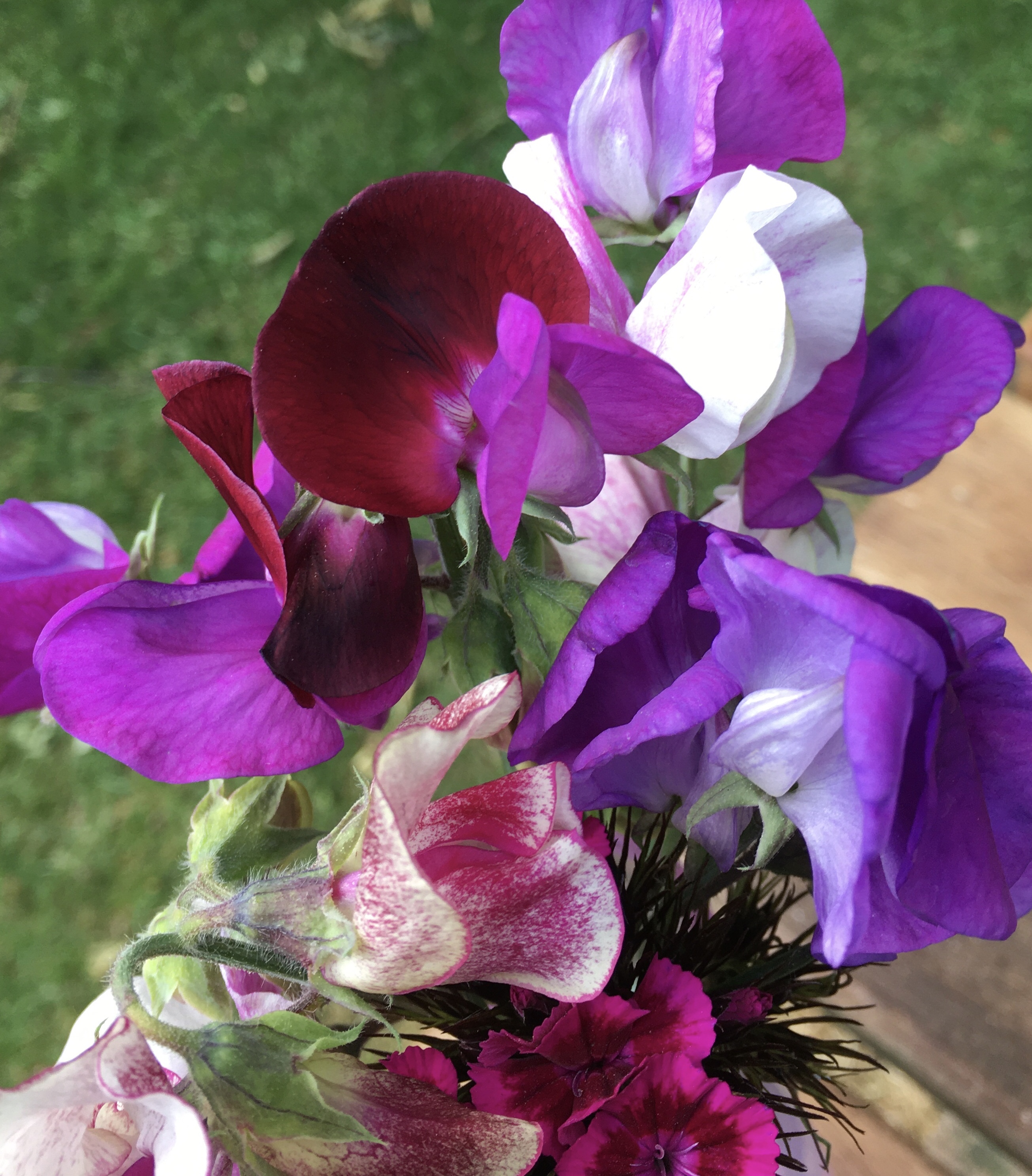
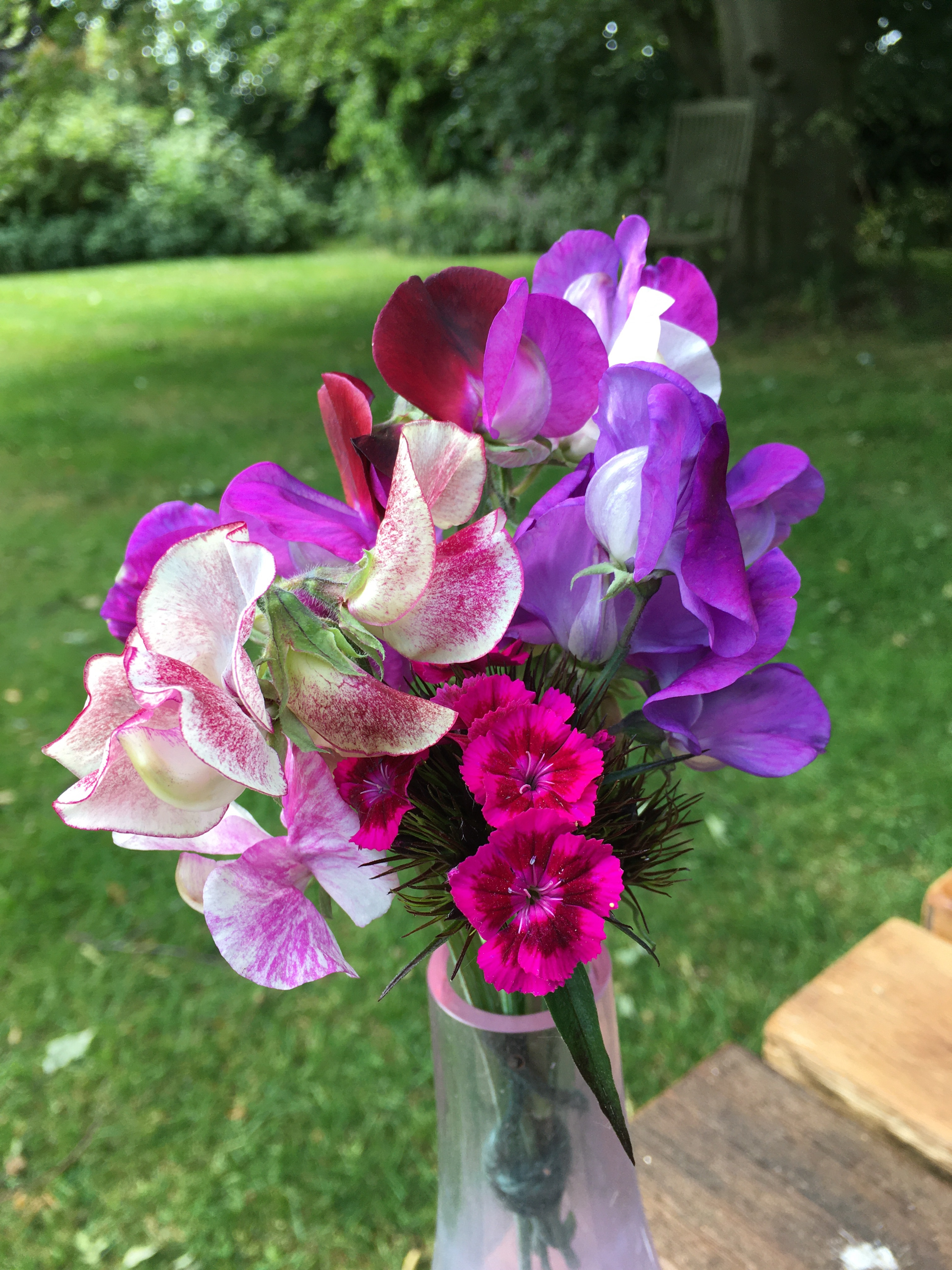


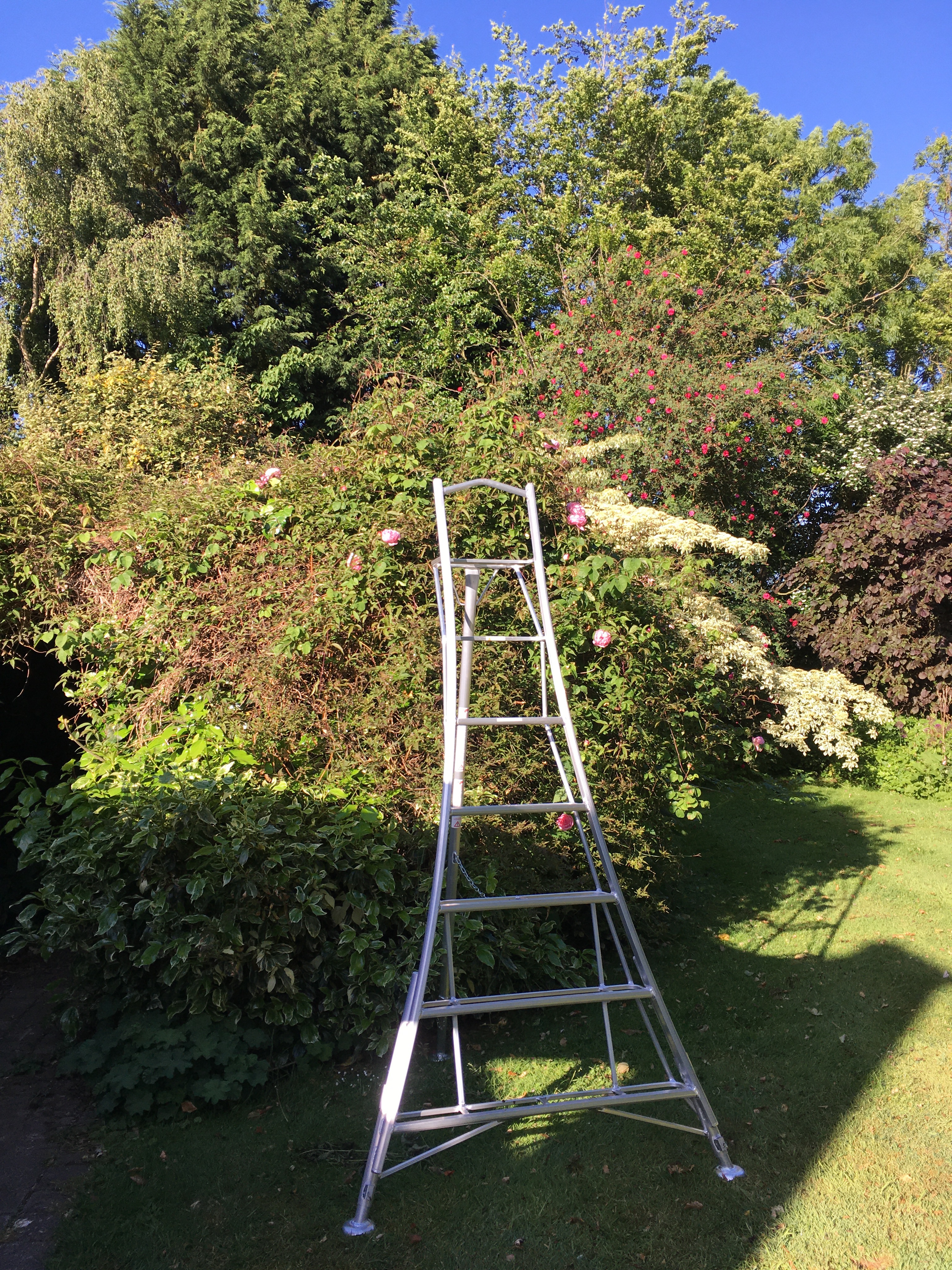

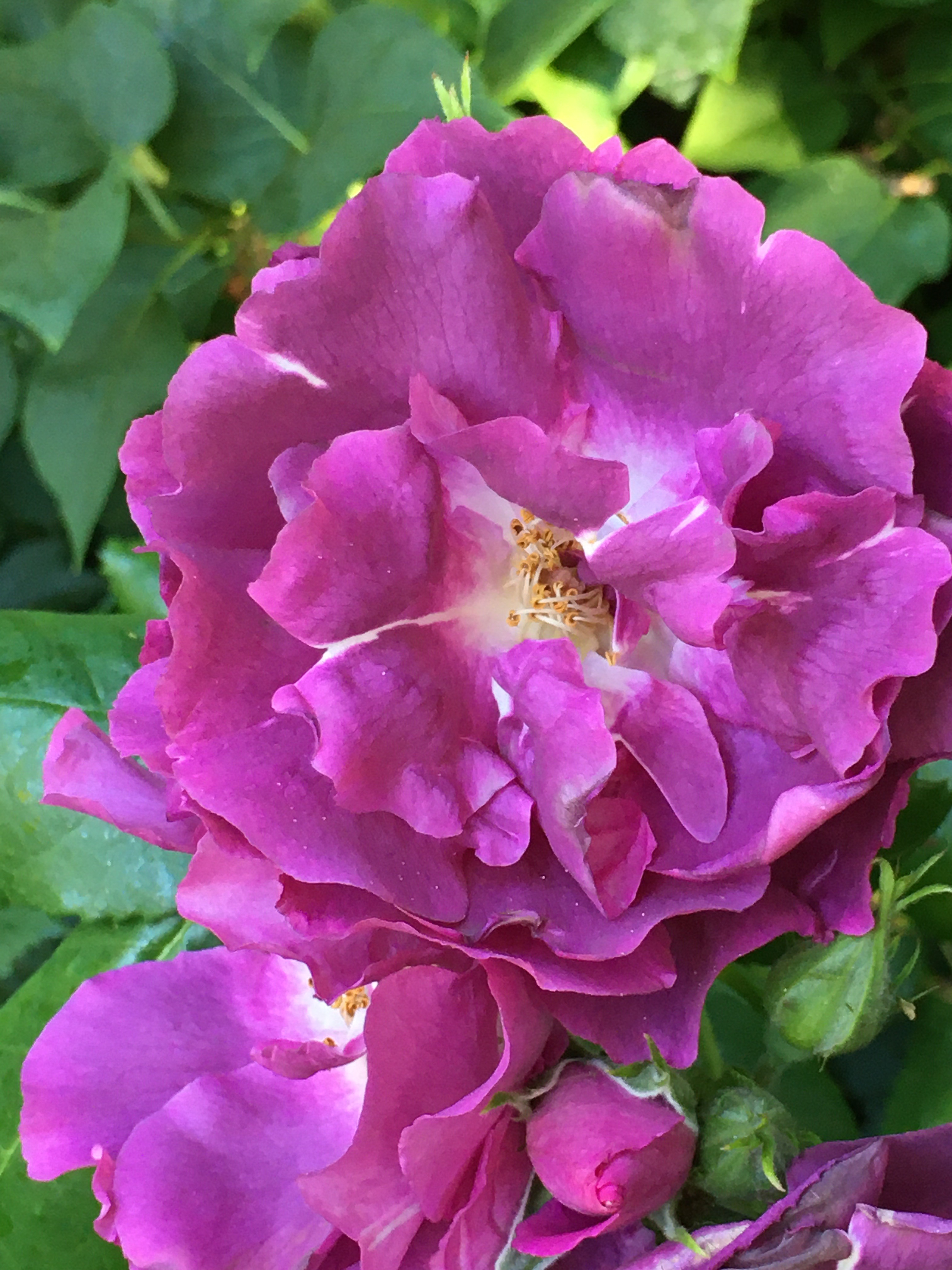
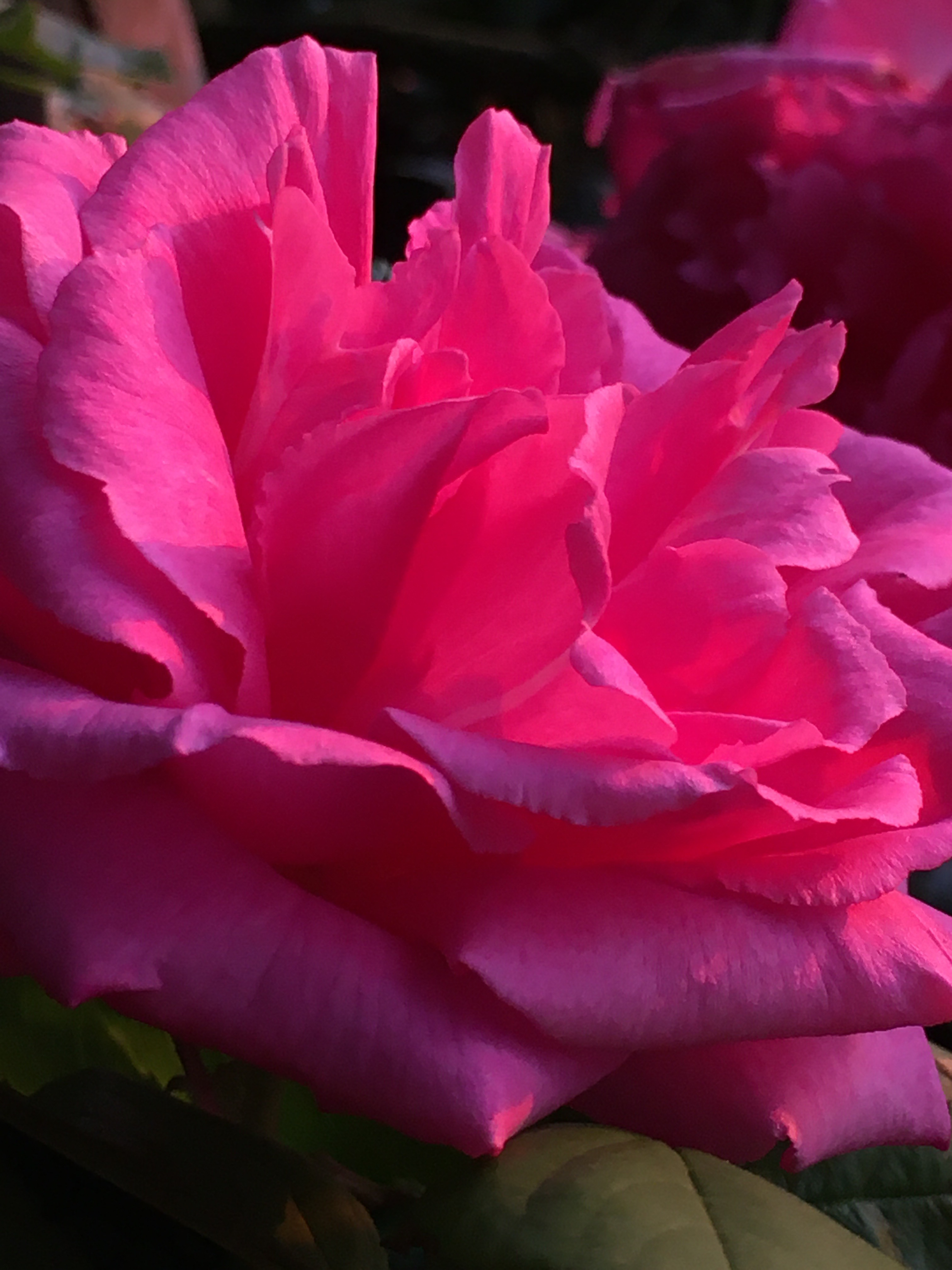






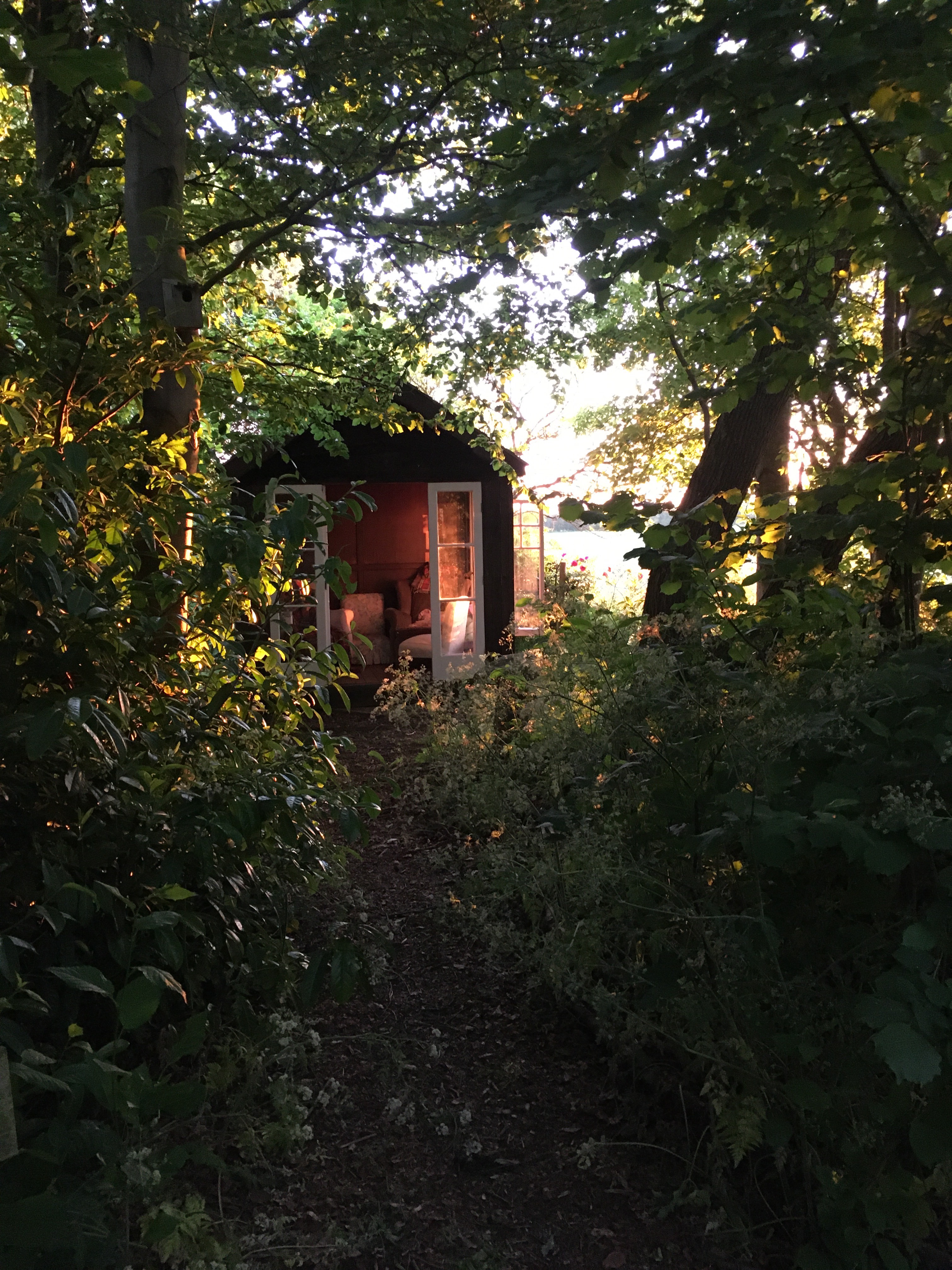




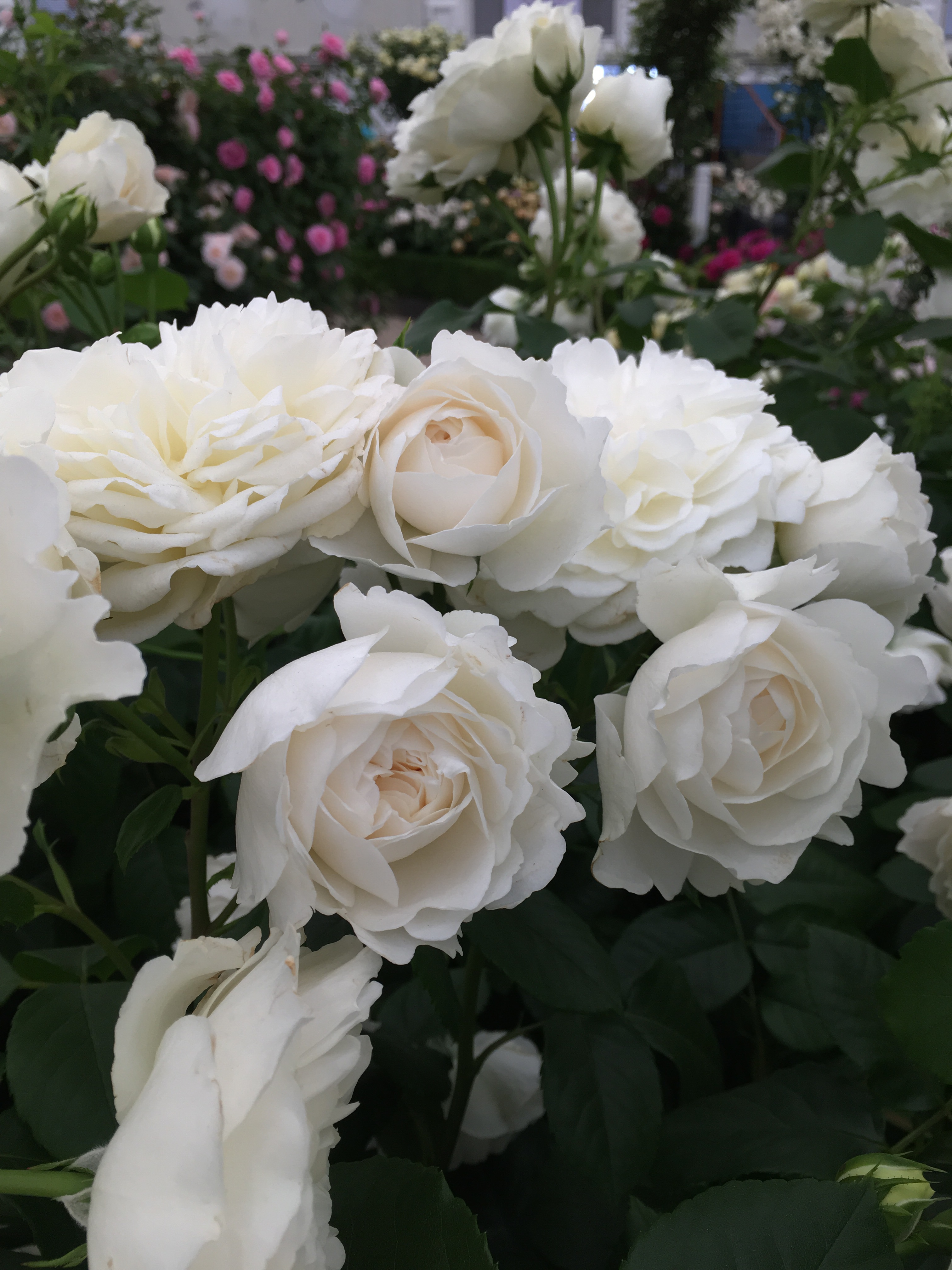












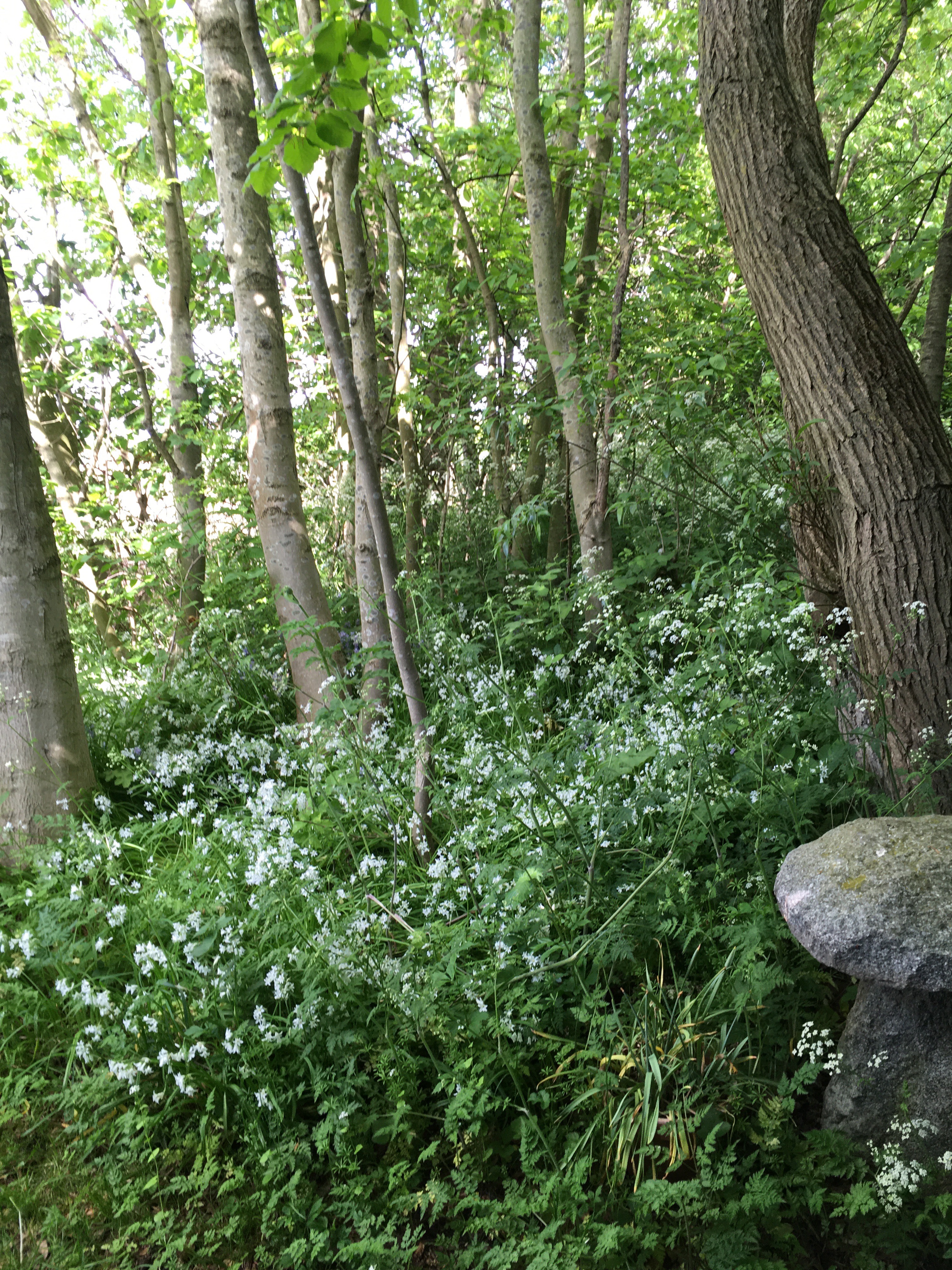





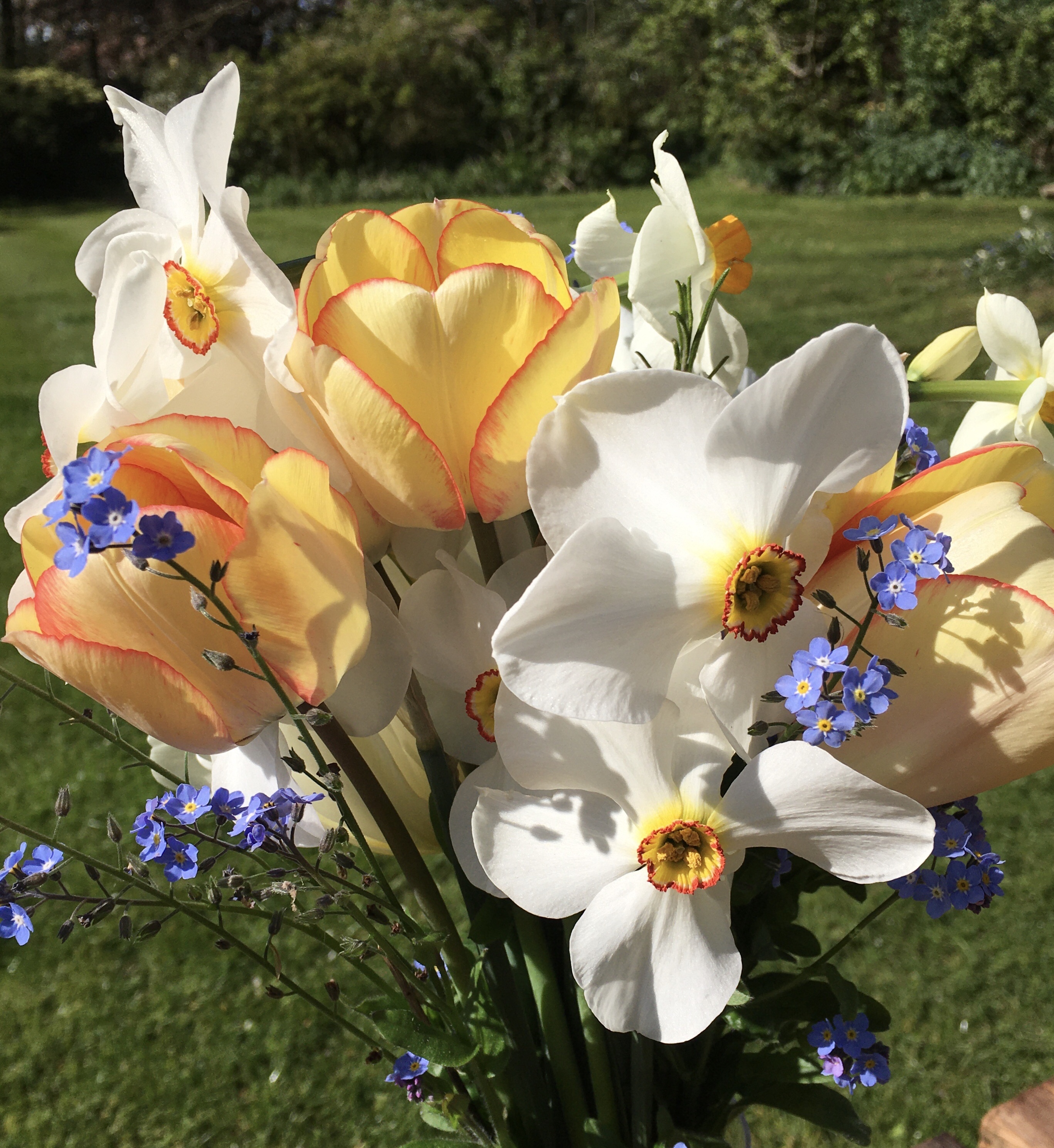






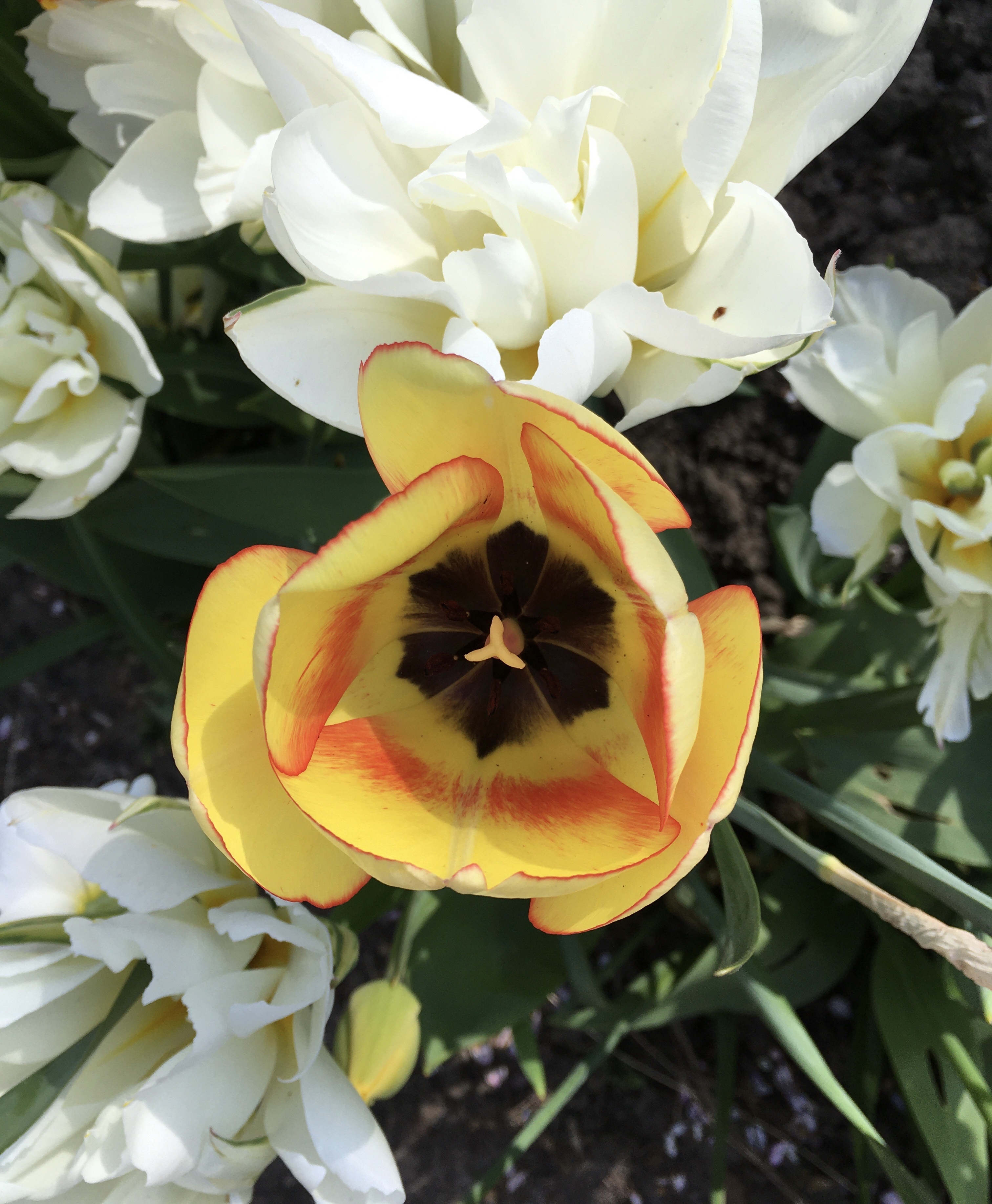




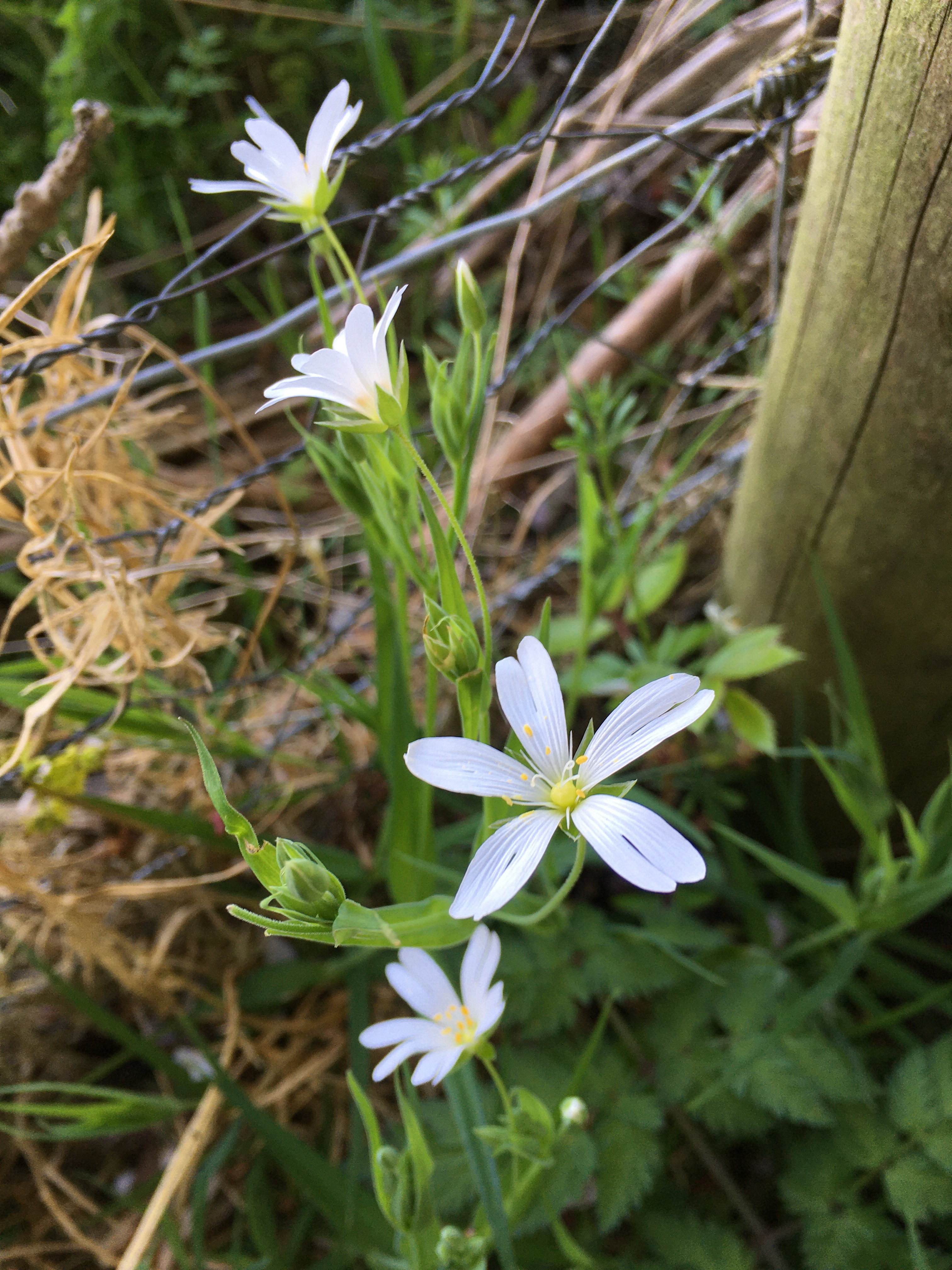










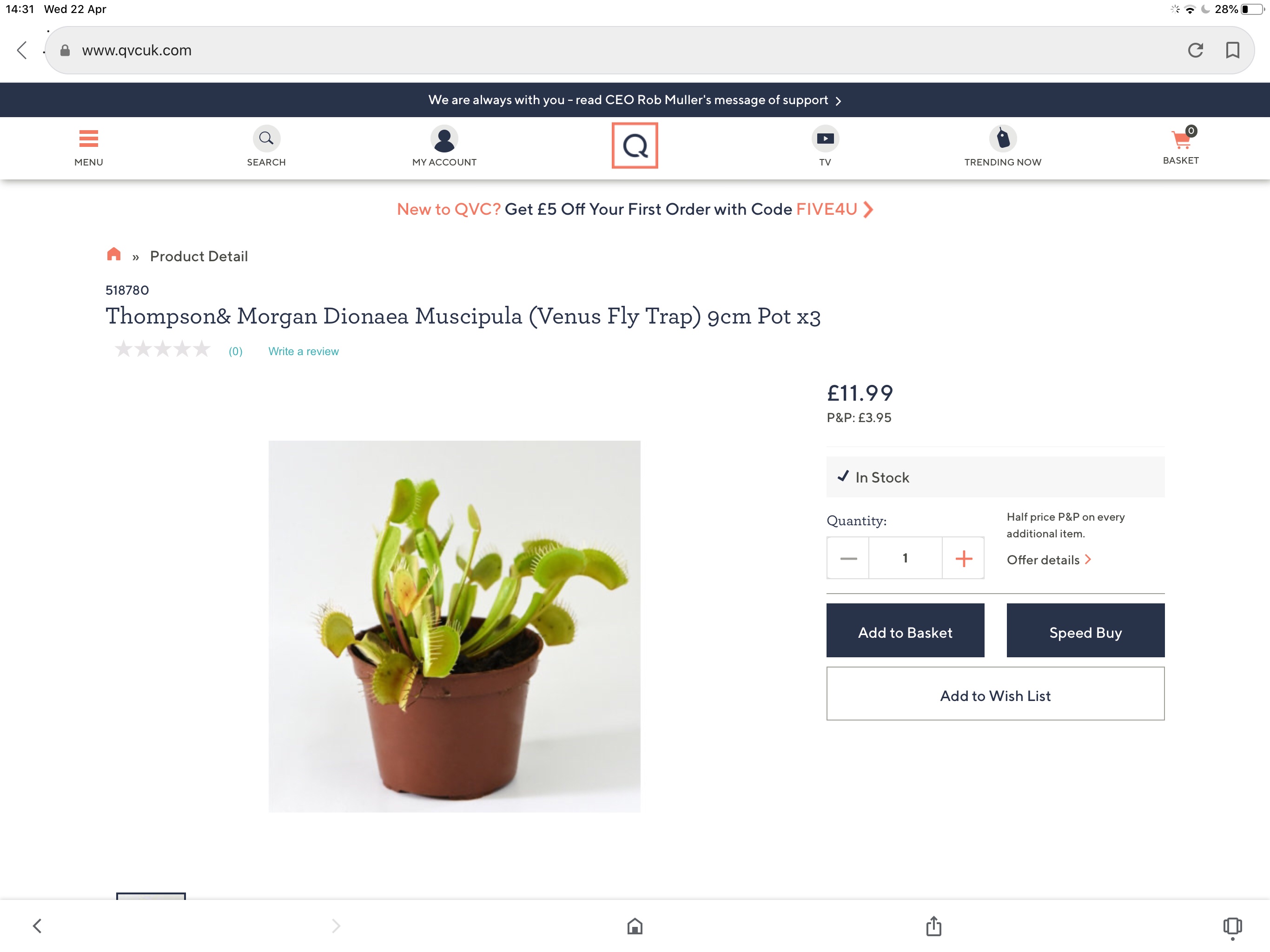


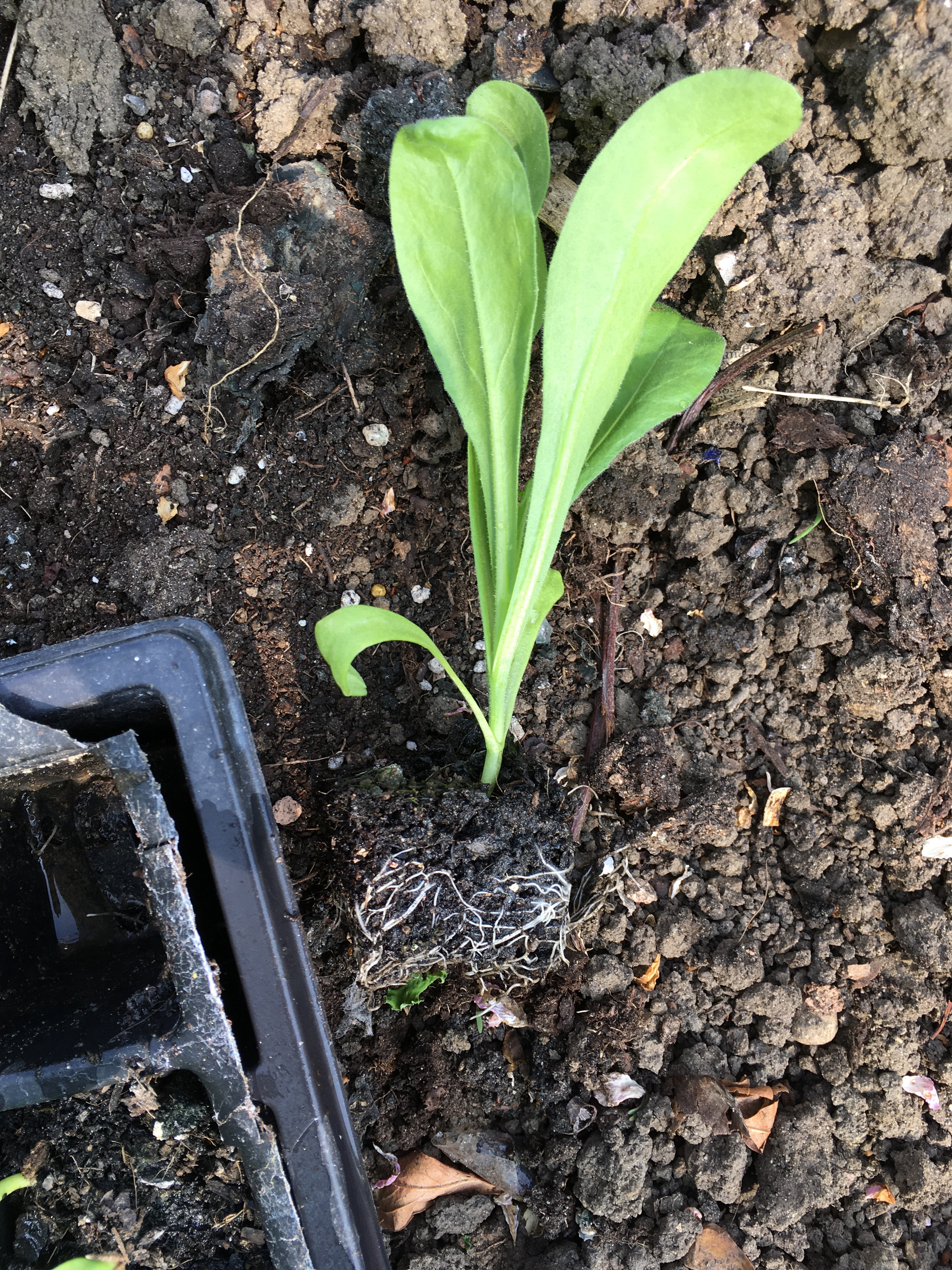
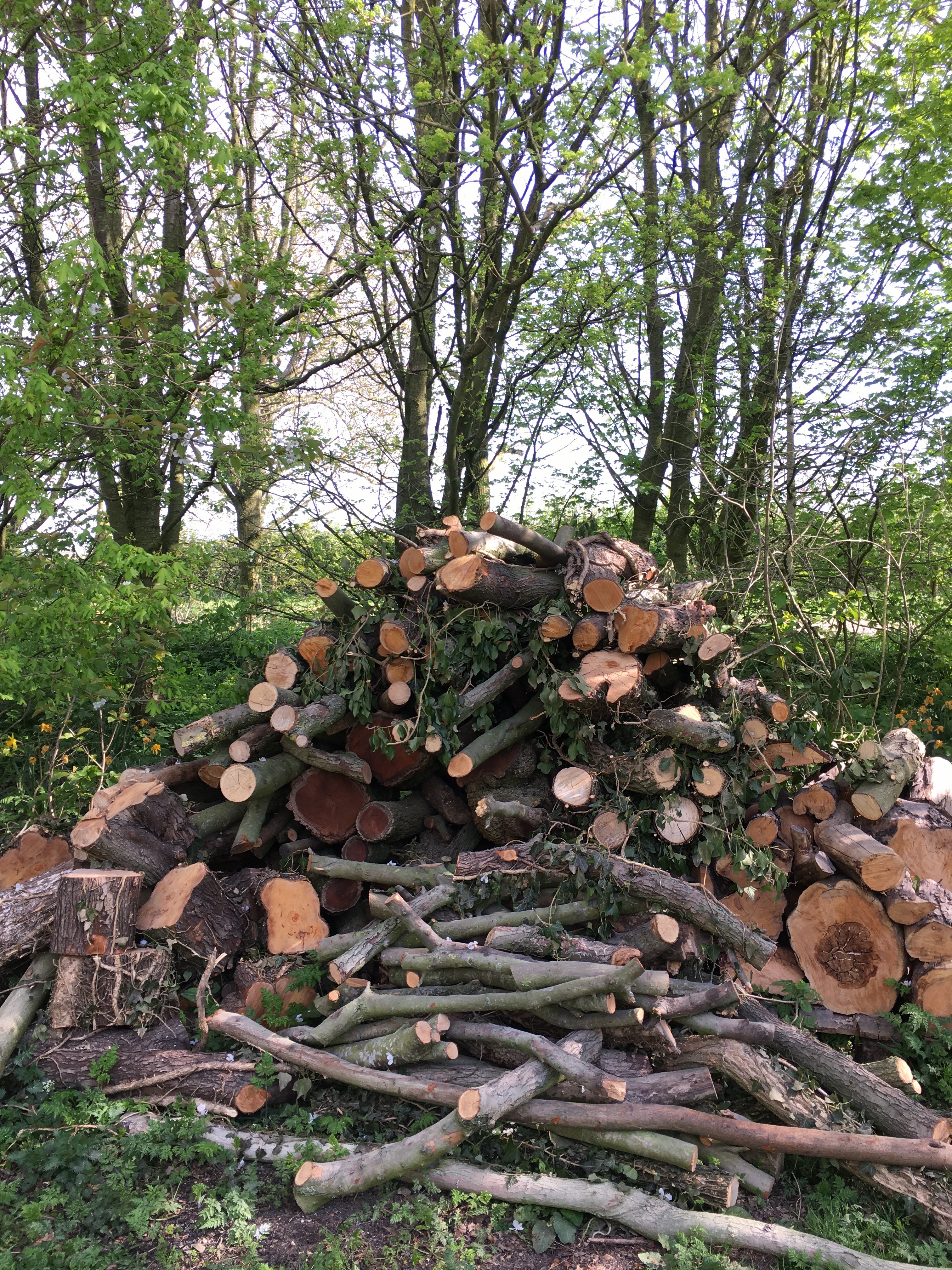
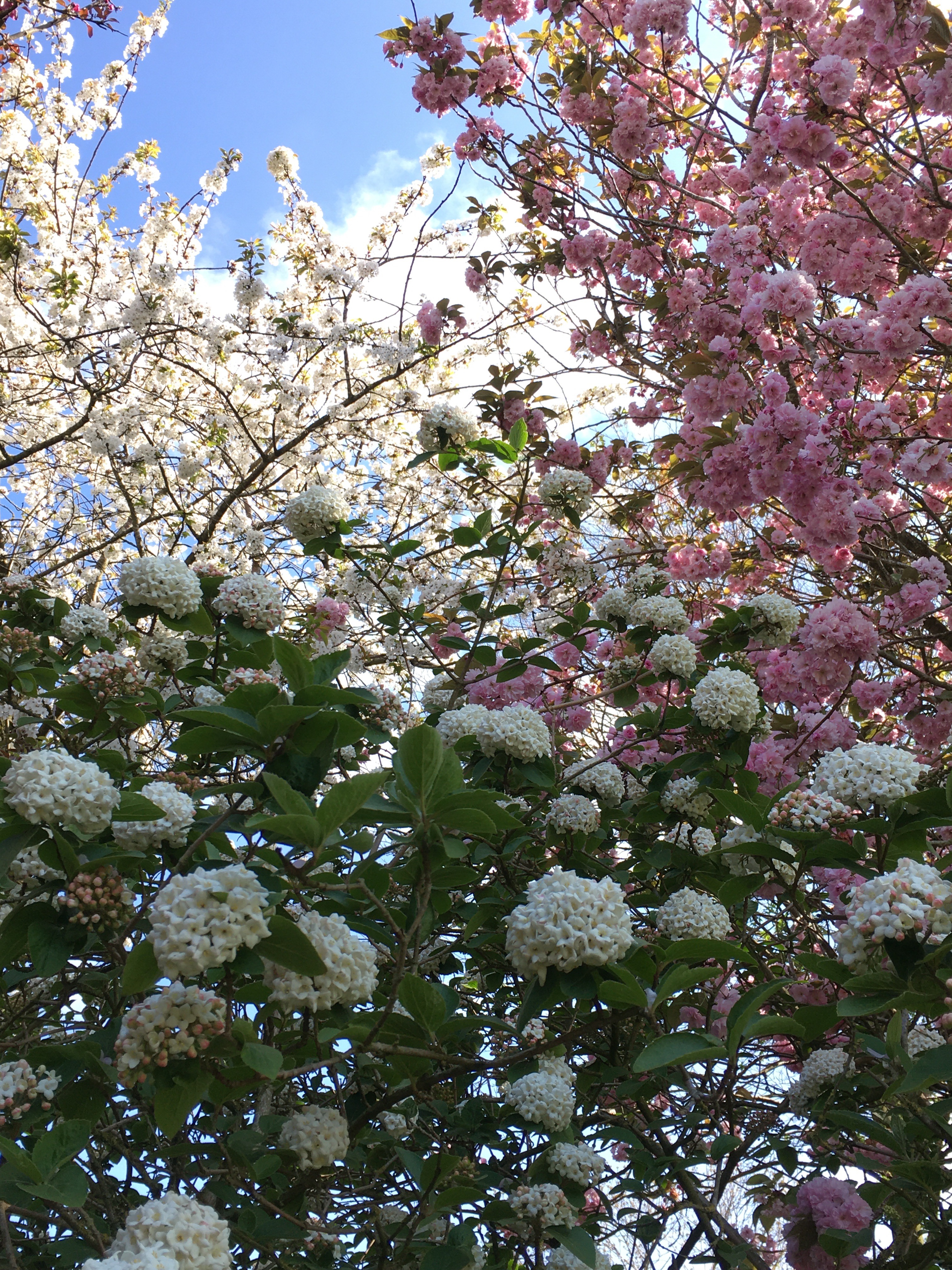






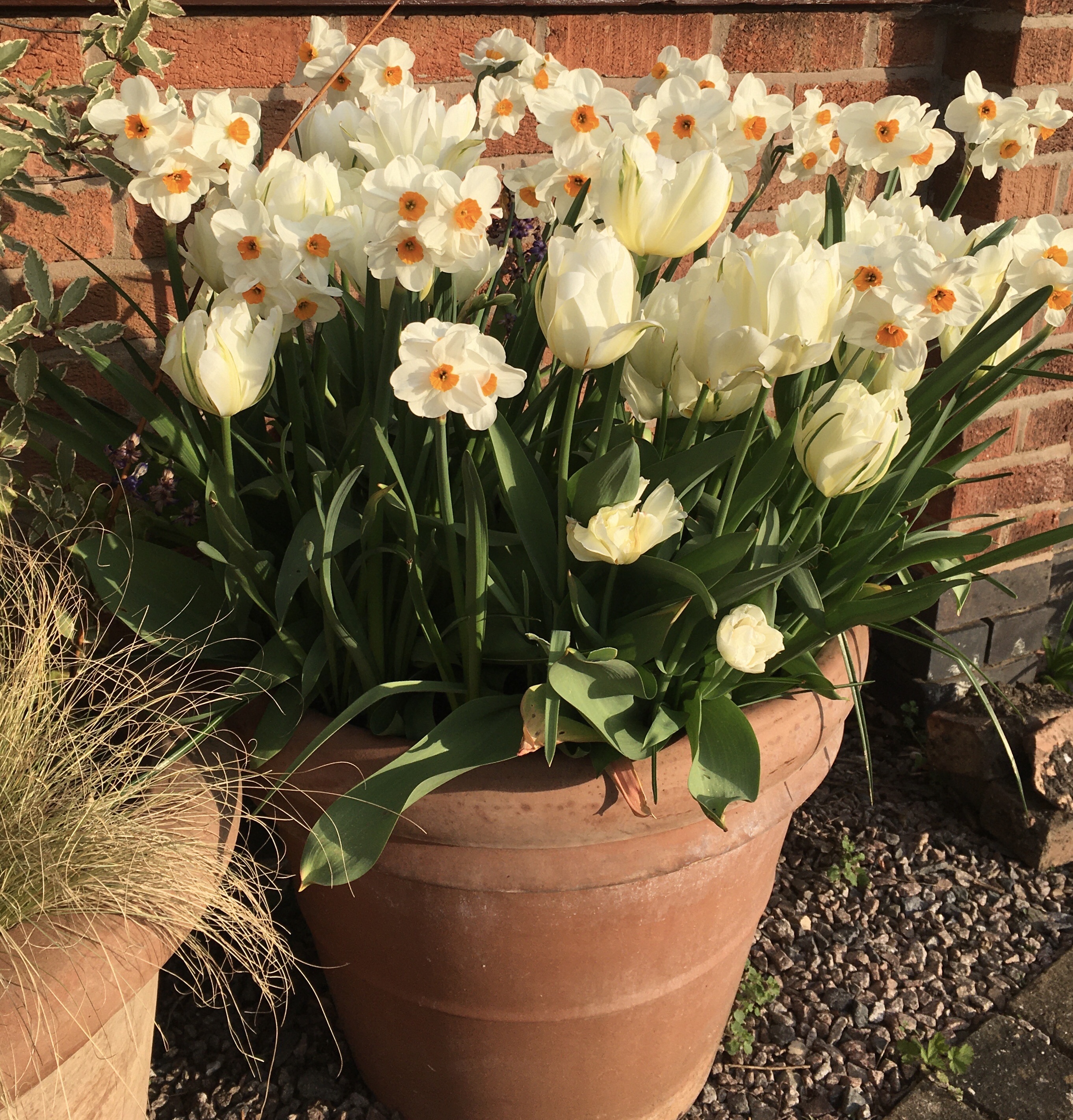






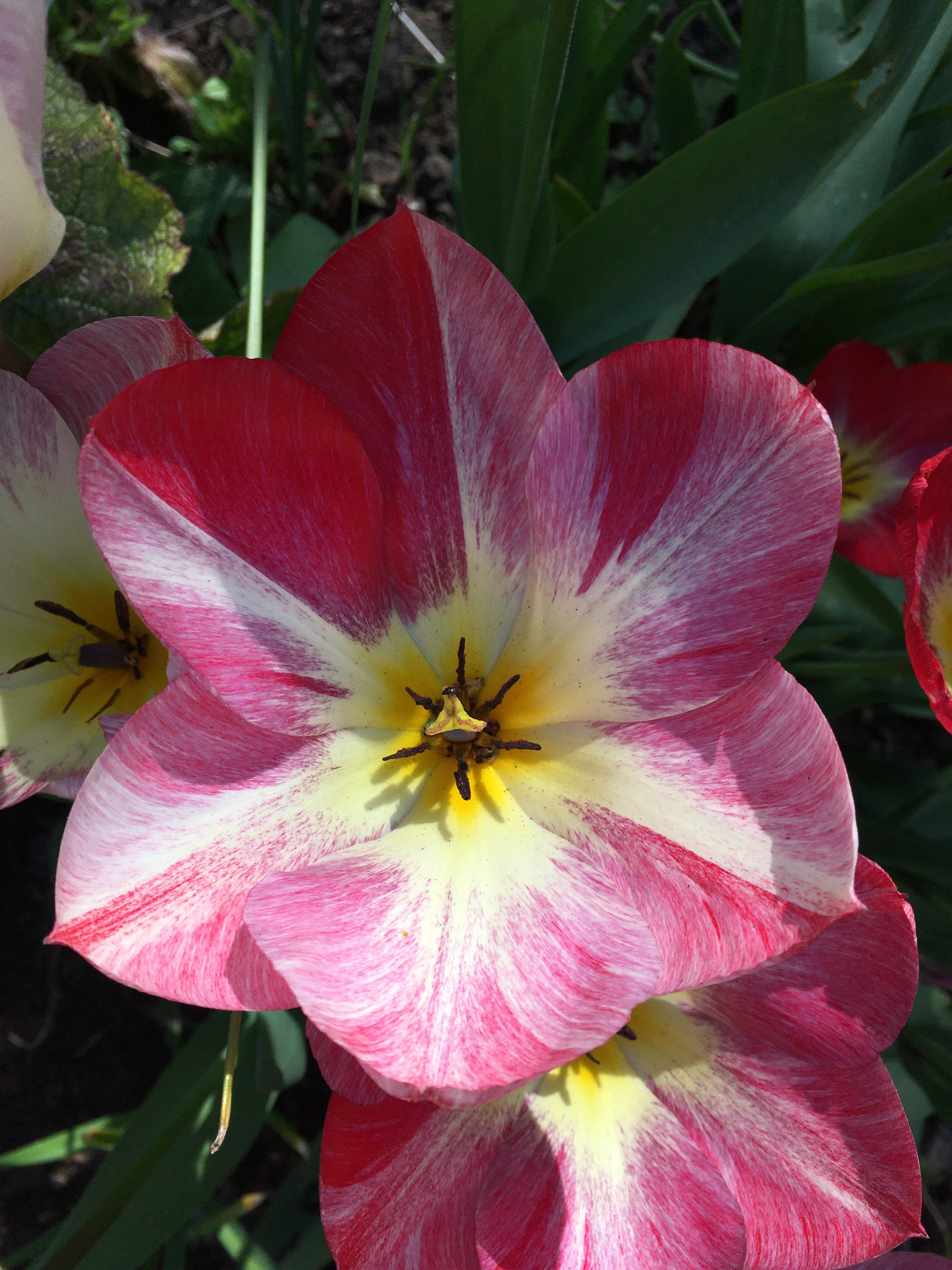




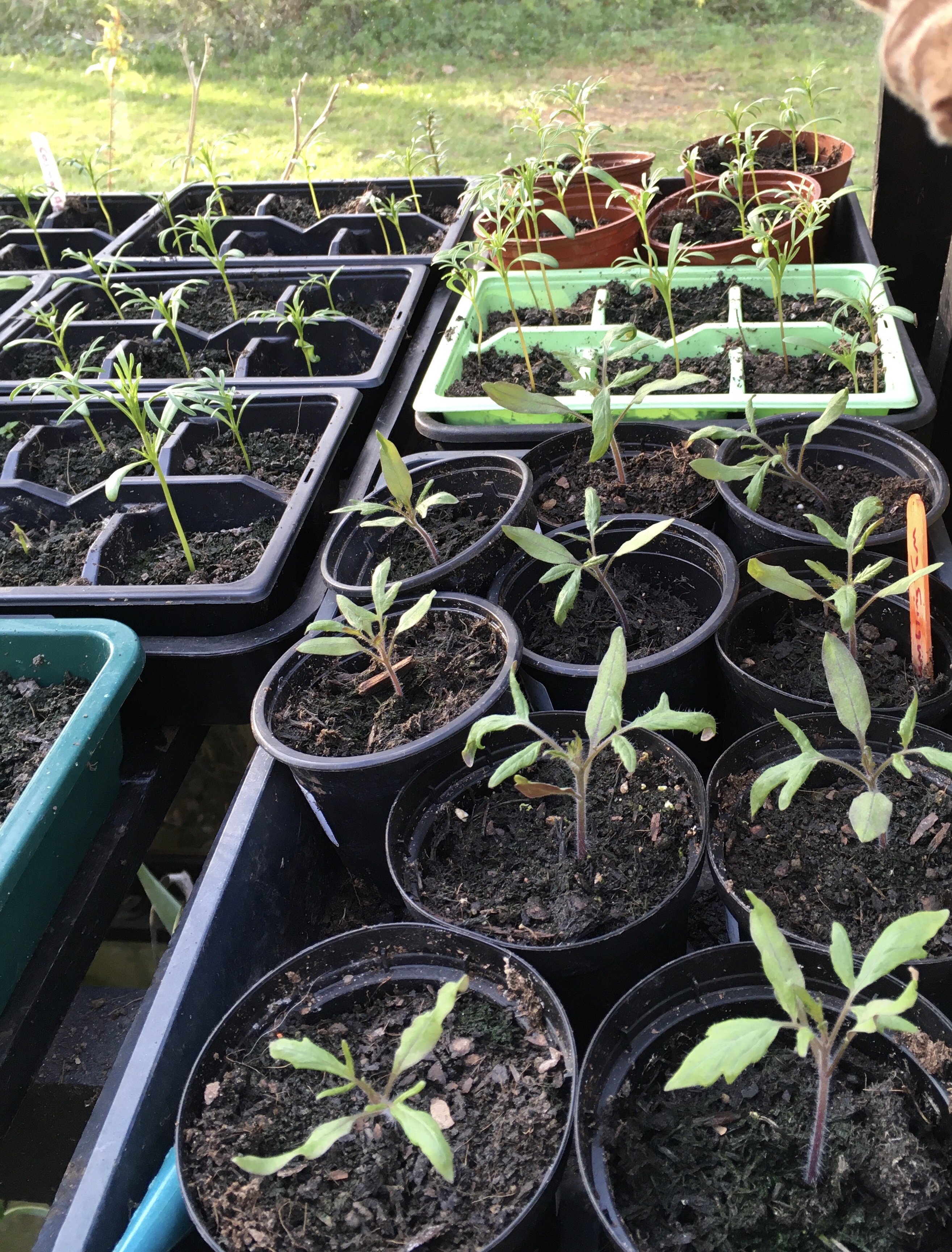




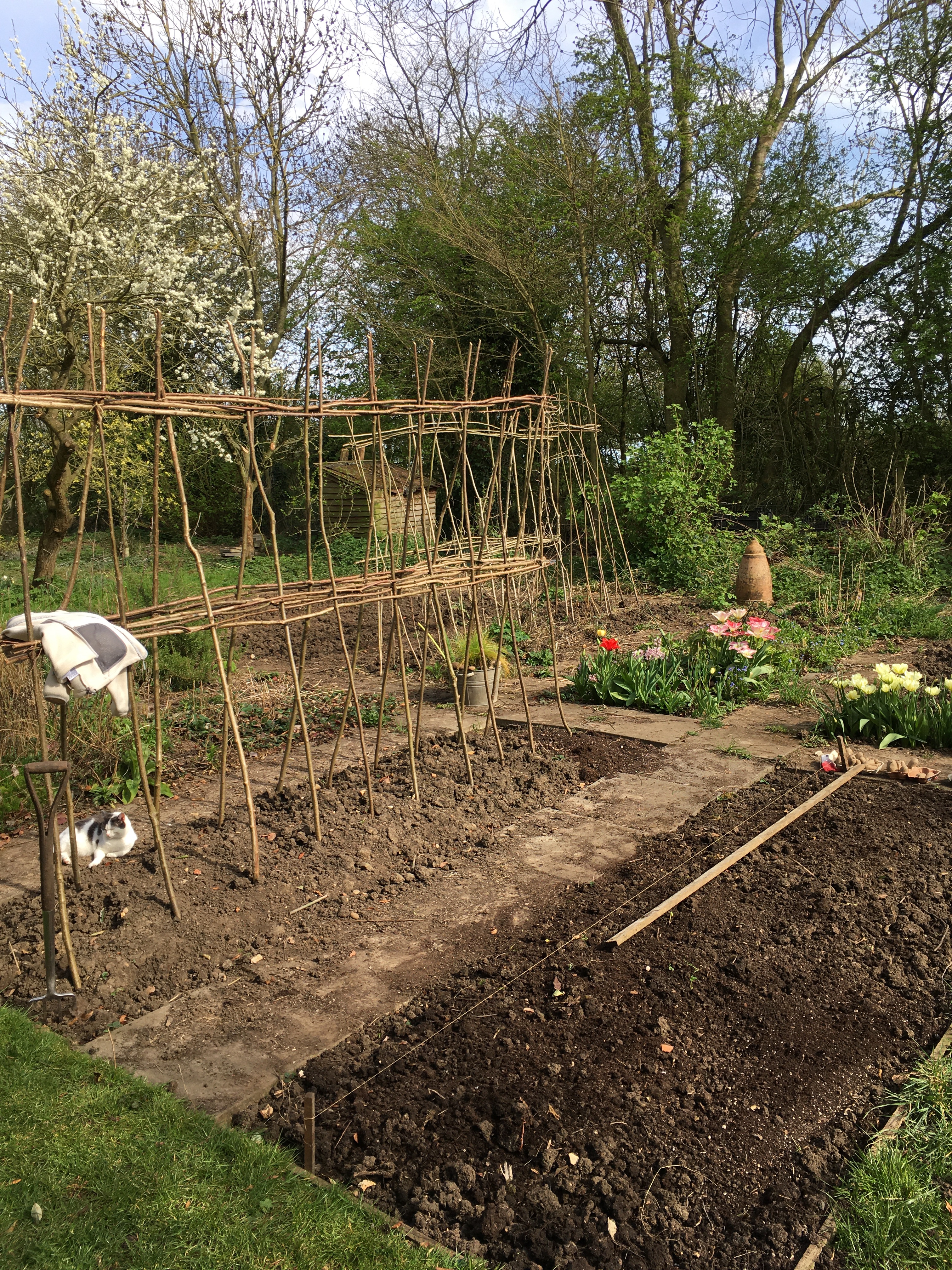






 My cut flower tulips are in bud. Tulips in the sunny front garden are already flowering early. I’ll cut a huge bunch of daffodils and tulips for the front windows. Vases of flowers will cheer up anyone passing by, even though they can’t call in to visit.
My cut flower tulips are in bud. Tulips in the sunny front garden are already flowering early. I’ll cut a huge bunch of daffodils and tulips for the front windows. Vases of flowers will cheer up anyone passing by, even though they can’t call in to visit.


